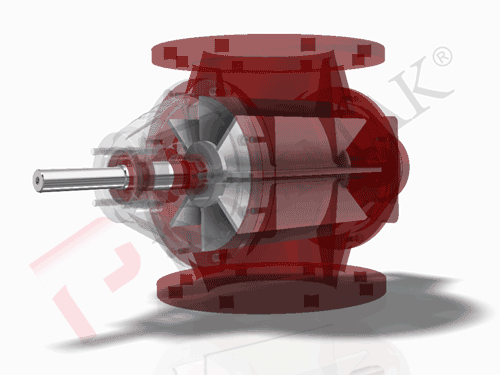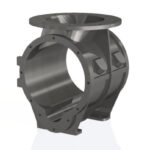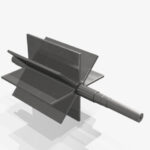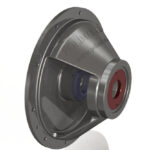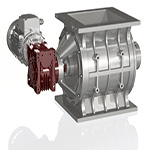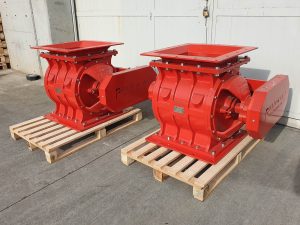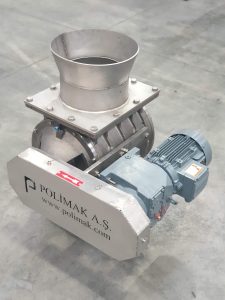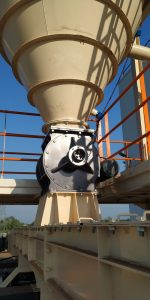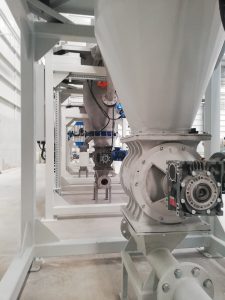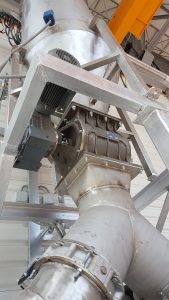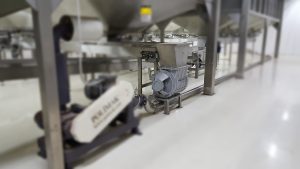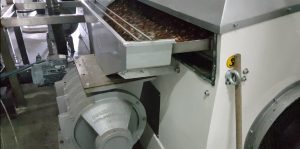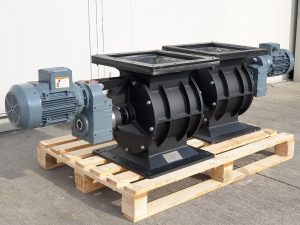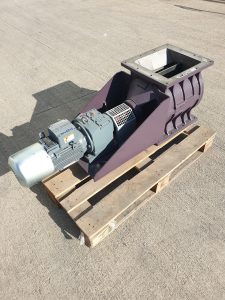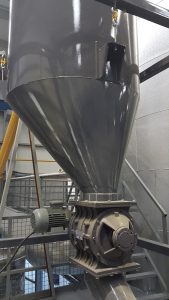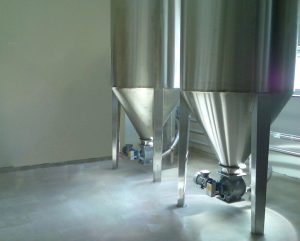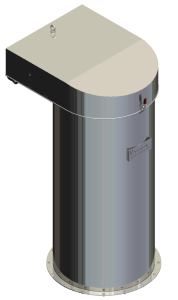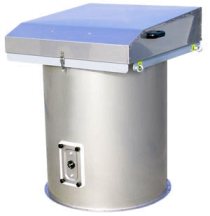Polimak linear motion technologies provide a wide range of lifting and positioning solutions for numerous industries. Some of these industries include defence, manufacturing, construction, entertainment, communication, energy and many others. We provide robust and durable screw jacks that guarantee quality and reliable performance. Our experienced and innovative engineering team works with our clients to help them meet their application demands.
Solar Tracker application
In response to the rapidly growing Global Solar Photovoltaic (PV) market – with regard to solar panel tracking systems, Polimak produces linear motion control systems with state-of-the-art components that can be utilised in solar energy systems. A solar tracker must be highly robust so that it may be able to withstand different environmental conditions such as wind forces. We produce screw jack systems that render efficiency, reliability and environmental value to various applications in the energy industry. Our screw jack solutions are ideal for heavy-duty solar trackers as they require little to no maintenance, thereby reducing downtime and making them the best option for solar tracking systems.

Stage Lifting application
The entertainment industry benefits a great deal from our jack screw solutions. Theatre, orchestra, dance and other forms of performed arts typically utilise elevated stages during performances. Because of the high force capabilities and reliable functioning, Polimak linear motion solutions are an excellent choice for stage lifting in the aforementioned performed arts. For improved safety, our power screw jacks are equipped with gear reduction boxes to cease movement in the event of a complete power cut.

Barrier application
Cylindrical wedge barriers, commonly known as bollards, are typically used in a variety of different applications as a security method of preventing vehicular access. For heavy-duty robust bollards like the ones used as vehicle impact barriers which may consist of hefty steel components collectively weighing on the order of a hundred kilograms, the use of translation screw assemblies is ideal. Hydraulic or pneumatic rams are not the best option because they are expensive, consume a lot of power supply and require regular expert maintenance. Our screw jack solutions provide greater advantages for raising and lowering bollards because of their limited maintenance, reduced noise levels, environmentally friendly designs (no contaminants) and reliable functioning in extreme conditions.

Satellite Antenna application
The communication industry and other industries benefit from satellite antennas which are typically used for coverage (signal) purposes. Regardless of the environmental conditions, satellite antennas must perform quick, smooth, precise and efficient movements during operation. Our jack screw systems render the high torque control needed to effectively and efficiently handle rapid movements of satellite antennas. We design and manufacture screw jacks with varying capacities, a number of clevis and optional accessories like boots.
The application of screw jacks in satellite antennas is similar to that used in the military industry in their radar systems.

Manufacturing Machinery application
Our screw jack solutions enable machining and metal fabrication clients across the manufacturing industry to attain optimal productivity and high-end quality in tough and demanding industrial setups. Manufacturing machineries have to be able to operate with a high degree of accuracy, precision and dependability in the most demanding conditions. Polimak linear motion solutions have been trusted to address a wide range of machine tool equipment design challenges. Our screw jacks can be integrated with manufacturing machines like rolling machines.
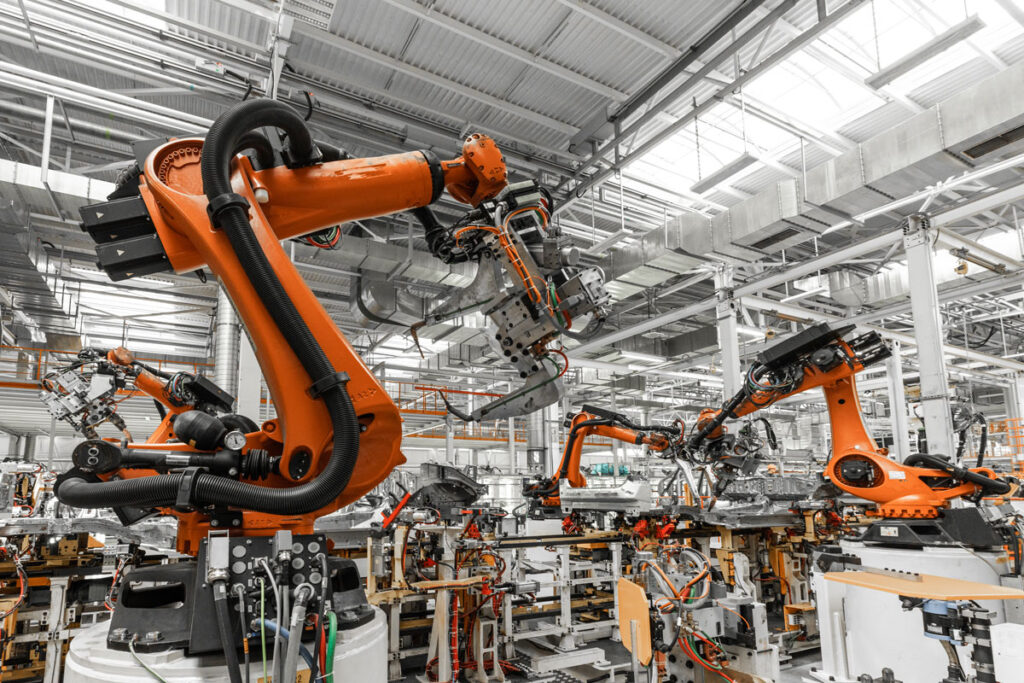
Aerospace Systems application
The aerospace industry involves the manufacturing and assembling of large and sensitive parts for flight vehicles such as aircraft, satellites, spacecraft and other related crafts for manned or unmanned flight. Assembly and maintenance platforms are some of the systems used to handle various flight vehicle parts (e.g., engines). Linear motion products are commonly utilised on platforms to enhance safety and increase productivity. Polimak produces innovative worm gear screw jacks with integral safety that can be incorporated into platforms. Our screw jacks can also be used in different Ground Support Equipment (GSE) like airport pallet loaders. Ease and accurate controlled movements without safety risk can be accomplished with our screw jack solutions.

Other possible applications
Screw jacks provide robust and quality support in numerous systems used in various industries. Other possible applications of jack screws include the following:
- The opening and closing of penstocks.
- Food processing machineries (e.g., palletizing machines).
- Crank tables height adjustments.
- Missile launching platforms.
- Vehicle ramp and vehicle lifts.
- Scissor lifts.
- Airport passenger walkway (passenger boarding ramp).
- Bath lifts.
- Patient transfer trolleys.
- Construction works.
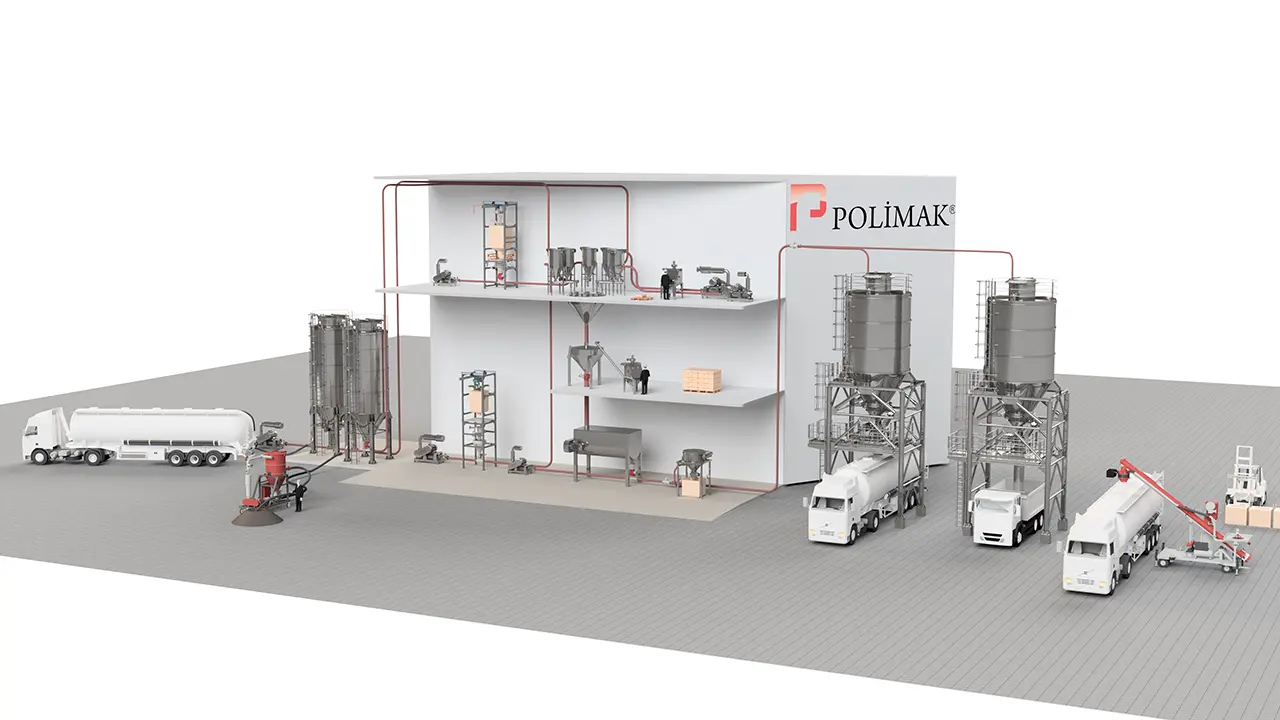
 The agriculture industry benefits from the use of bulk material handling systems when processing bulk materials like soybeans, corn, wheat, rice and many other related products. Bulk solid conveying systems such as pneumatic conveyors, screw conveyors, belt conveyors are utilised to transfer bulk materials within process lines. Bulk solids storage systems, with storage silos being the most prevalent equipment, are used to store dry grains.
The agriculture industry benefits from the use of bulk material handling systems when processing bulk materials like soybeans, corn, wheat, rice and many other related products. Bulk solid conveying systems such as pneumatic conveyors, screw conveyors, belt conveyors are utilised to transfer bulk materials within process lines. Bulk solids storage systems, with storage silos being the most prevalent equipment, are used to store dry grains. Food processing and manufacturing for both human and animal consumption is a huge industry that is still growing. Corn milling, sugar refining, coffee processing are some of the ways in which bulk material handling systems are utilised in the food industry. Polimak’s food-grade bulk material handling systems constructed from stainless steel having no crevices are ideal for handling food products.
Food processing and manufacturing for both human and animal consumption is a huge industry that is still growing. Corn milling, sugar refining, coffee processing are some of the ways in which bulk material handling systems are utilised in the food industry. Polimak’s food-grade bulk material handling systems constructed from stainless steel having no crevices are ideal for handling food products.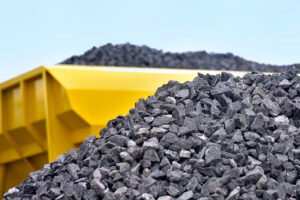 Raw materials such as limestone, quartz etc., mined from the Earth’s crust have to be processed before consumer use. In mining industries including cement, calcium carbonate (also known as calcite having a chemical formula CaCO3), lime etc. grinders are used to reduce feed material size in order to liberate minerals from barren rock. Ball mills are currently the most commonly used grinding machines in the mining industry. Ball mill operations make use of feeding systems like screw feeders to gradually feed raw material (e.g., ores) to a mill at consistent rates. The material size (part of it) is reduced and discharged via the mill’s outlet. Steady material discharge is very crucial throughout the process, hence bulk material discharge systems can be used at the outlet port to promote efficient and controlled bulk material discharge.
Raw materials such as limestone, quartz etc., mined from the Earth’s crust have to be processed before consumer use. In mining industries including cement, calcium carbonate (also known as calcite having a chemical formula CaCO3), lime etc. grinders are used to reduce feed material size in order to liberate minerals from barren rock. Ball mills are currently the most commonly used grinding machines in the mining industry. Ball mill operations make use of feeding systems like screw feeders to gradually feed raw material (e.g., ores) to a mill at consistent rates. The material size (part of it) is reduced and discharged via the mill’s outlet. Steady material discharge is very crucial throughout the process, hence bulk material discharge systems can be used at the outlet port to promote efficient and controlled bulk material discharge. Internal combustion or combustion turbine conventional steam technologies are commonly used to generate electricity from fossil fuels such as coal, oil, or gas. A by-product of coal combustion, fly ash, is transported from baghouse filters and ESP systems to bulk material storage systems like silos. Using bulk material discharging systems, fly ash is discharged from storage and loaded into appropriate bulk vehicles or conveyed using conveying systems to plants for manufacturing (e.g, cement manufacturing).
Internal combustion or combustion turbine conventional steam technologies are commonly used to generate electricity from fossil fuels such as coal, oil, or gas. A by-product of coal combustion, fly ash, is transported from baghouse filters and ESP systems to bulk material storage systems like silos. Using bulk material discharging systems, fly ash is discharged from storage and loaded into appropriate bulk vehicles or conveyed using conveying systems to plants for manufacturing (e.g, cement manufacturing). In the plastics industry, storage, discharging, loading, and feeding of plastics such as polyvinyl chloride (PVC), polyethylene, polypropylene (PP), acrylonitrile butadiene styrene (ABS) and many other related plastics are done by using bulk material handling systems. Bulk solids (powdered and granular) are transferred between silos, mixers, and batching units by using conveying systems and fed into injection and extrusion machines by means of feeding systems.
In the plastics industry, storage, discharging, loading, and feeding of plastics such as polyvinyl chloride (PVC), polyethylene, polypropylene (PP), acrylonitrile butadiene styrene (ABS) and many other related plastics are done by using bulk material handling systems. Bulk solids (powdered and granular) are transferred between silos, mixers, and batching units by using conveying systems and fed into injection and extrusion machines by means of feeding systems.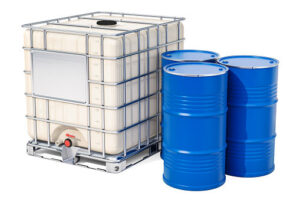 Bulk solids handling systems are required to convey and process bulk materials in the chemical industry. Dry bulk solids like aluminium oxide, Titanium Dioxide (TiO2), urea, paint additives, and other related products are pneumatically conveyed on ship unloaders and barges by using conveying systems like roots blowers. Polimak designs and manufactures bulk solids systems for metering and conveying purposes.
Bulk solids handling systems are required to convey and process bulk materials in the chemical industry. Dry bulk solids like aluminium oxide, Titanium Dioxide (TiO2), urea, paint additives, and other related products are pneumatically conveyed on ship unloaders and barges by using conveying systems like roots blowers. Polimak designs and manufactures bulk solids systems for metering and conveying purposes.
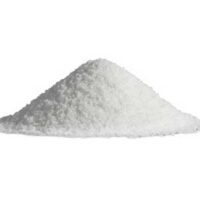

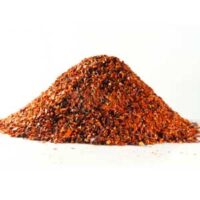
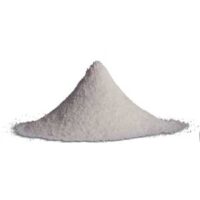

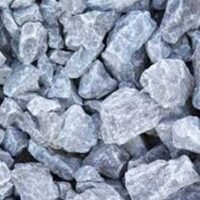
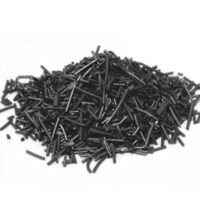


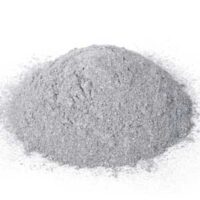

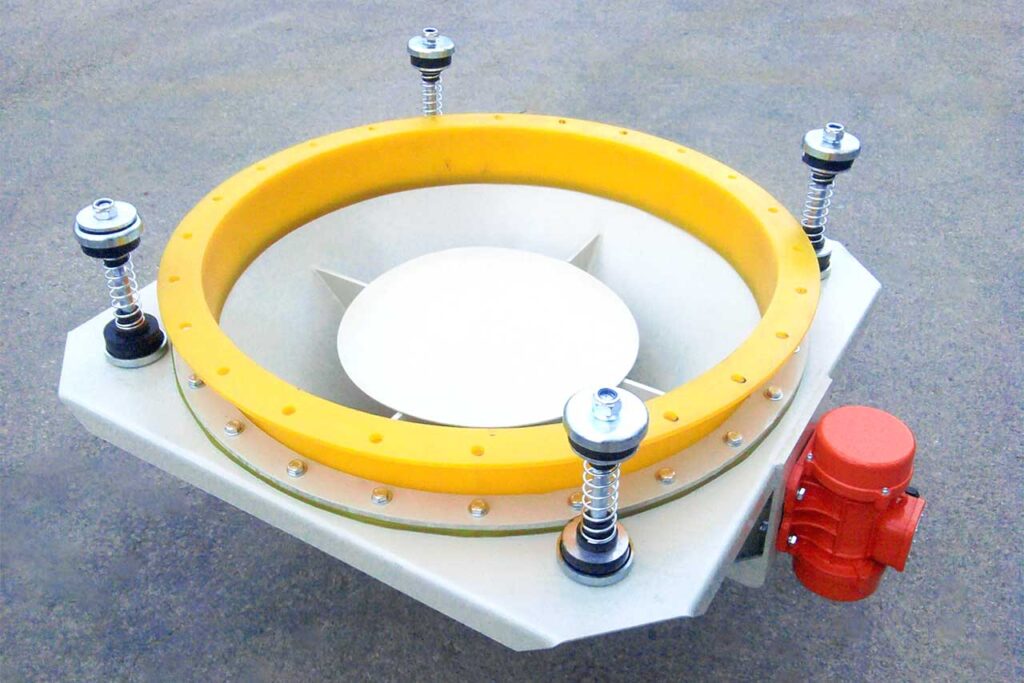
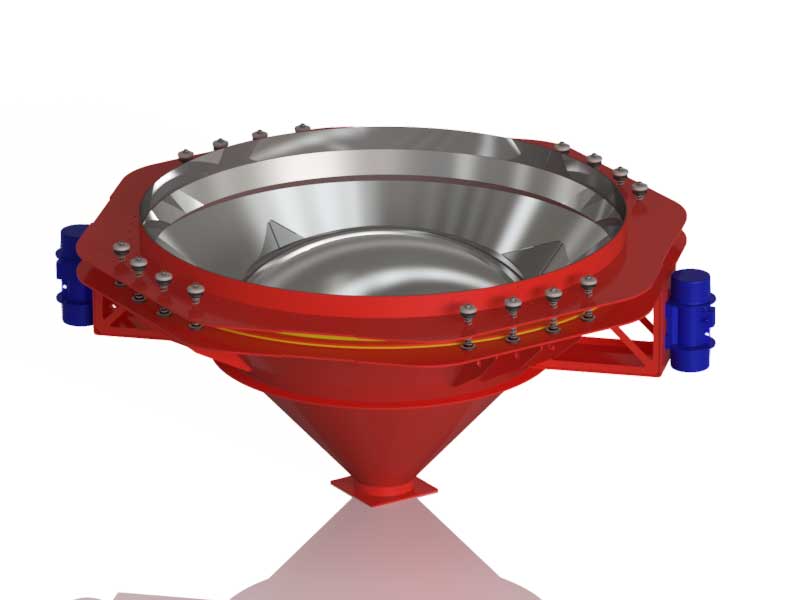
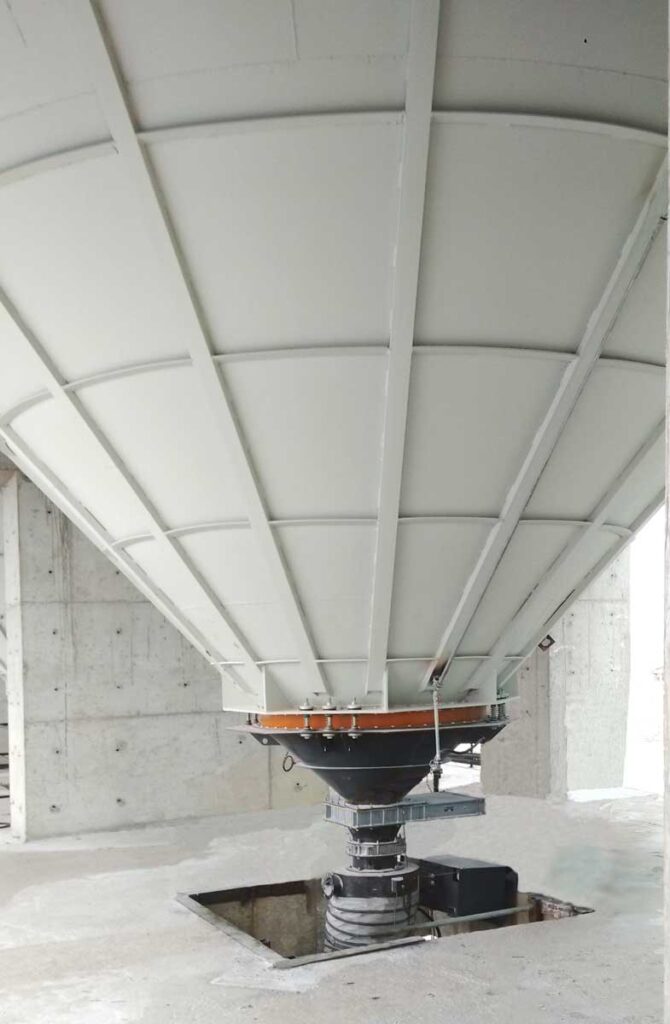
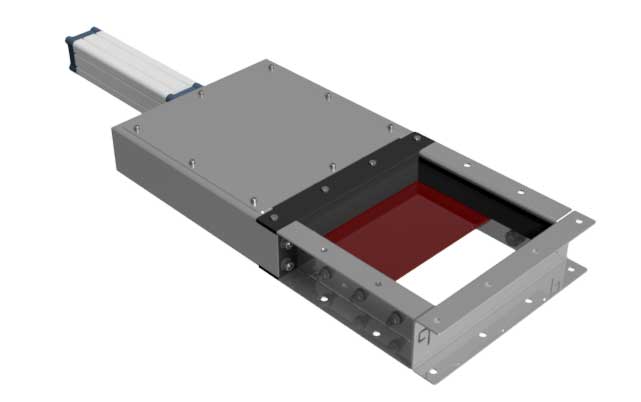
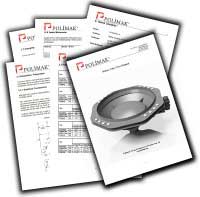
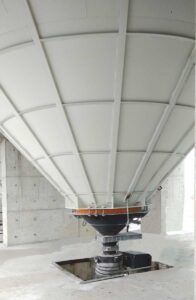
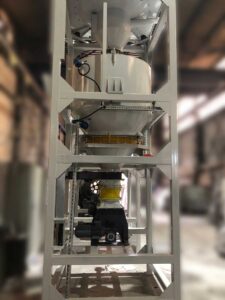
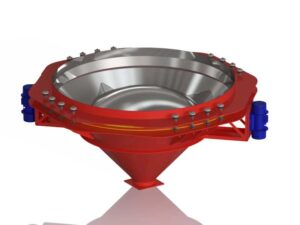 Polimak’s standard bin activators are the equipment of tapered-conical shapes that regulate dry bulk material flow from upstream equipment such as silos or bins due to the generated vibrations. The standard vibrating bin discharger consists of a seamless carbon steel cone formed on sheet metal, a polyurethane seal, spring suspensions as well as a single electric vibrator.
Polimak’s standard bin activators are the equipment of tapered-conical shapes that regulate dry bulk material flow from upstream equipment such as silos or bins due to the generated vibrations. The standard vibrating bin discharger consists of a seamless carbon steel cone formed on sheet metal, a polyurethane seal, spring suspensions as well as a single electric vibrator.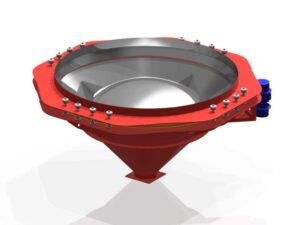 Our food grade bin activators incorporate the same durable features as those found in the standard bin activators. However, they are particularly designed to meet the requirements of the food industry and other related processing industries. They are mainly produced from stainless steel with high-grade surface finishing. The mating parts are properly welded on both sides, thereby acquiring a perfectly smooth surface that reduces bulk material residue.
Our food grade bin activators incorporate the same durable features as those found in the standard bin activators. However, they are particularly designed to meet the requirements of the food industry and other related processing industries. They are mainly produced from stainless steel with high-grade surface finishing. The mating parts are properly welded on both sides, thereby acquiring a perfectly smooth surface that reduces bulk material residue.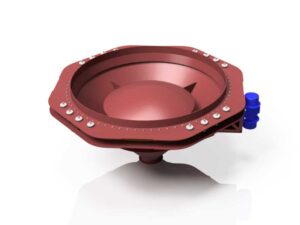 Our wear resistance bin activators incorporate the same durable features as those found in our standard bin activators. The wear resistance bin discharger consists of a seamless hardox steel cone, a polymer engineered seal, spring suspensions and a single electric vibrator. Manufactured from hardox steel, the wear resistance bin dischargers are an ideal choice for handling abrasive bulk materials like clinker, silicon carbide, fly ash, alumina etc. Due to the nature of the handled bulk materials, the inlet skirt plays a crucial role in prolonging the usable life span of the seal. This model is primarily used in industries such as mining, aggregate, cement, foundry etc.
Our wear resistance bin activators incorporate the same durable features as those found in our standard bin activators. The wear resistance bin discharger consists of a seamless hardox steel cone, a polymer engineered seal, spring suspensions and a single electric vibrator. Manufactured from hardox steel, the wear resistance bin dischargers are an ideal choice for handling abrasive bulk materials like clinker, silicon carbide, fly ash, alumina etc. Due to the nature of the handled bulk materials, the inlet skirt plays a crucial role in prolonging the usable life span of the seal. This model is primarily used in industries such as mining, aggregate, cement, foundry etc.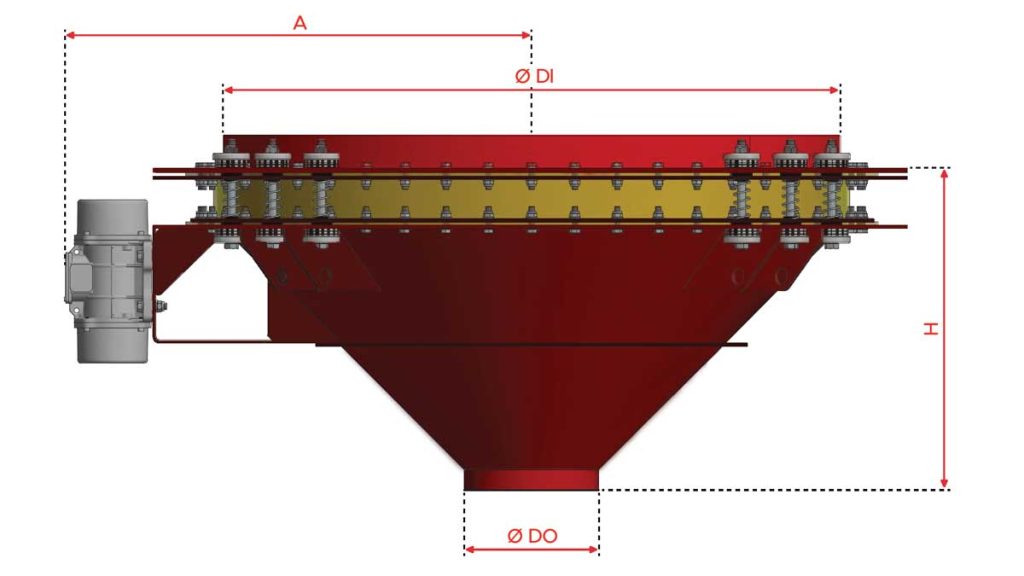
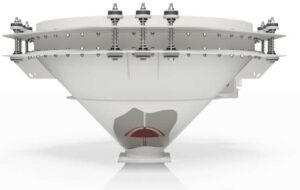 For efficient and smooth discharging of the dry bulk material from the lower portion of the vibrating discharger, an additional baffle plate commonly known as a secondary baffle can be installed in the system. It prevents the jamming and compacting of the bulk material at the bin activator’s outlet, thereby allowing the dry solids to flow steadily through the outlet.
For efficient and smooth discharging of the dry bulk material from the lower portion of the vibrating discharger, an additional baffle plate commonly known as a secondary baffle can be installed in the system. It prevents the jamming and compacting of the bulk material at the bin activator’s outlet, thereby allowing the dry solids to flow steadily through the outlet.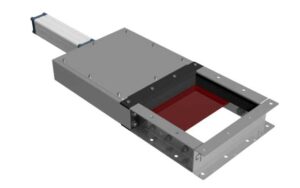 Slide gate valves are designed to render efficient flow control of the free-flowing dry bulk material. They are designed to fit the circular or rectangular/square flange of the equipment they are mounted to. The slide gate is installed to the outlet of a vibrating discharger, where it is used for opening and closing the dry bulk material discharge to downstream equipment. It also makes easier the maintenance operations of the mounted downstream equipment. It can be configured to be operated automatically or manually.
Slide gate valves are designed to render efficient flow control of the free-flowing dry bulk material. They are designed to fit the circular or rectangular/square flange of the equipment they are mounted to. The slide gate is installed to the outlet of a vibrating discharger, where it is used for opening and closing the dry bulk material discharge to downstream equipment. It also makes easier the maintenance operations of the mounted downstream equipment. It can be configured to be operated automatically or manually.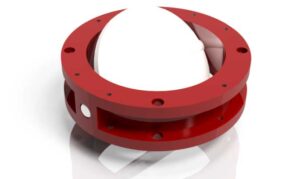 Similar to the slide gate valves, the butterfly valves are also designed to offer efficient flow control of the free-flowing dry solids. The butterfly valve consists of a rotating (up to 90 degrees) disc installed in a hollow body. The valve is mounted to the exit port of a vibrating discharger. It is used to regulate the bulk solid’s flow from a bin activator to installed downstream equipment. This is achieved by the rotating disc. When fully opened, it becomes parallel to the dry solid’s flow permitting minimum resistance. As it gets closed, it gradually becomes perpendicular to the dry solid’s flow, thereby, reducing its flow. It also functions as a shutoff valve and completely prevents the dry bulk material flow.
Similar to the slide gate valves, the butterfly valves are also designed to offer efficient flow control of the free-flowing dry solids. The butterfly valve consists of a rotating (up to 90 degrees) disc installed in a hollow body. The valve is mounted to the exit port of a vibrating discharger. It is used to regulate the bulk solid’s flow from a bin activator to installed downstream equipment. This is achieved by the rotating disc. When fully opened, it becomes parallel to the dry solid’s flow permitting minimum resistance. As it gets closed, it gradually becomes perpendicular to the dry solid’s flow, thereby, reducing its flow. It also functions as a shutoff valve and completely prevents the dry bulk material flow.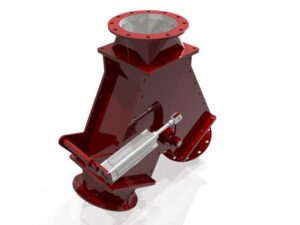 Flap type diverter valves are connected to the outlet port(s) of a vibrating discharger and are utilised for the redirection of the bulk material flow to two or more downstream equipment. A diverter valve consists of a hinged flap, hence the name ‘flap type diverter valve’. The hinged flap is responsible for diverting the flow of the dry bulk material inside the valve.
Flap type diverter valves are connected to the outlet port(s) of a vibrating discharger and are utilised for the redirection of the bulk material flow to two or more downstream equipment. A diverter valve consists of a hinged flap, hence the name ‘flap type diverter valve’. The hinged flap is responsible for diverting the flow of the dry bulk material inside the valve. A flexible sleeve is used to cover the gap between a bin activator and upstream or downstream equipment. Typically, a polyurethane sleeve is used as a flexible sleeve connector. Instead of the polyurethane seal, Polimak offers another option which is the use of a silicone connector seal.
A flexible sleeve is used to cover the gap between a bin activator and upstream or downstream equipment. Typically, a polyurethane sleeve is used as a flexible sleeve connector. Instead of the polyurethane seal, Polimak offers another option which is the use of a silicone connector seal.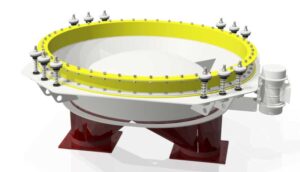 This option promotes the flow of the dry bulk material from a single upstream equipment into several separate downstream systems. The multiple outlets design eliminates the demand for using a downstream diverter valve, hence, reducing the overall system cost.
This option promotes the flow of the dry bulk material from a single upstream equipment into several separate downstream systems. The multiple outlets design eliminates the demand for using a downstream diverter valve, hence, reducing the overall system cost.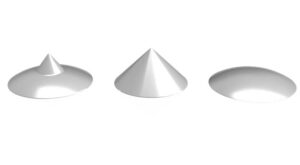 Custom designed internal baffles are available in a wide range of configurations in accordance with industrial applications. They are mainly utilised for damaging bridges, segregation or rathole formation. Our bin dischargers incorporate various internal baffle designs (convex deflector, conical deflector or compound deflector), that promote a continuous flow of the dry bulk material through the system without bridging or jamming.
Custom designed internal baffles are available in a wide range of configurations in accordance with industrial applications. They are mainly utilised for damaging bridges, segregation or rathole formation. Our bin dischargers incorporate various internal baffle designs (convex deflector, conical deflector or compound deflector), that promote a continuous flow of the dry bulk material through the system without bridging or jamming.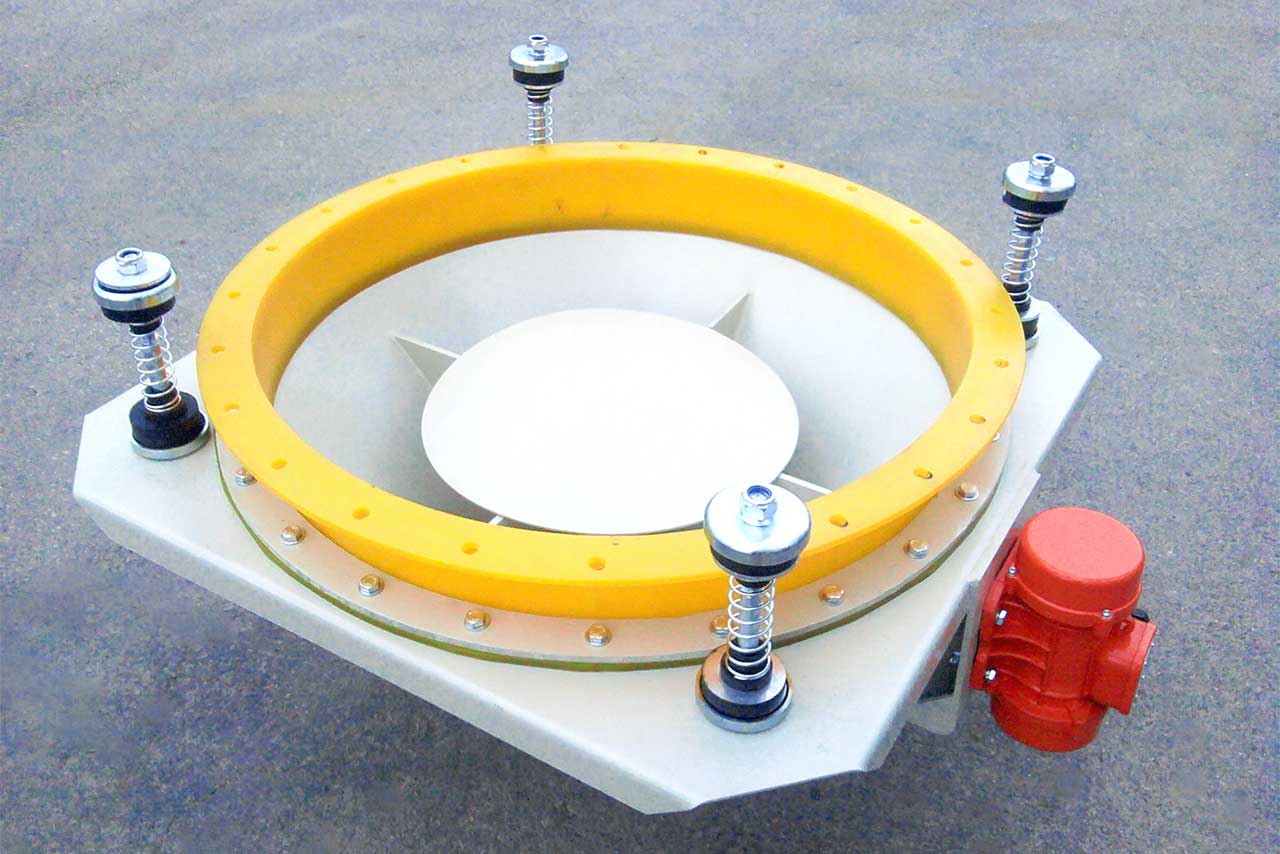
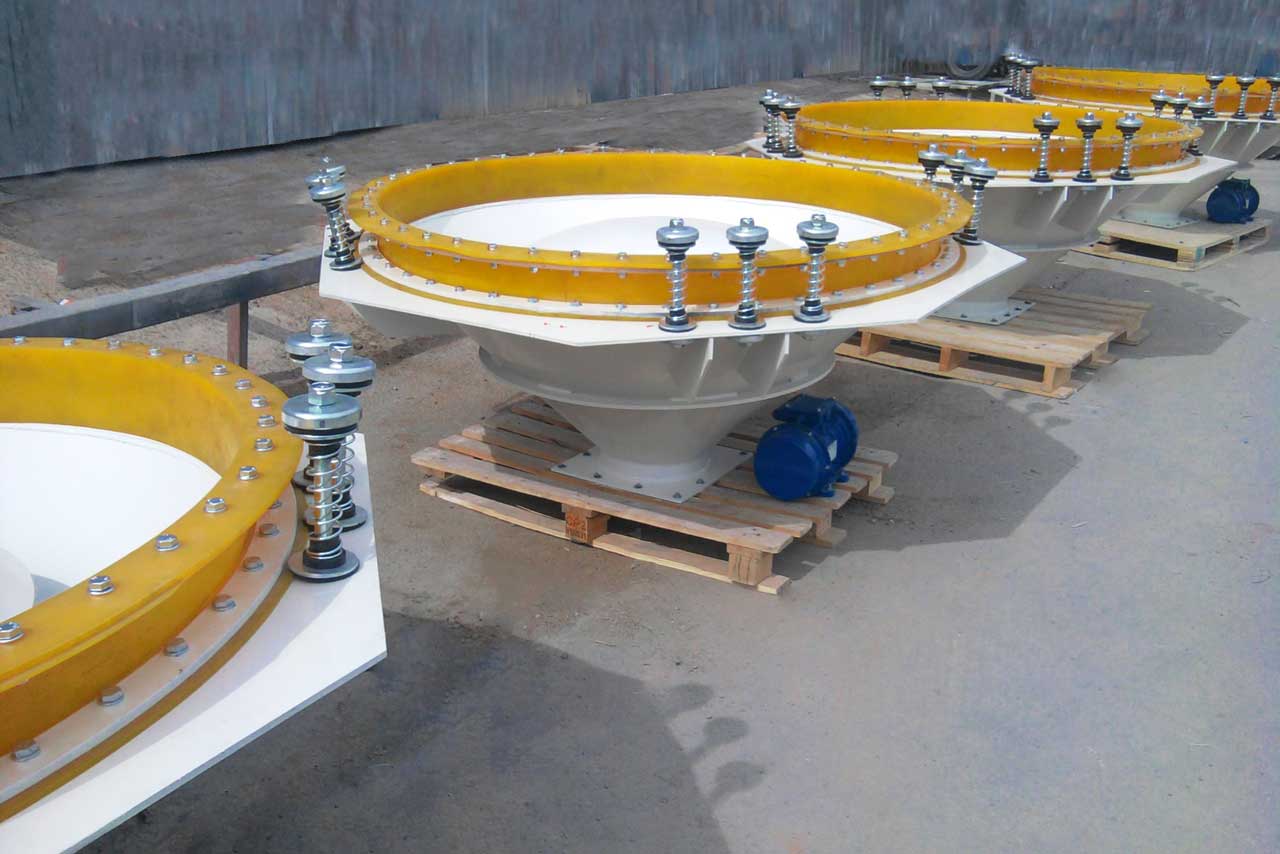
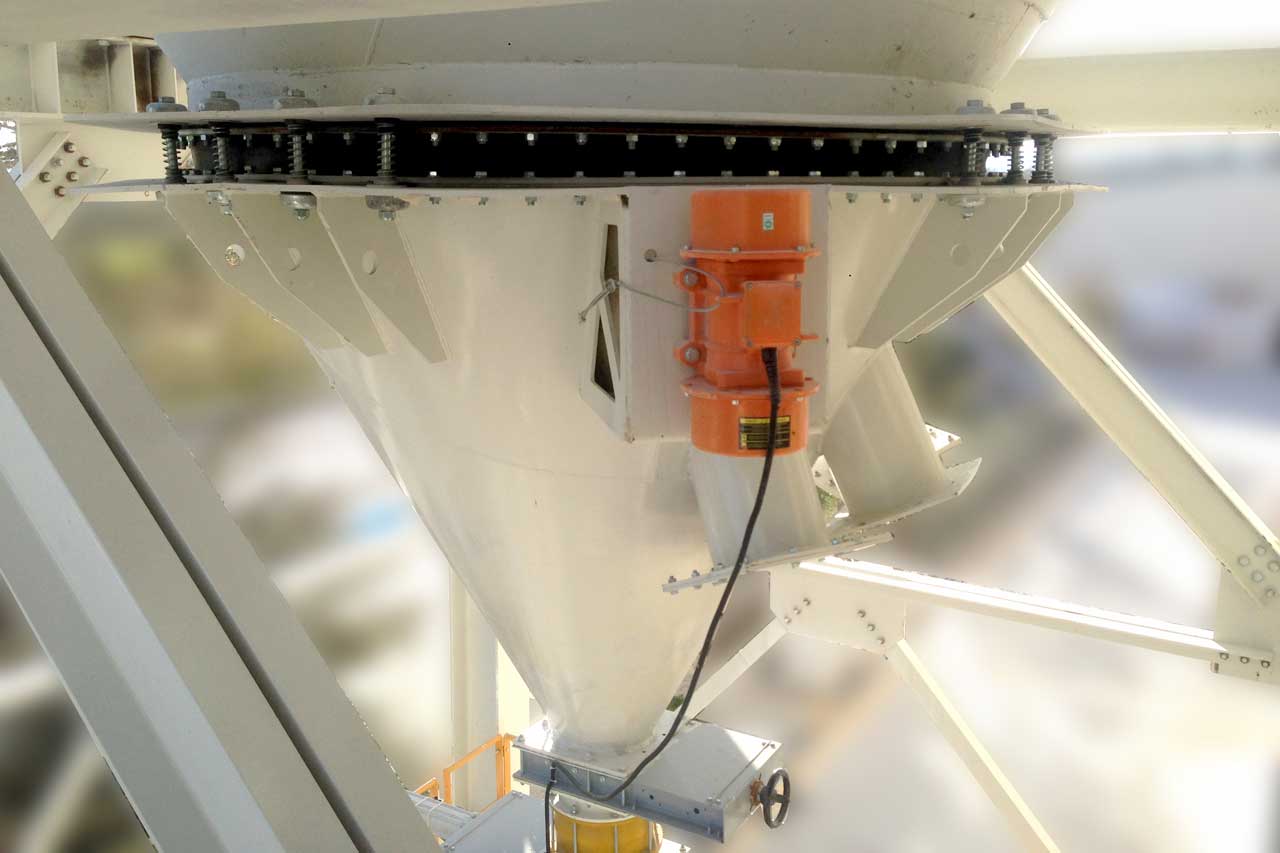
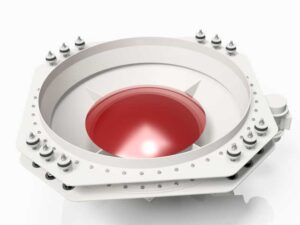
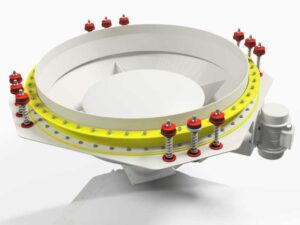 Special spring suspension links and an engineered polymer seal collectively form a flexible connection between a vibrating bin discharger and an equipment configured above it.
Special spring suspension links and an engineered polymer seal collectively form a flexible connection between a vibrating bin discharger and an equipment configured above it.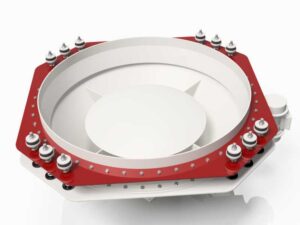
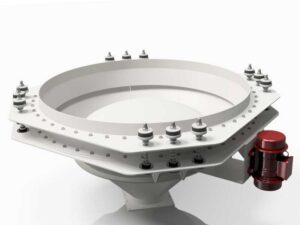
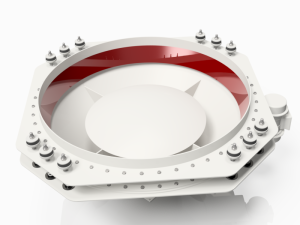 This is an option that we offer to help enhance the life span of the flexible connector sleeve. The skirt’s upper portion is attached to the outlet port of the upstream equipment and dangles down into and through a bin activator’s inlet port. The main purpose of the skirt is to act as a shield and render protection to the flexible connector seal.
This is an option that we offer to help enhance the life span of the flexible connector sleeve. The skirt’s upper portion is attached to the outlet port of the upstream equipment and dangles down into and through a bin activator’s inlet port. The main purpose of the skirt is to act as a shield and render protection to the flexible connector seal.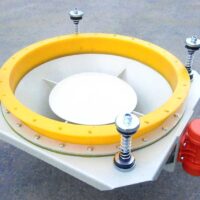
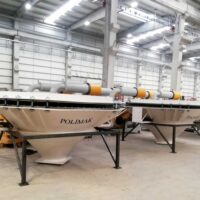
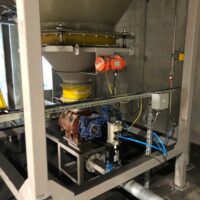
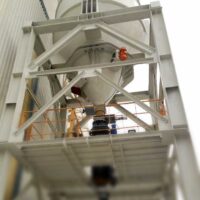
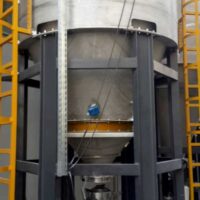
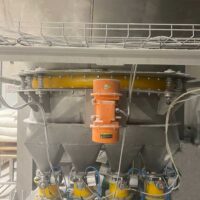
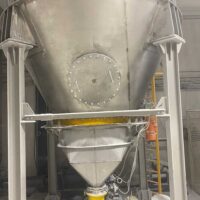
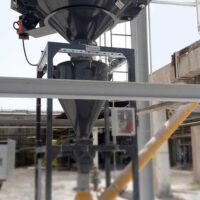
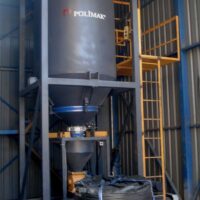
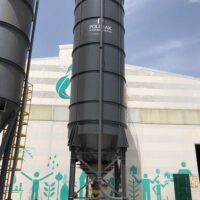
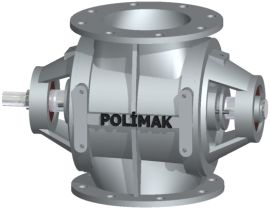
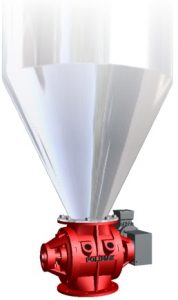
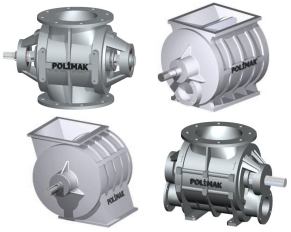
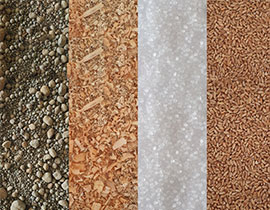
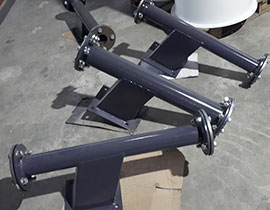
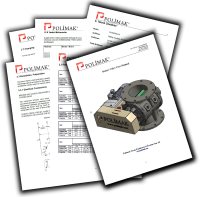
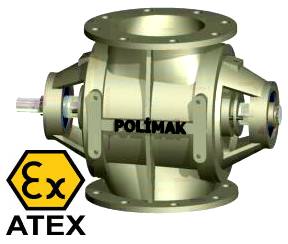
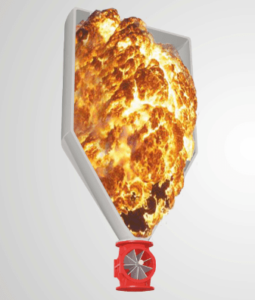
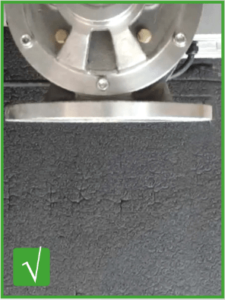
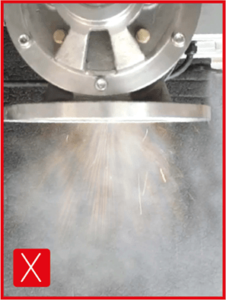
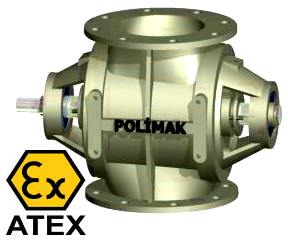
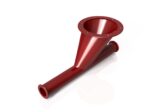
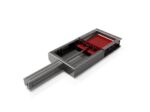
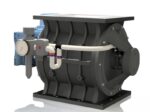
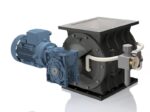
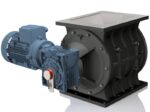
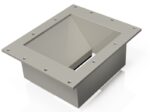
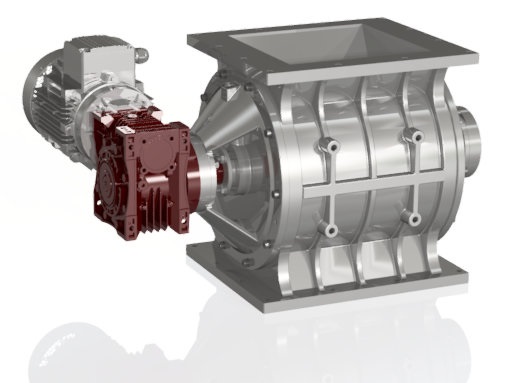
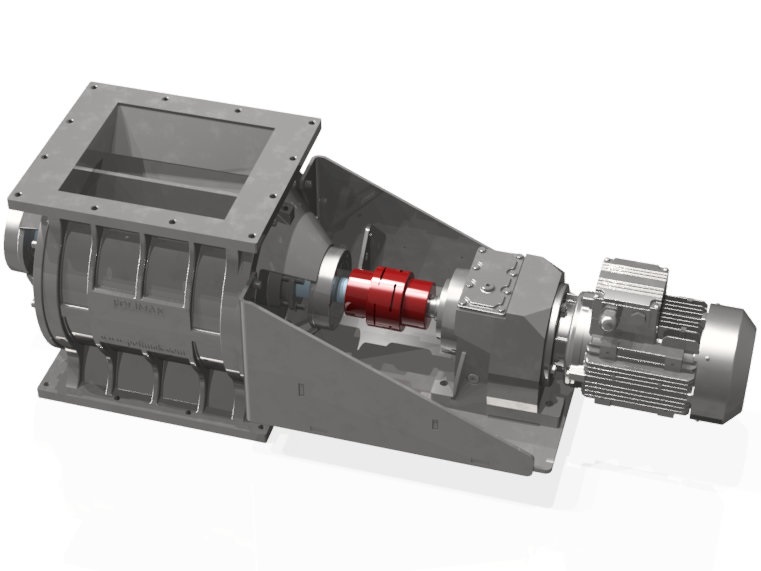
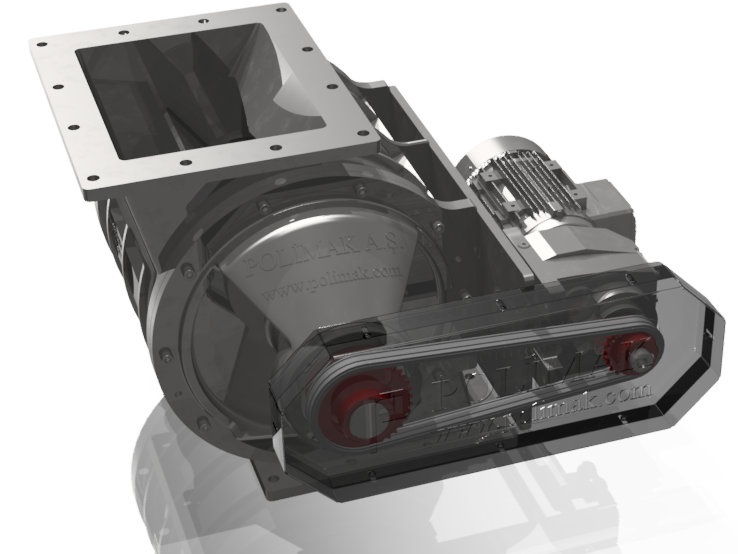
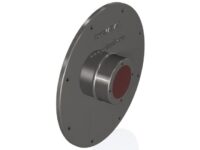
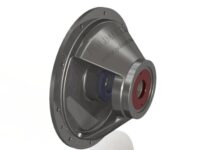
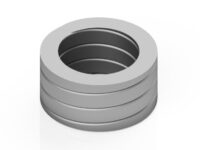
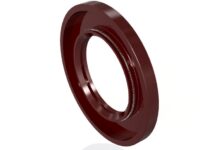
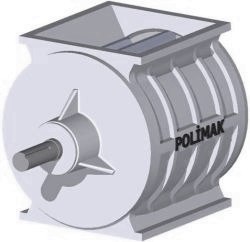
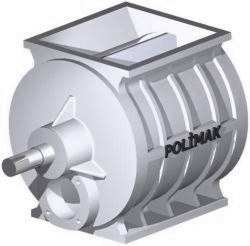
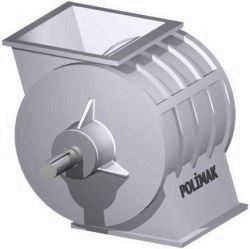
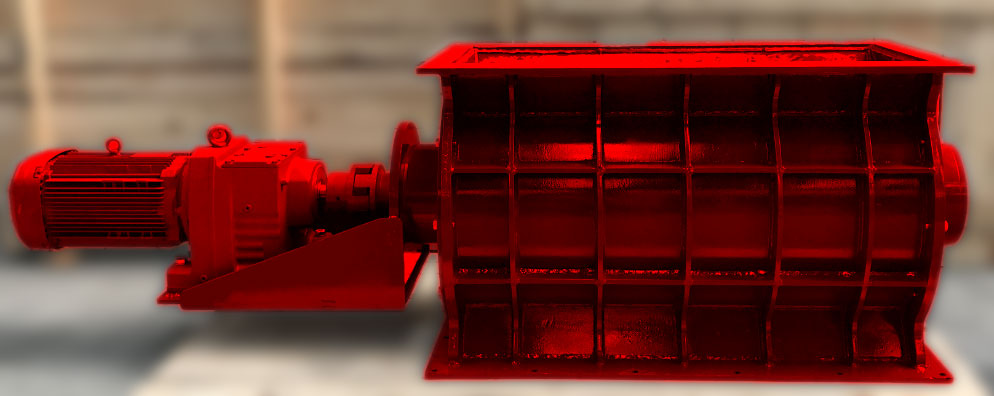
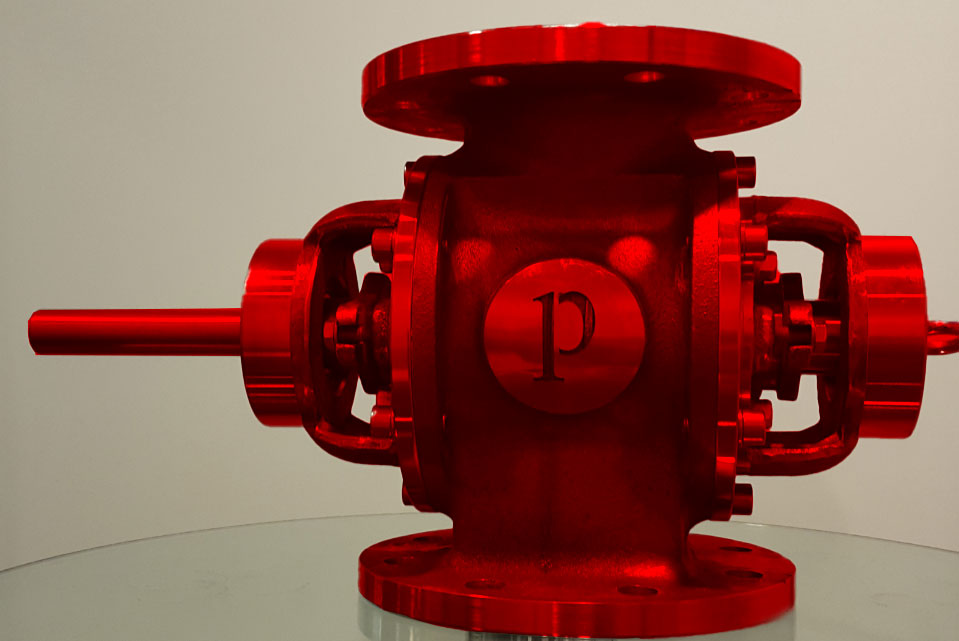
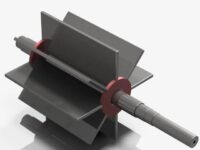
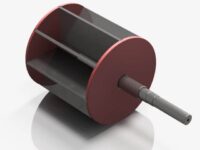
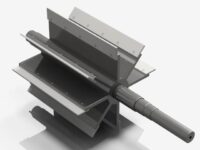
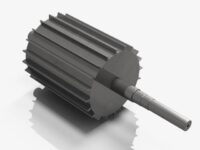
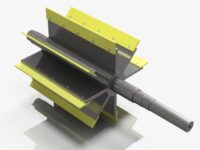
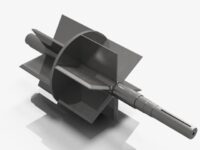
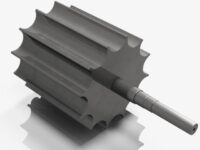
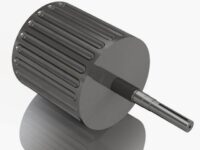
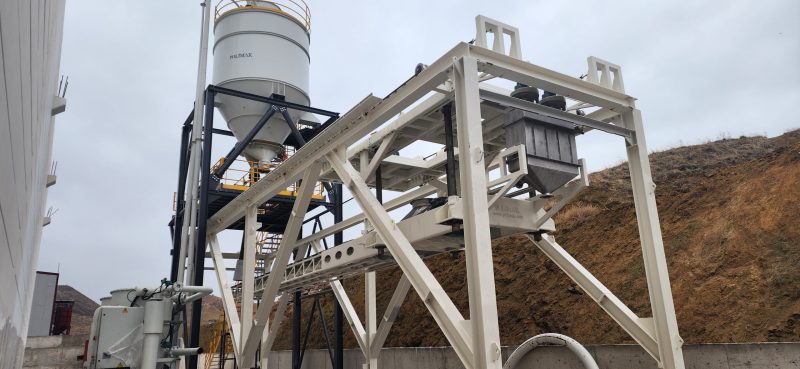
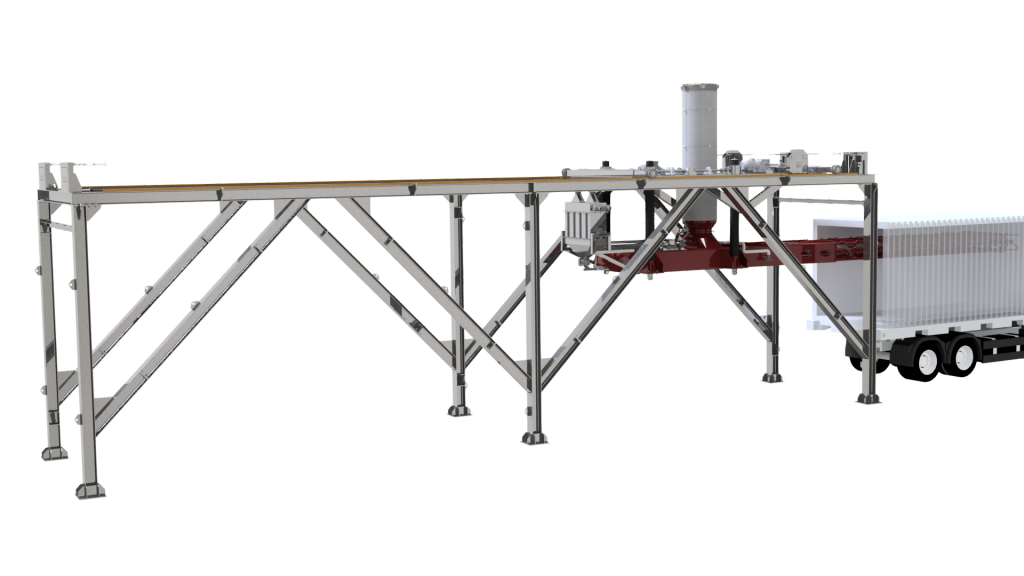
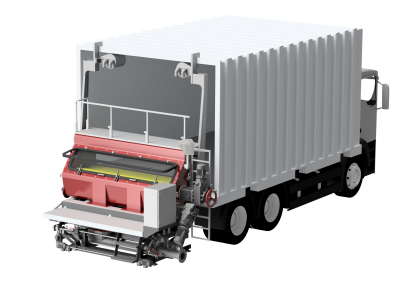
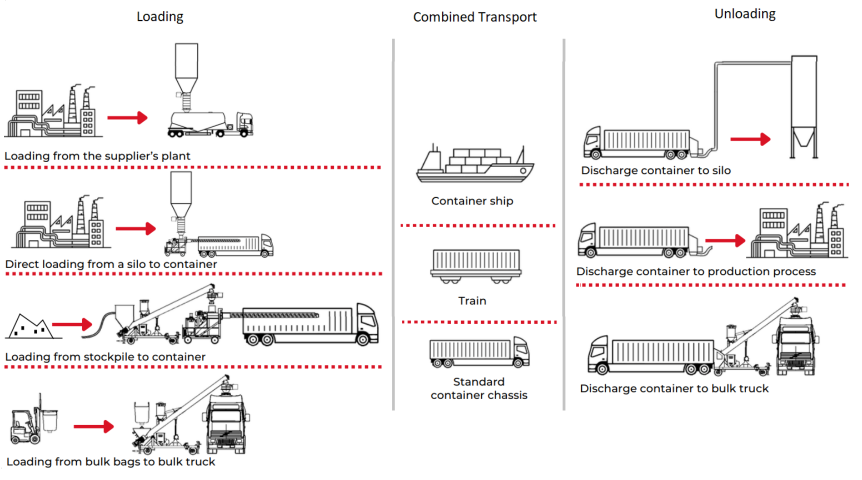
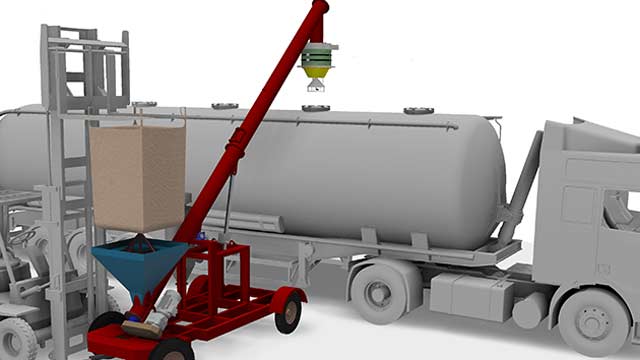
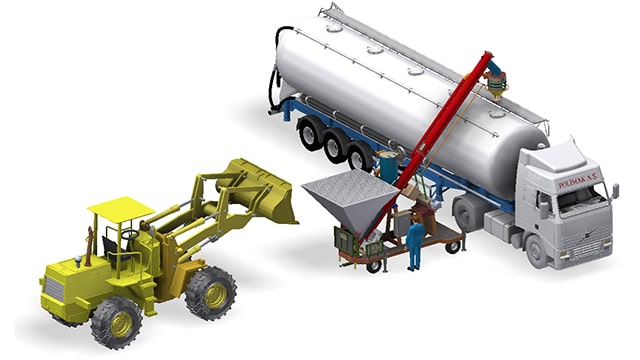
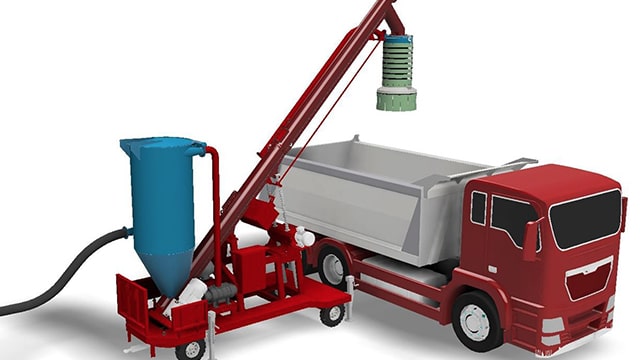
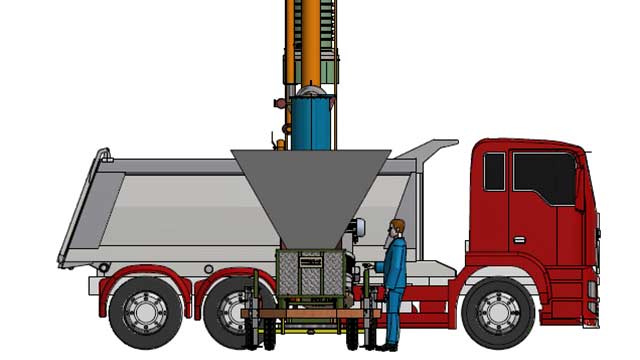
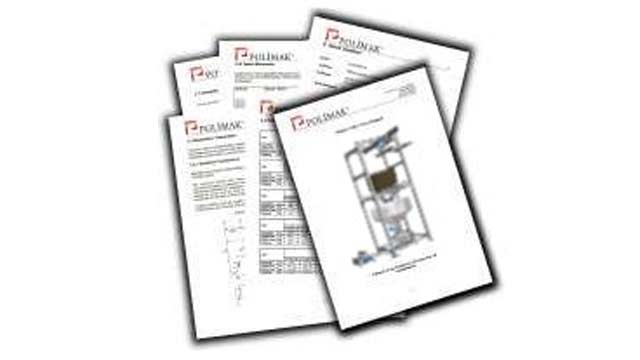
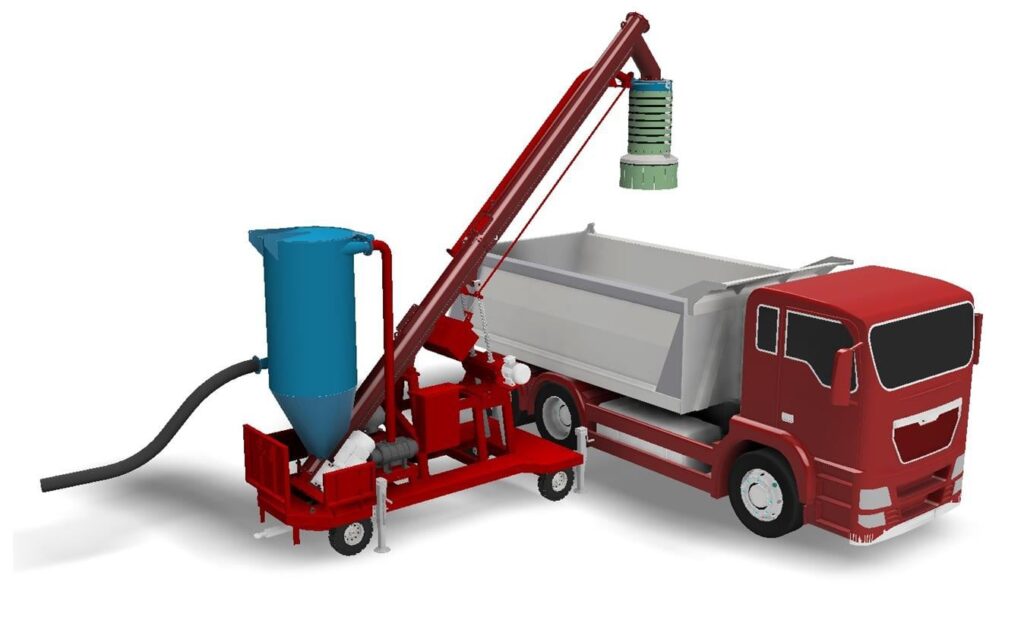
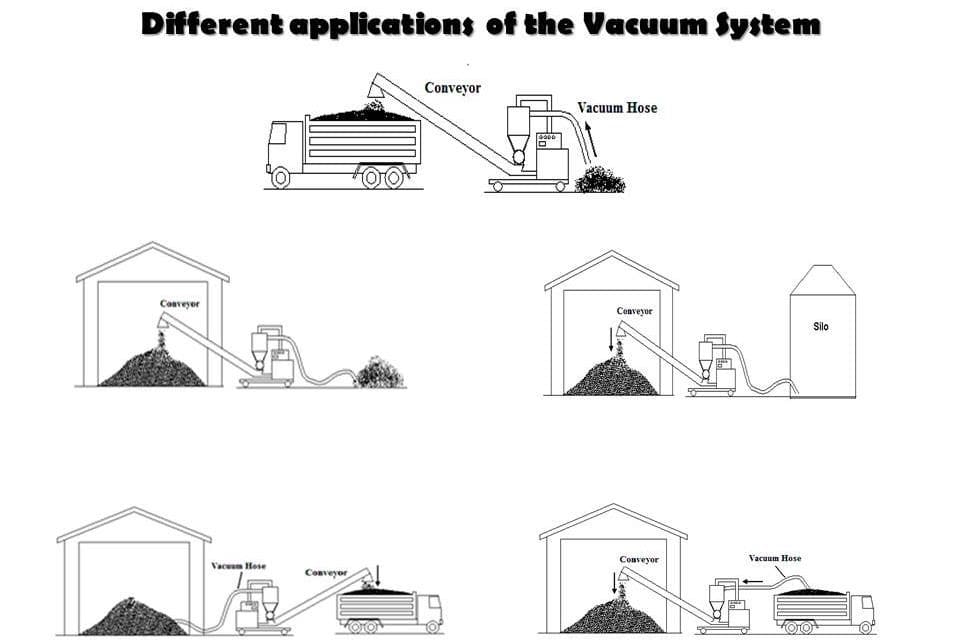
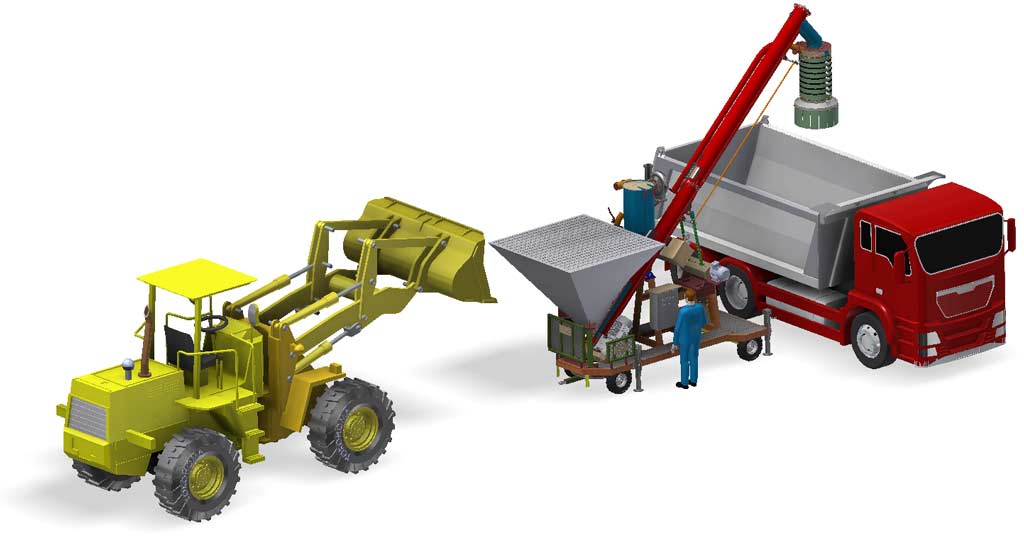
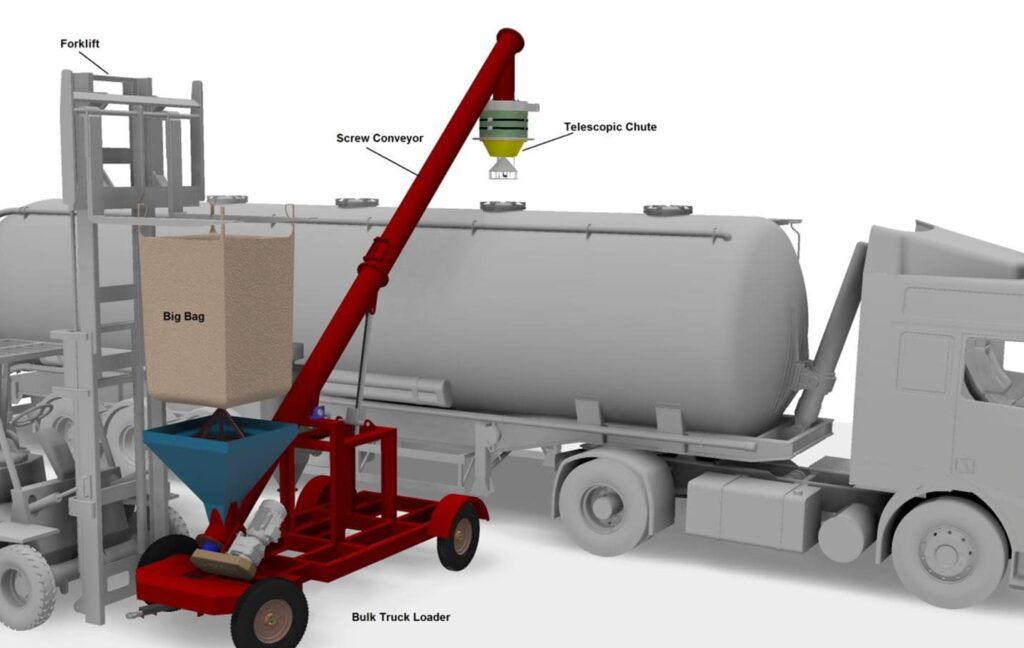
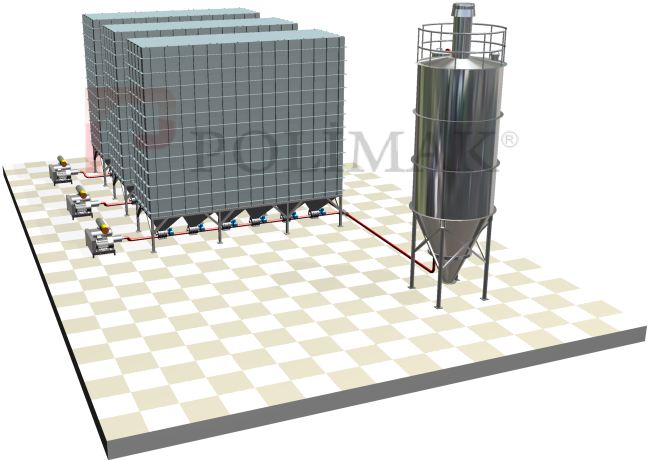
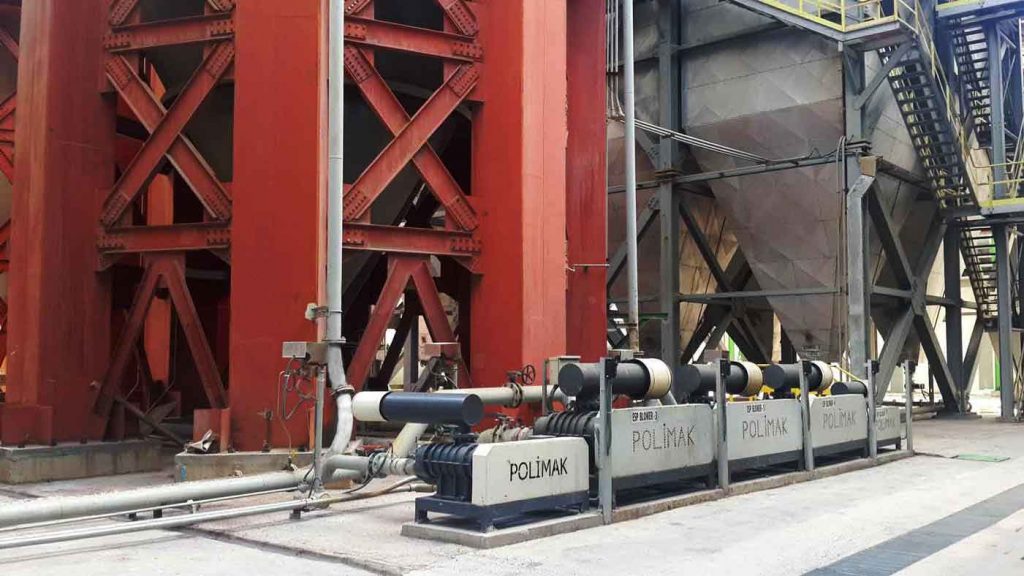
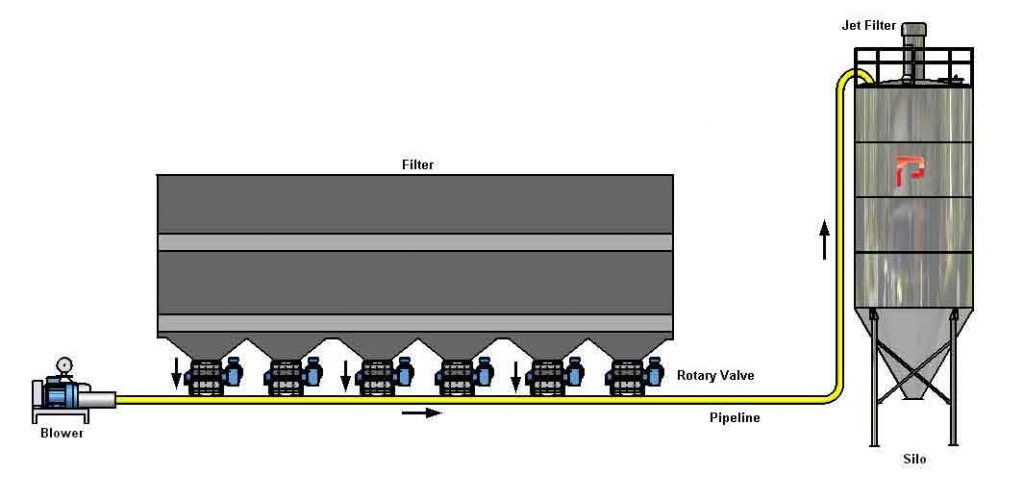
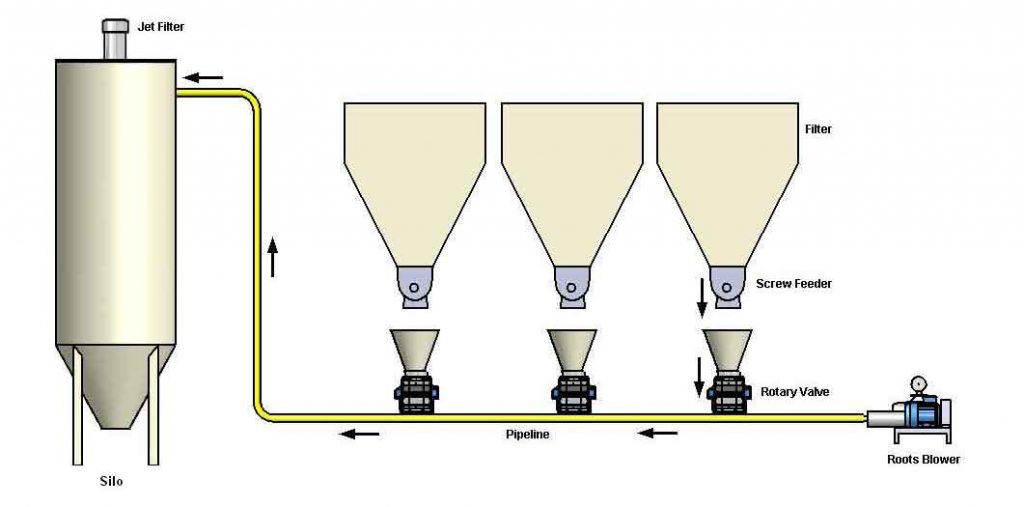
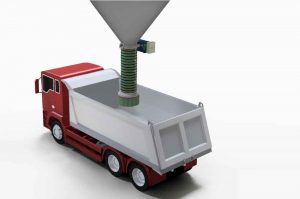
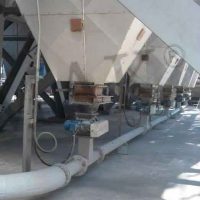
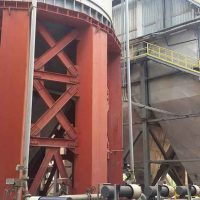
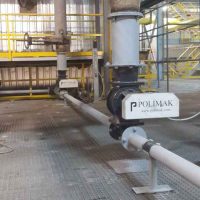
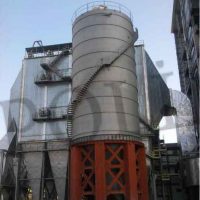
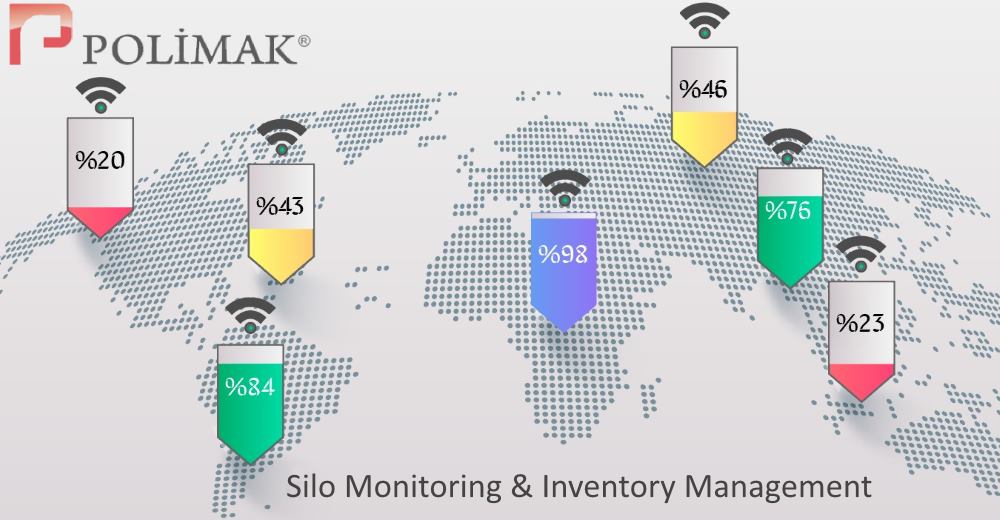
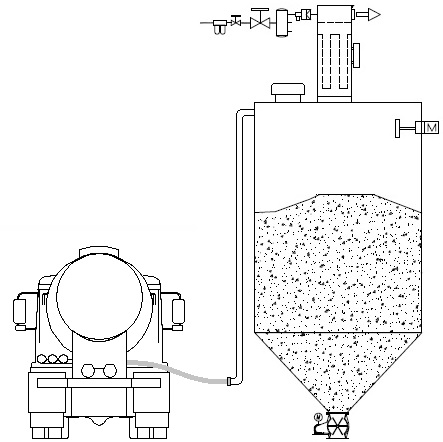
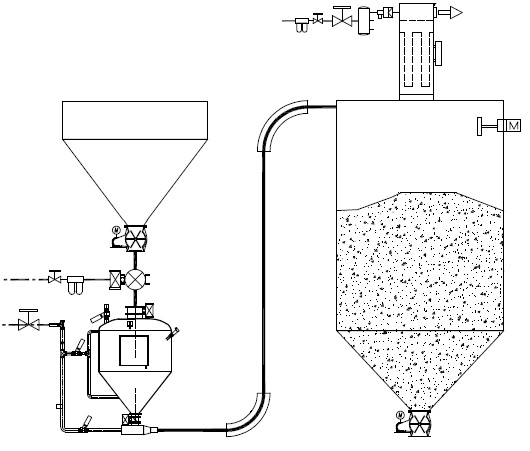
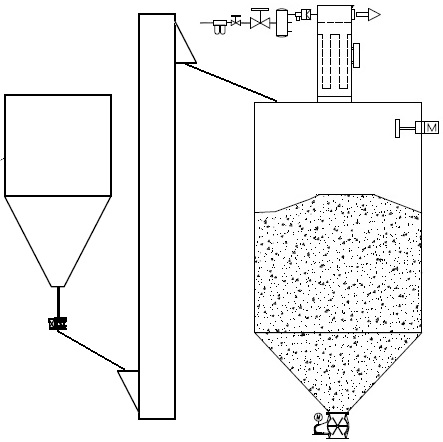
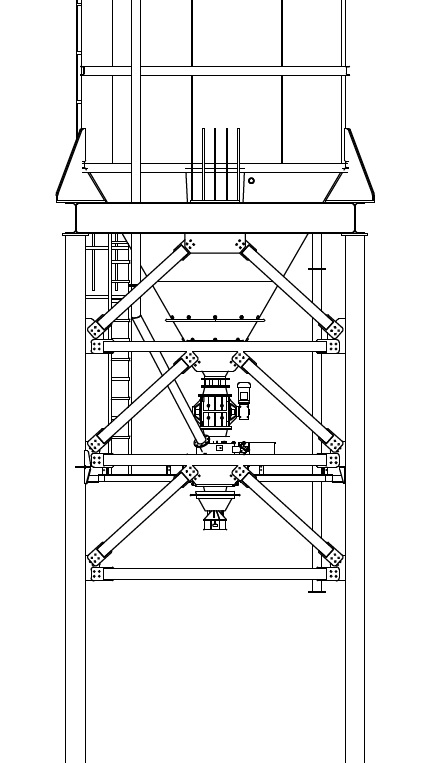
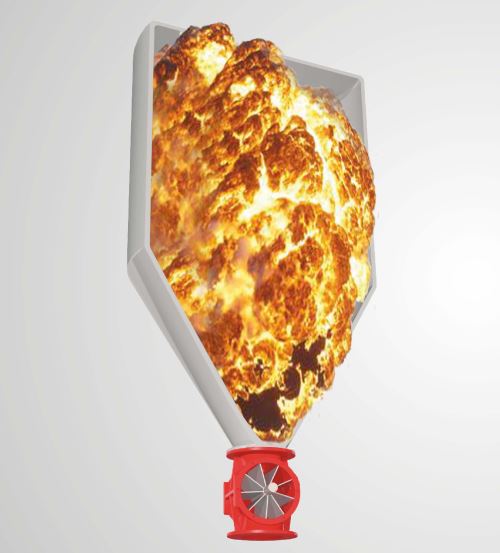
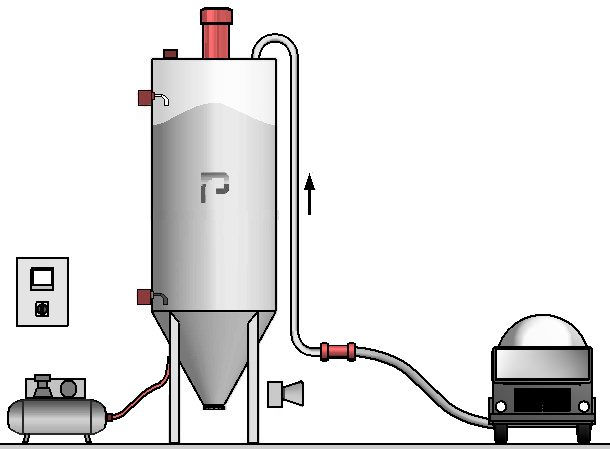
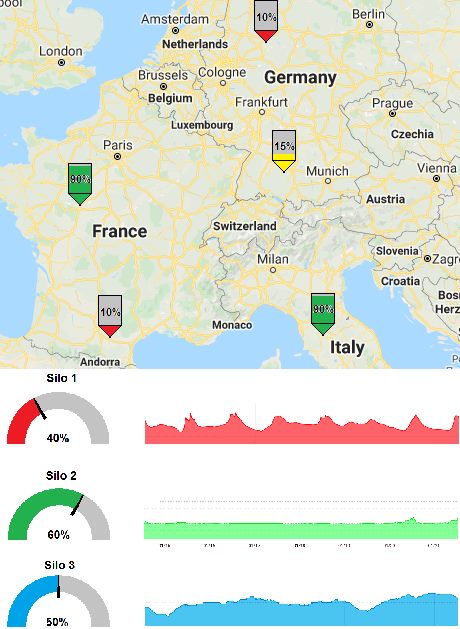
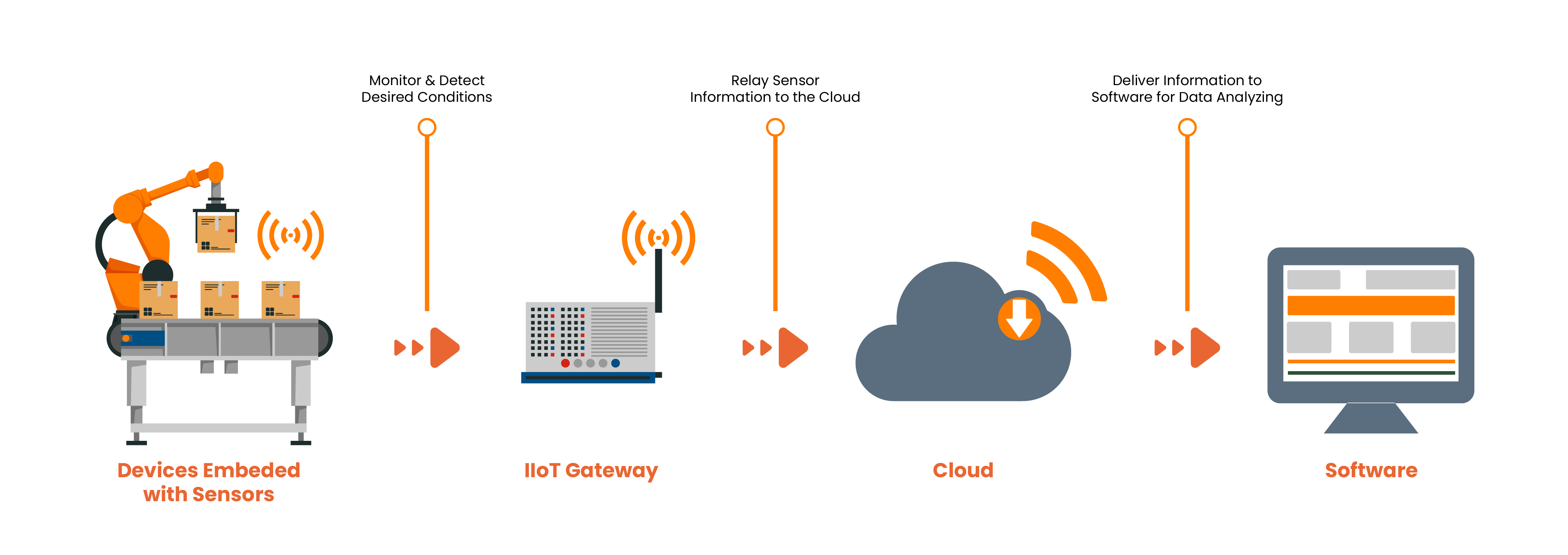
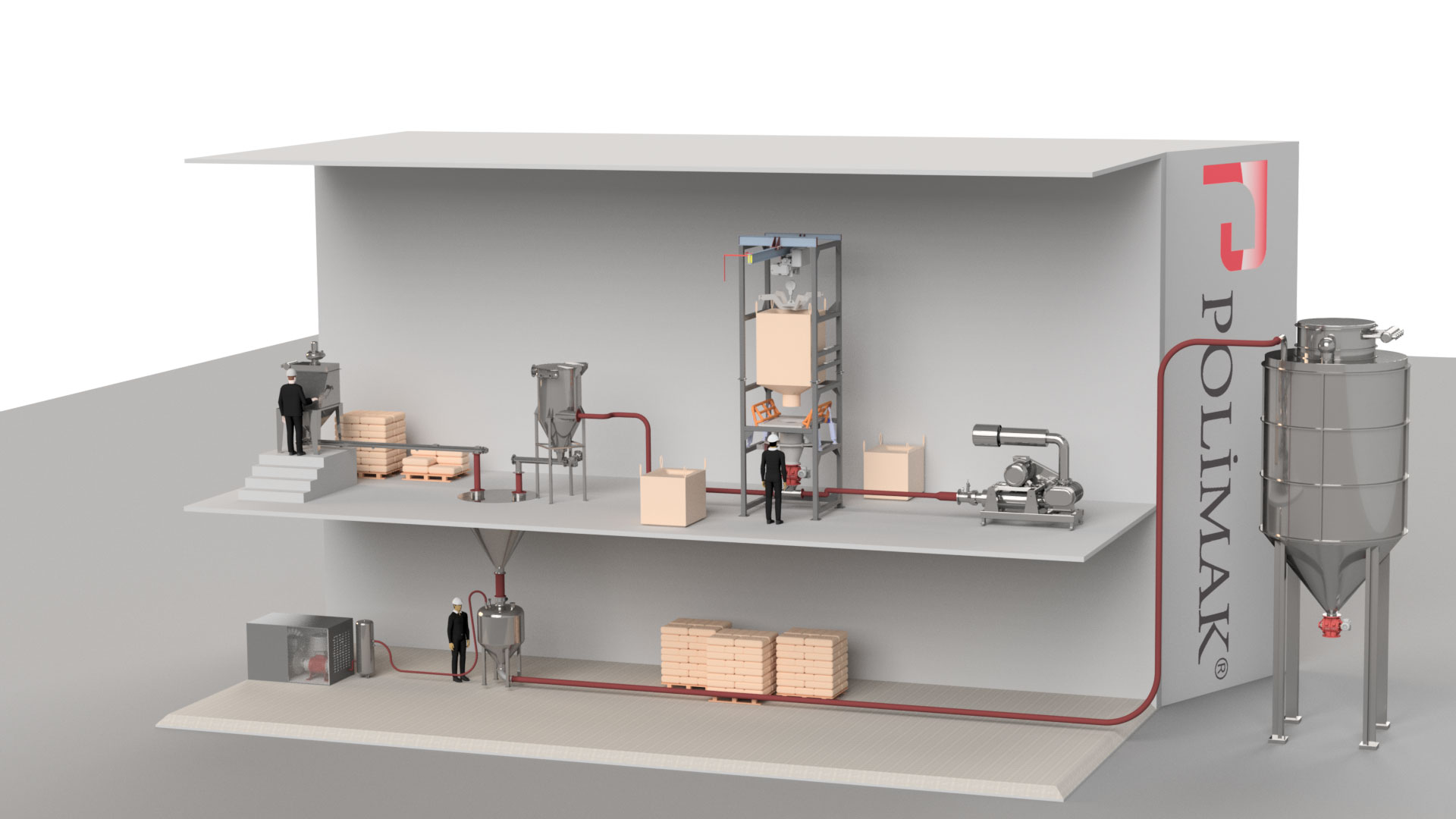
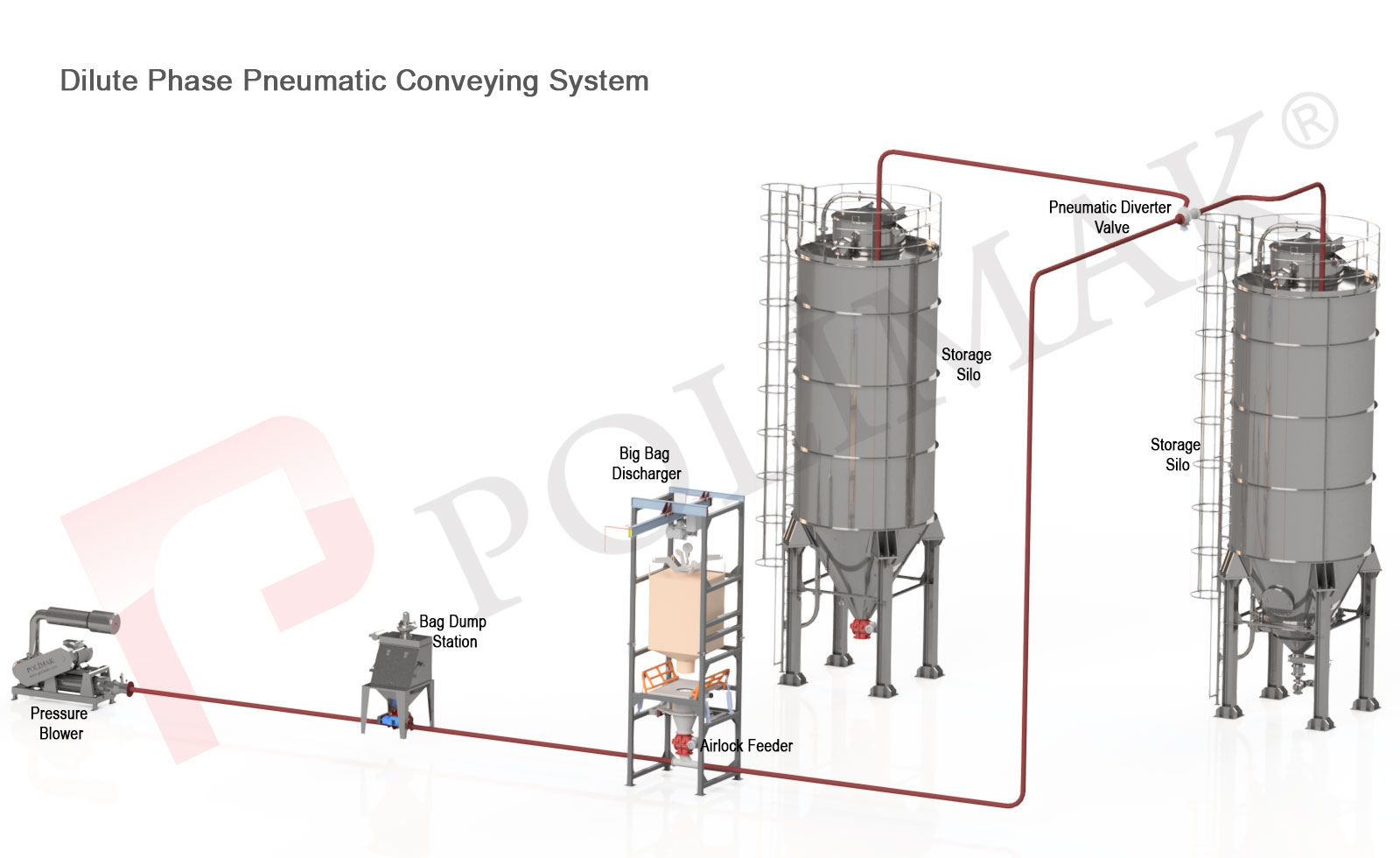
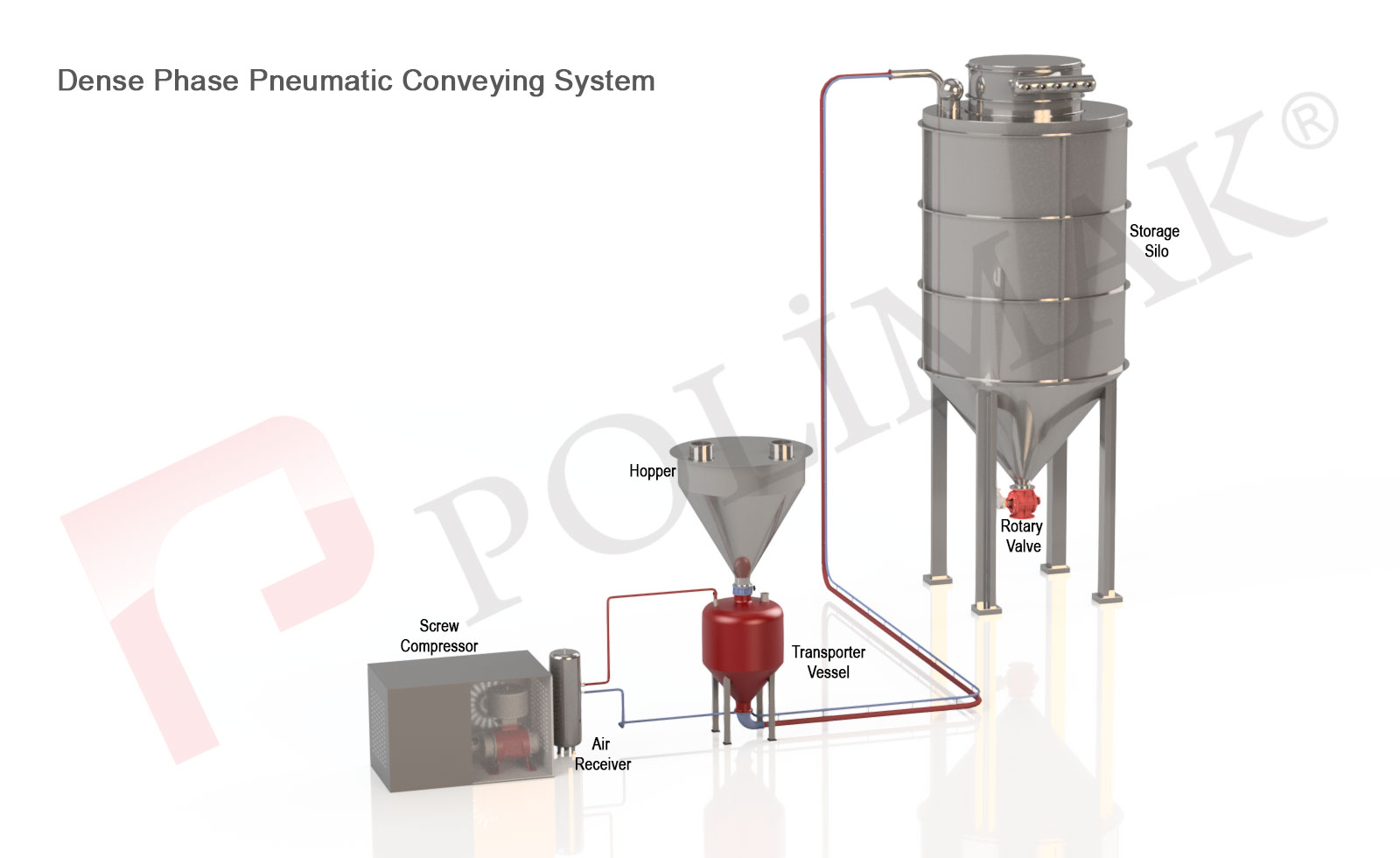
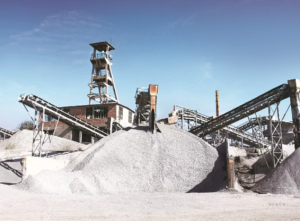 Cement is an essential element wherever things are being built, hence the cement industry plays an important role in construction operations as it is responsible for supplying the raw material cement. Pneumatic conveying systems are vital in this industry when it comes to effectively transporting cement in various facilities. Several pneumatic conveying (pressure conveying or vacuum conveying) technologies can be utilised to transfer cement. Finding the appropriate solution for your application can pay dividends, particularly in terms of lowering energy consumption in your plant. Polimak’s qualified and experienced engineers help its clients come up with efficient cement conveying equipment for a specific application. We offer innovative pneumatic technologies for broad cement handling processes.
Cement is an essential element wherever things are being built, hence the cement industry plays an important role in construction operations as it is responsible for supplying the raw material cement. Pneumatic conveying systems are vital in this industry when it comes to effectively transporting cement in various facilities. Several pneumatic conveying (pressure conveying or vacuum conveying) technologies can be utilised to transfer cement. Finding the appropriate solution for your application can pay dividends, particularly in terms of lowering energy consumption in your plant. Polimak’s qualified and experienced engineers help its clients come up with efficient cement conveying equipment for a specific application. We offer innovative pneumatic technologies for broad cement handling processes.
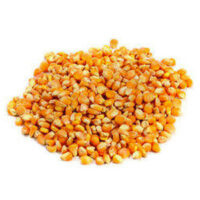
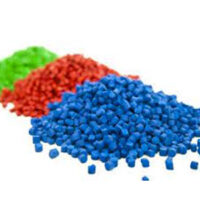
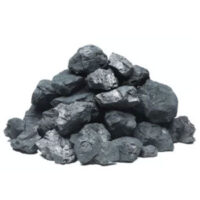
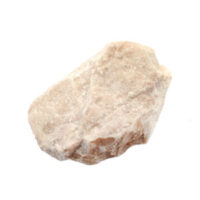
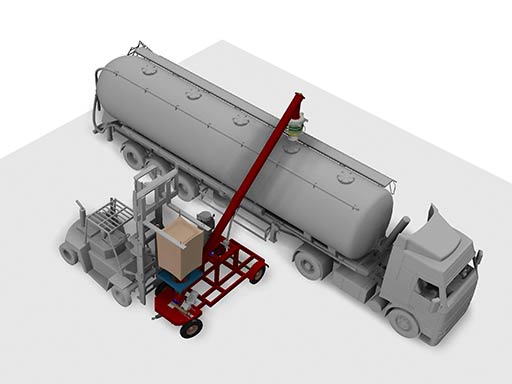
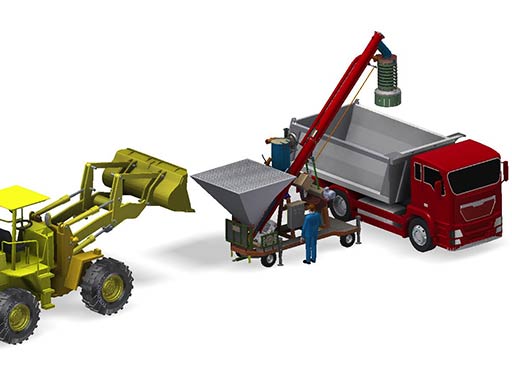
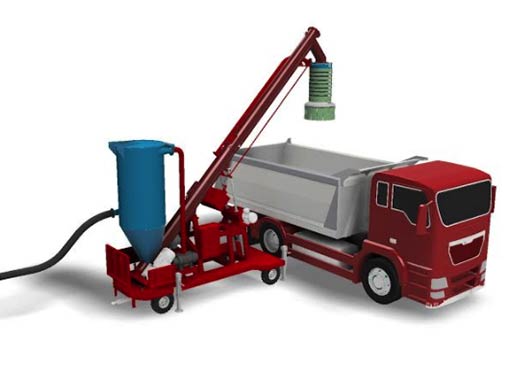
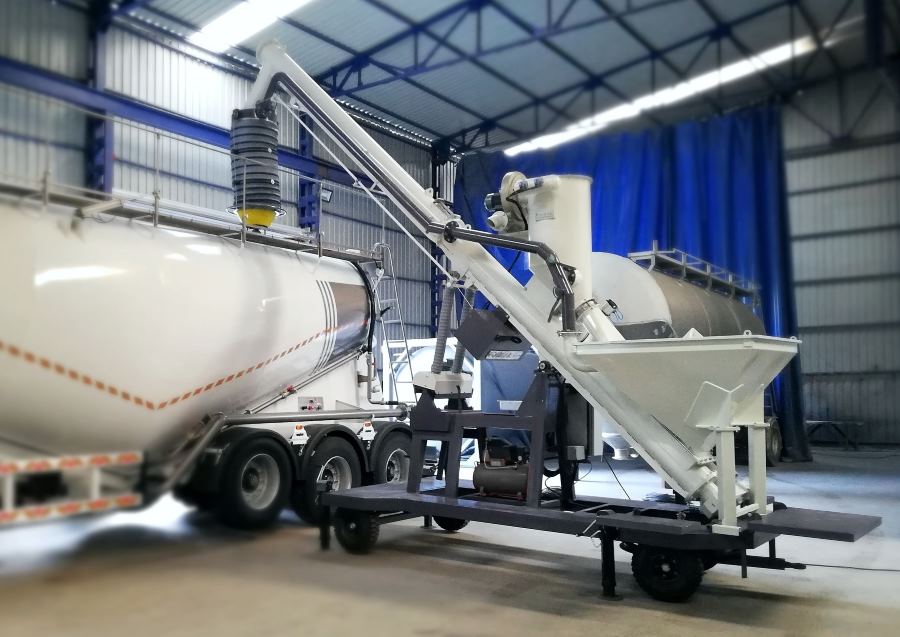










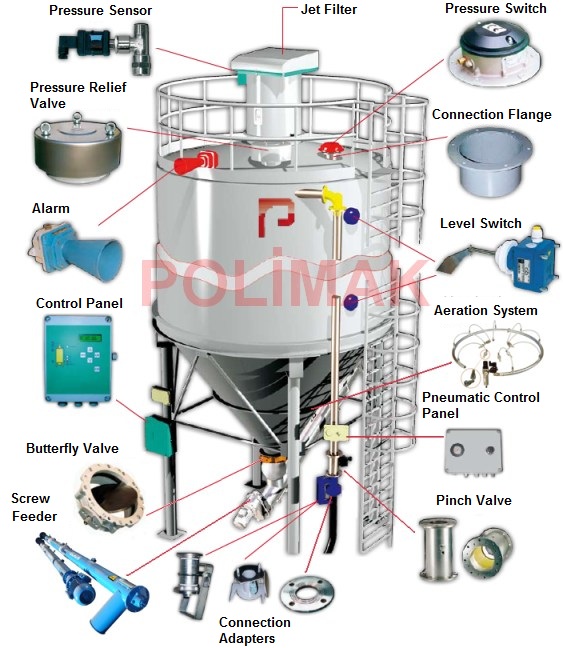
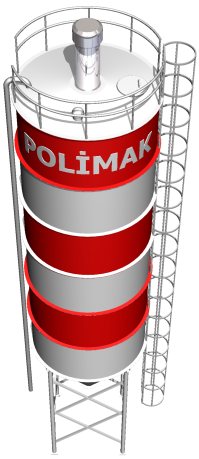

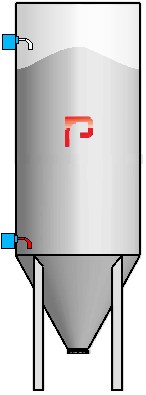
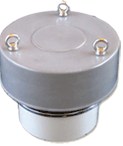

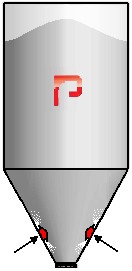
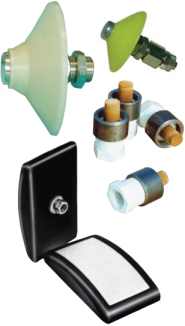

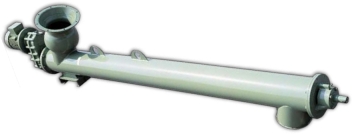

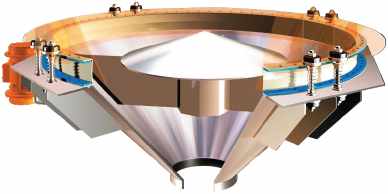
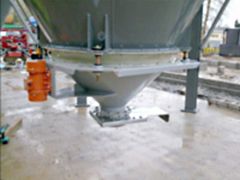
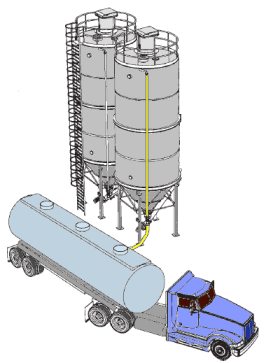
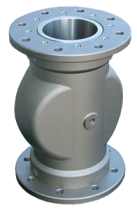
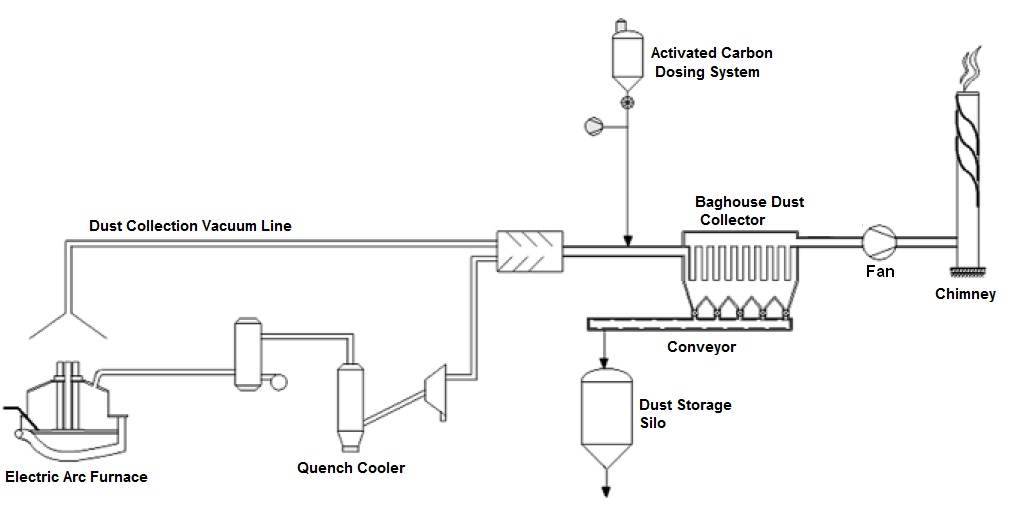
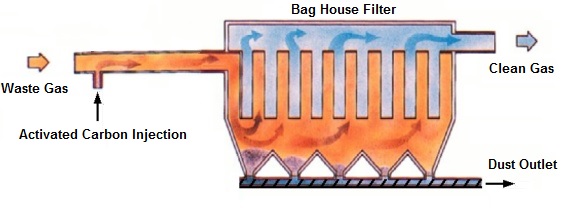
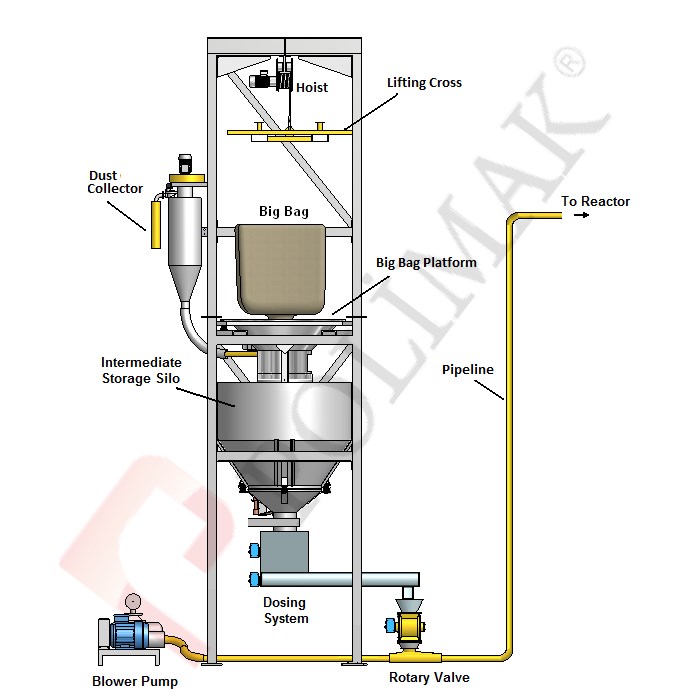
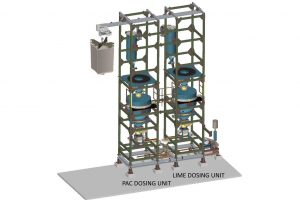
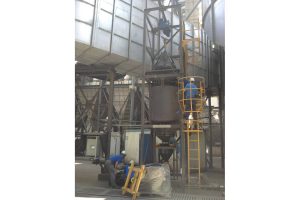
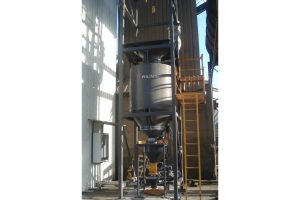
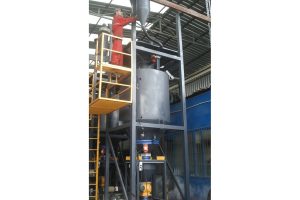
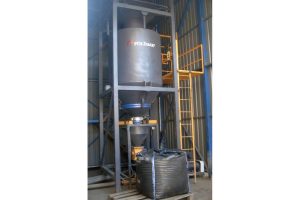
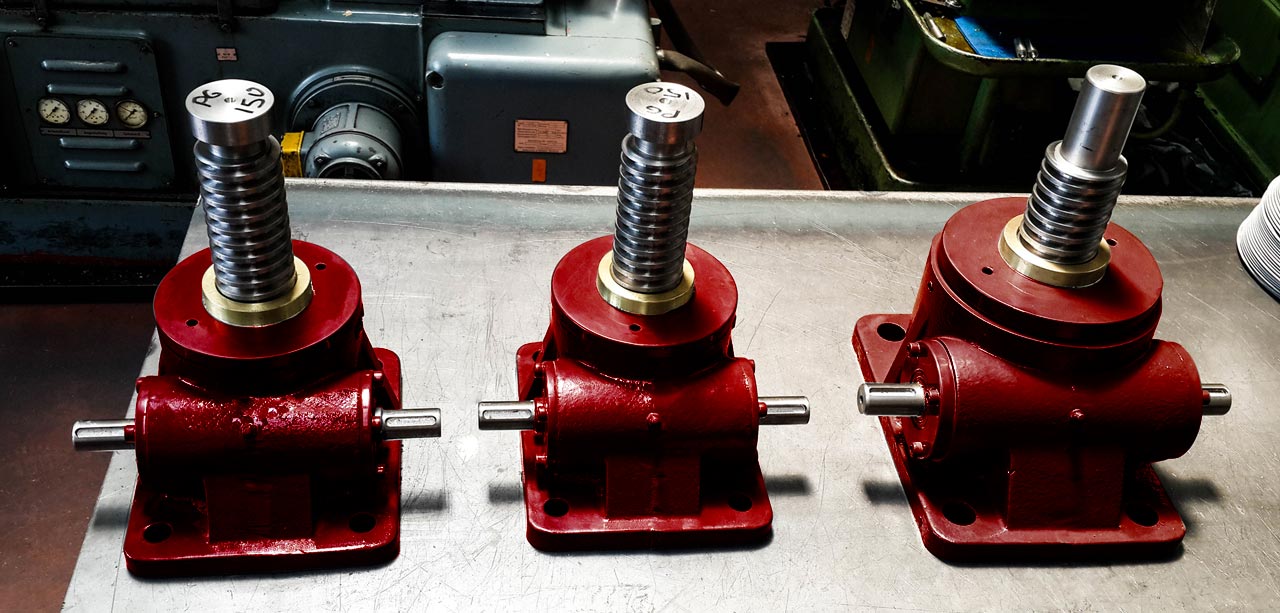
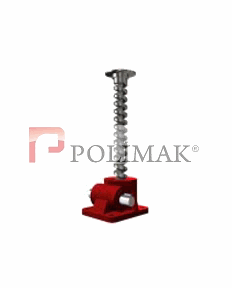
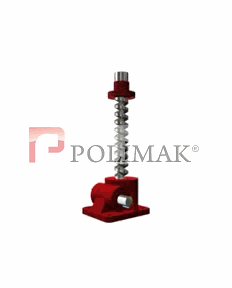

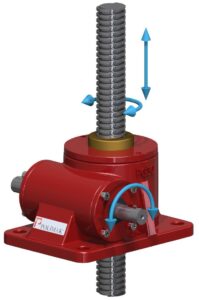
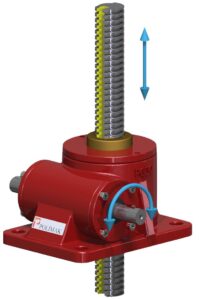
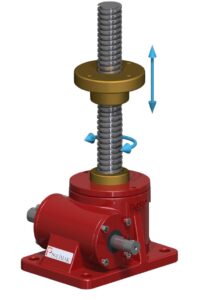
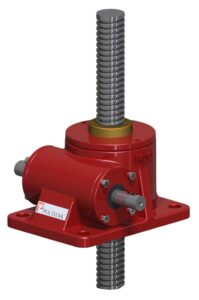
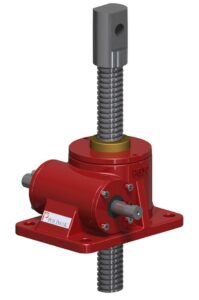
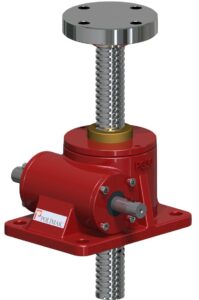
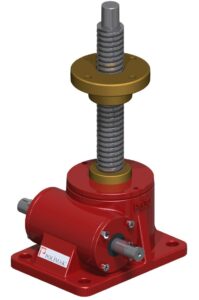
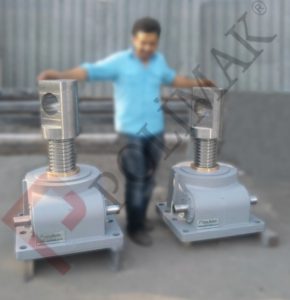
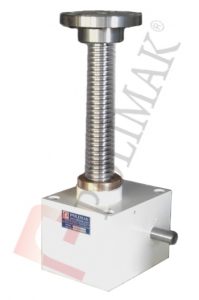
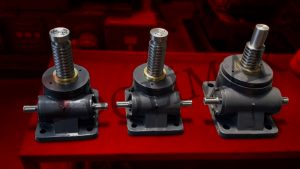
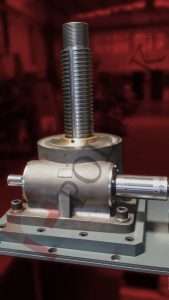
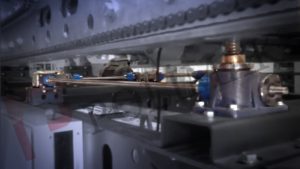
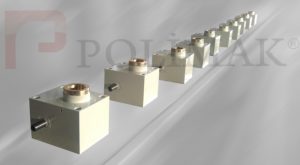
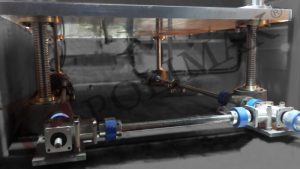
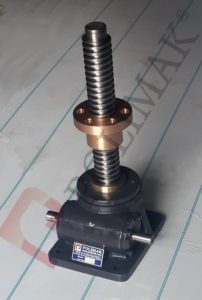
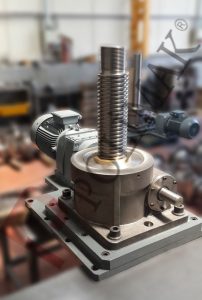
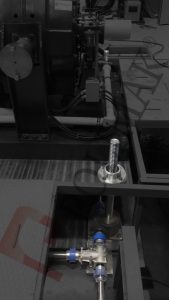
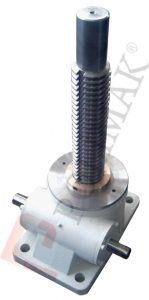

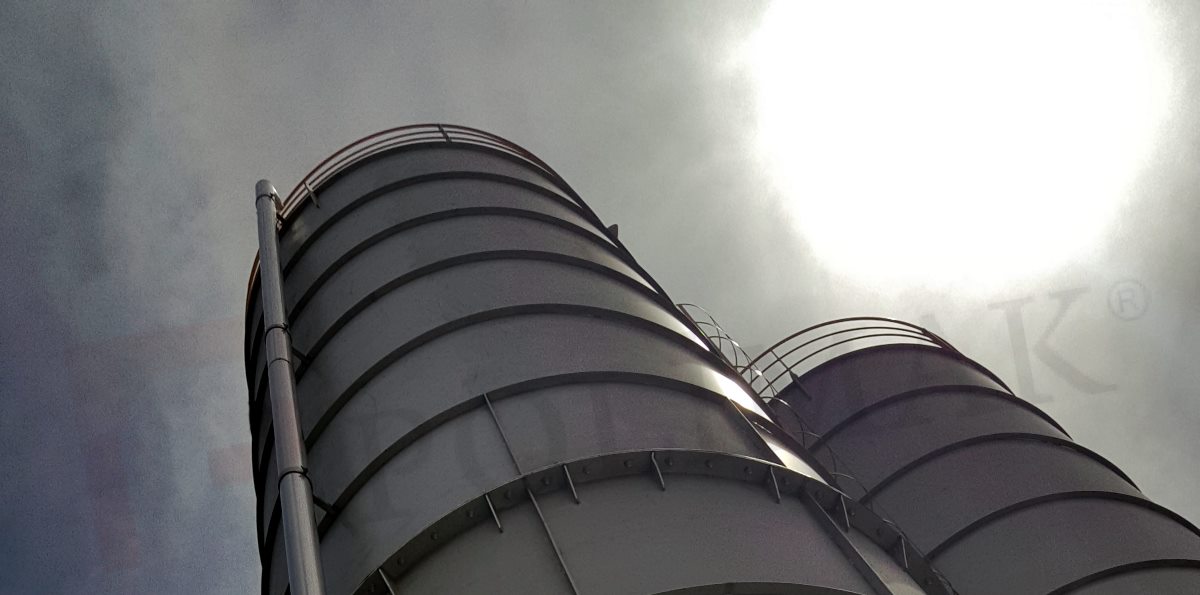
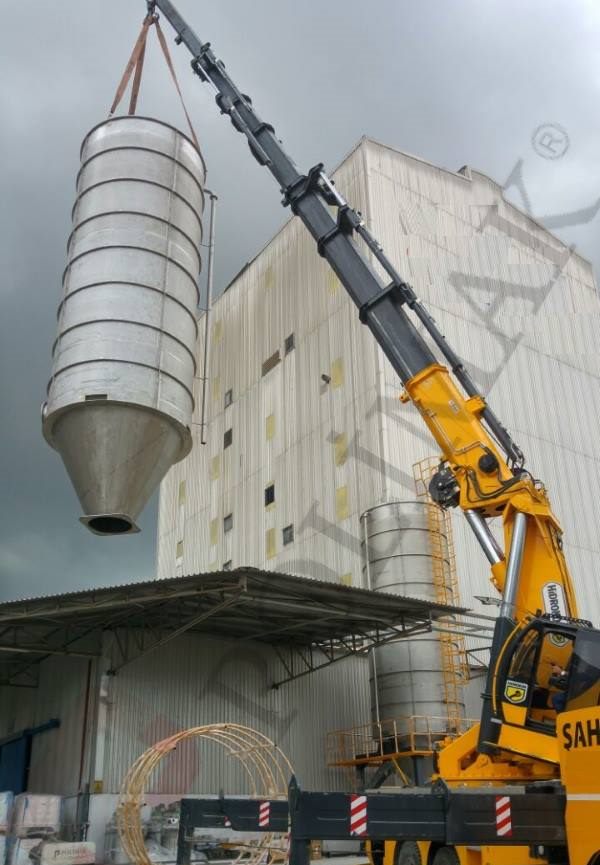
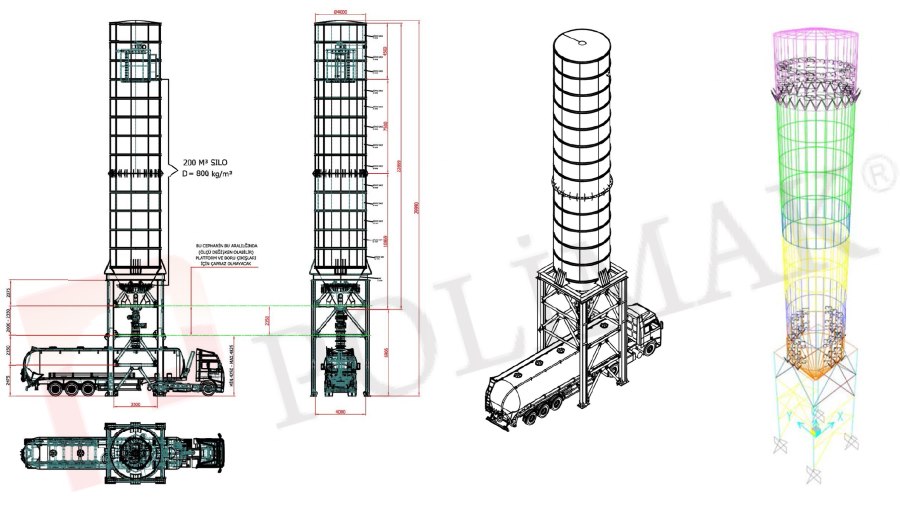
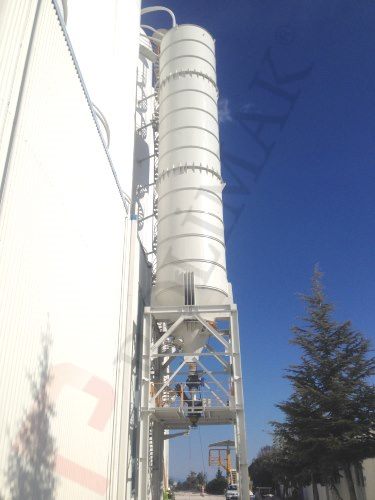
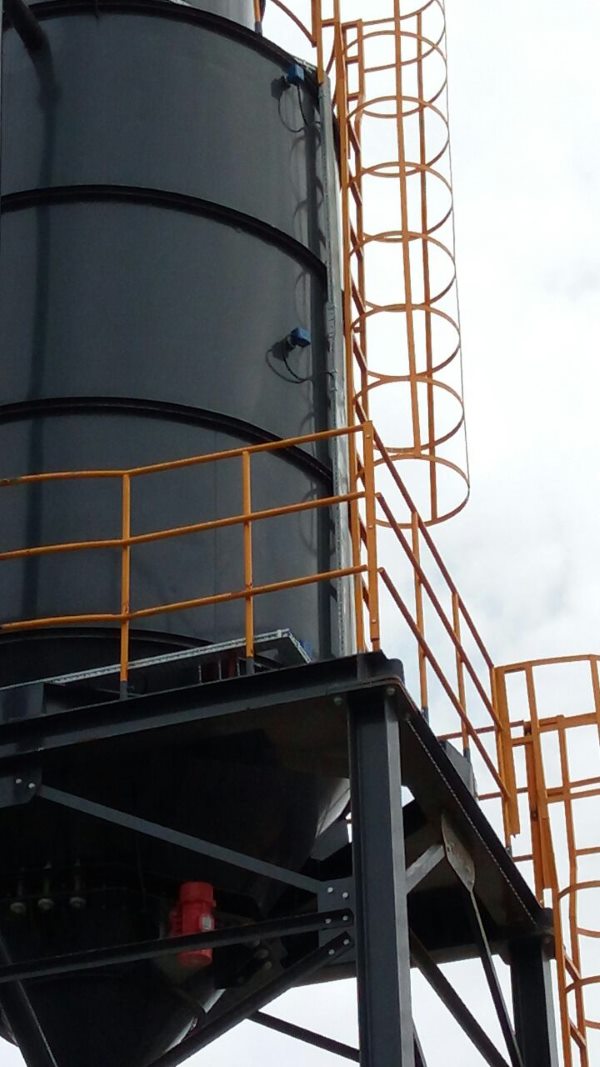
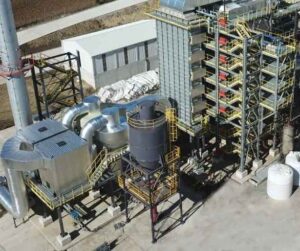
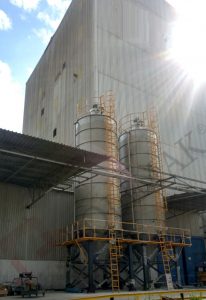
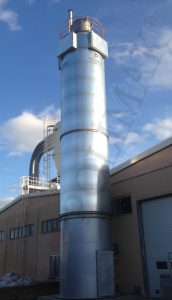
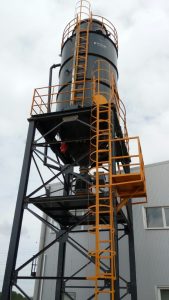
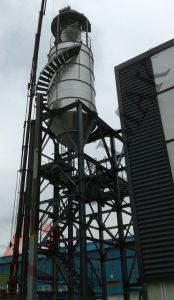

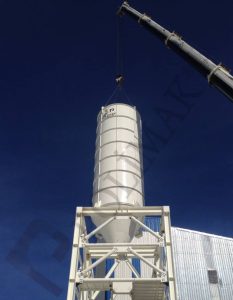
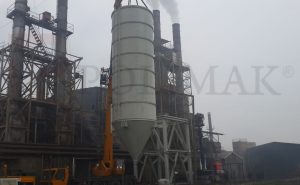
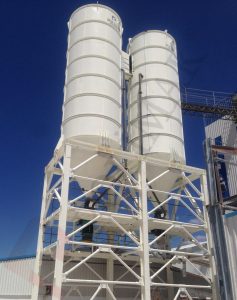
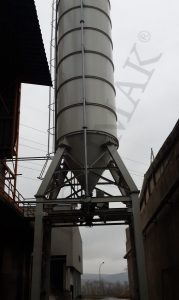
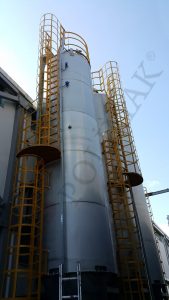
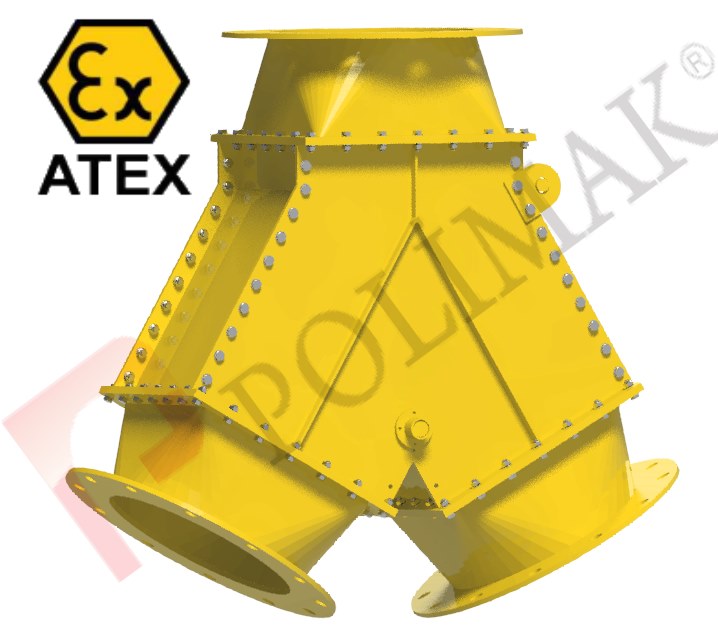
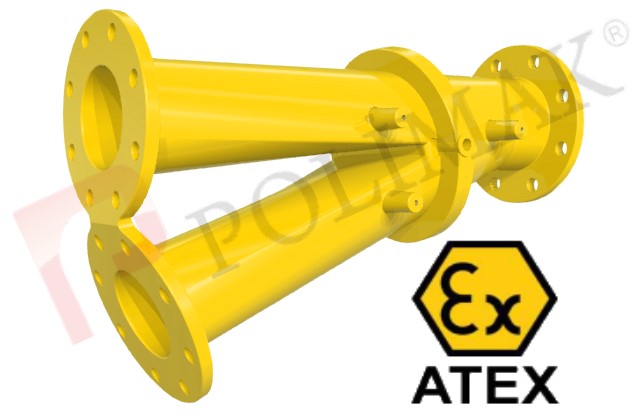
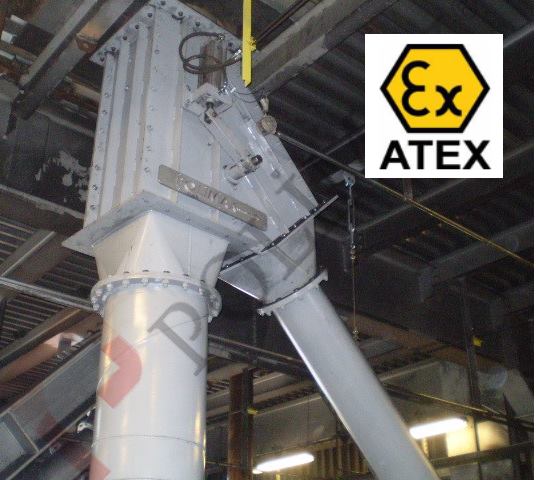
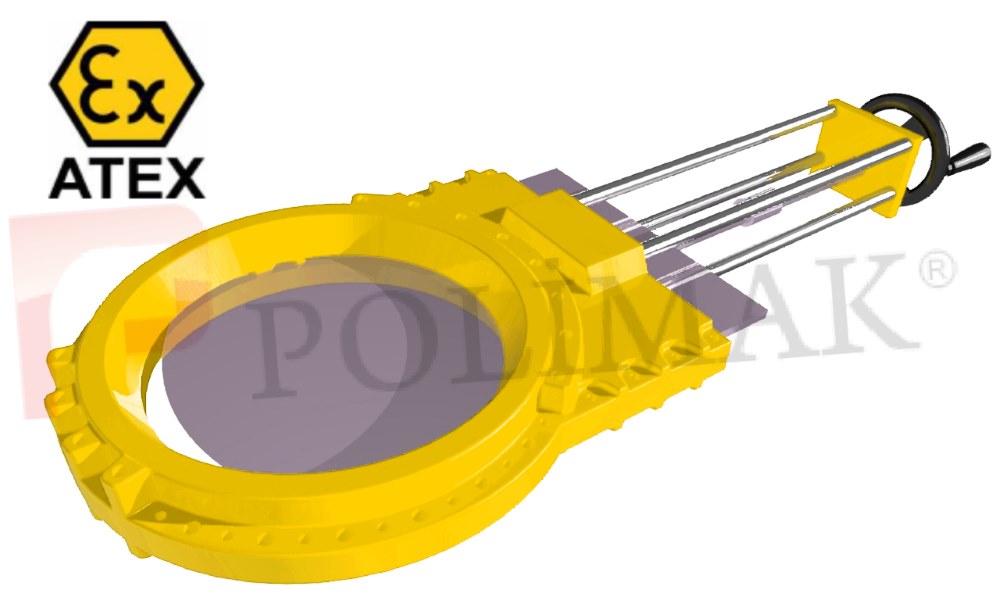
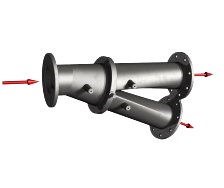
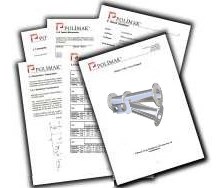
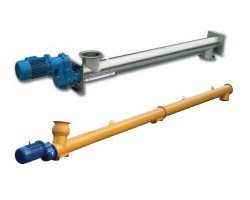
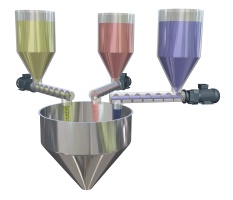
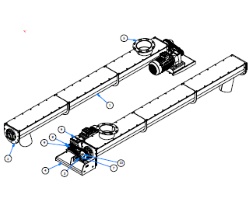
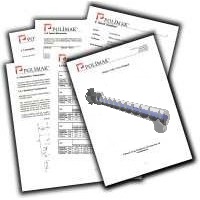
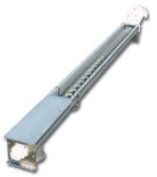


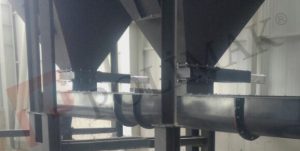
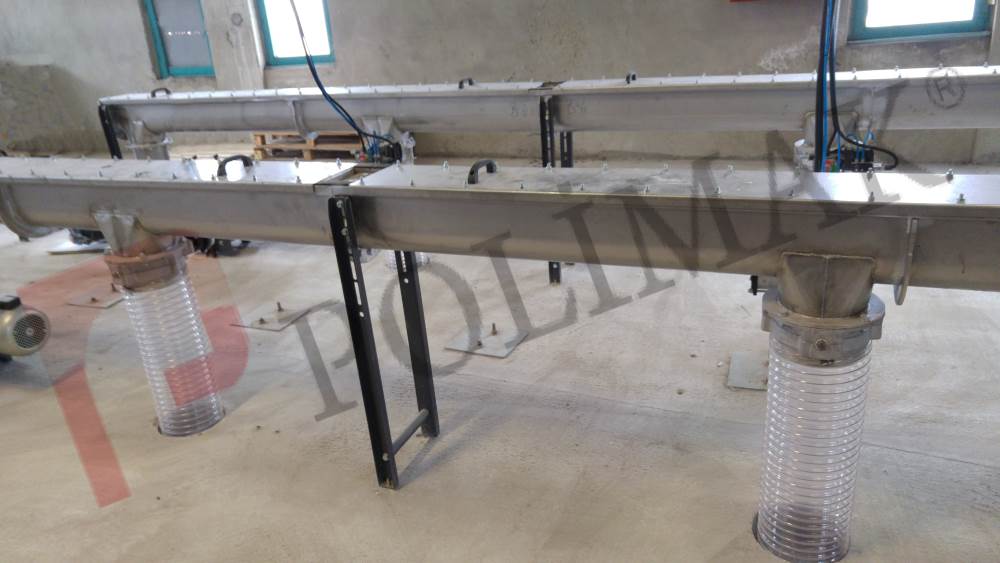
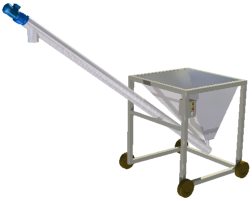
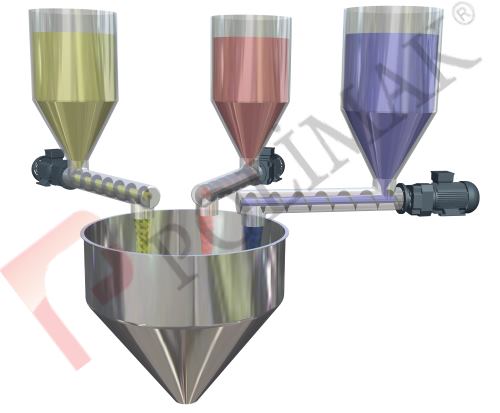
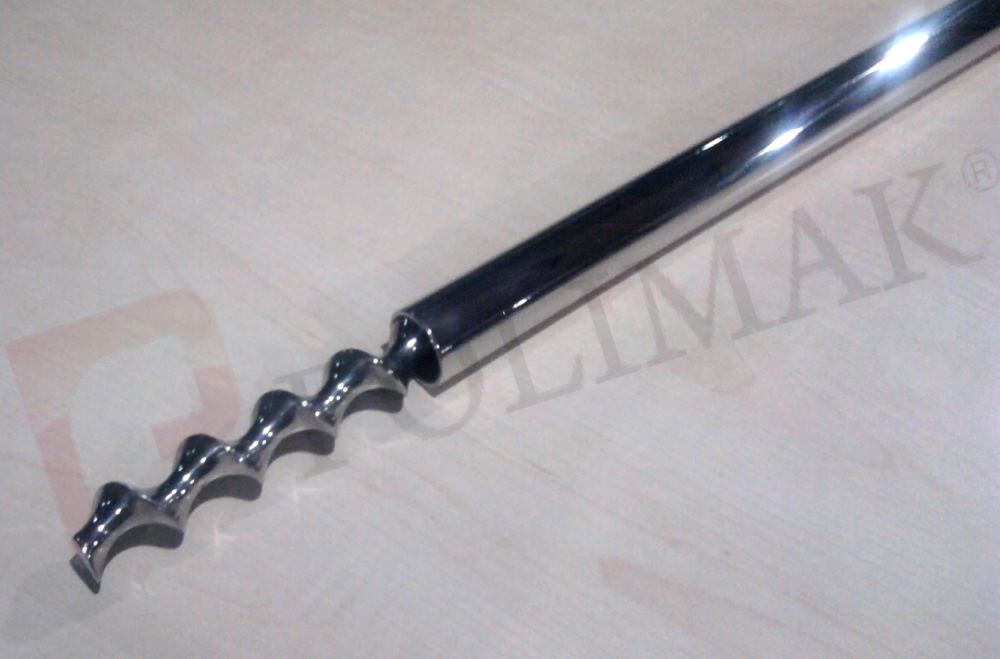
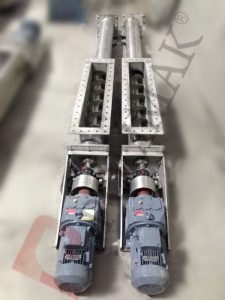
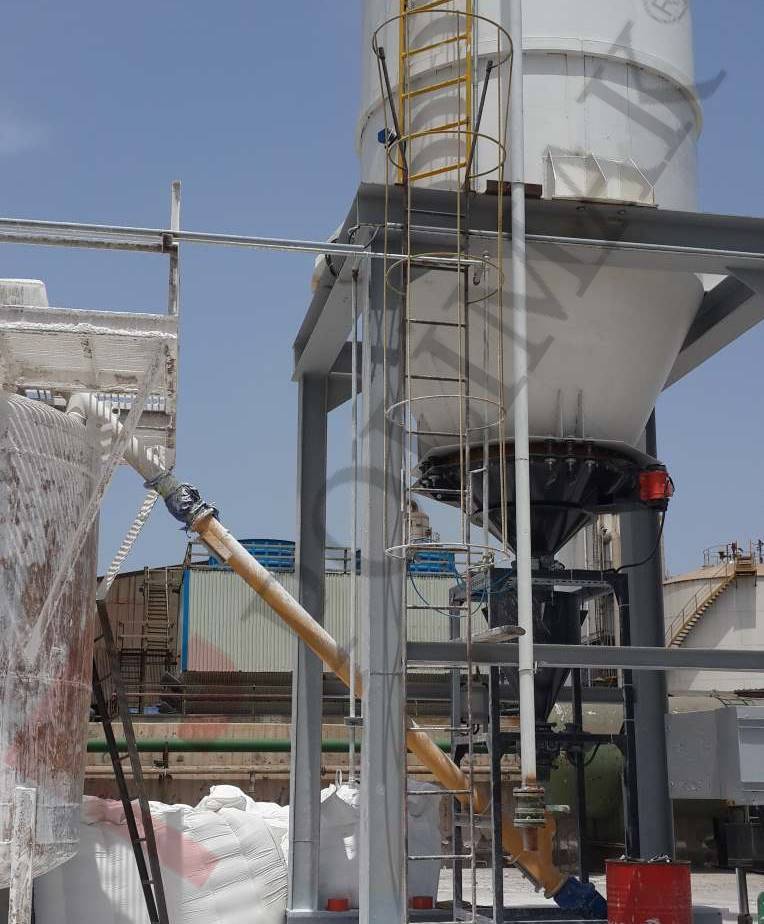
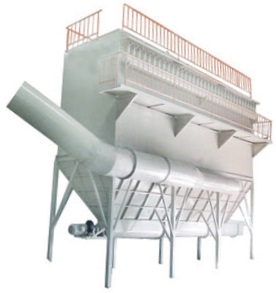
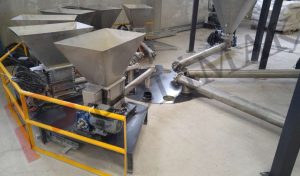
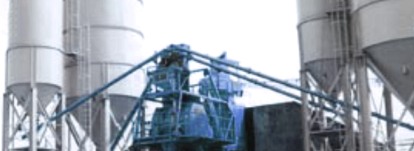
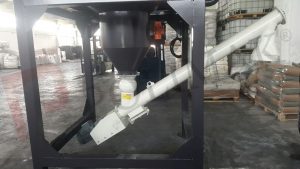
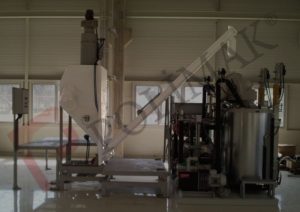
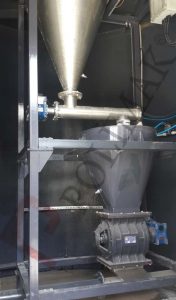

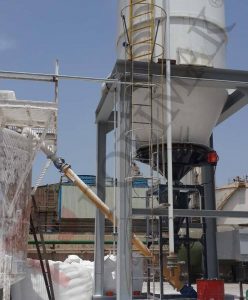
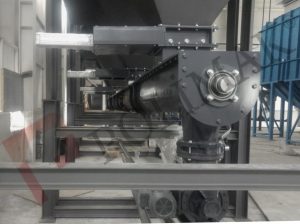
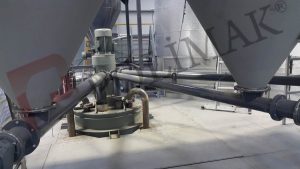
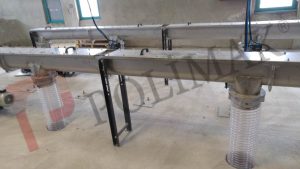
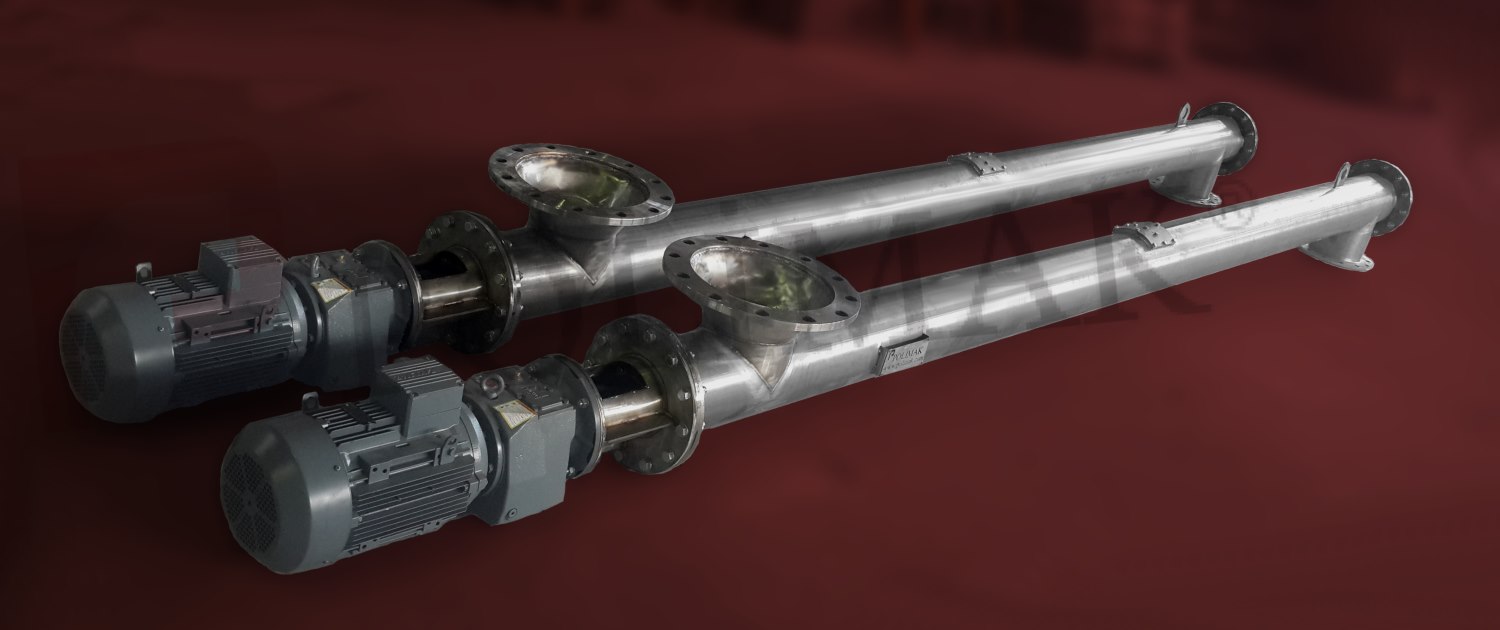
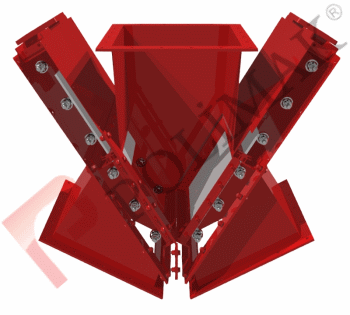
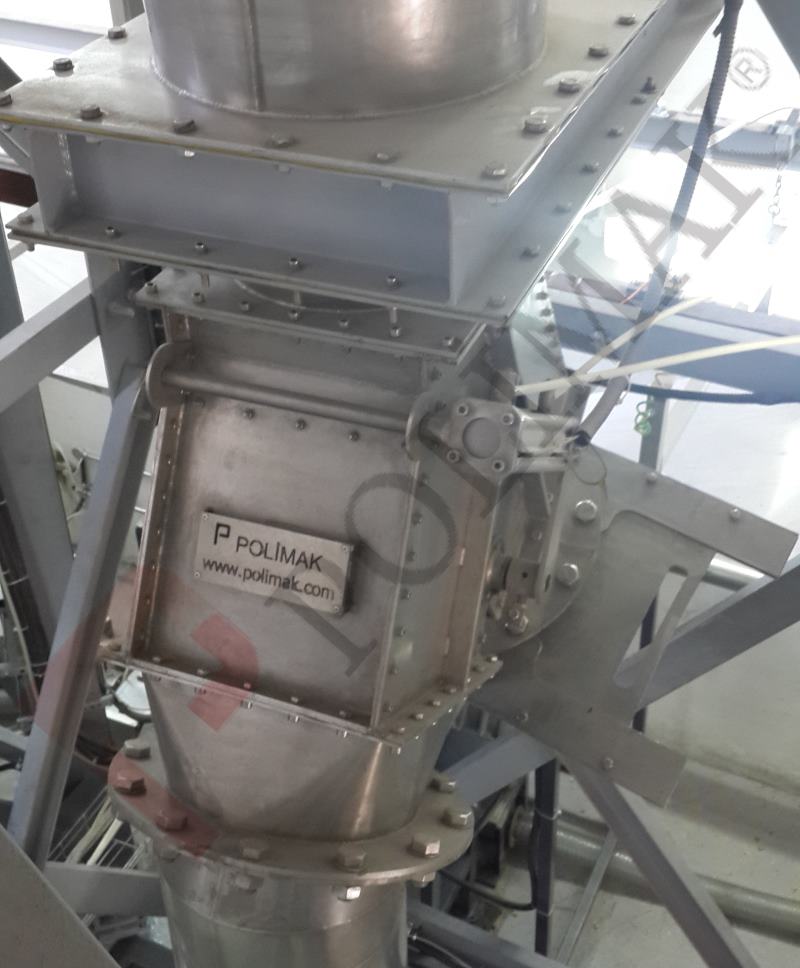
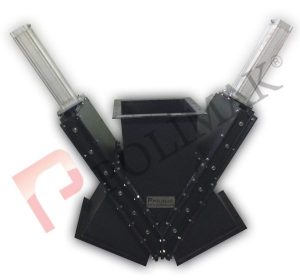
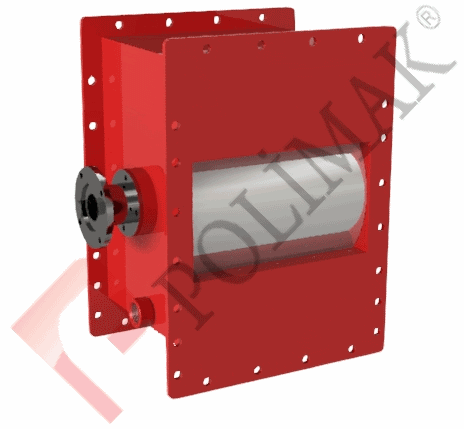
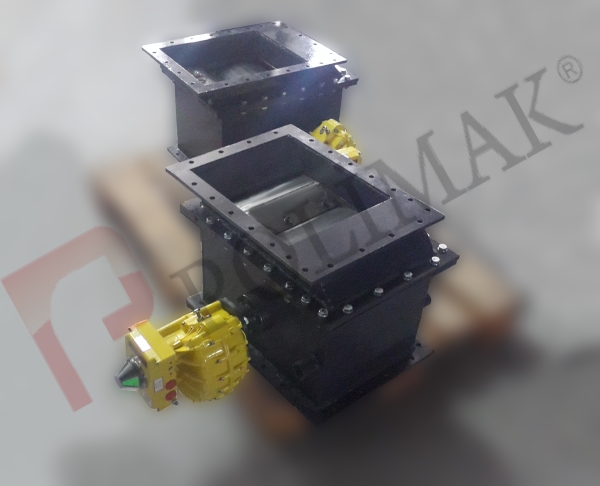
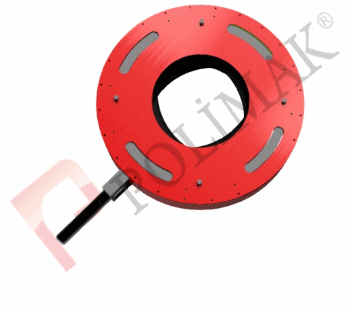
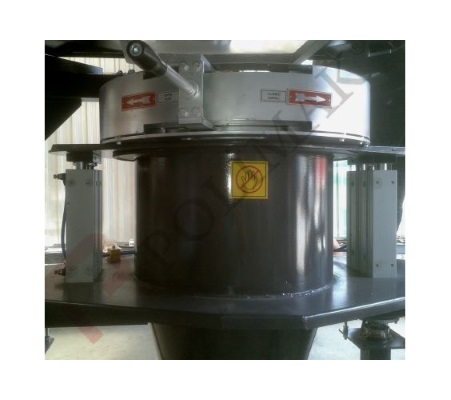
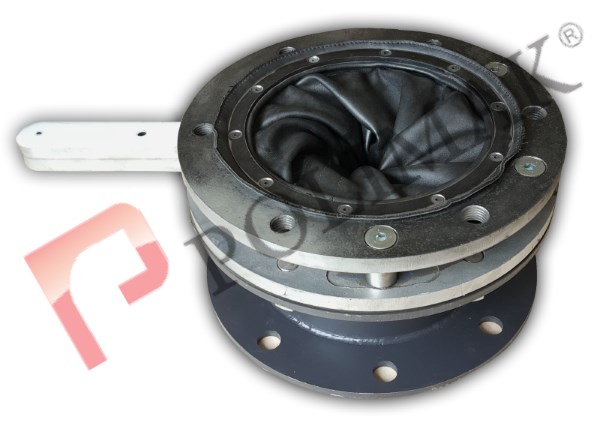
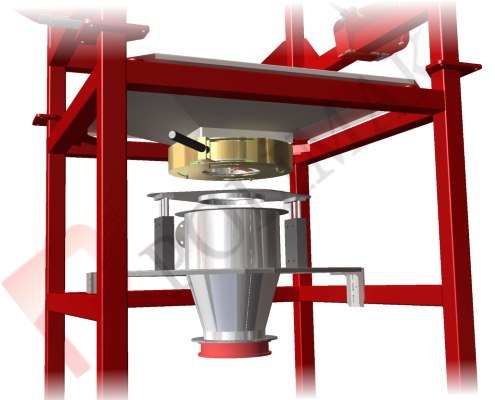
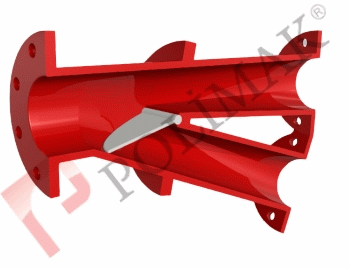

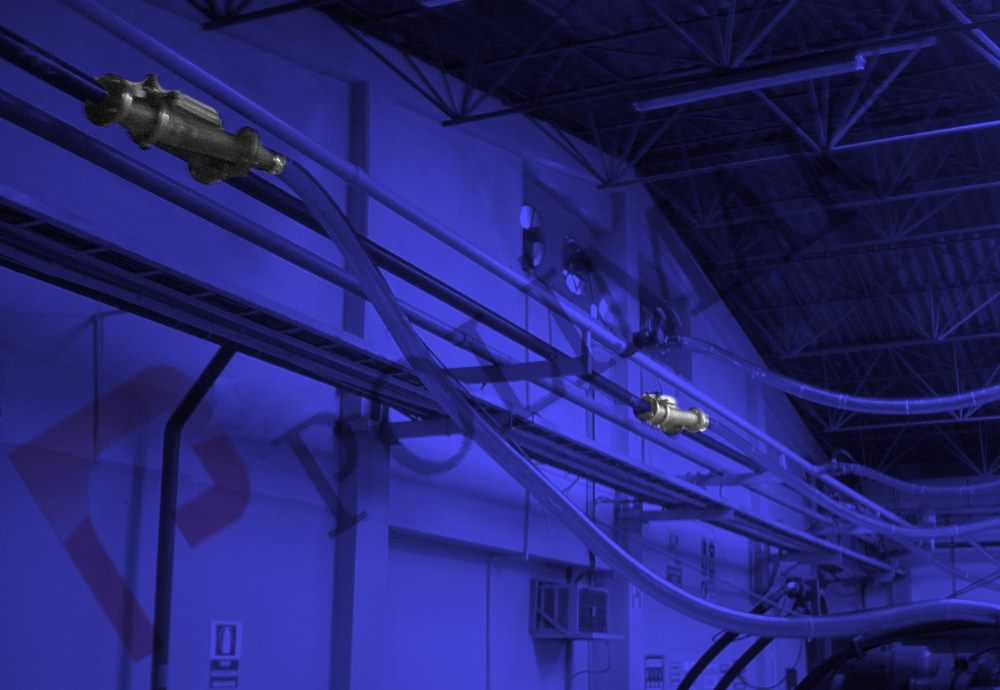
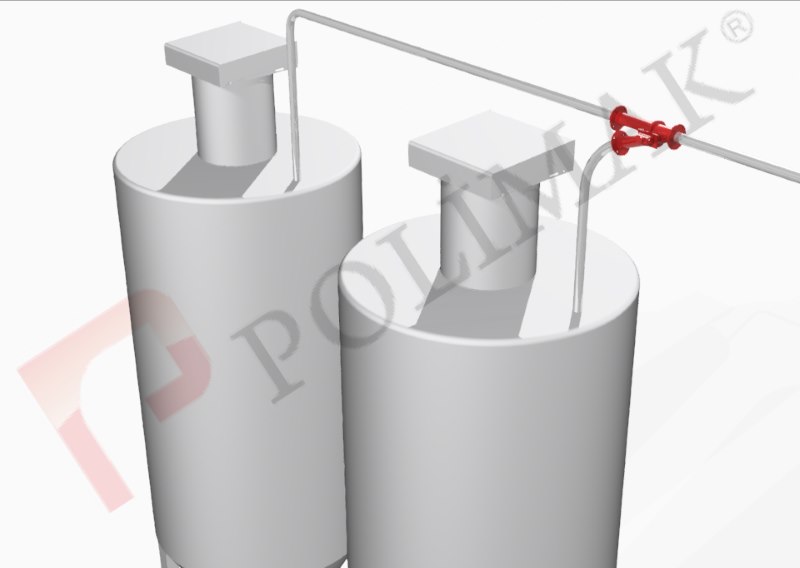
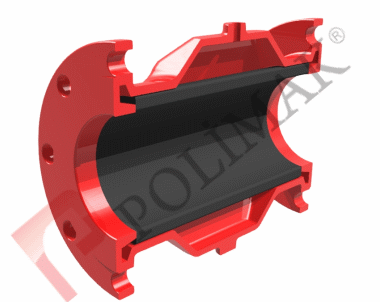
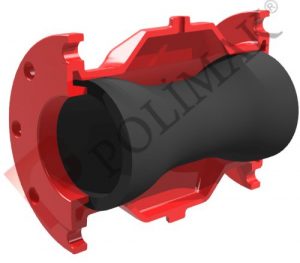
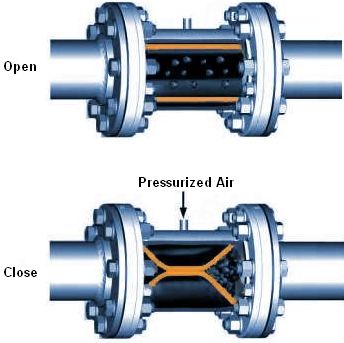
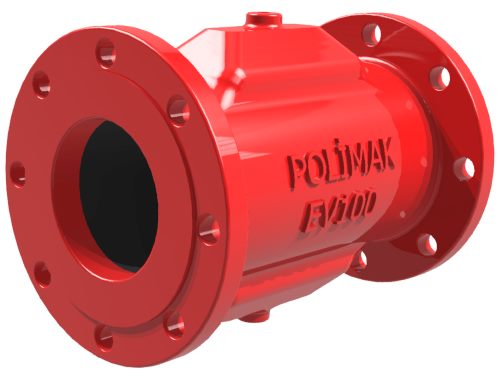
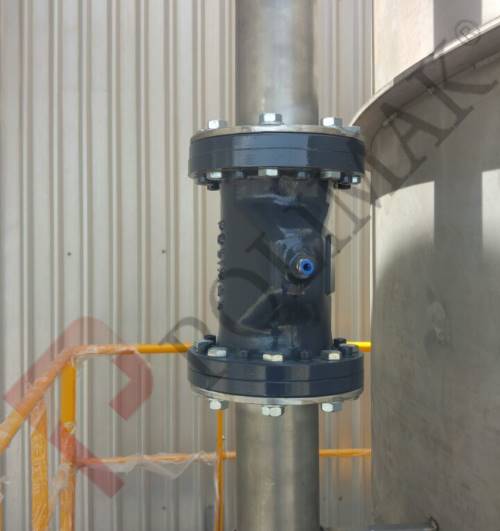
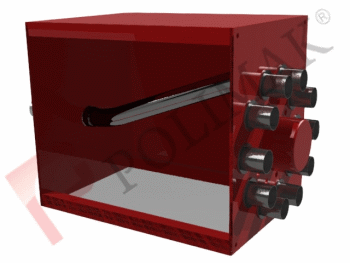
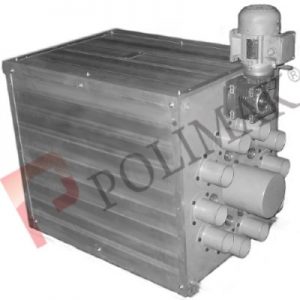
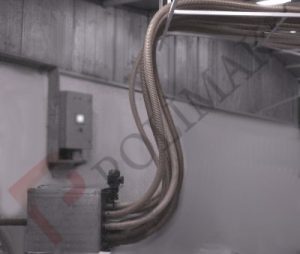
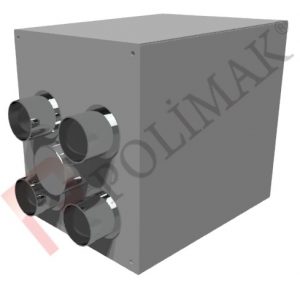
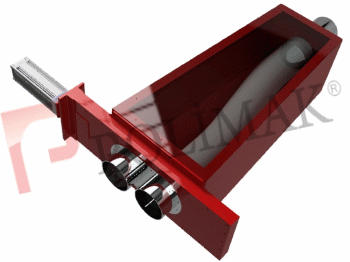
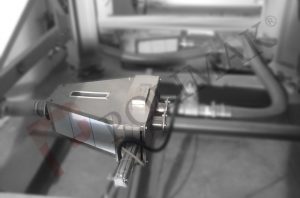
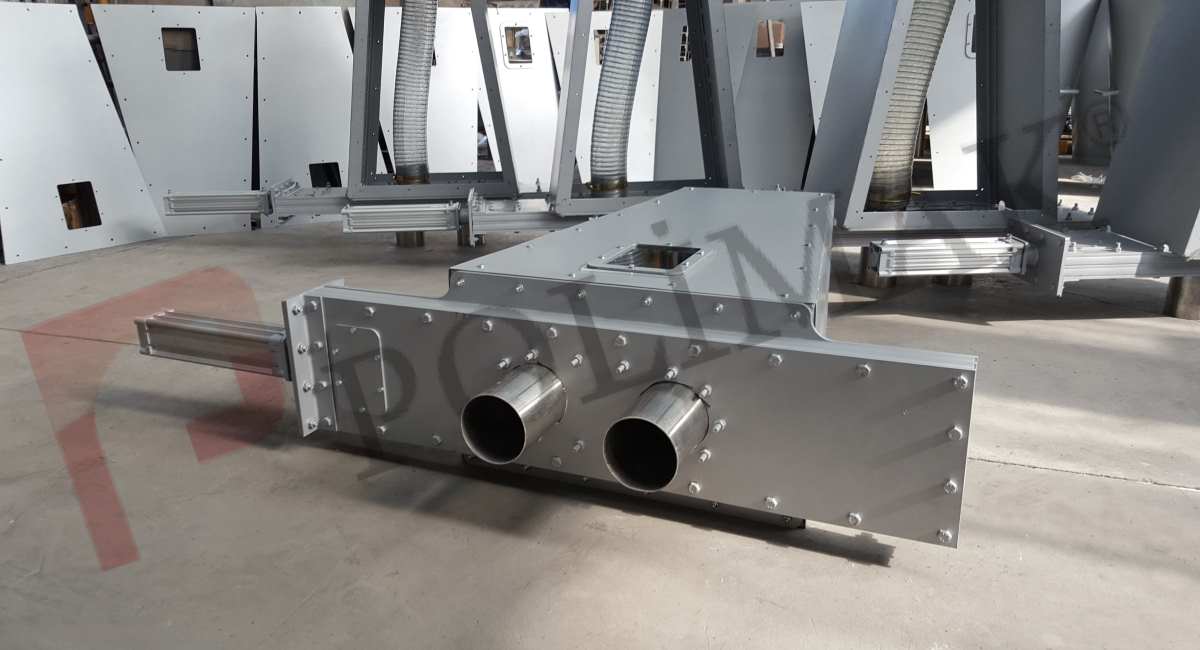
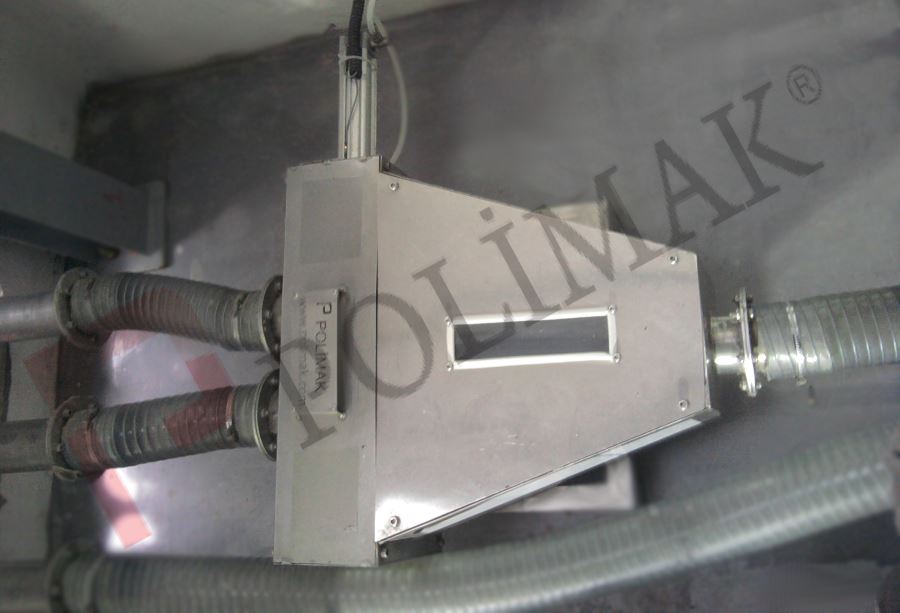
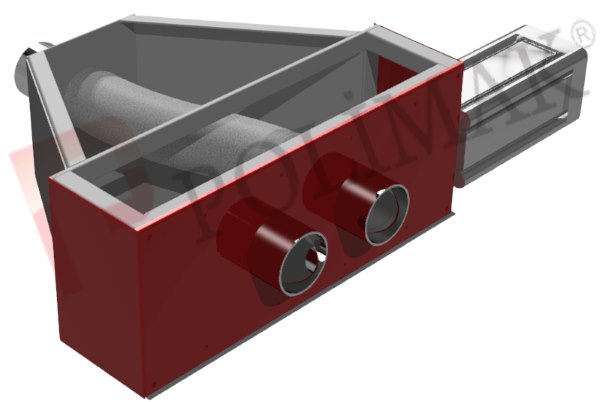
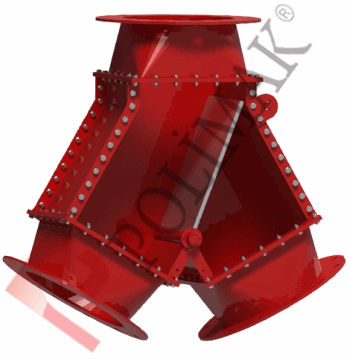
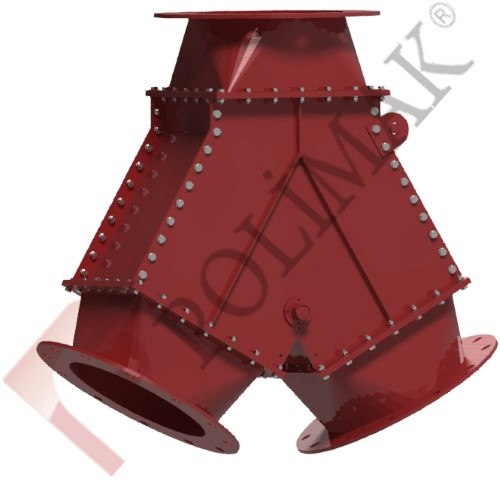
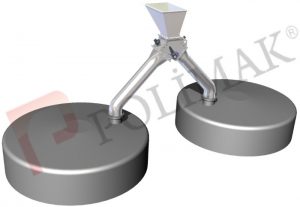
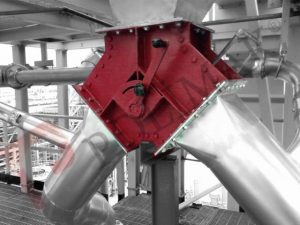
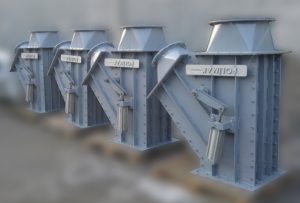
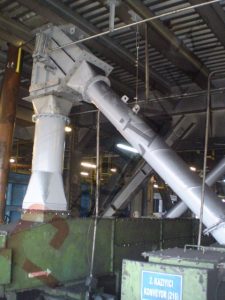
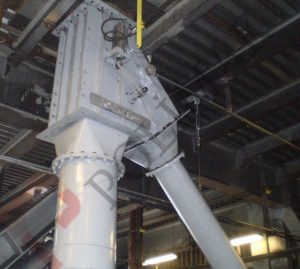
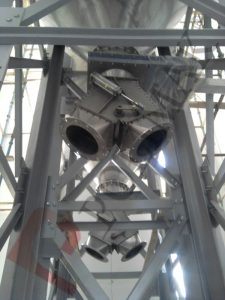
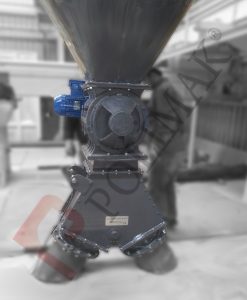
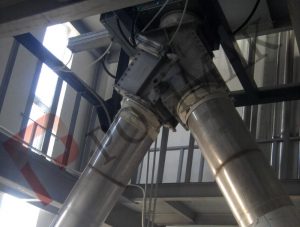
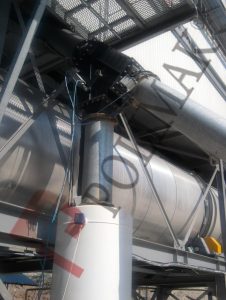
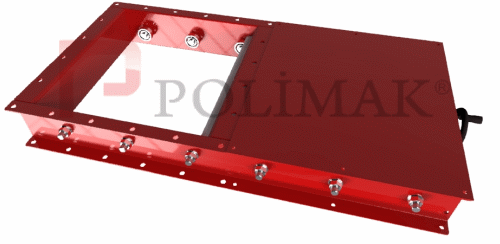
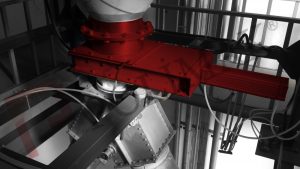
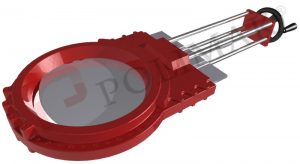
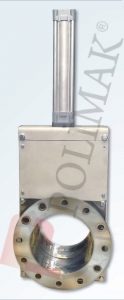
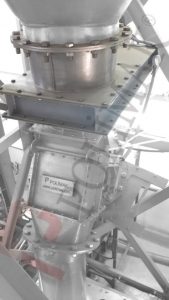
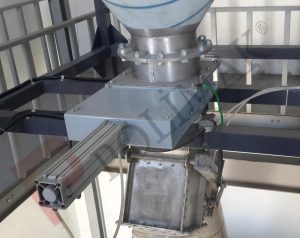
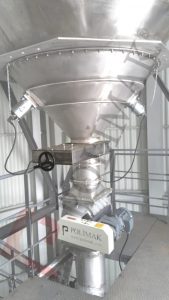
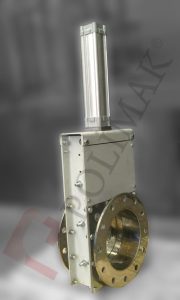
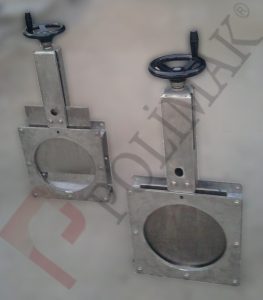
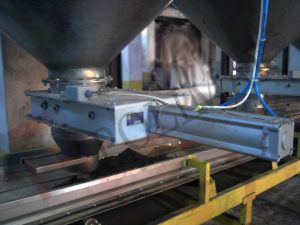
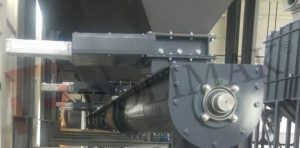

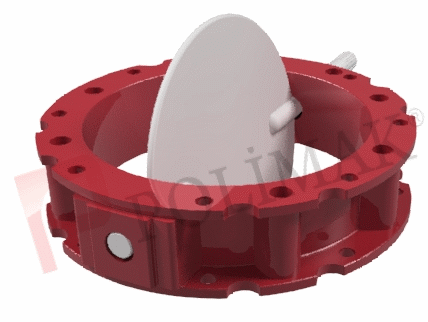
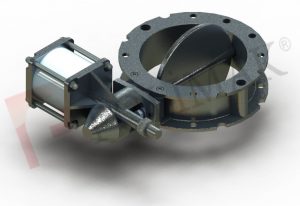

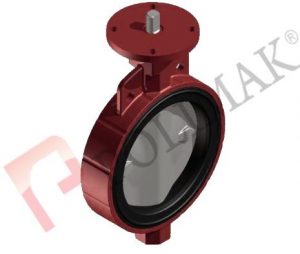
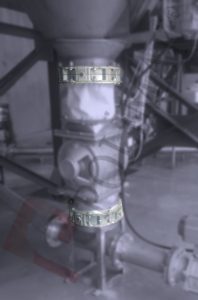
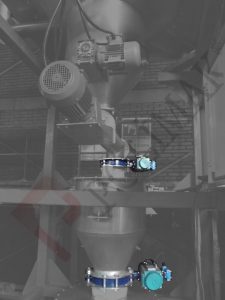
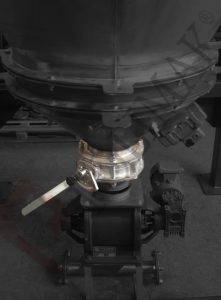
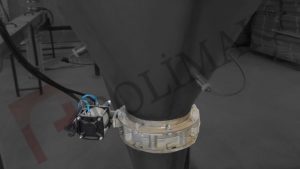
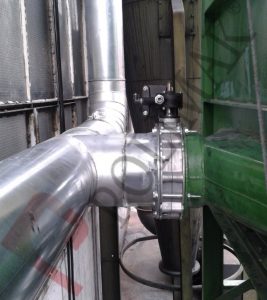
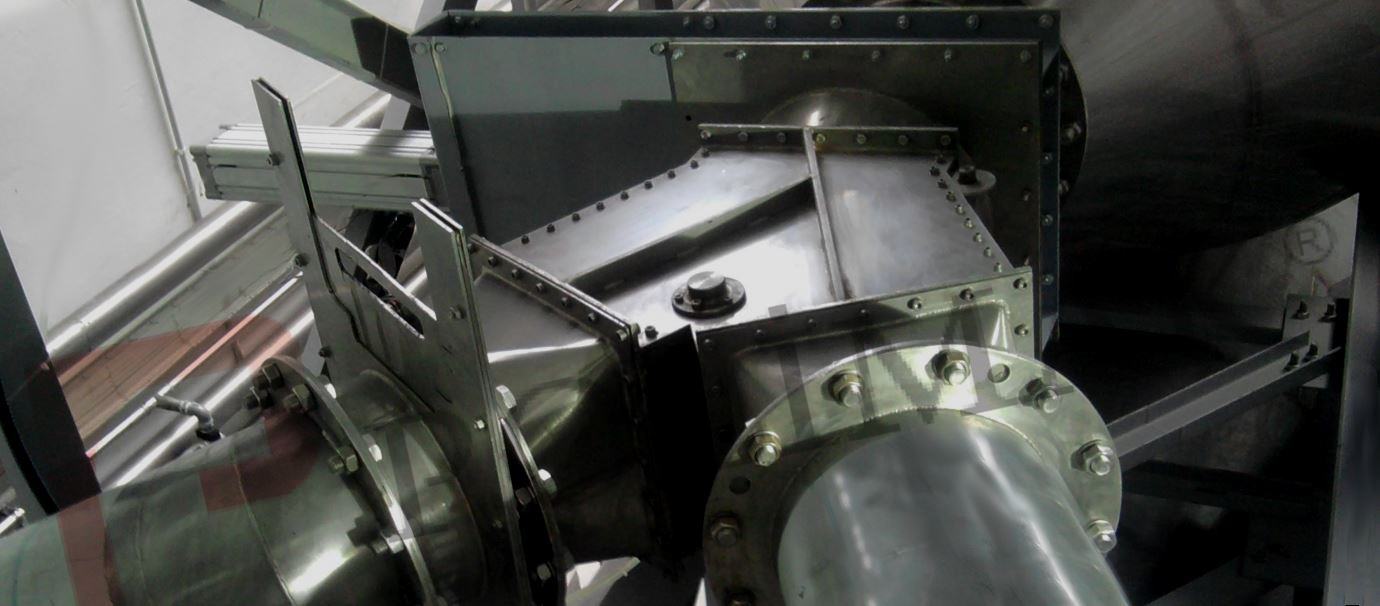
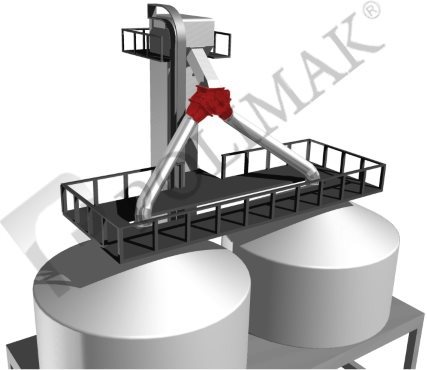
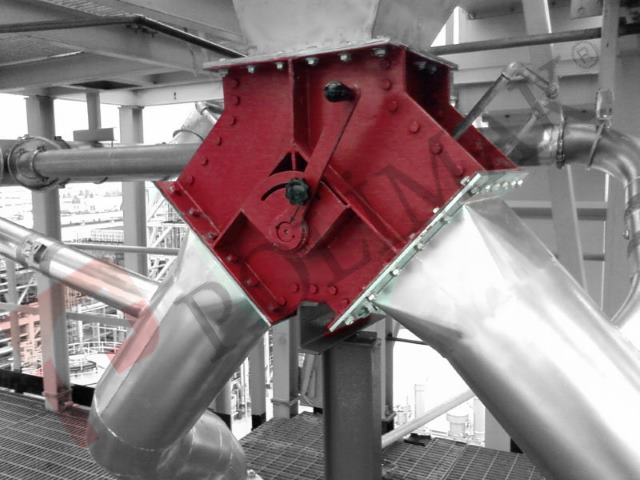
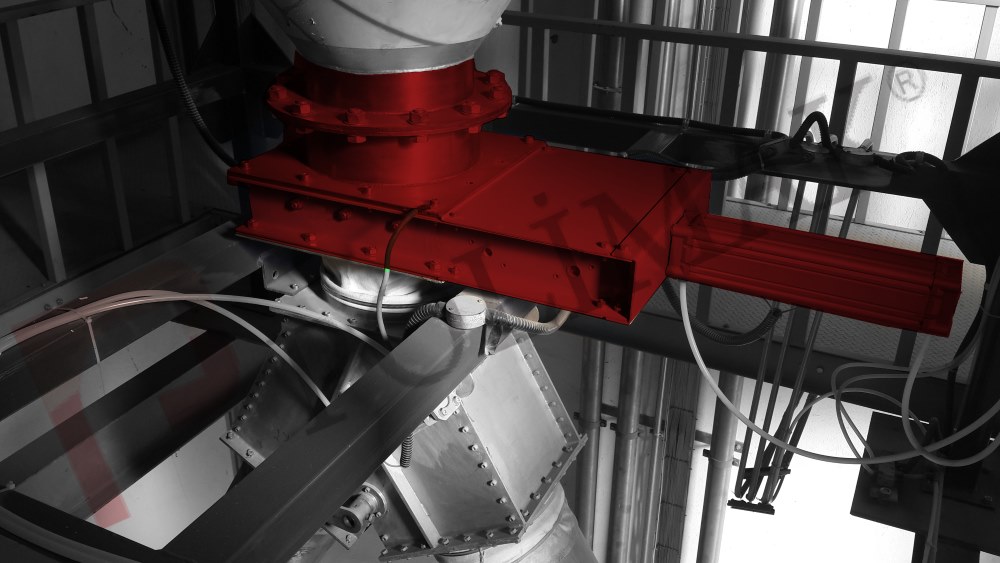 In pneumatic conveying applications diverter valves are used to divert bulk material flow from one feeding point to two or more receiving points. Bulk materials in powder, pellet, flake or granular form can be re-routed within pressure conveying and vacuum conveying lines.
In pneumatic conveying applications diverter valves are used to divert bulk material flow from one feeding point to two or more receiving points. Bulk materials in powder, pellet, flake or granular form can be re-routed within pressure conveying and vacuum conveying lines.

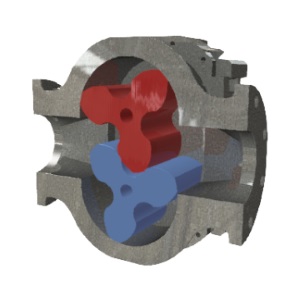
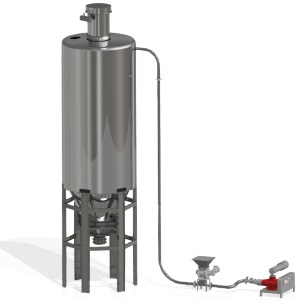
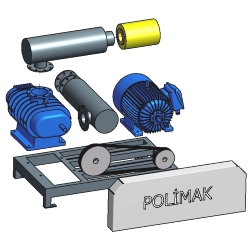
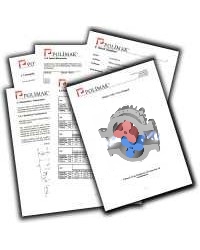
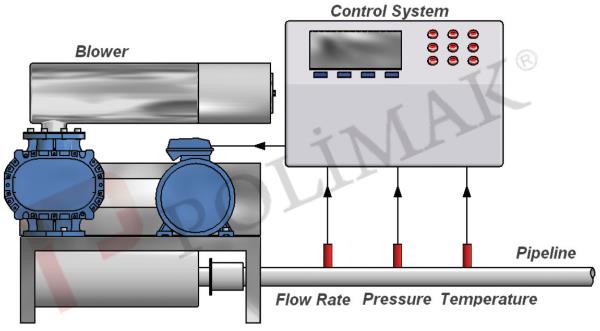




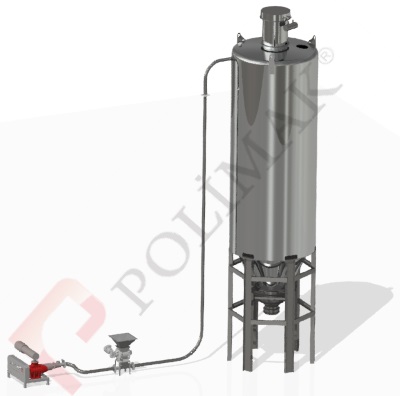
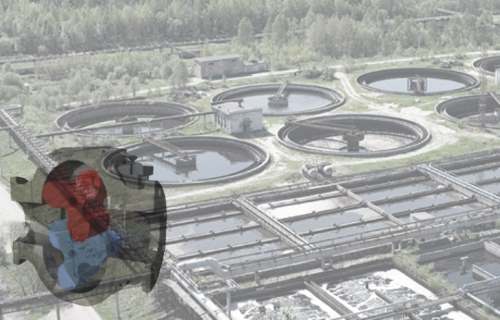
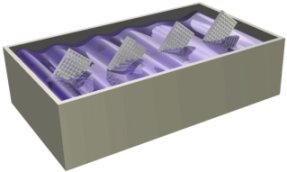
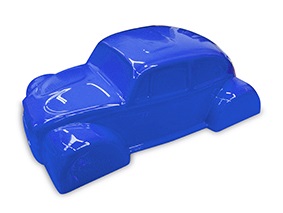
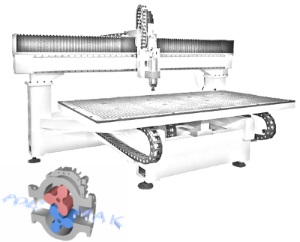
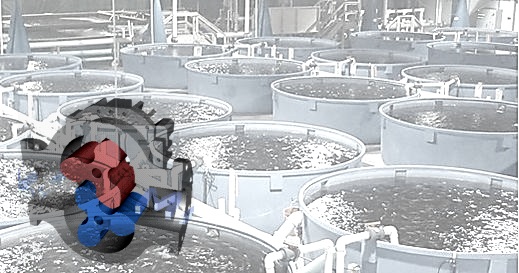
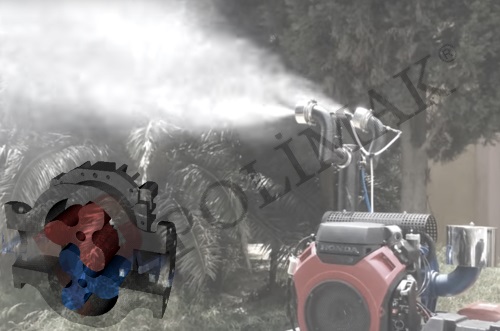
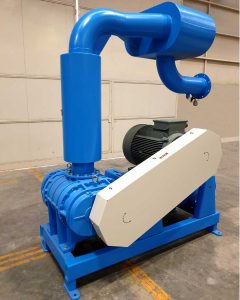
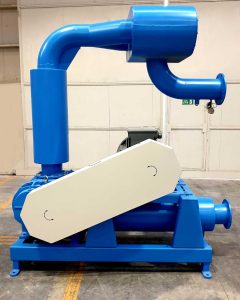
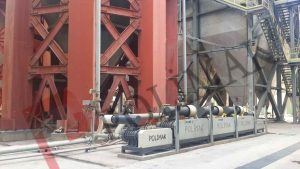
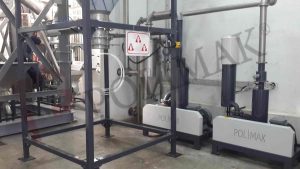
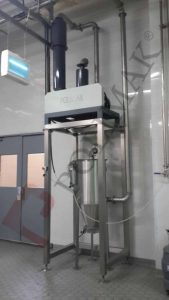
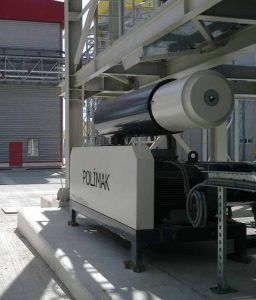
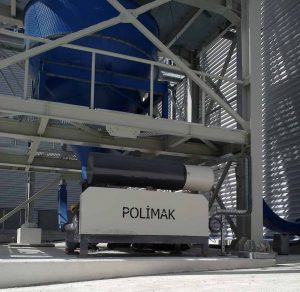
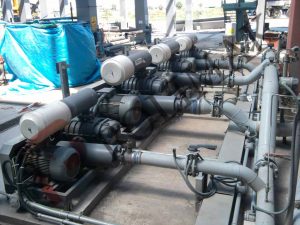
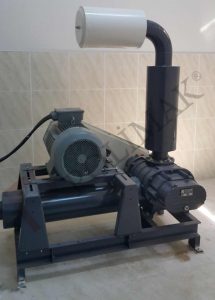
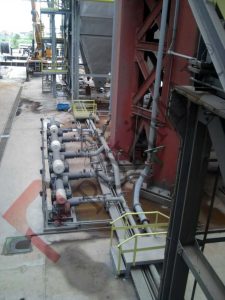
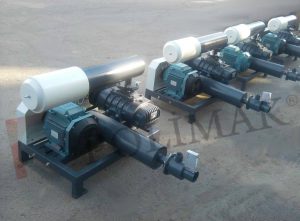
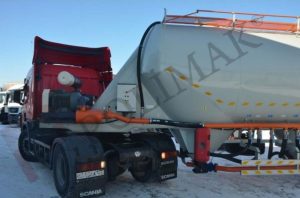
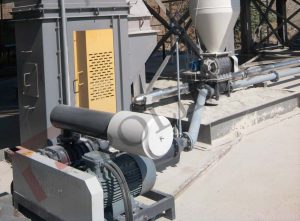
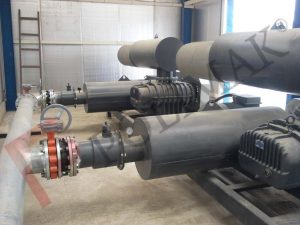
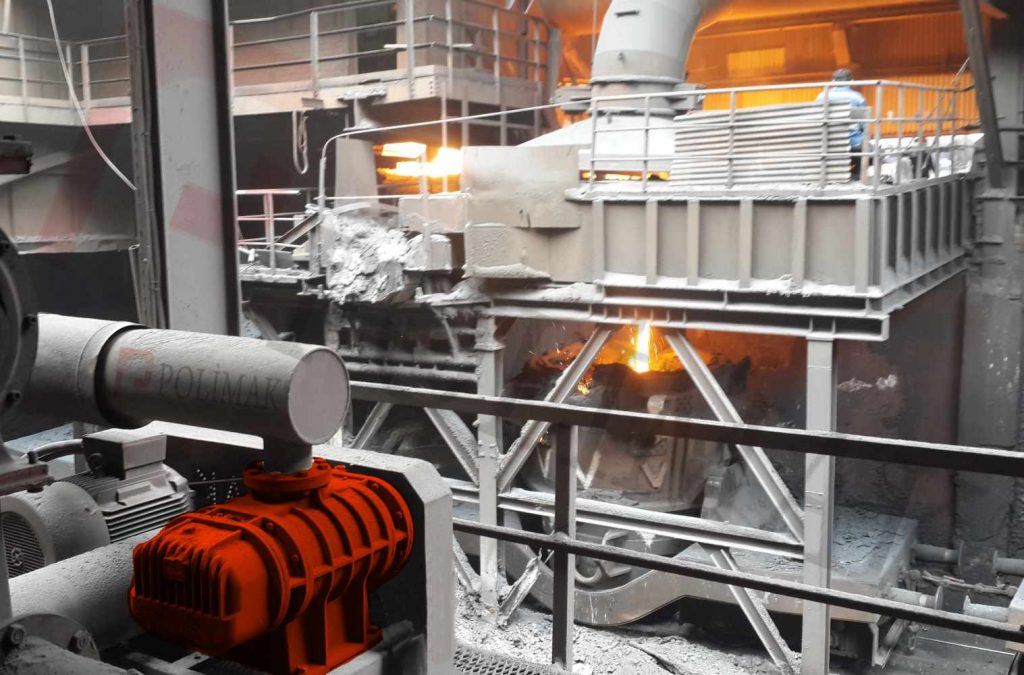
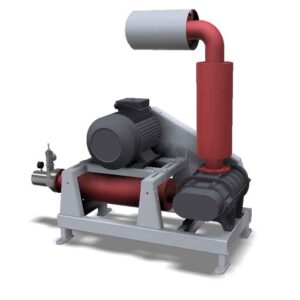
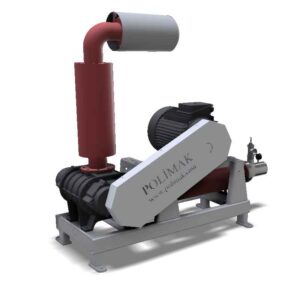
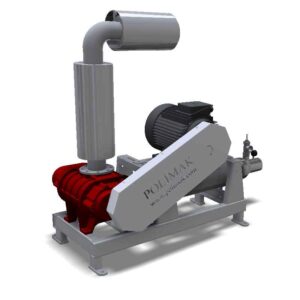
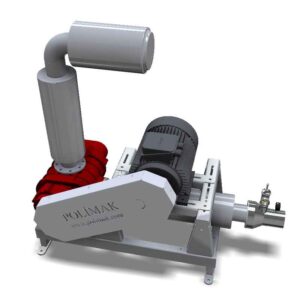
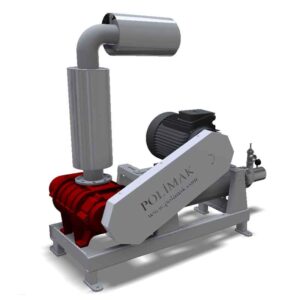
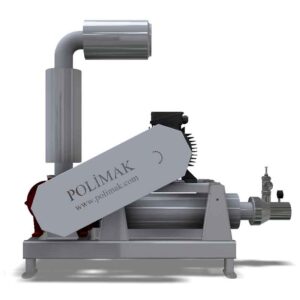
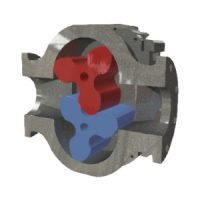
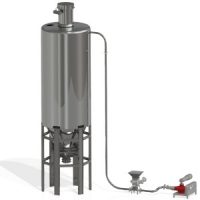
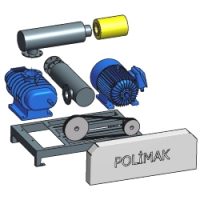
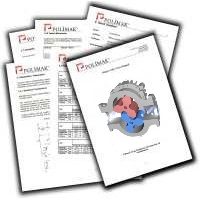
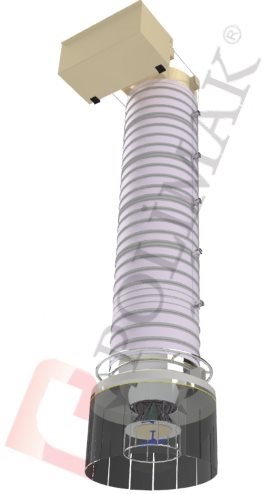
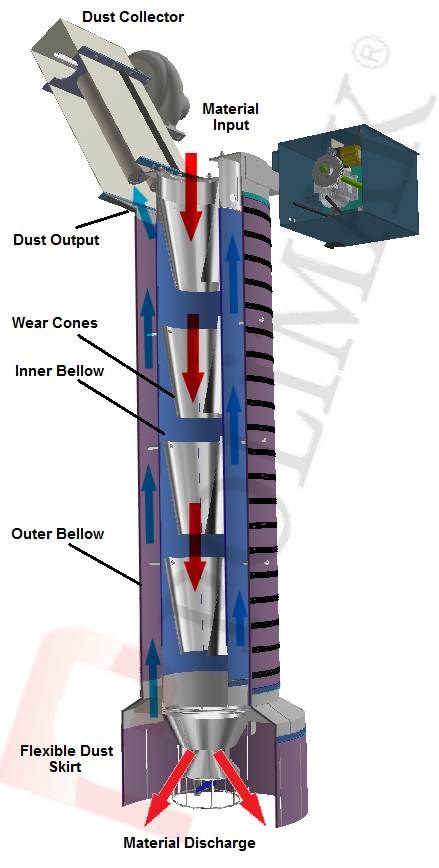
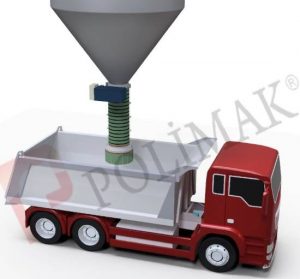
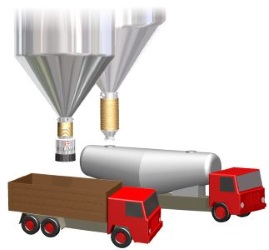
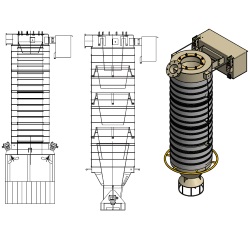
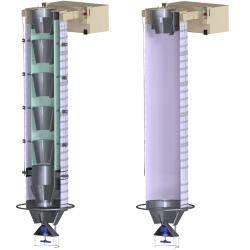
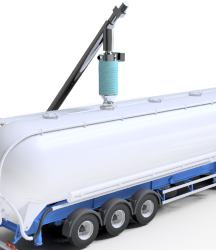
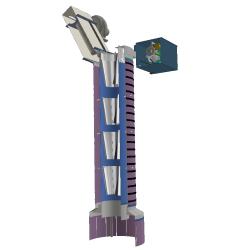
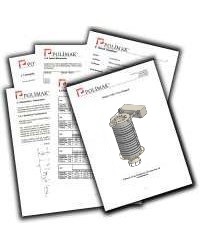
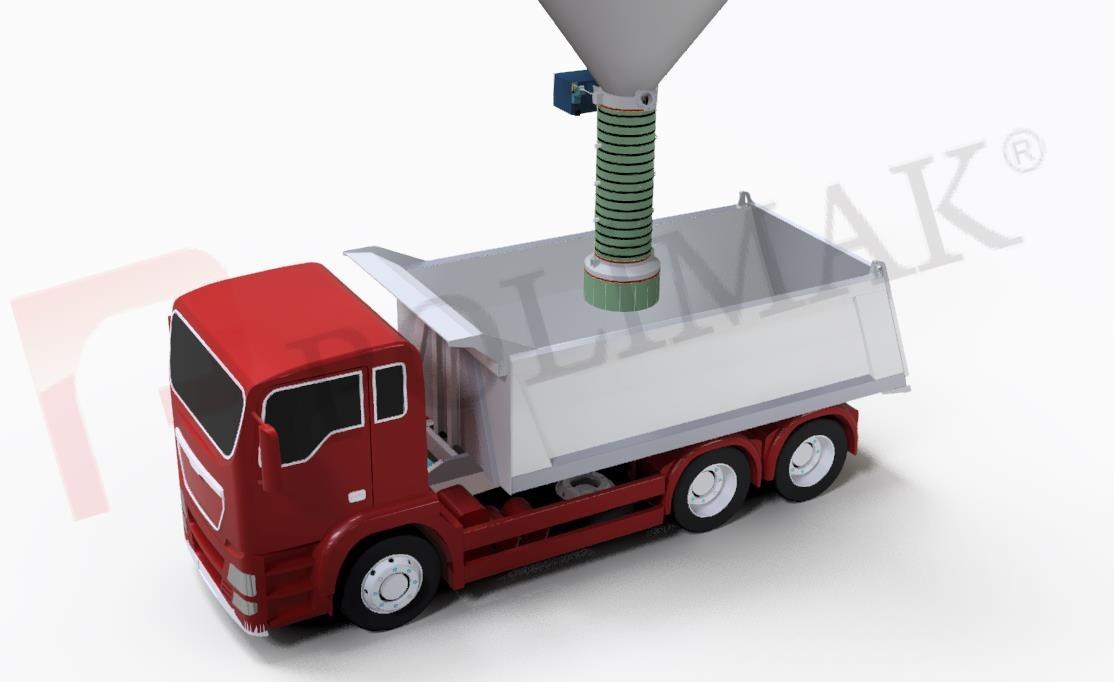 Telescopic open truck loading chutes are used for dust free loading of powdered and granular bulk solids into flatbed open trucks. Free flowing dry bulk solids in powder and granule form are easily transferred from silos, hoppers, containers, screw feeder to open trucks. Built in flexible dust skirt prevents the dust emission outside of the loading region.
Telescopic open truck loading chutes are used for dust free loading of powdered and granular bulk solids into flatbed open trucks. Free flowing dry bulk solids in powder and granule form are easily transferred from silos, hoppers, containers, screw feeder to open trucks. Built in flexible dust skirt prevents the dust emission outside of the loading region.
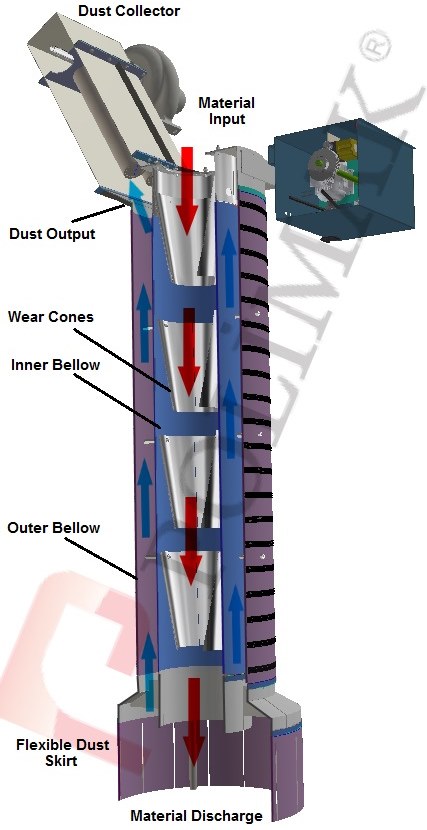
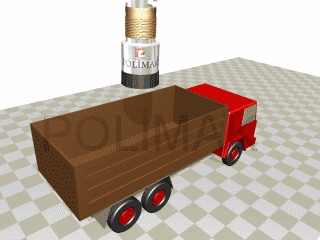
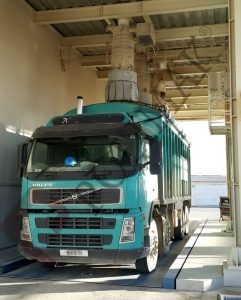
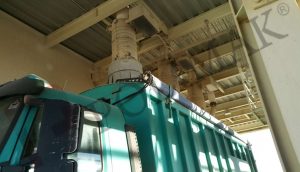
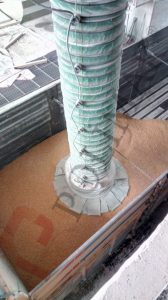
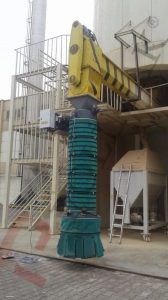
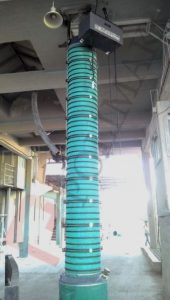
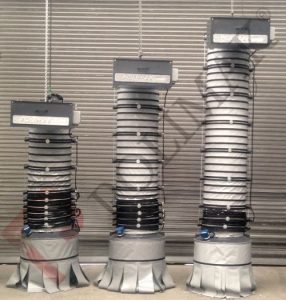
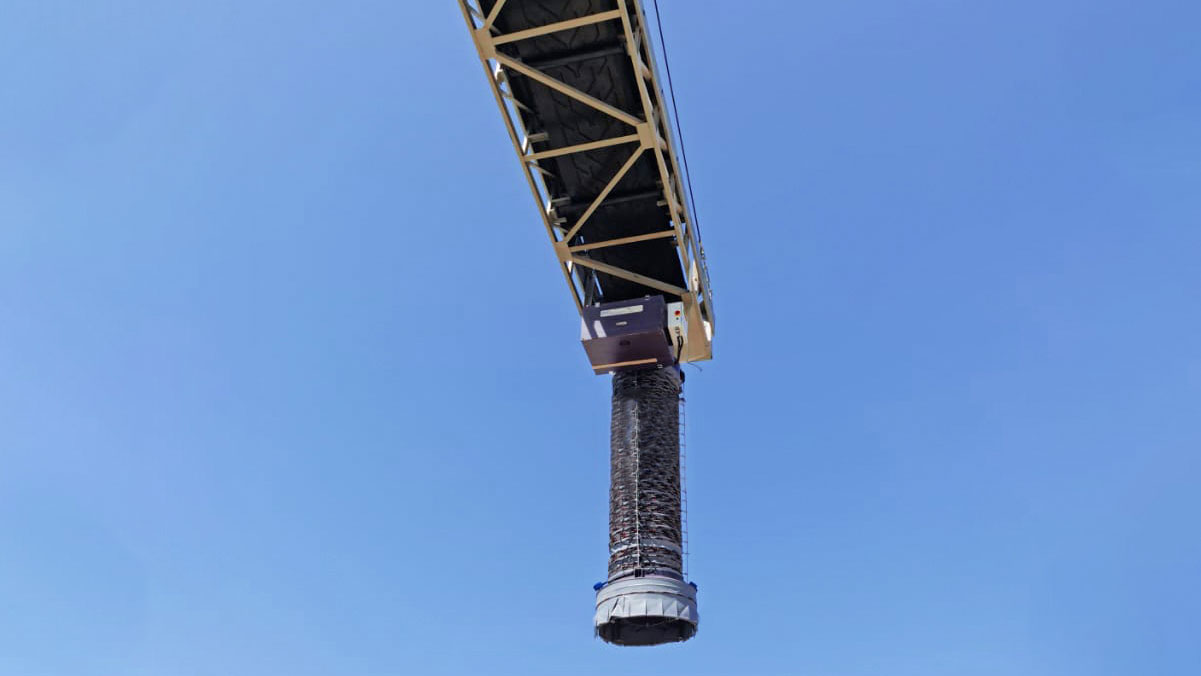 Telescopic ship loading chutes are used for dust free loading of powdered and granular bulk solids into dry bulk ships. Free flowing dry bulk solids in powder and granule form are easily transferred from silos, hoppers, containers, screw feeder to dry bulk carrier ships. Built in flexible dust skirt prevents the dust emission outside of the loading region.
Telescopic ship loading chutes are used for dust free loading of powdered and granular bulk solids into dry bulk ships. Free flowing dry bulk solids in powder and granule form are easily transferred from silos, hoppers, containers, screw feeder to dry bulk carrier ships. Built in flexible dust skirt prevents the dust emission outside of the loading region.
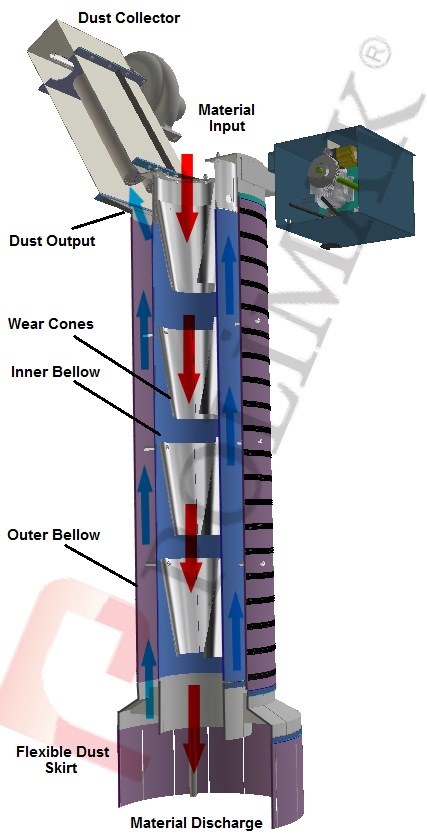
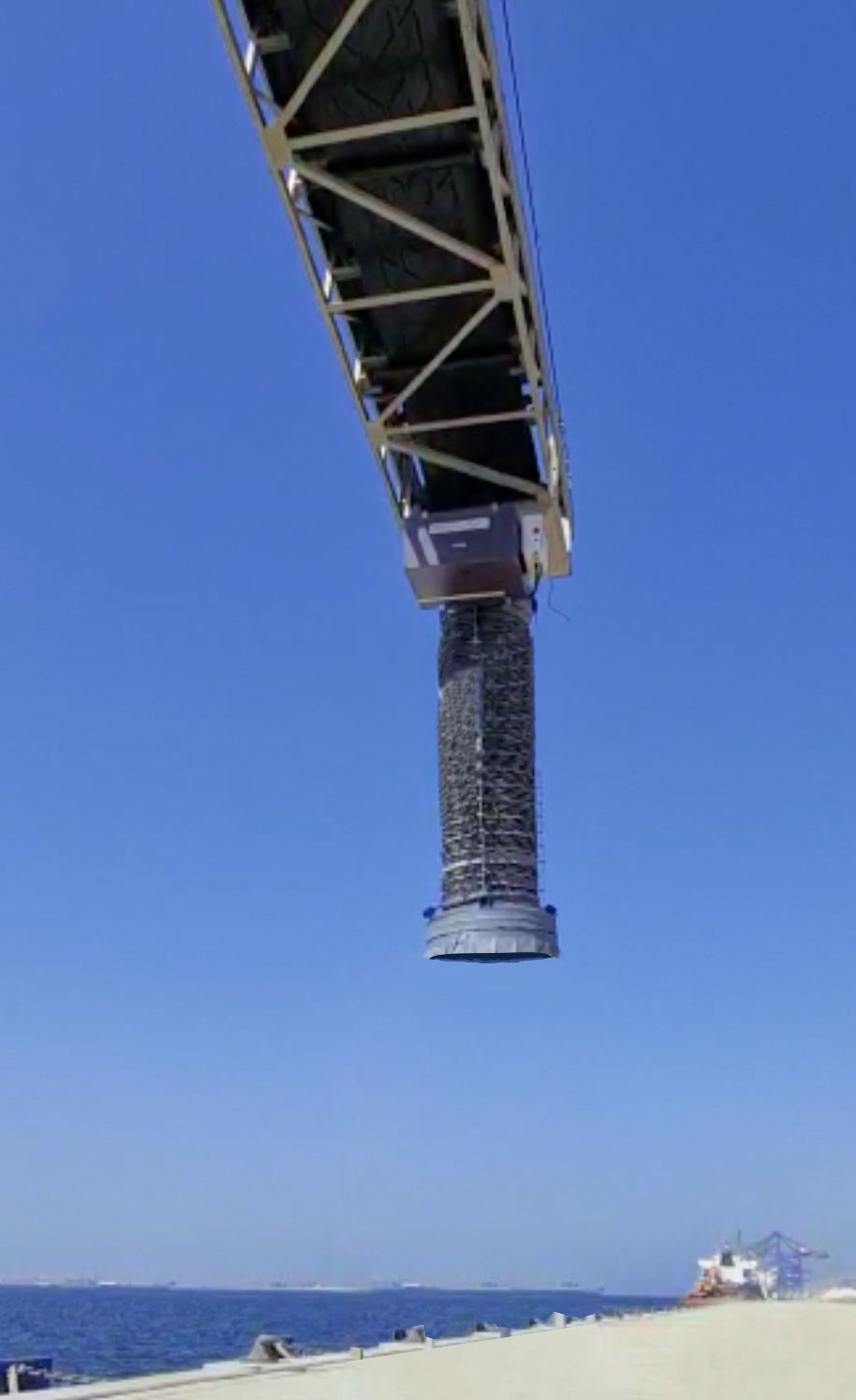
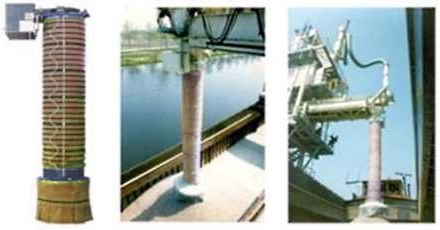
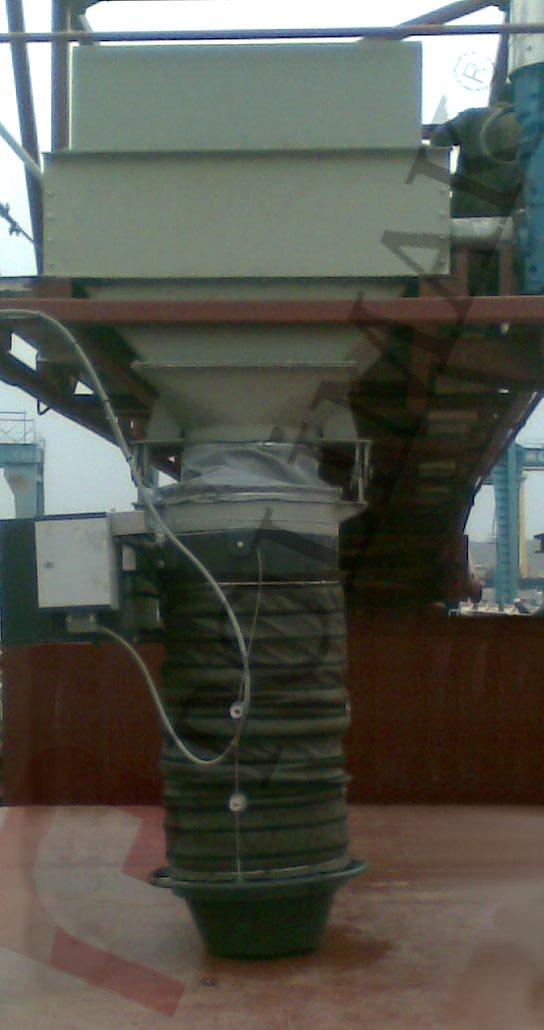
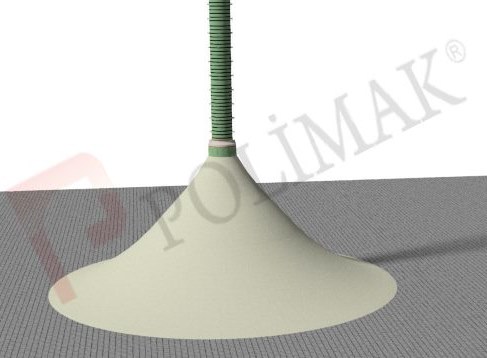 Telescopic stockpile loading chutes are used for dust free discharging of powdered and granular bulk solids to stockpiles. Free flowing dry bulk solids in powder and granule form are easily transferred from silos, hoppers, containers, screw feeder to stockpile basement. Built in flexible dust skirt prevents the dust emission outside of the loading region.
Telescopic stockpile loading chutes are used for dust free discharging of powdered and granular bulk solids to stockpiles. Free flowing dry bulk solids in powder and granule form are easily transferred from silos, hoppers, containers, screw feeder to stockpile basement. Built in flexible dust skirt prevents the dust emission outside of the loading region.
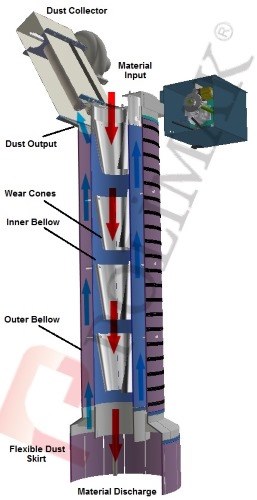
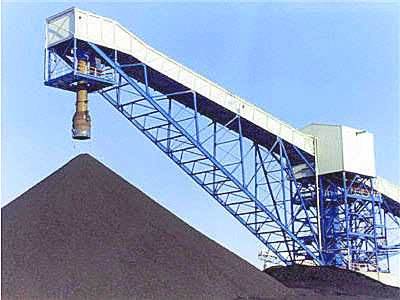
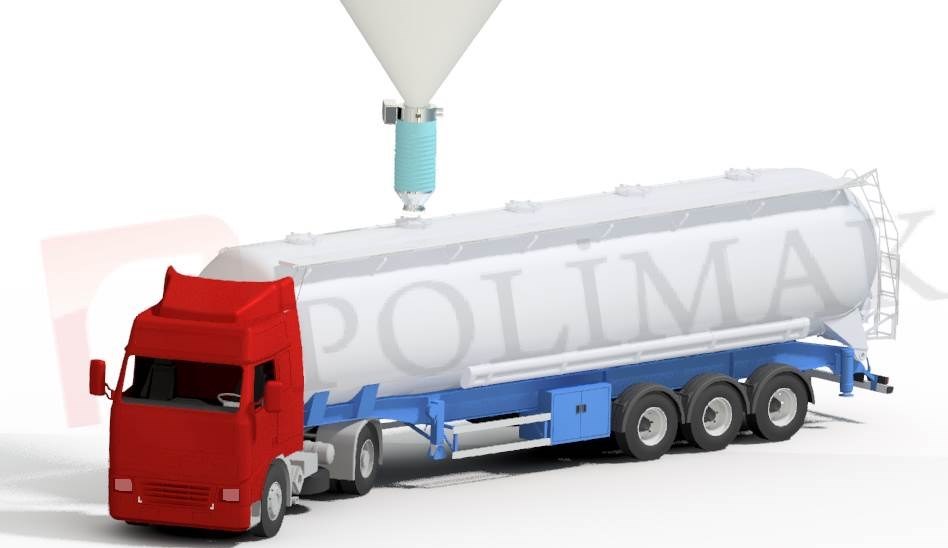 Telescopic bulk tanker loading chutes are used for dust free loading of powdered and granular bulk solids into bulk tanker trucks. Free flowing dry bulk solids in powder and granule form are easily transferred from silos, hoppers, containers and screw feeders to tanker trucks.
Telescopic bulk tanker loading chutes are used for dust free loading of powdered and granular bulk solids into bulk tanker trucks. Free flowing dry bulk solids in powder and granule form are easily transferred from silos, hoppers, containers and screw feeders to tanker trucks.
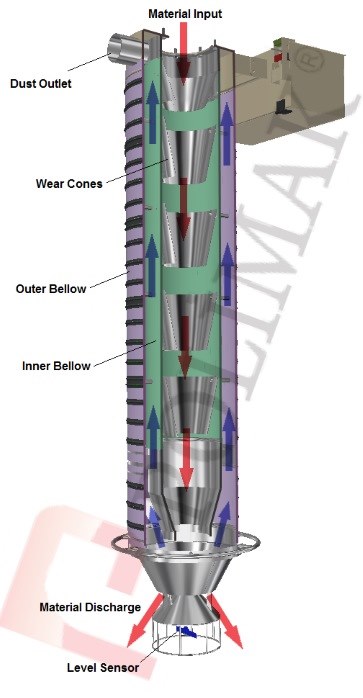
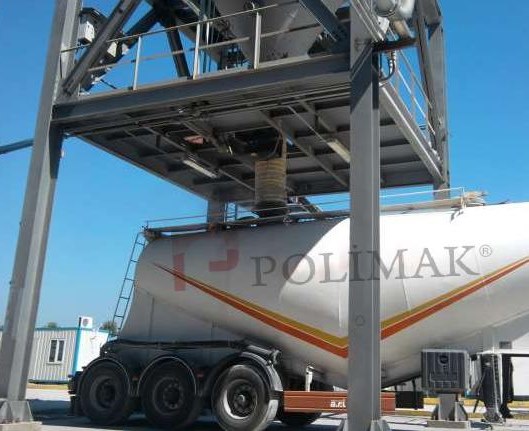
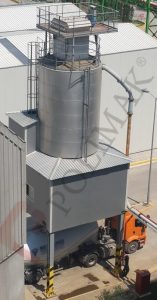
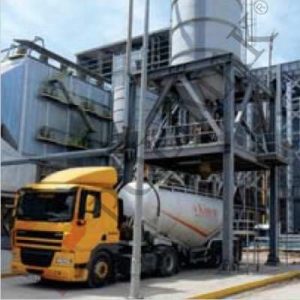
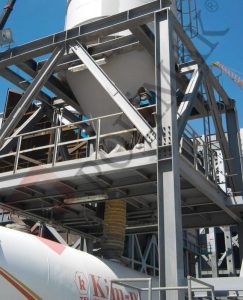
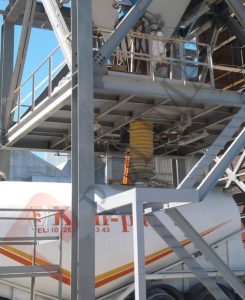
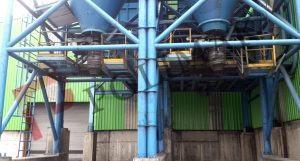
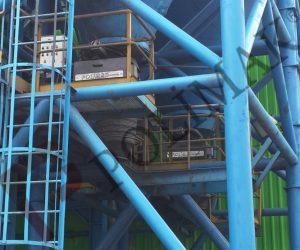
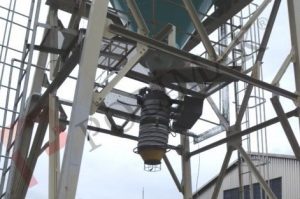
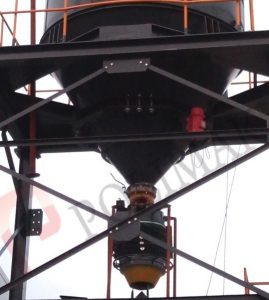
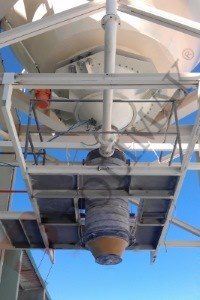
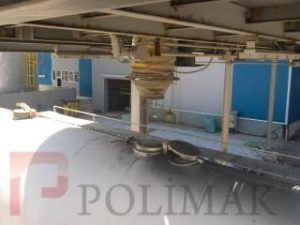
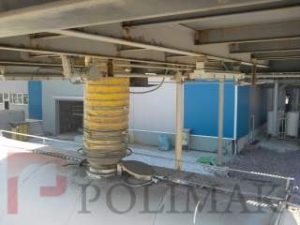
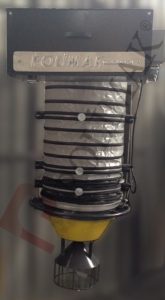
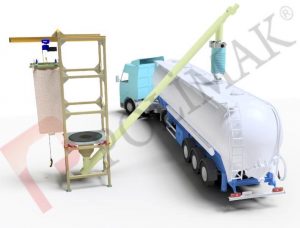
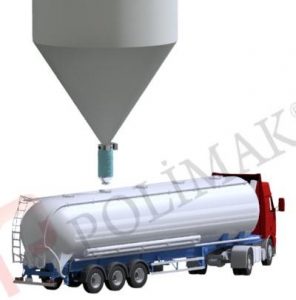
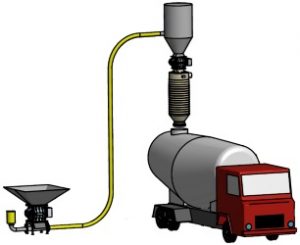
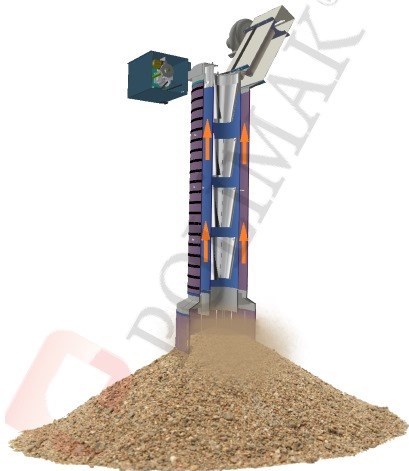
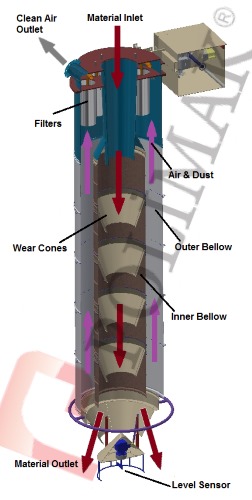
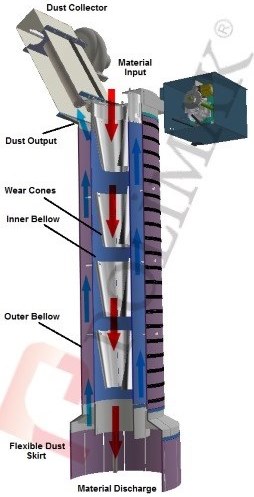
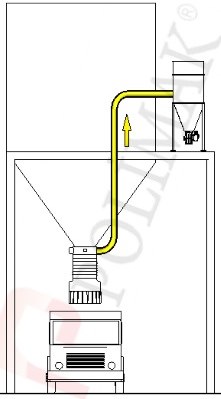
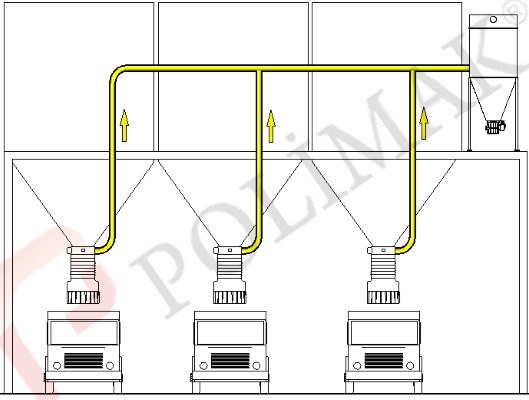
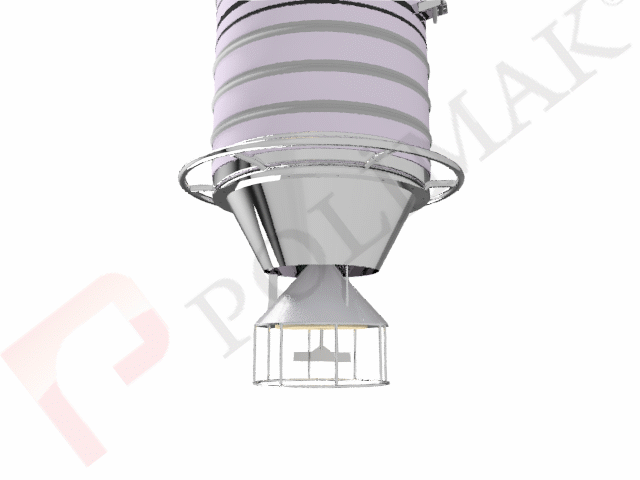
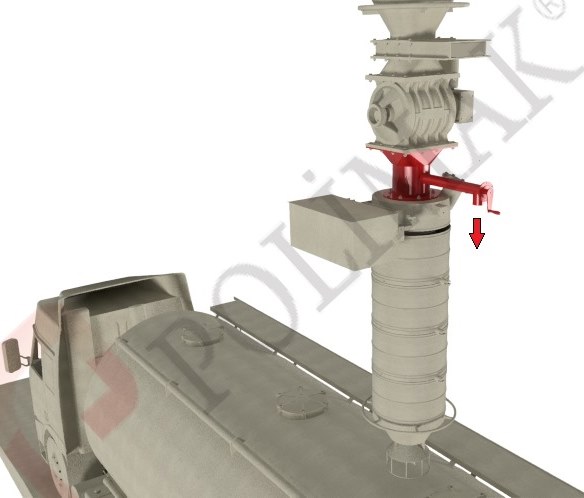
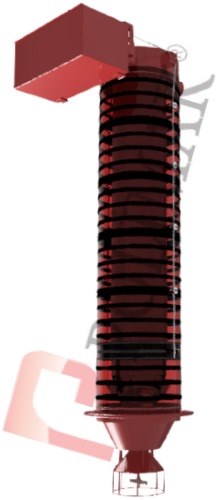
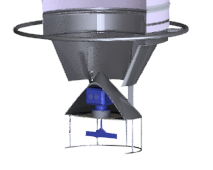
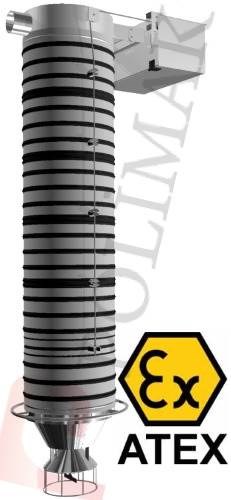
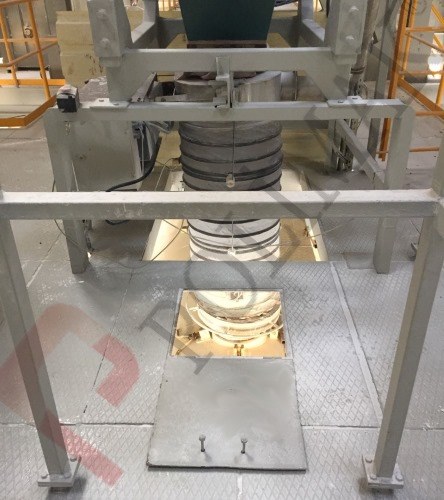
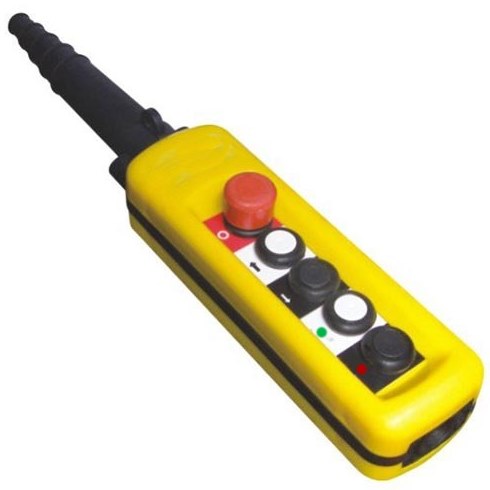
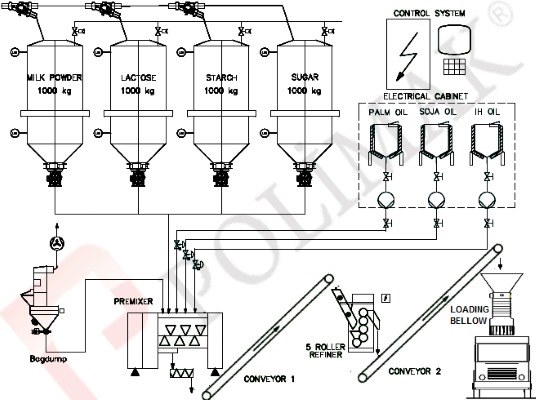
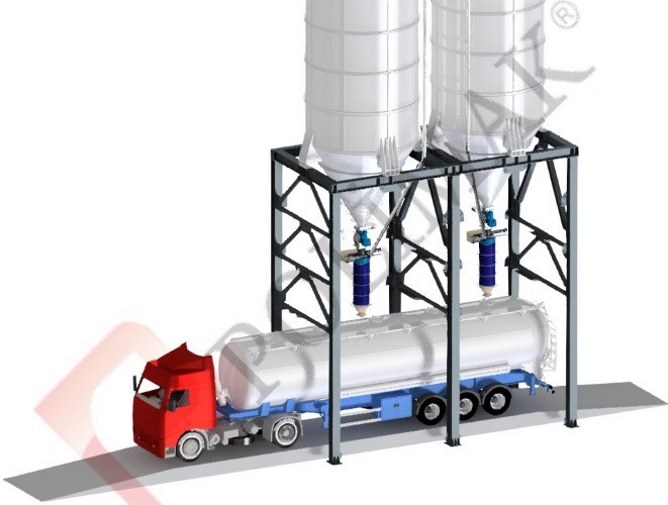
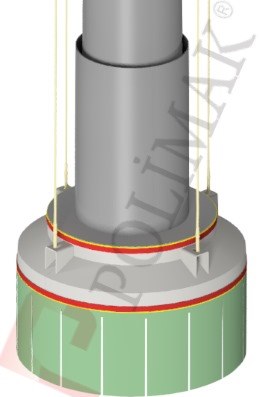
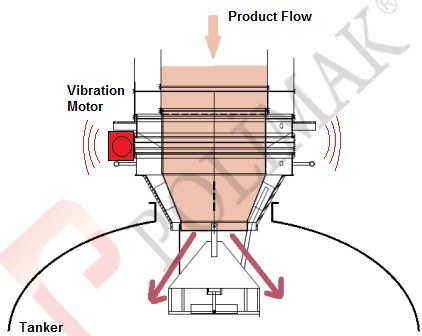
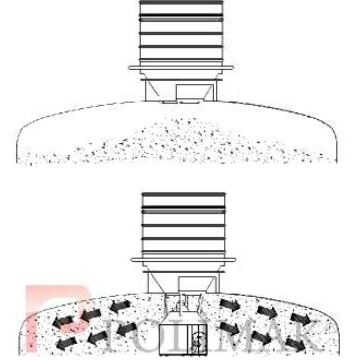
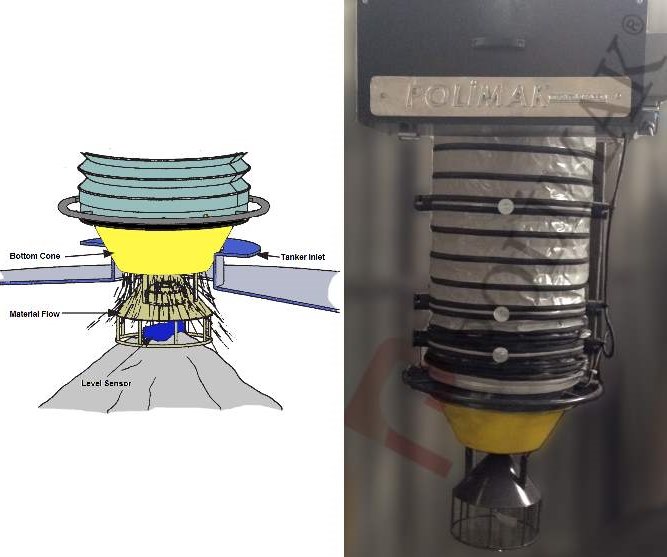
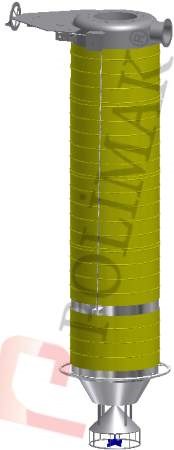
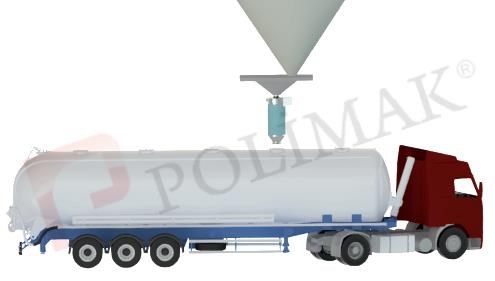
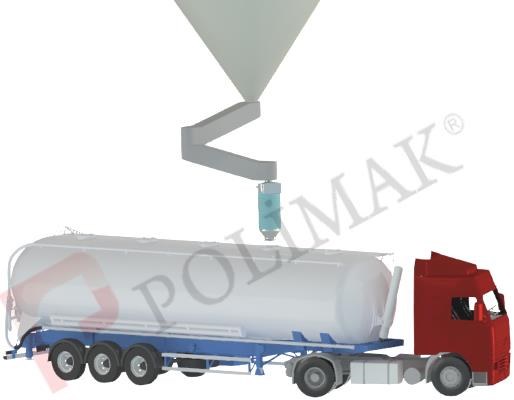
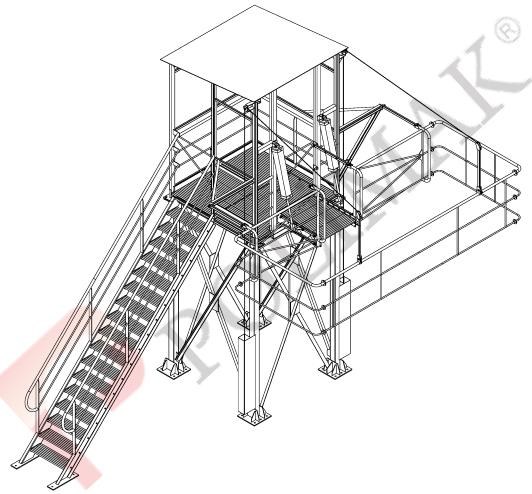
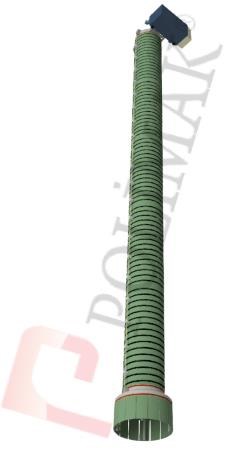

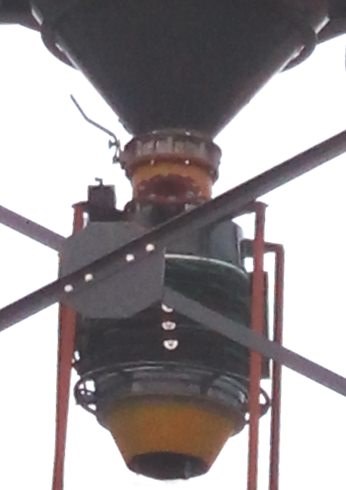
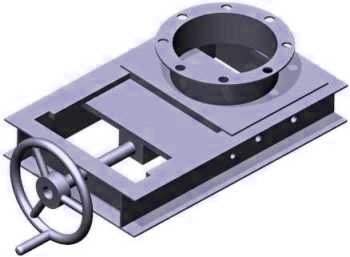
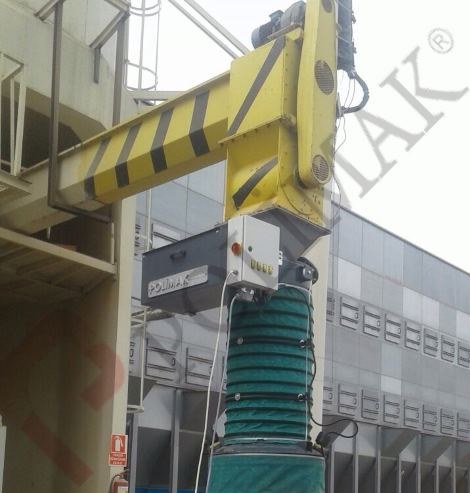
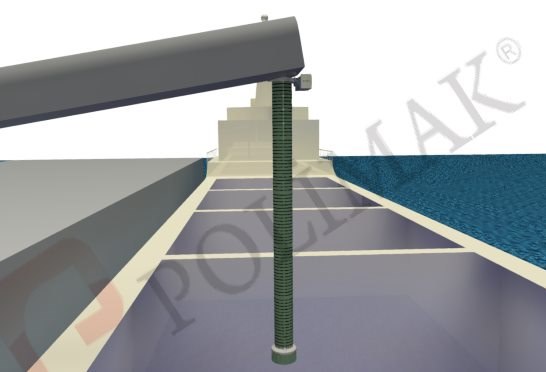
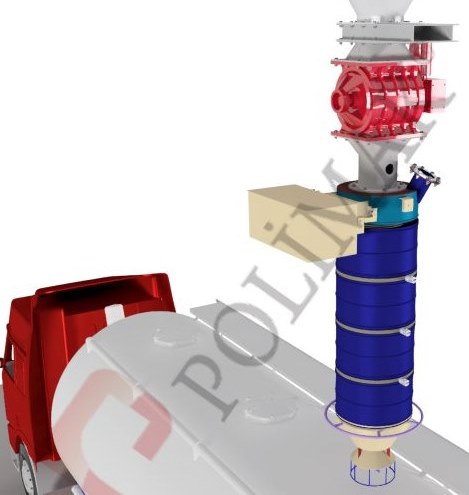
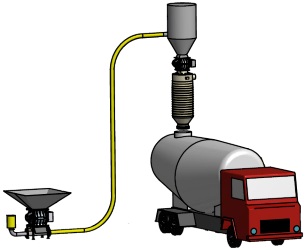
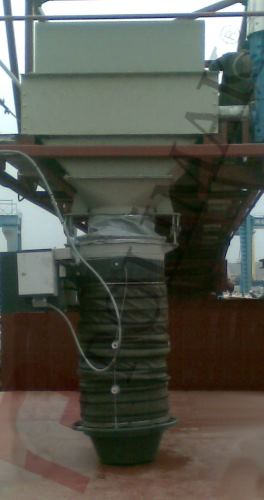
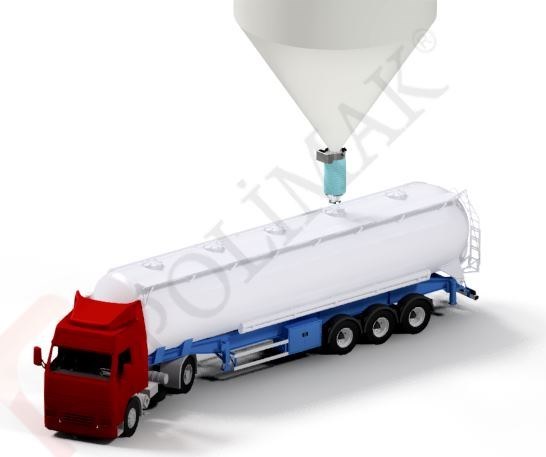
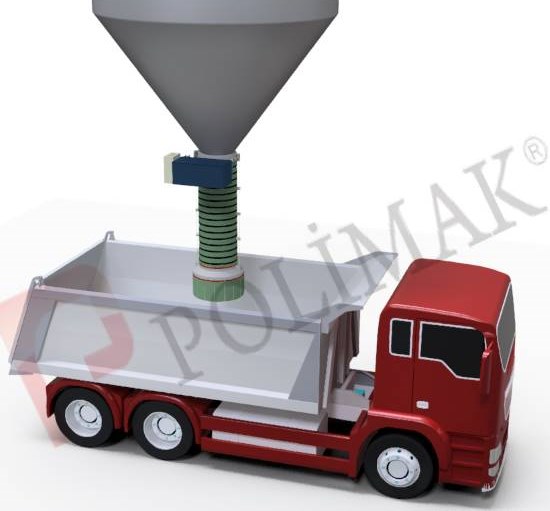
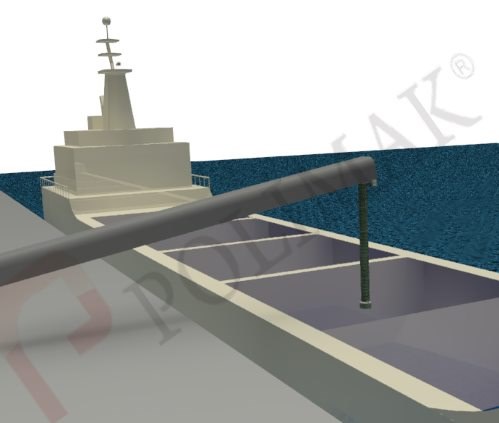
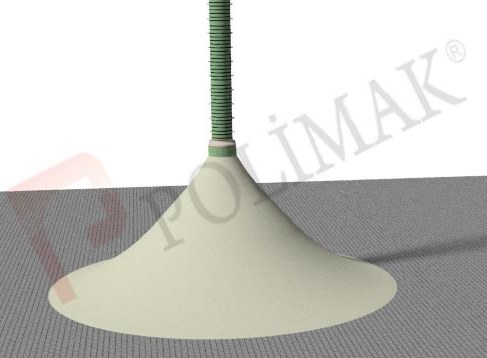
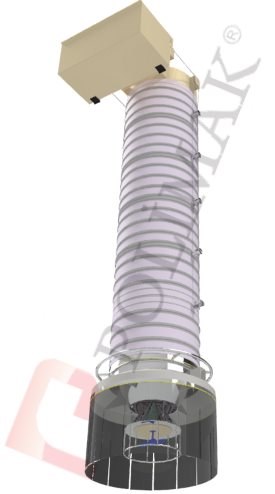
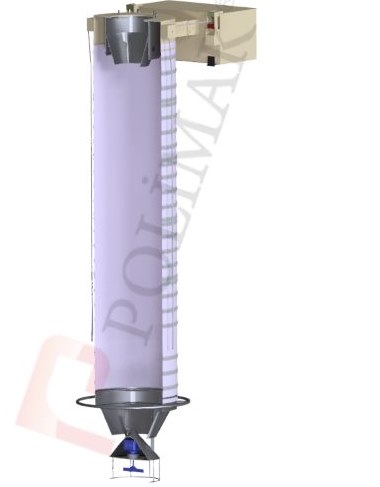
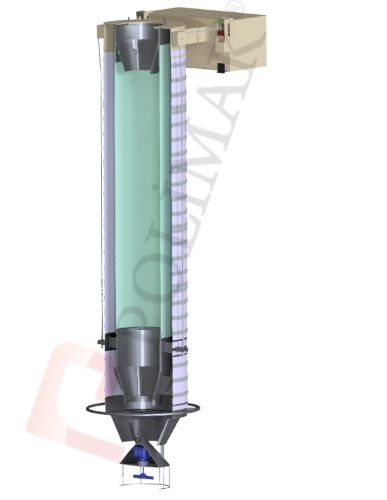
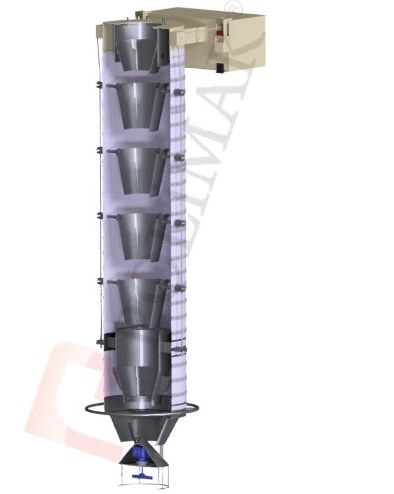
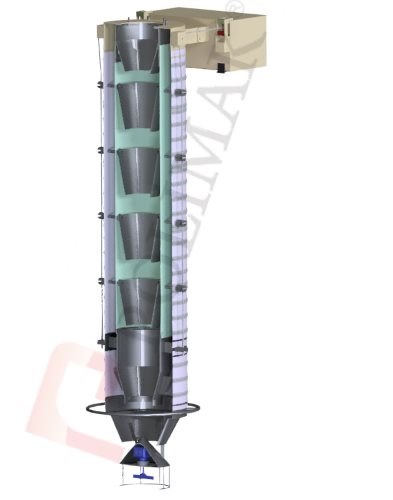
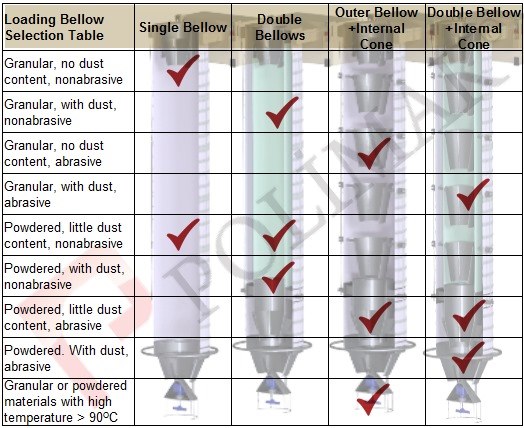
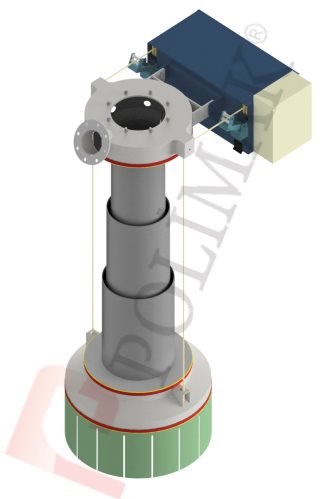
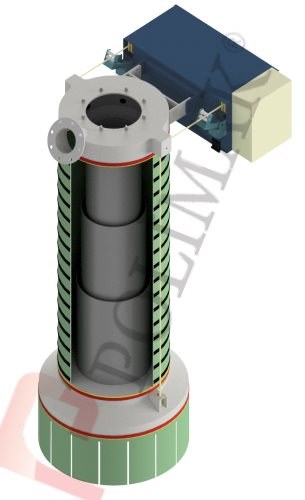
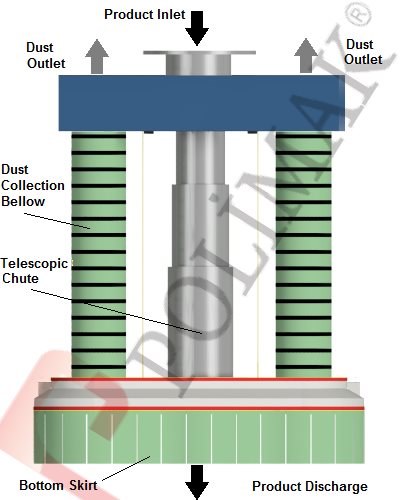
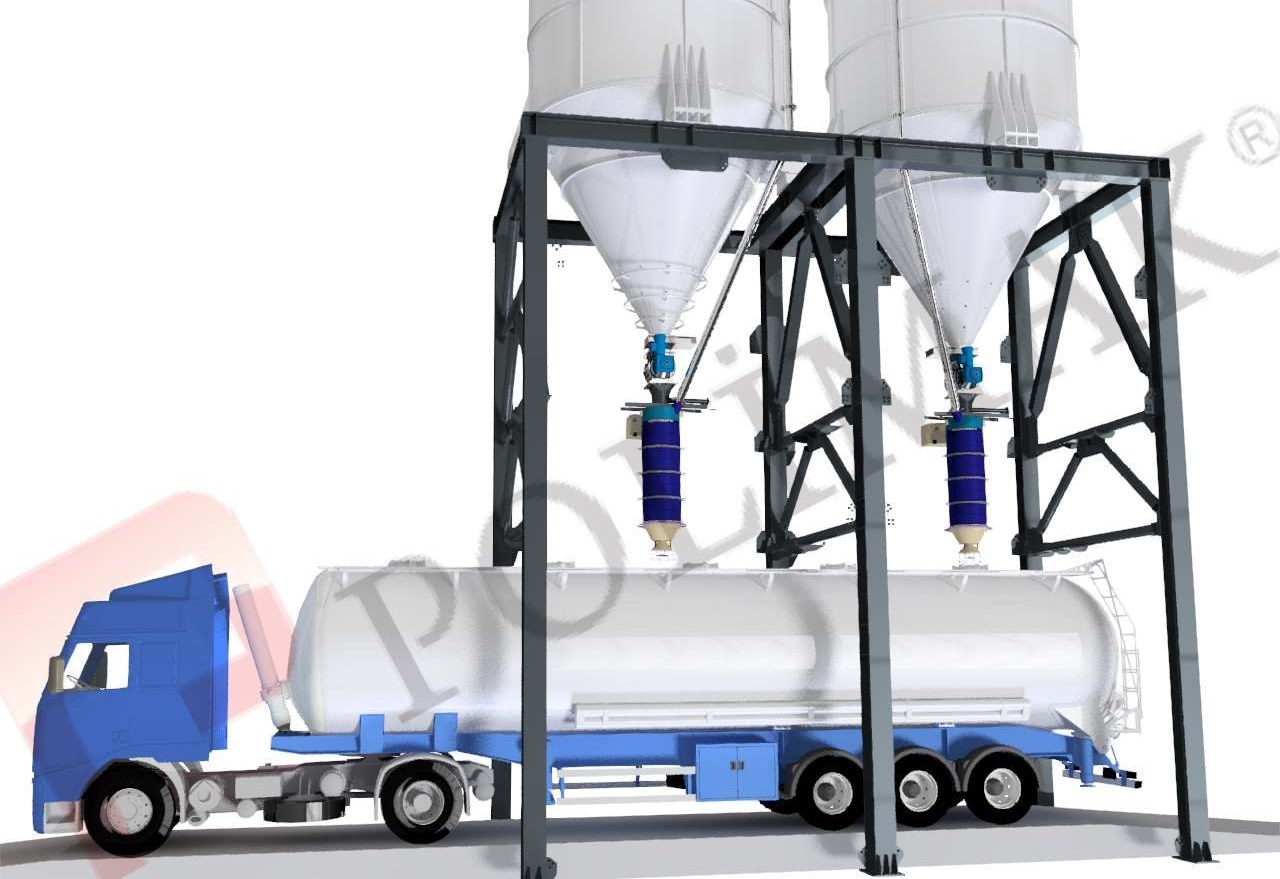
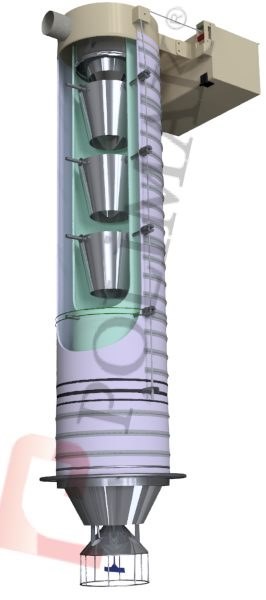
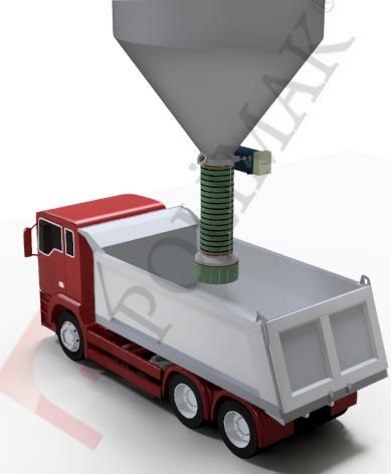
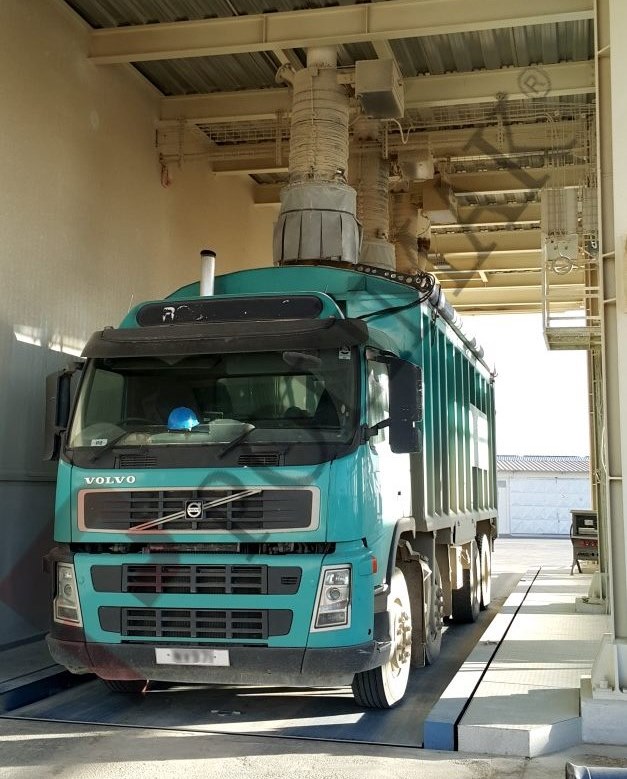
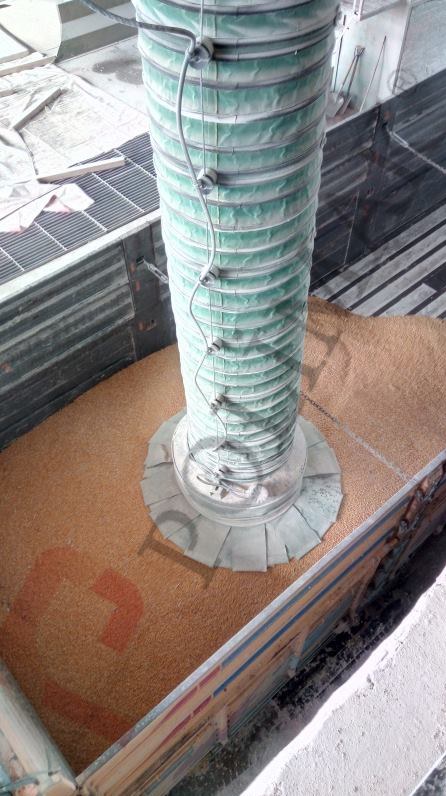
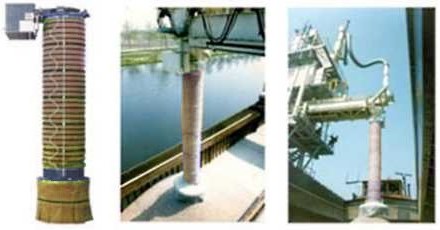
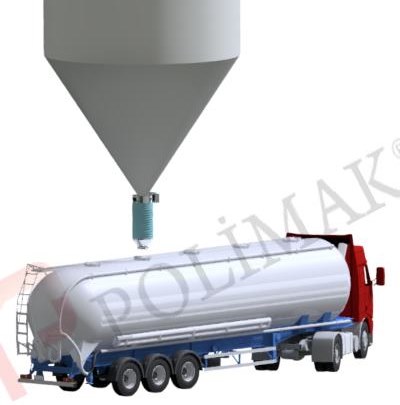
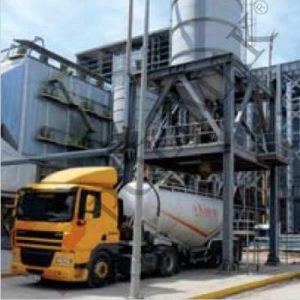
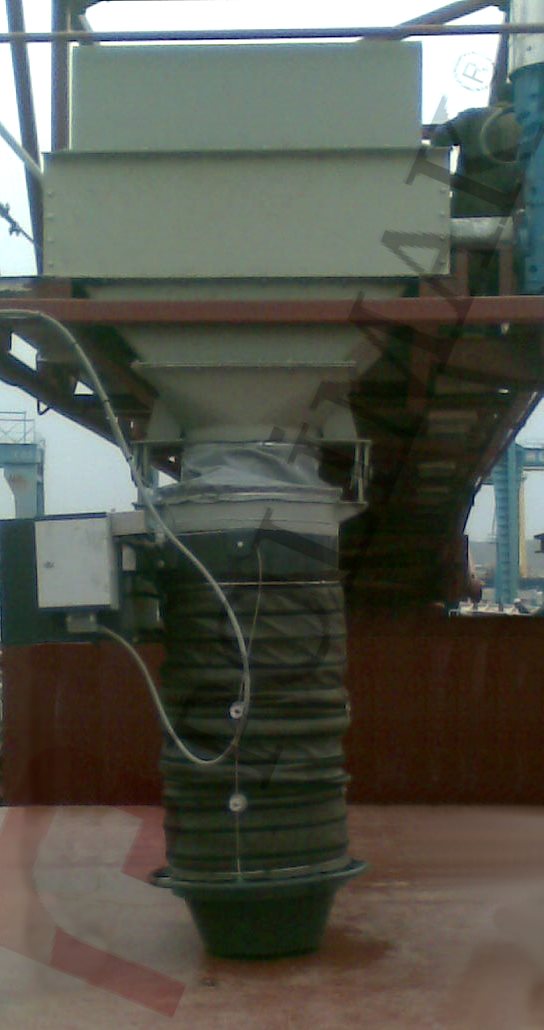
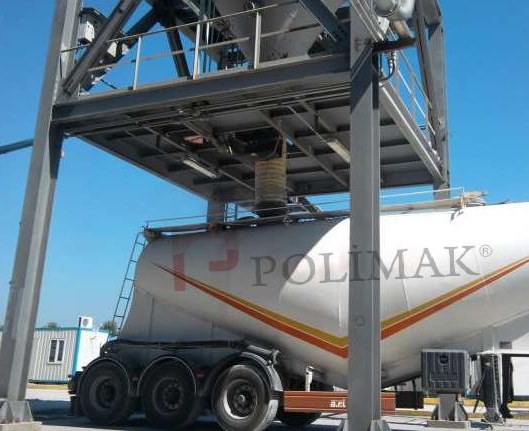
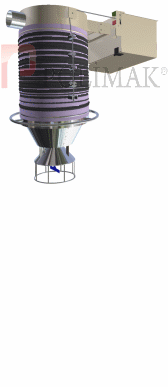
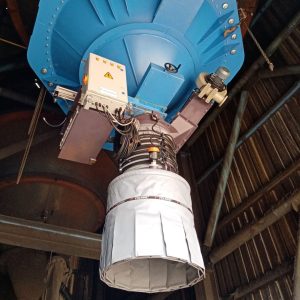
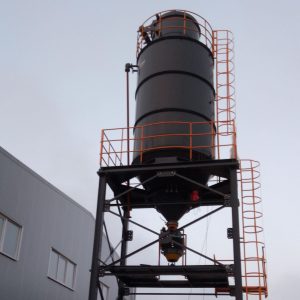
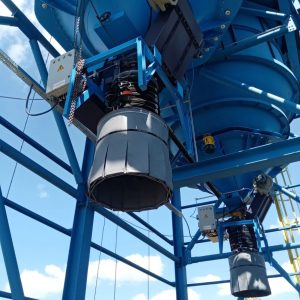
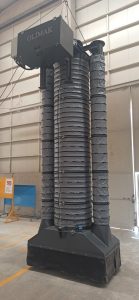
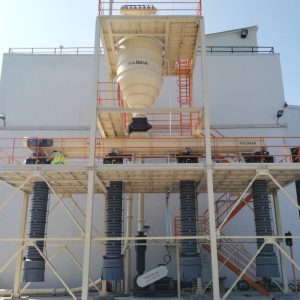
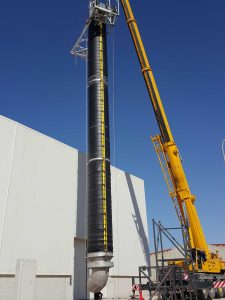
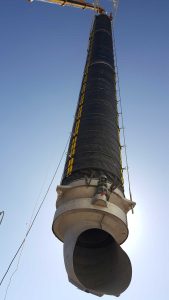
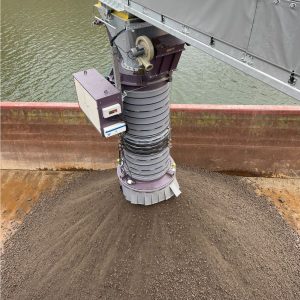
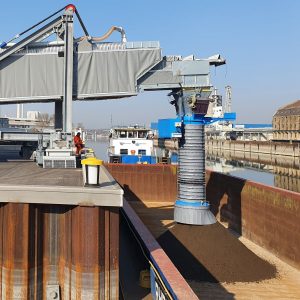
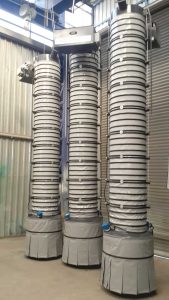
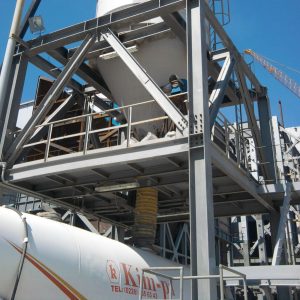
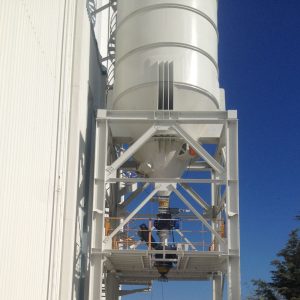
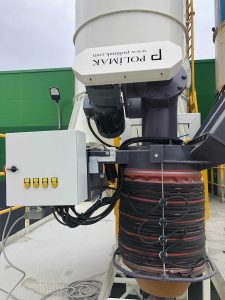
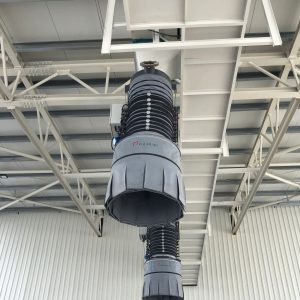
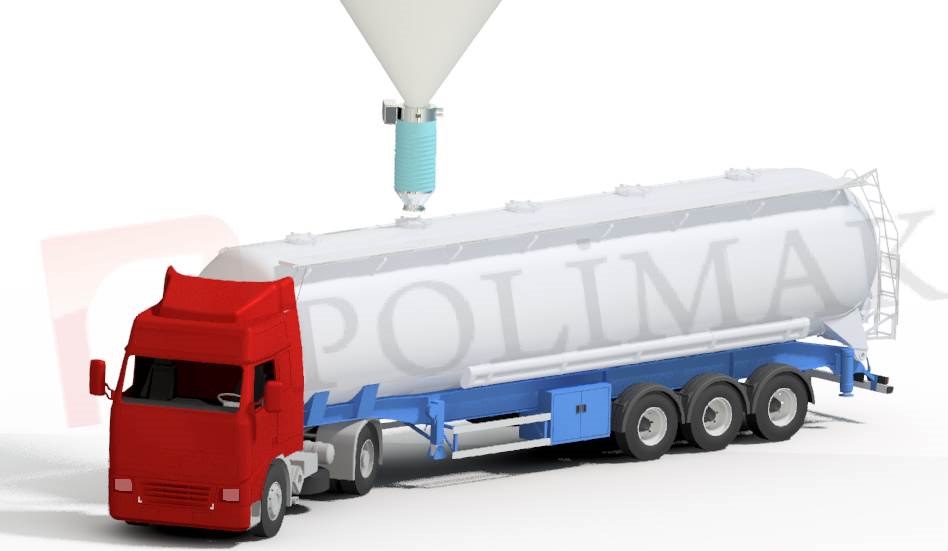 Bulk tanker loading spouts are used for dust free loading of powdered and granular bulk solids into bulk tanker trucks. Free flowing dry bulk solids in powder and granule form are easily transferred from silos, hoppers, containers and screw feeders to tanker trucks.
Bulk tanker loading spouts are used for dust free loading of powdered and granular bulk solids into bulk tanker trucks. Free flowing dry bulk solids in powder and granule form are easily transferred from silos, hoppers, containers and screw feeders to tanker trucks.
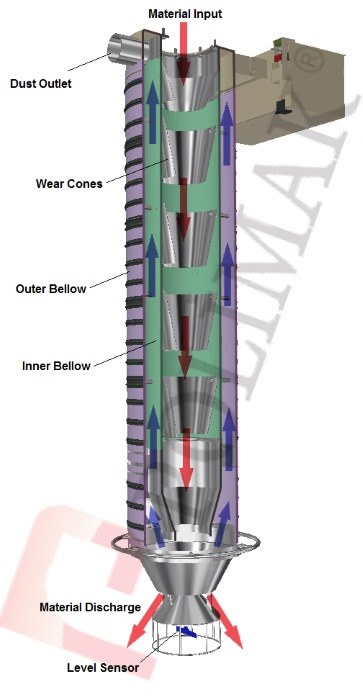
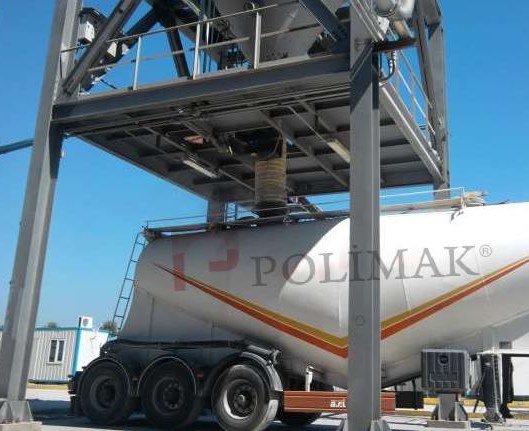
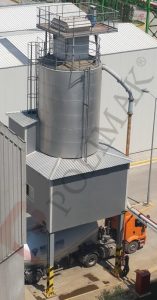
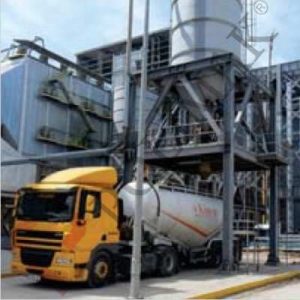
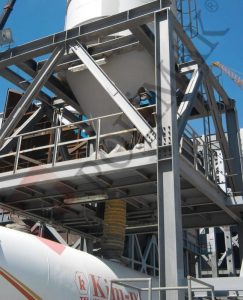
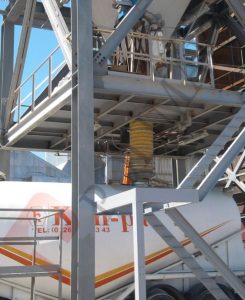
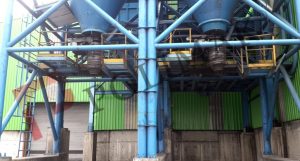
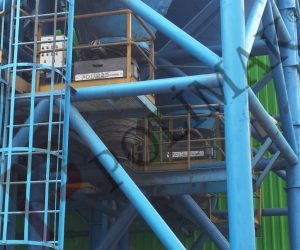
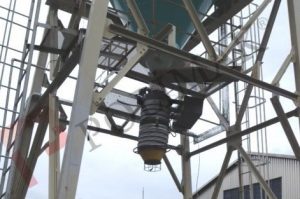
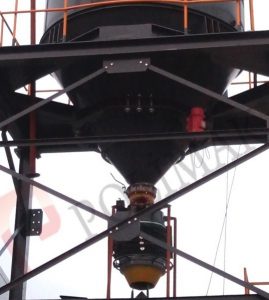
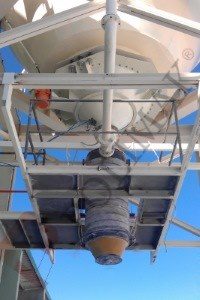
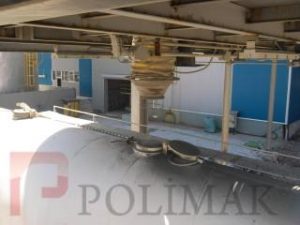
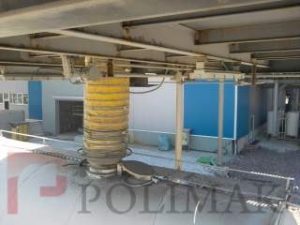
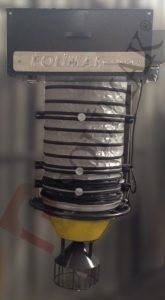
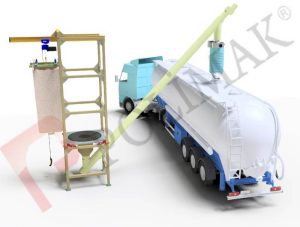
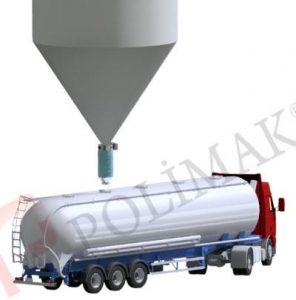
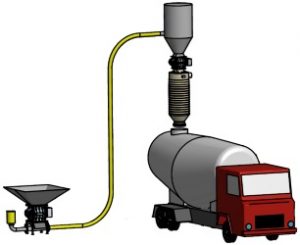
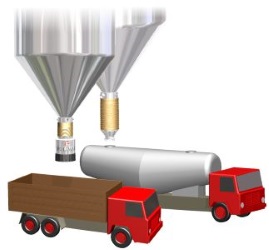
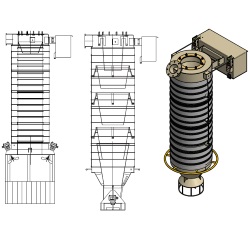
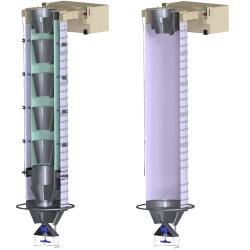

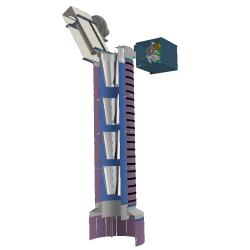
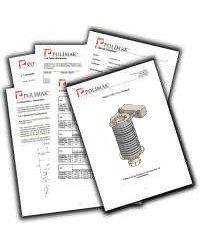
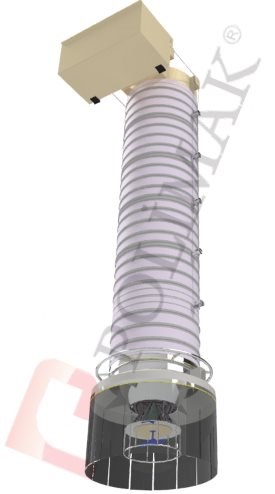
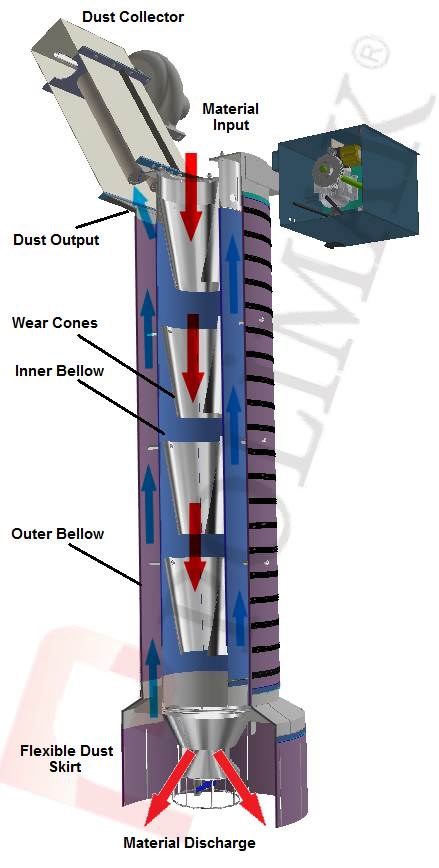
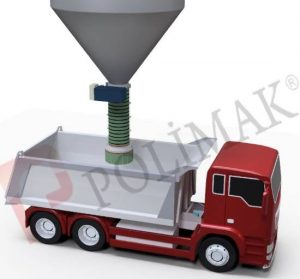
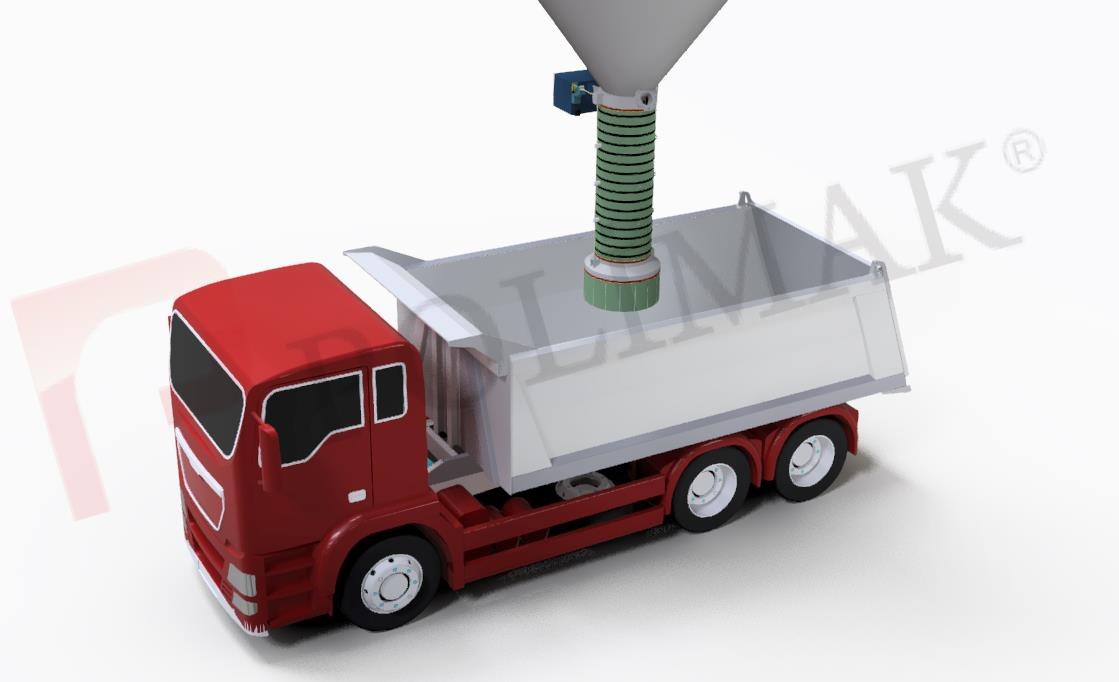 Open truck loading spouts are used for dust free loading of powdered and granular bulk solids into flatbed open trucks. Free flowing dry bulk solids in powder and granule form are easily transferred from silos, hoppers, containers, screw feeder to open trucks. Built in flexible dust skirt prevents the dust emission outside of the loading region.
Open truck loading spouts are used for dust free loading of powdered and granular bulk solids into flatbed open trucks. Free flowing dry bulk solids in powder and granule form are easily transferred from silos, hoppers, containers, screw feeder to open trucks. Built in flexible dust skirt prevents the dust emission outside of the loading region.
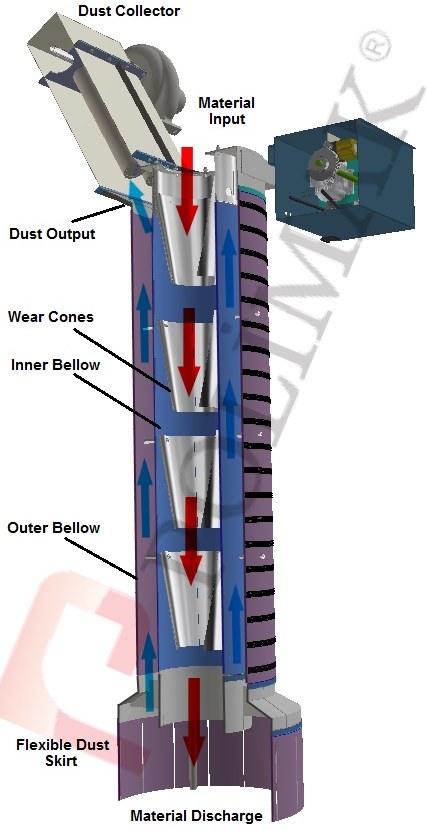
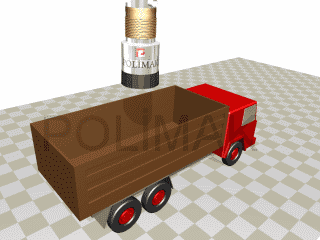
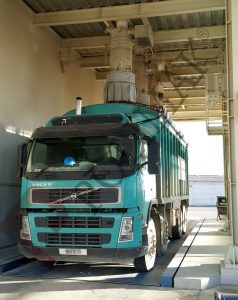
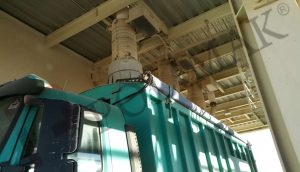
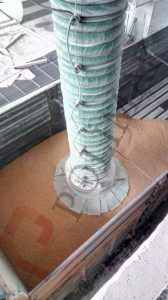
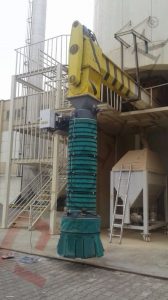
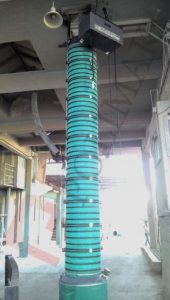
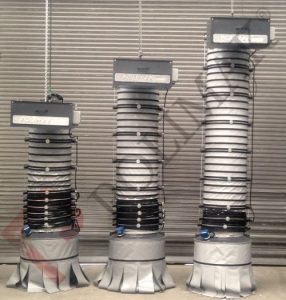
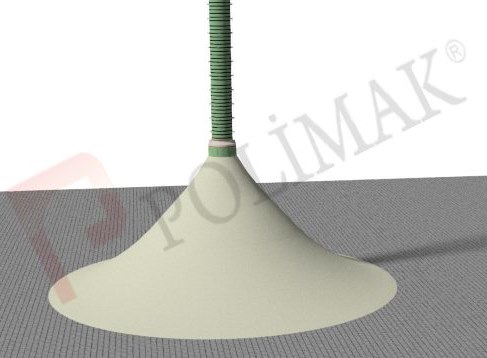 Stockpile loading spouts are used for dust free discharging of powdered and granular bulk solids to stockpiles. Free flowing dry bulk solids in powder and granule form are easily transferred from silos, hoppers, containers, screw feeder to stockpile basement. Built in flexible dust skirt prevents the dust emission outside of the loading region.
Stockpile loading spouts are used for dust free discharging of powdered and granular bulk solids to stockpiles. Free flowing dry bulk solids in powder and granule form are easily transferred from silos, hoppers, containers, screw feeder to stockpile basement. Built in flexible dust skirt prevents the dust emission outside of the loading region.
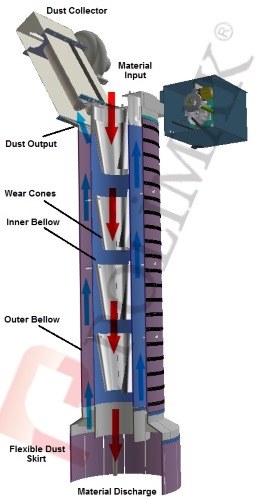
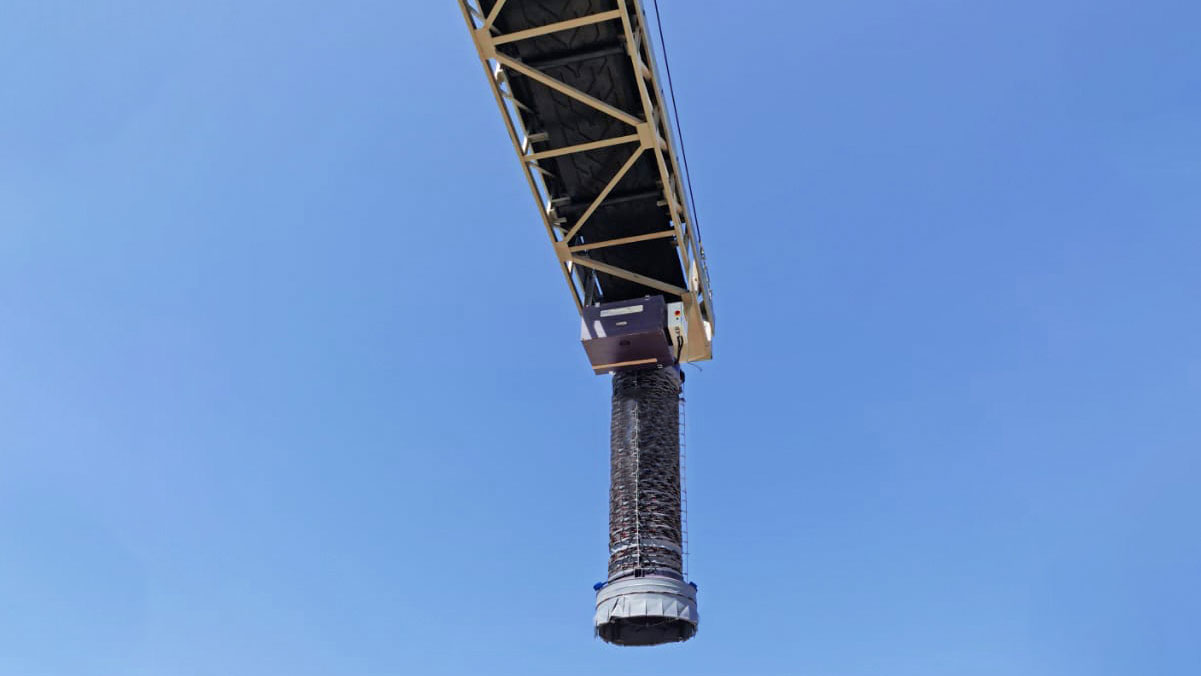 Ship loading spouts are used for dust free loading of powdered and granular bulk solids into dry bulk ships. Free flowing dry bulk solids in powder and granule form are easily transferred from silos, hoppers, containers, screw feeder to dry bulk carrier ships. Built in flexible dust skirt prevents the dust emission outside of the loading region.
Ship loading spouts are used for dust free loading of powdered and granular bulk solids into dry bulk ships. Free flowing dry bulk solids in powder and granule form are easily transferred from silos, hoppers, containers, screw feeder to dry bulk carrier ships. Built in flexible dust skirt prevents the dust emission outside of the loading region.
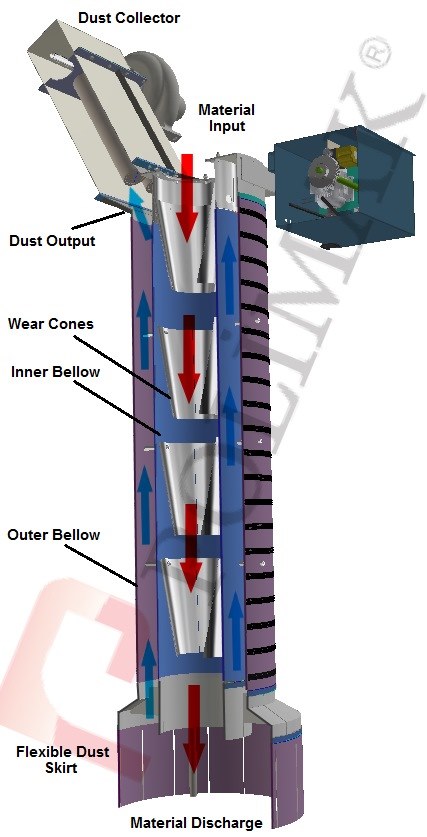
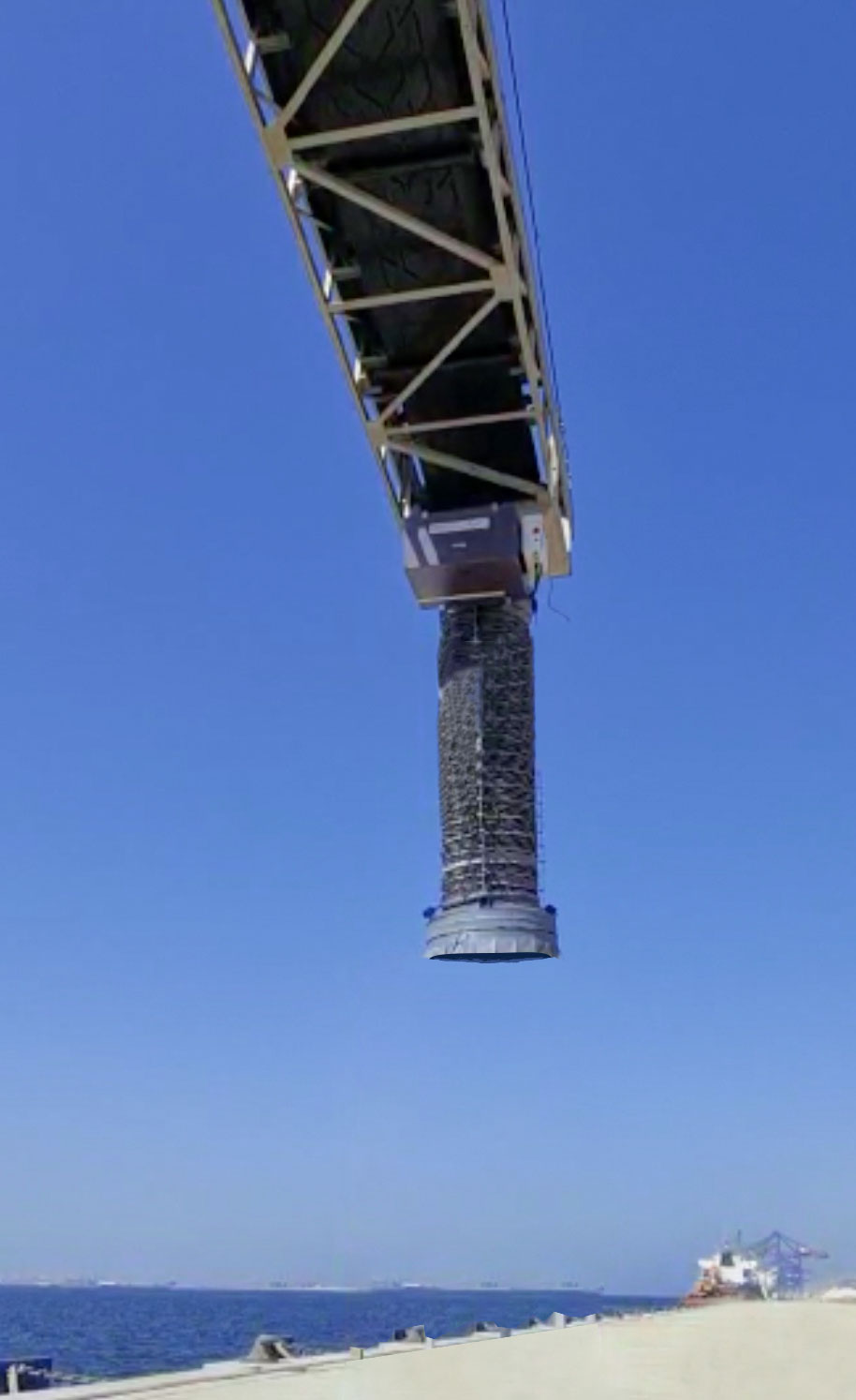
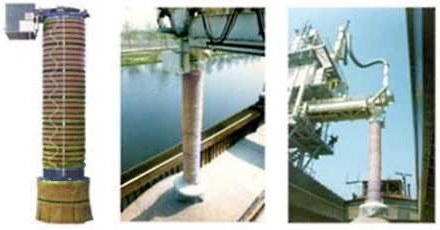
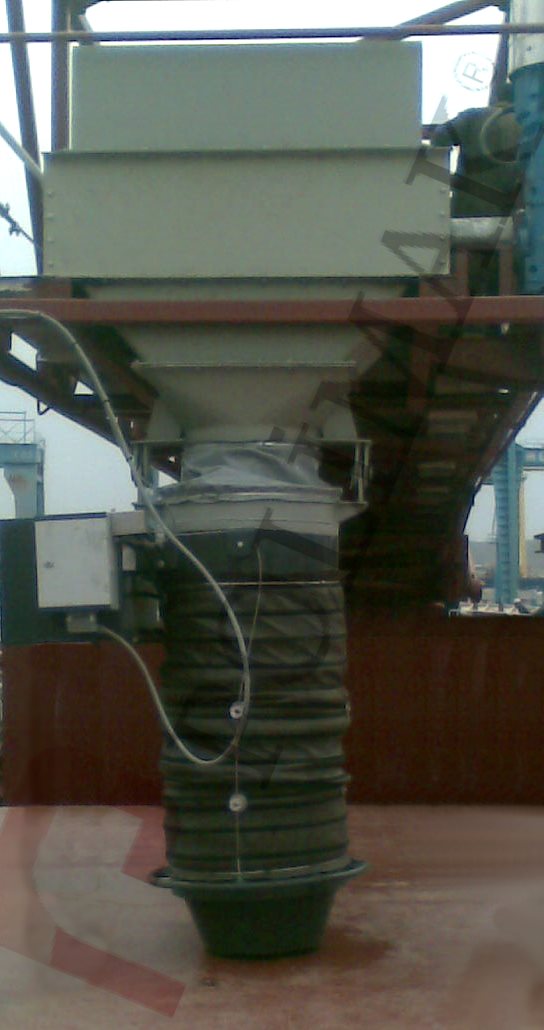
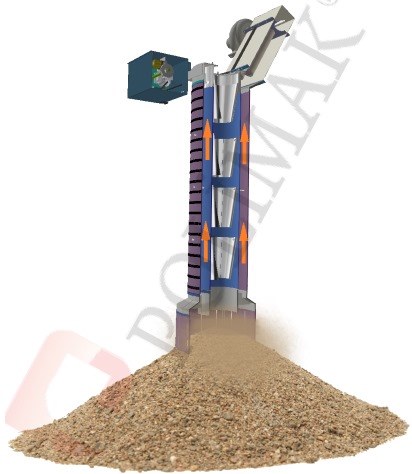
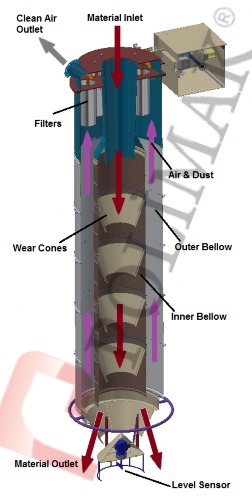
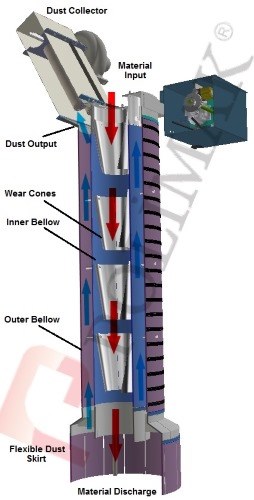

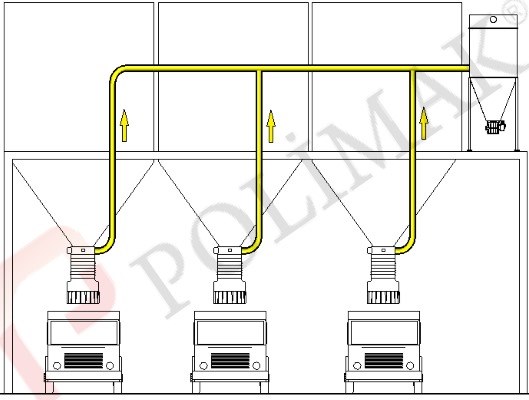
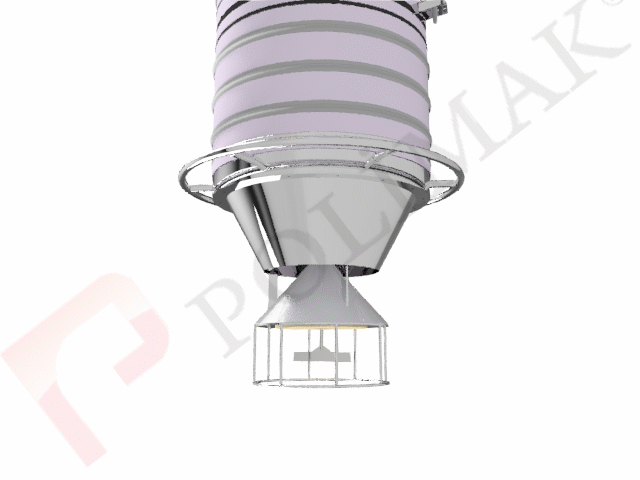
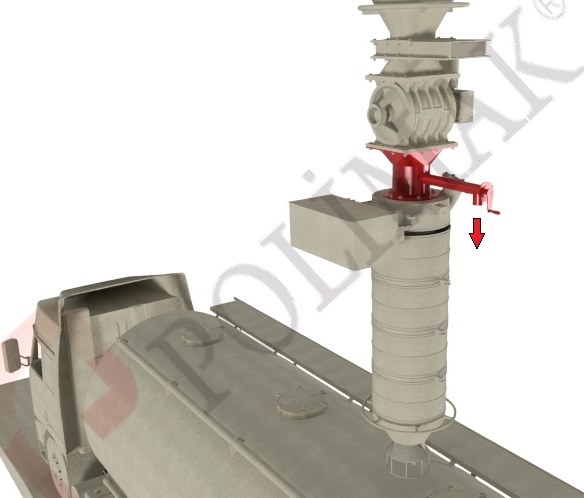
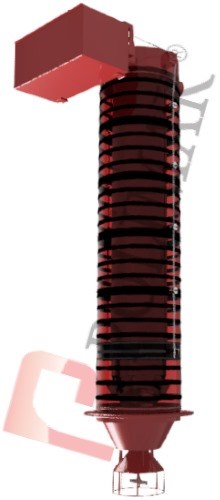
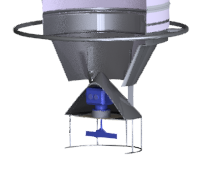
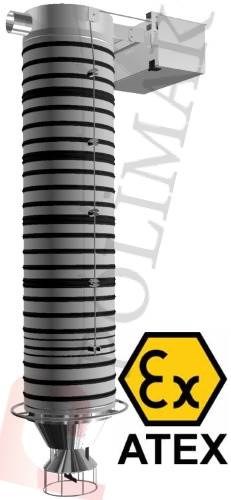
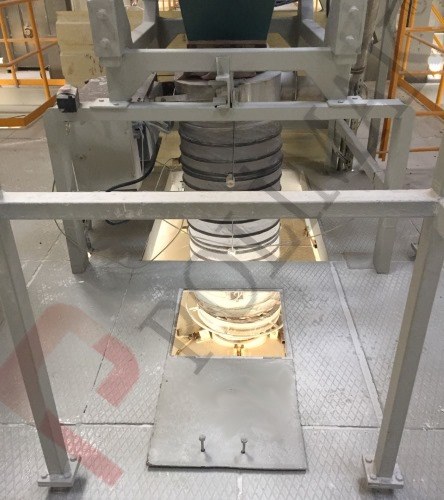
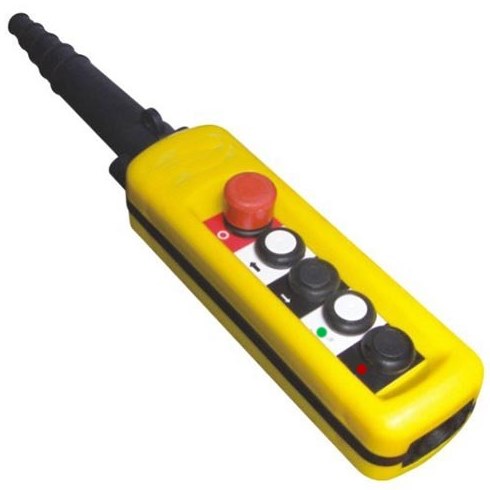
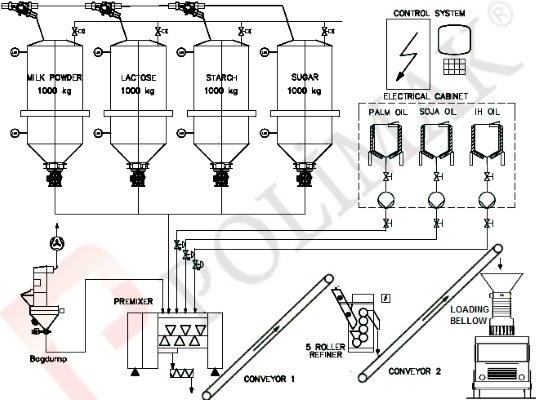
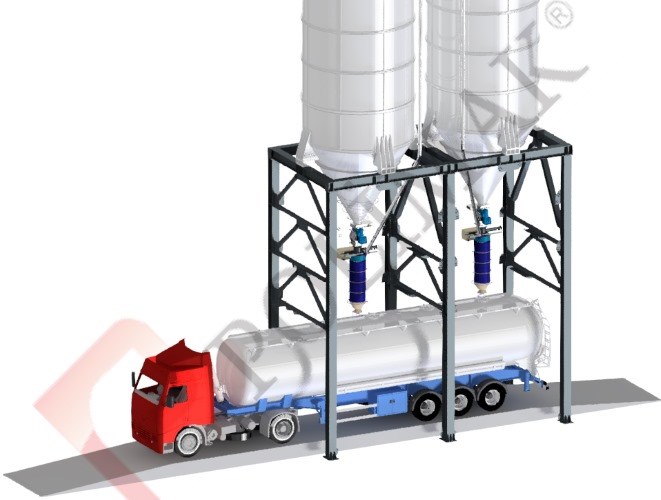
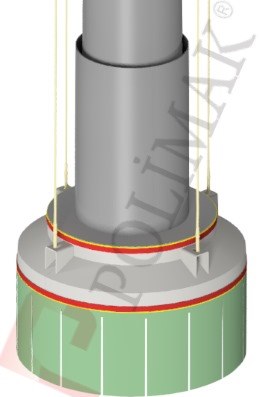
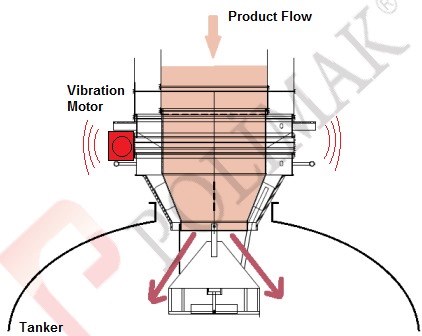
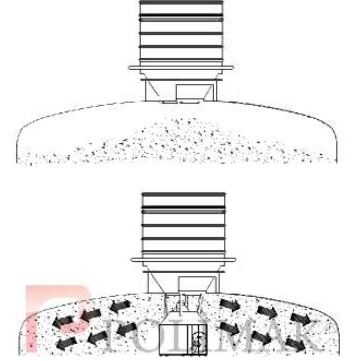
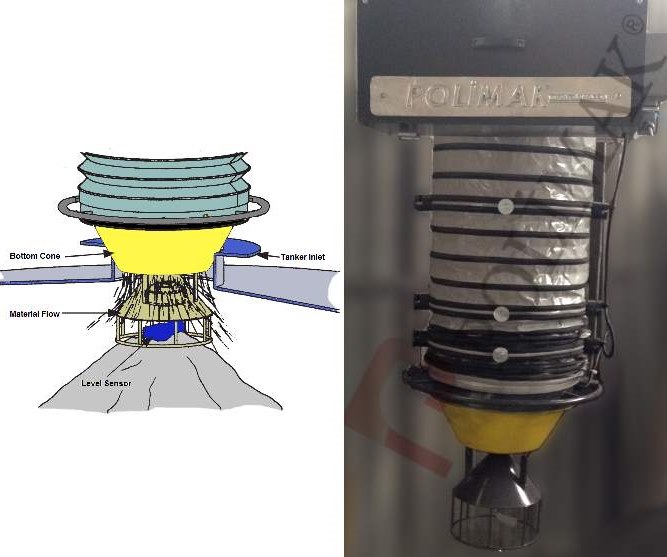
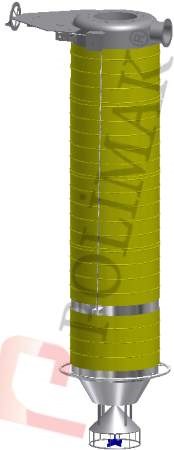
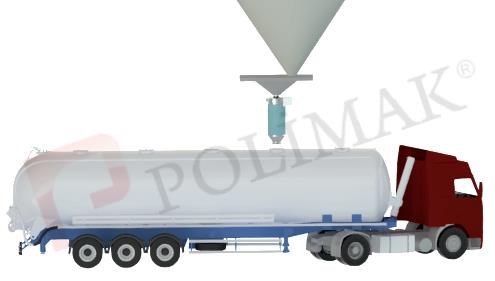
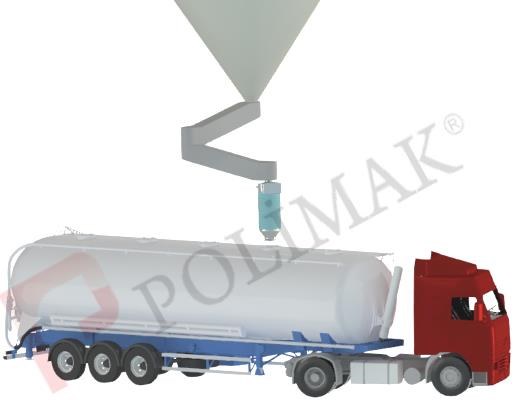
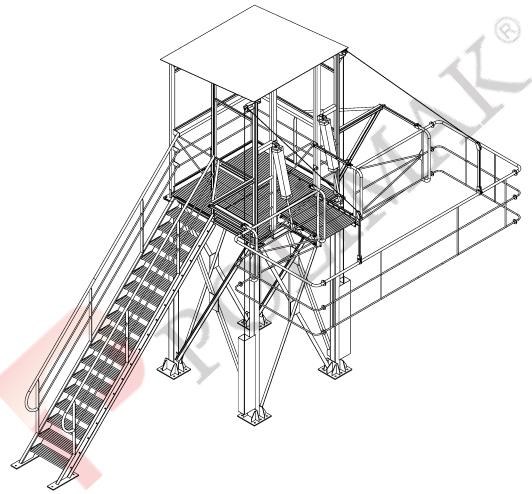
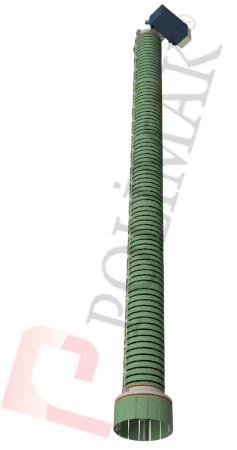
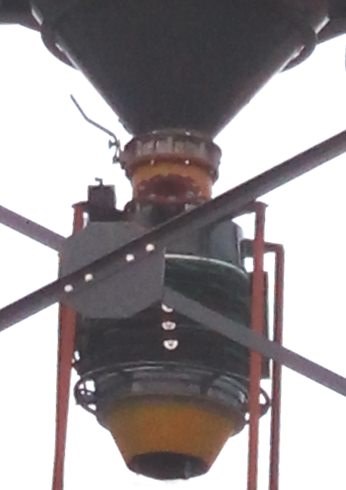
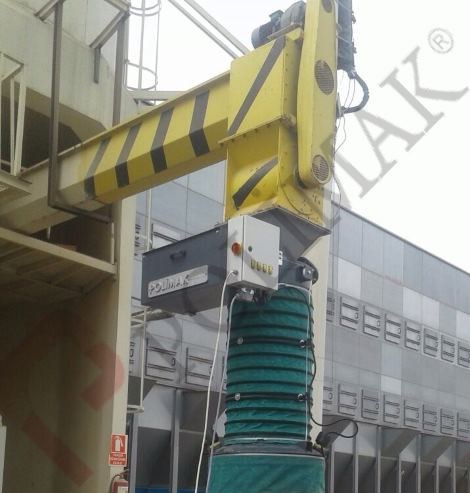
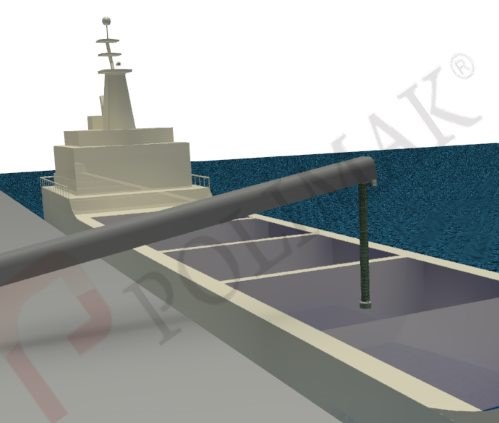
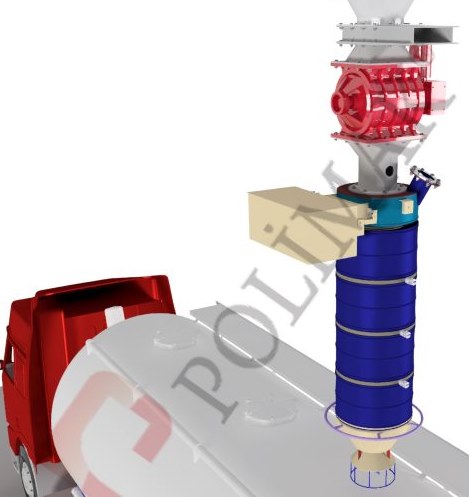
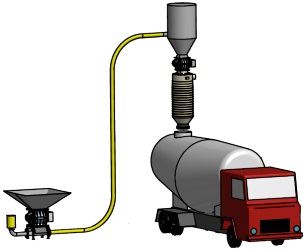
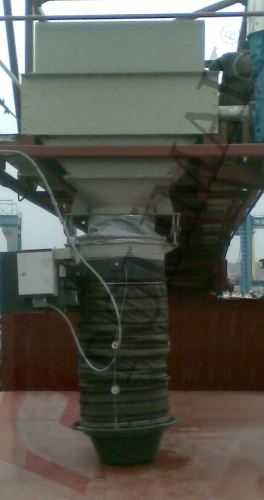
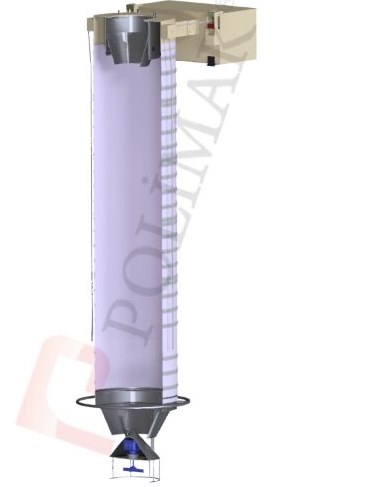
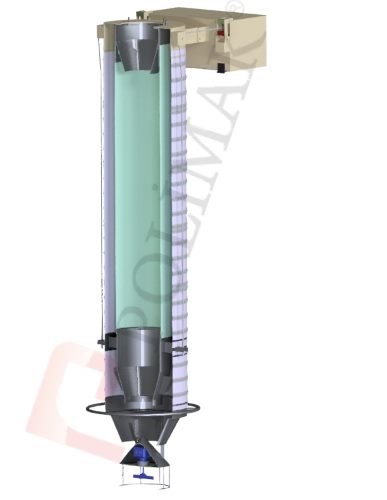
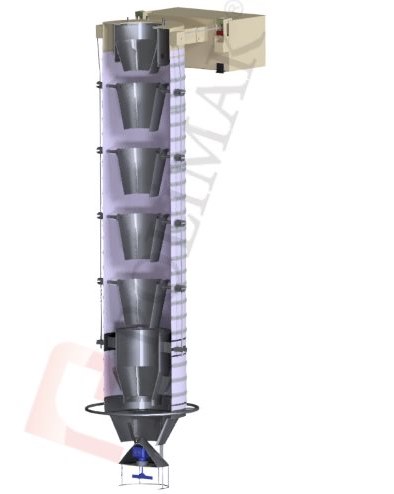
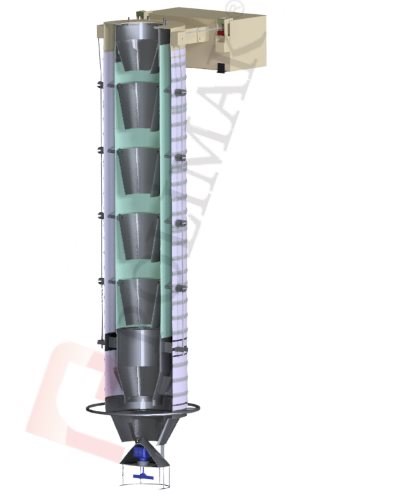
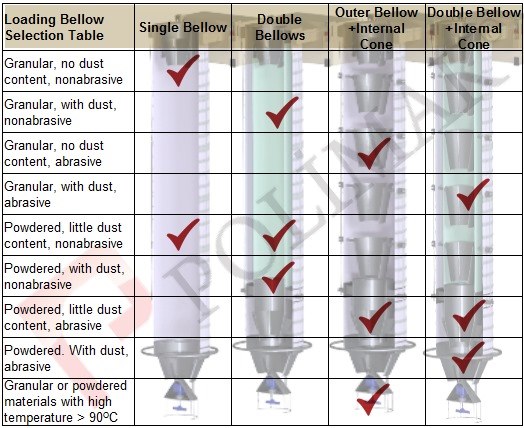
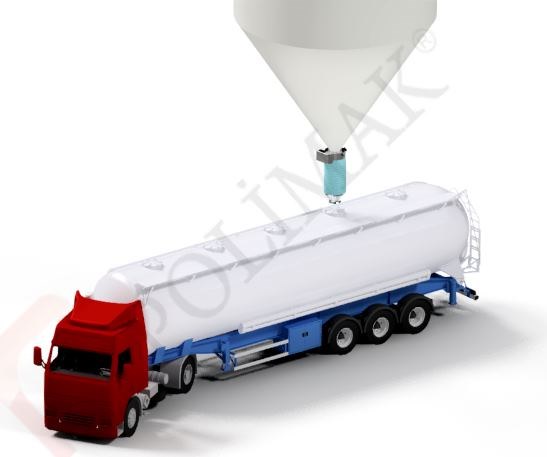
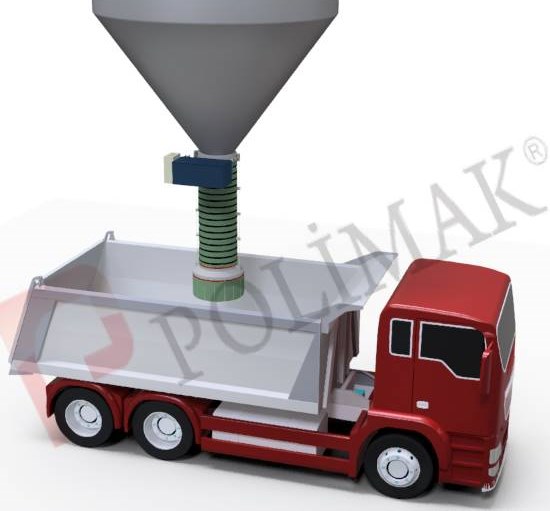
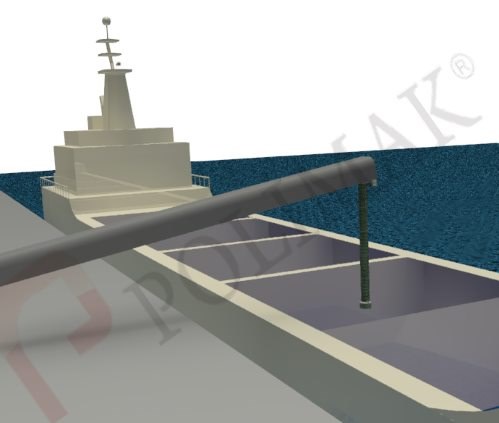
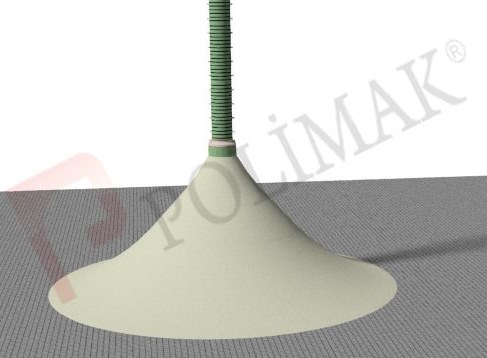
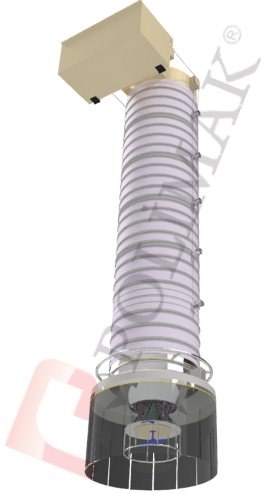
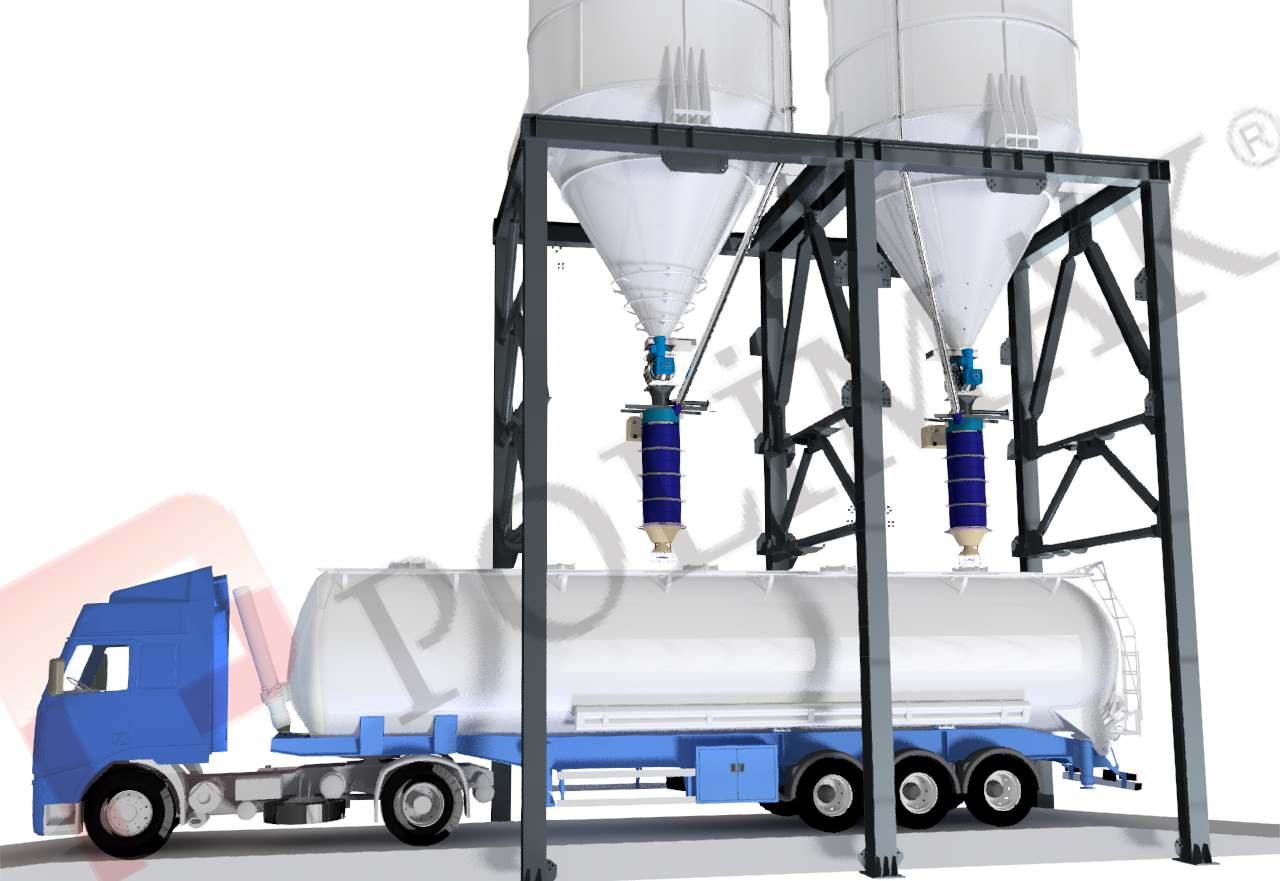
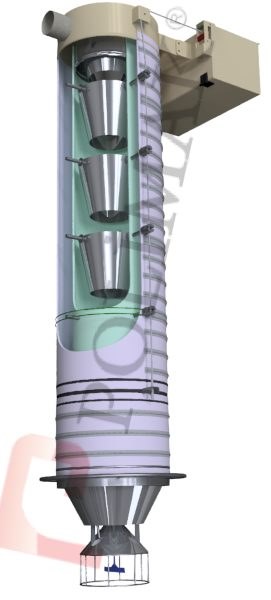
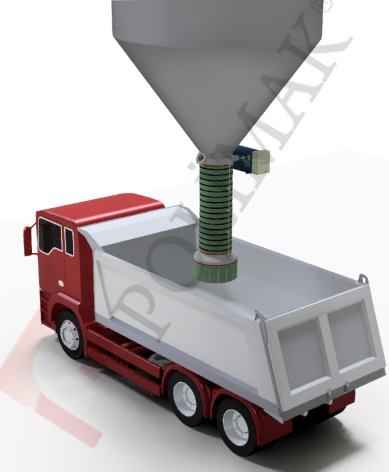
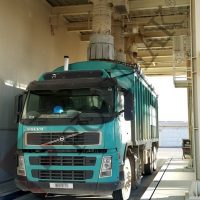
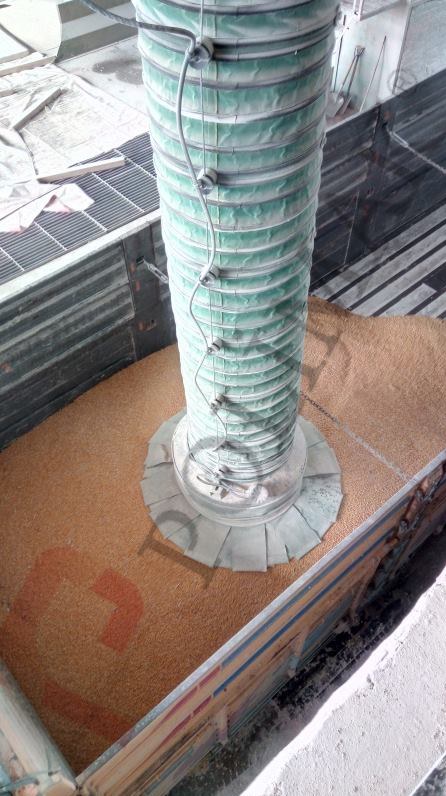
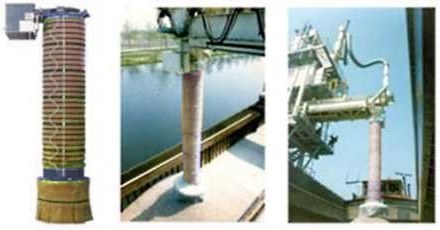
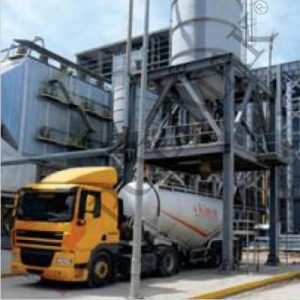
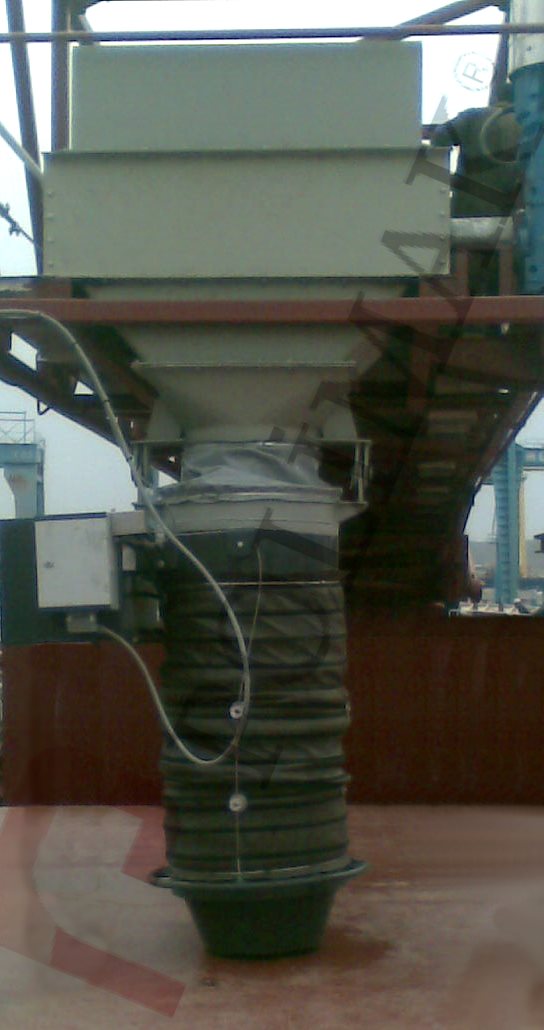
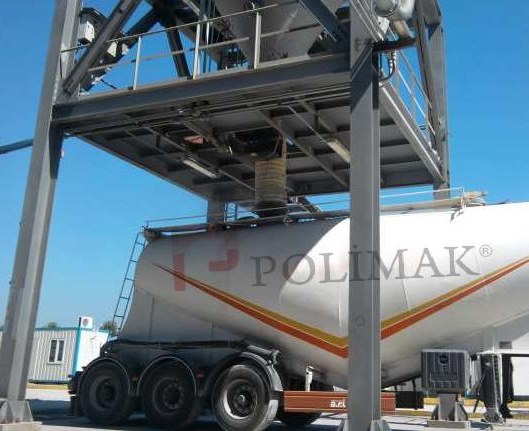
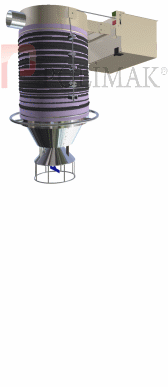
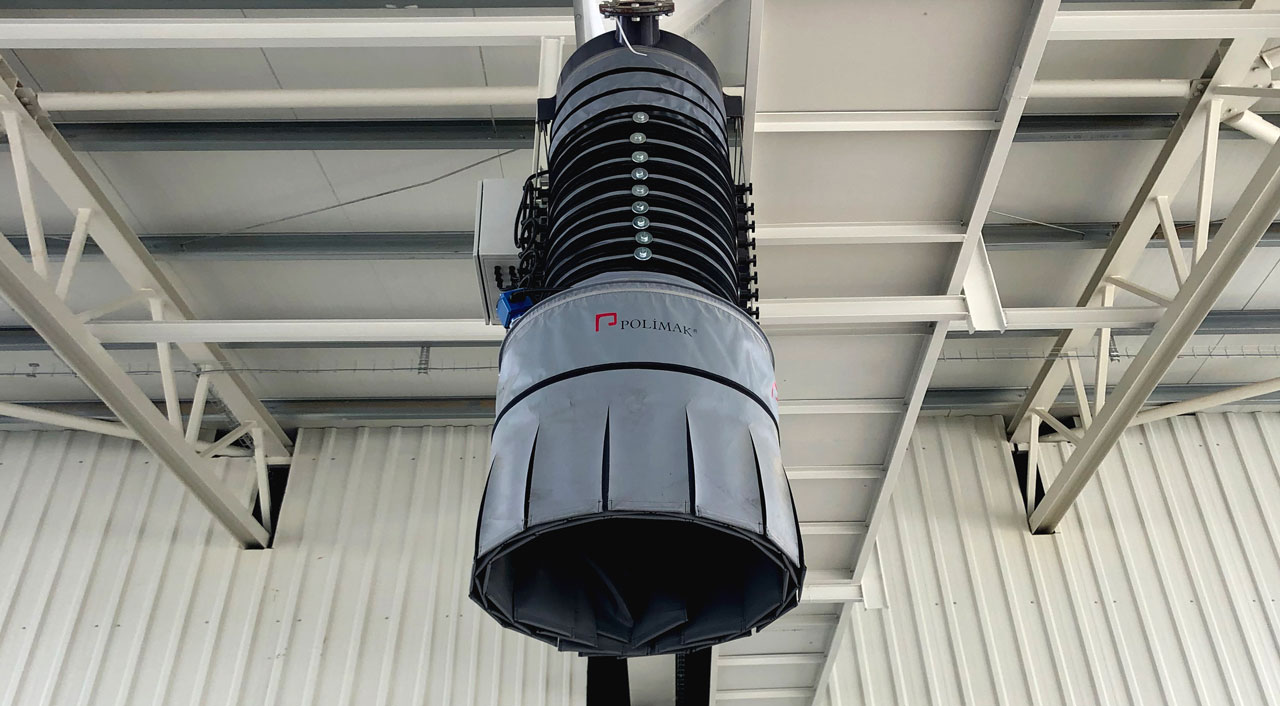
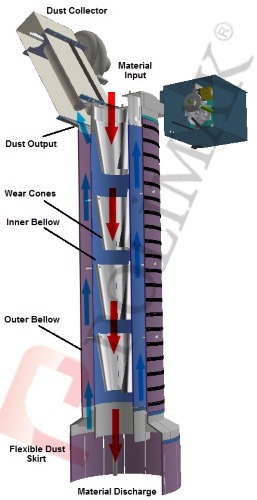
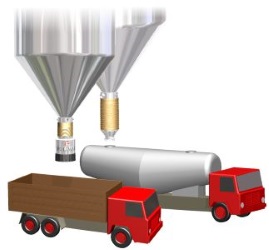
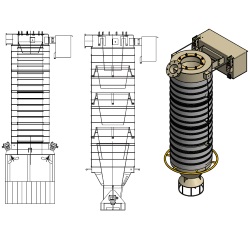
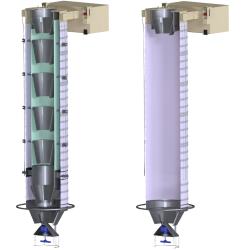
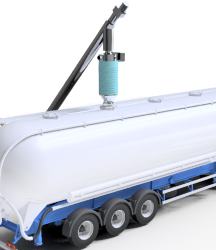
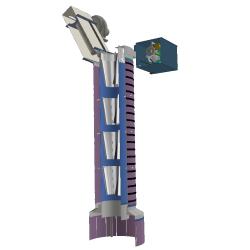
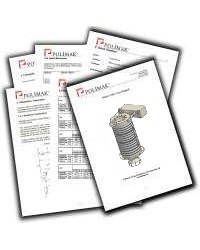
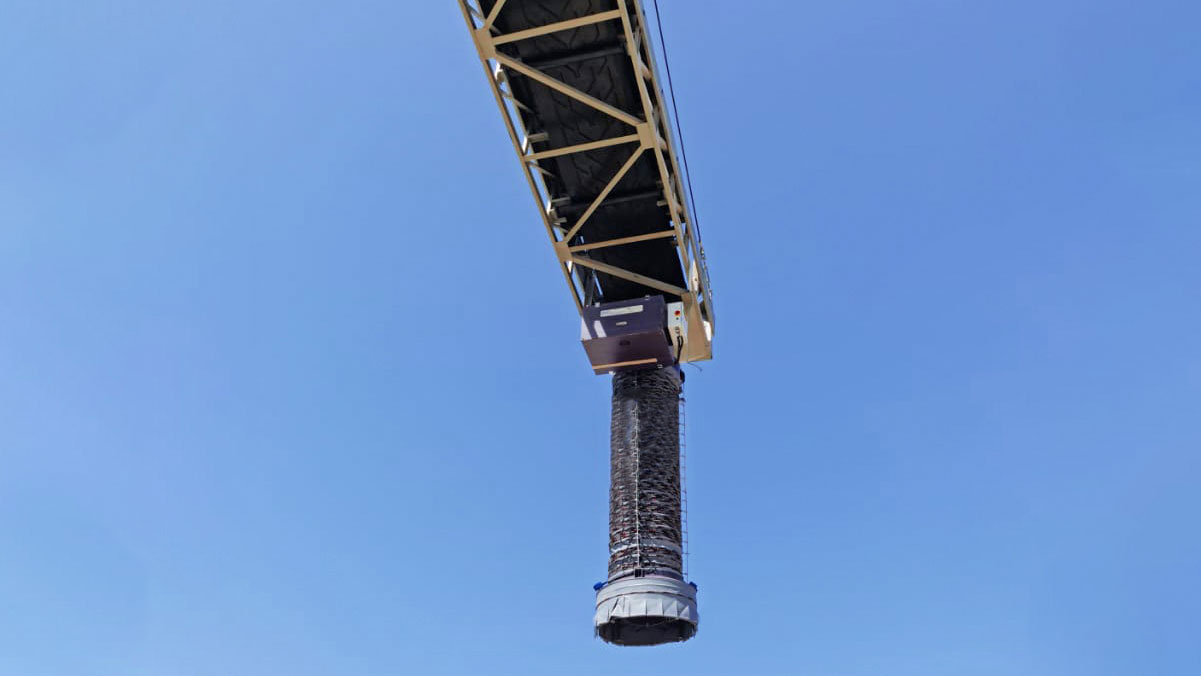 Ship loading bellows are used for dust free loading of powdered and granular bulk solids into dry bulk ships. Free flowing dry bulk solids in powder and granule form are easily transferred from silos, hoppers, containers, screw feeder to dry bulk carrier ships. Built in flexible dust skirt prevents the dust emission outside of the loading region.
Ship loading bellows are used for dust free loading of powdered and granular bulk solids into dry bulk ships. Free flowing dry bulk solids in powder and granule form are easily transferred from silos, hoppers, containers, screw feeder to dry bulk carrier ships. Built in flexible dust skirt prevents the dust emission outside of the loading region.
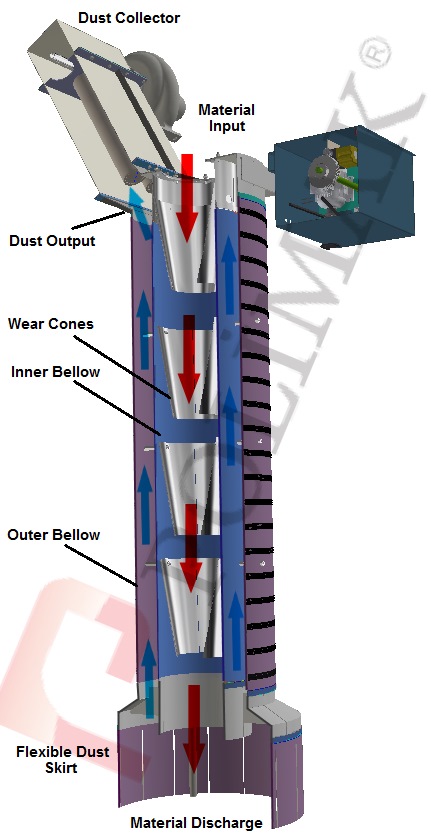
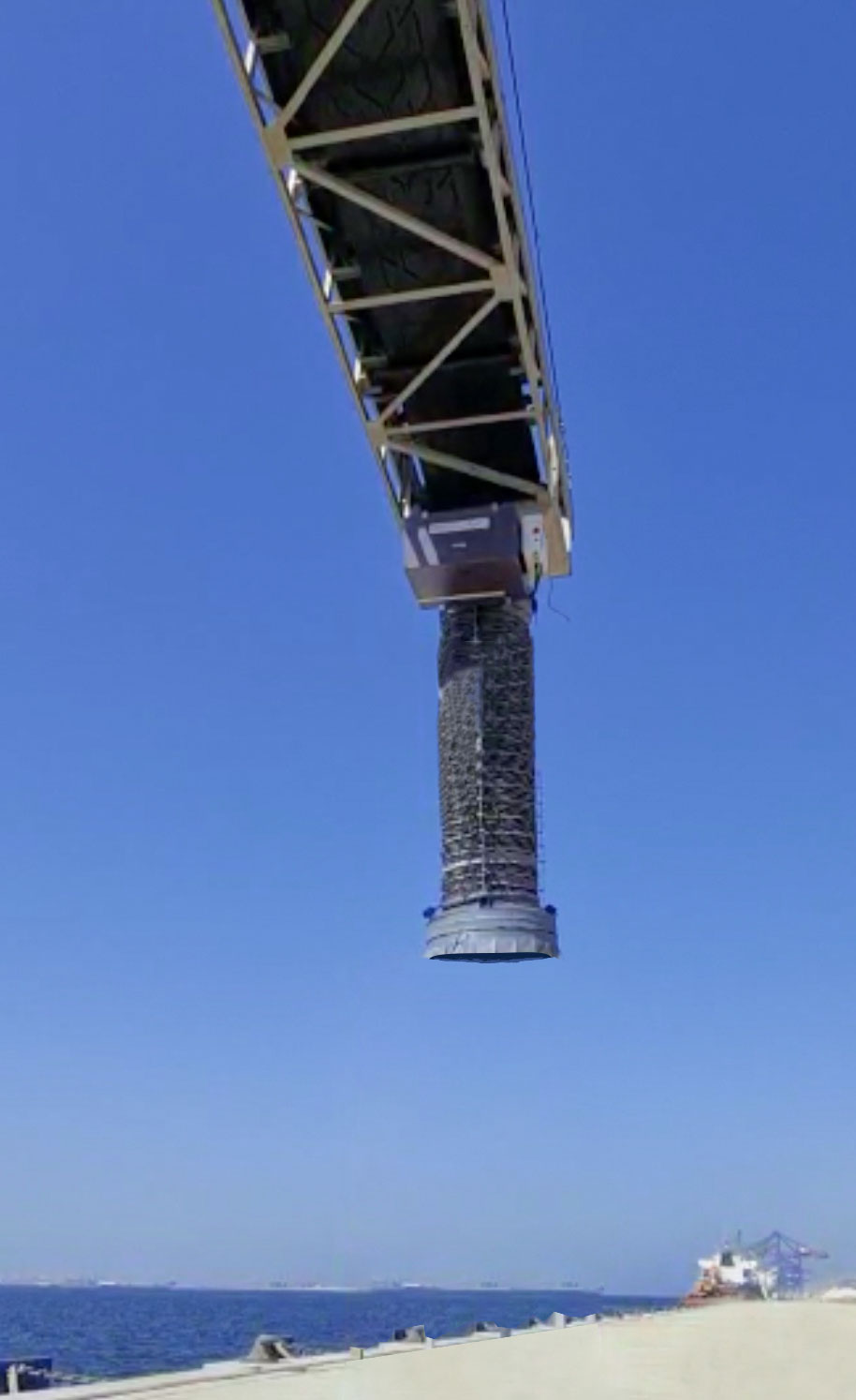
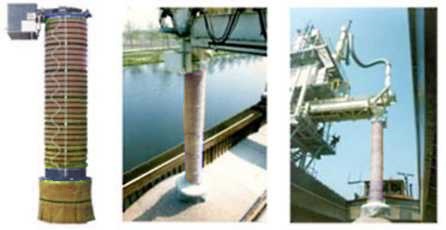
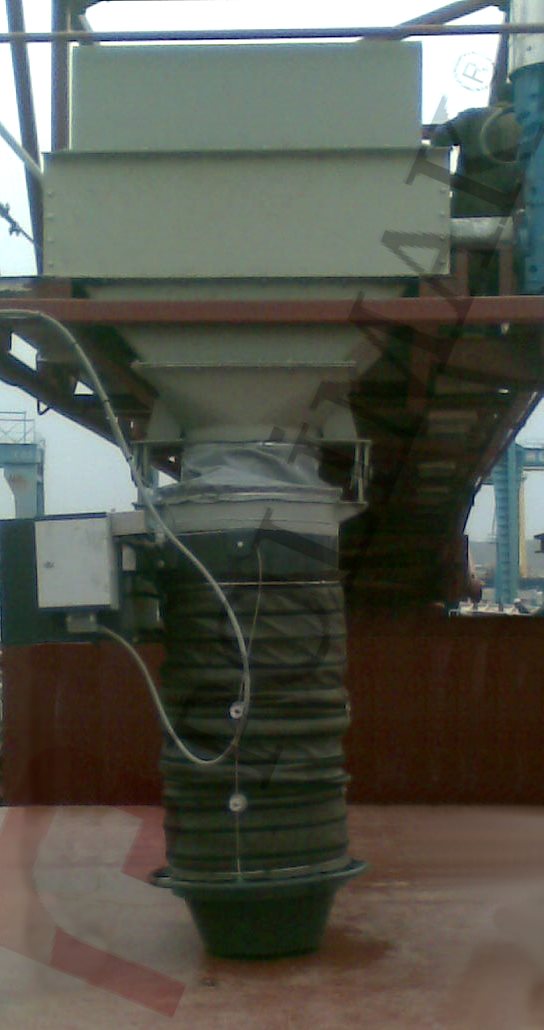
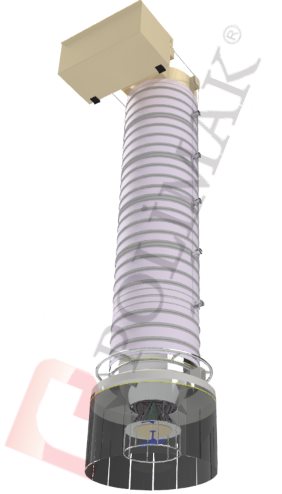
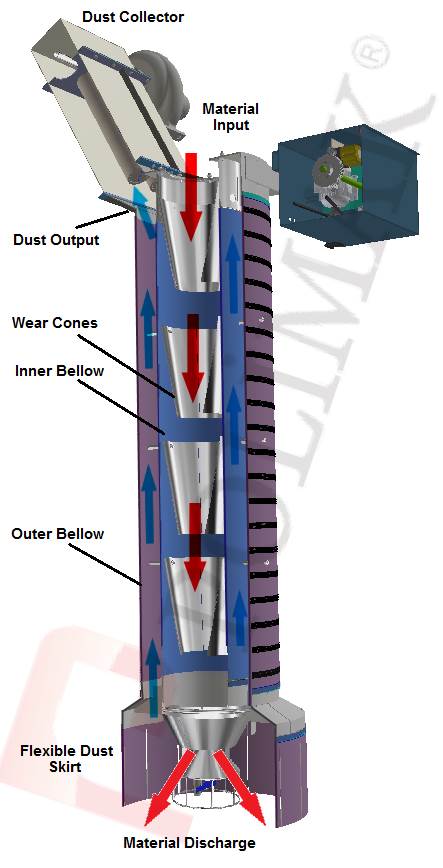
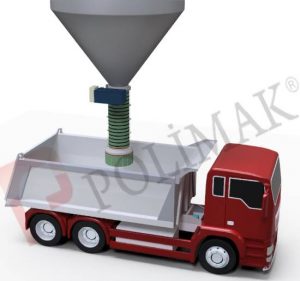
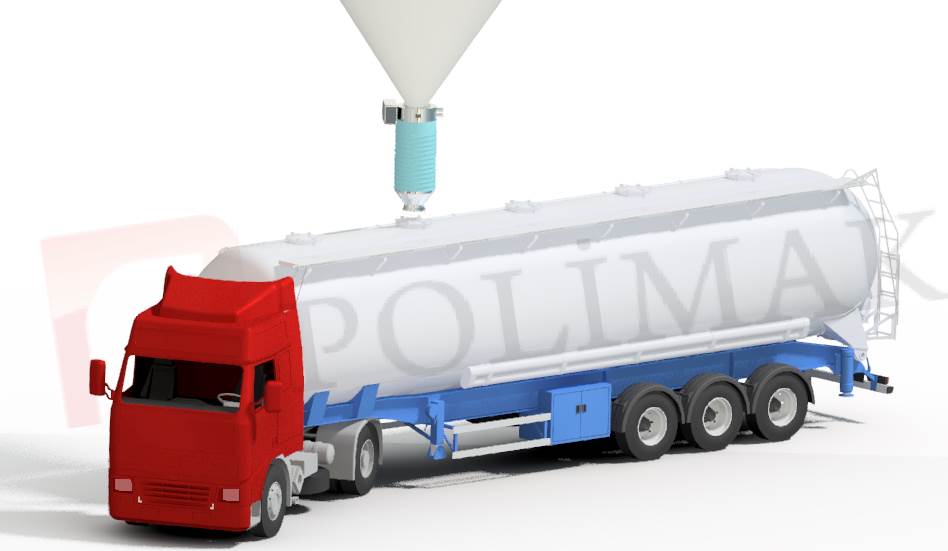 Bulk tanker loading bellows are used for dust free loading of powdered and granular bulk solids into bulk tanker trucks. Free flowing dry bulk solids in powder and granule form are easily transferred from silos, hoppers, containers and screw feeders to tanker trucks.
Bulk tanker loading bellows are used for dust free loading of powdered and granular bulk solids into bulk tanker trucks. Free flowing dry bulk solids in powder and granule form are easily transferred from silos, hoppers, containers and screw feeders to tanker trucks.
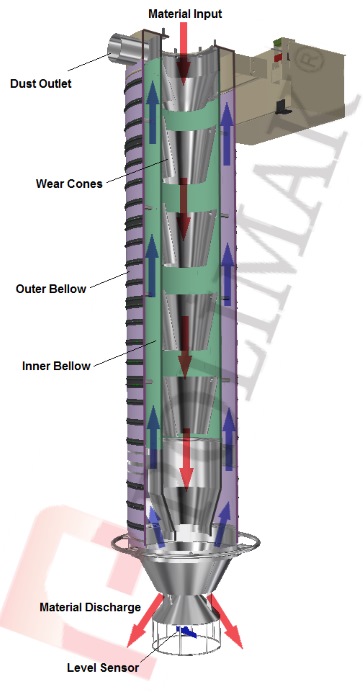
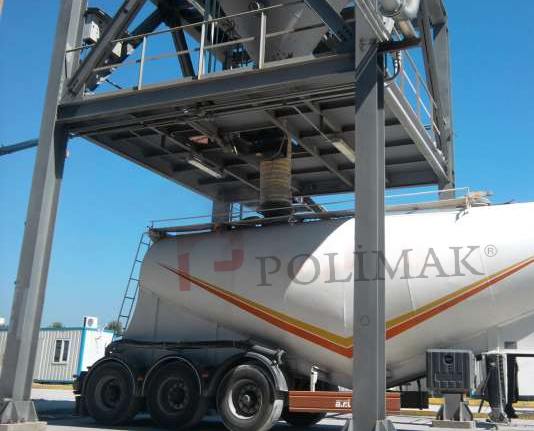
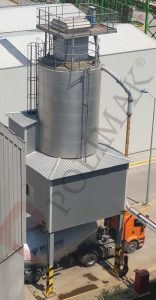
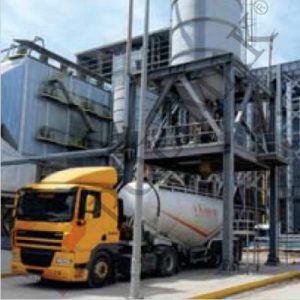
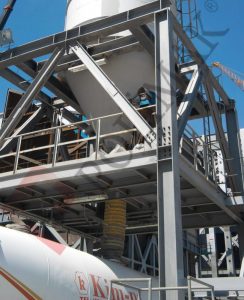
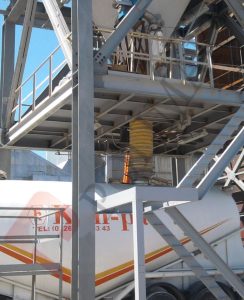
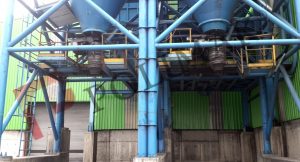
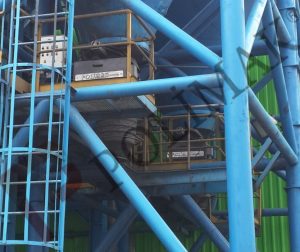
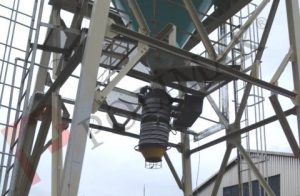
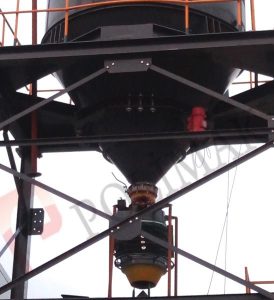
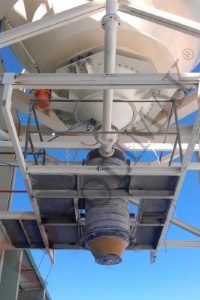
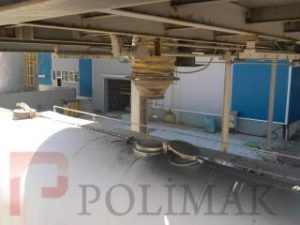
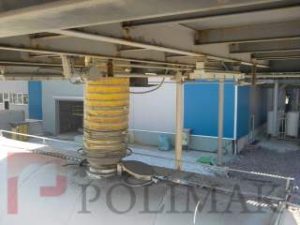
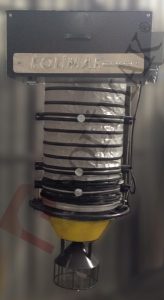
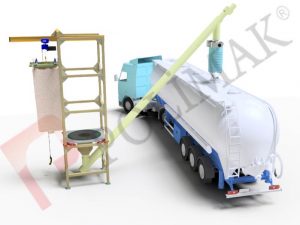
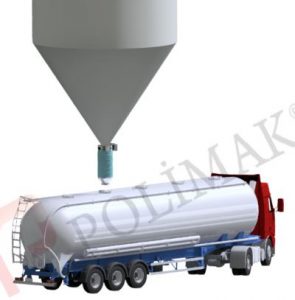
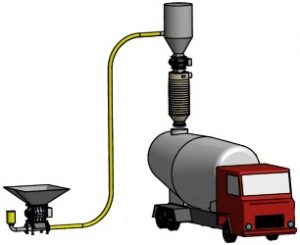
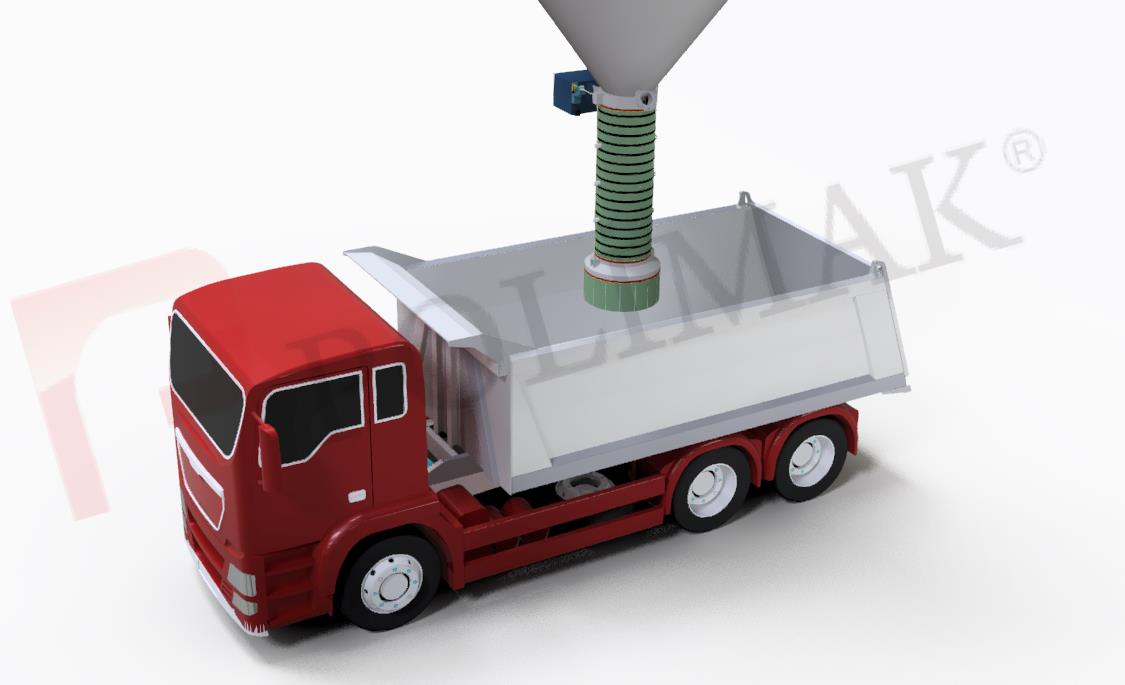 Open truck loading bellows are used for dust free loading of powdered and granular bulk solids into flatbed open trucks. Free flowing dry bulk solids in powder and granule form are easily transferred from silos, hoppers, containers, screw feeder to open trucks. Built in flexible dust skirt prevents the dust emission outside of the loading region.
Open truck loading bellows are used for dust free loading of powdered and granular bulk solids into flatbed open trucks. Free flowing dry bulk solids in powder and granule form are easily transferred from silos, hoppers, containers, screw feeder to open trucks. Built in flexible dust skirt prevents the dust emission outside of the loading region.
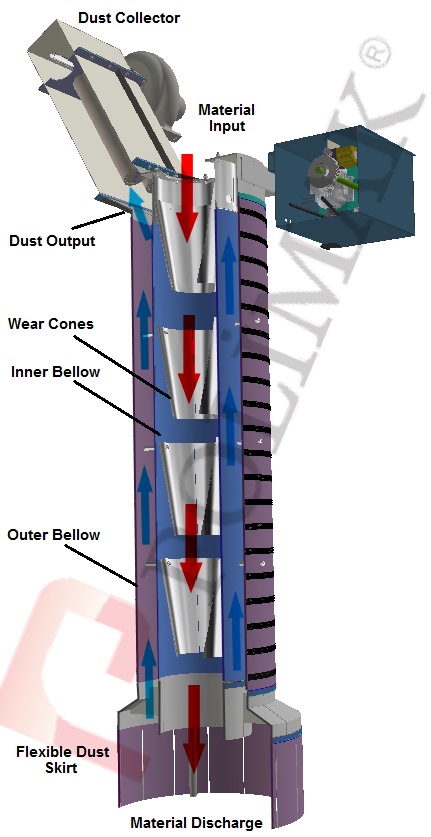
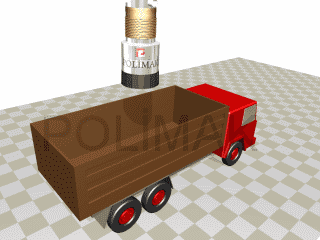
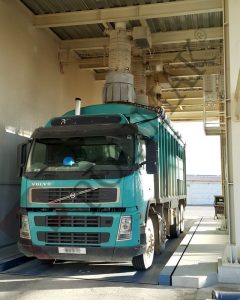
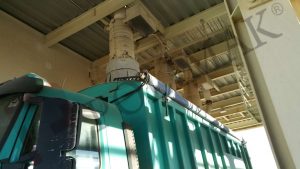
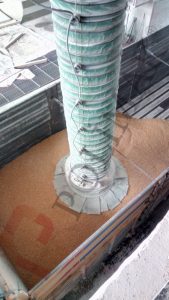
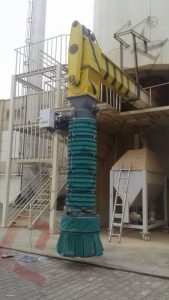
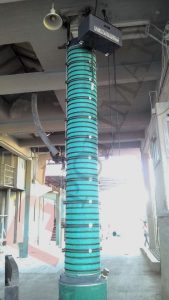
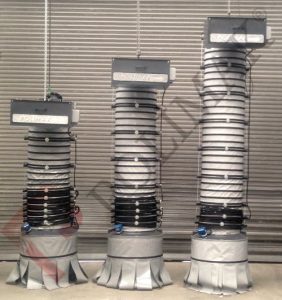






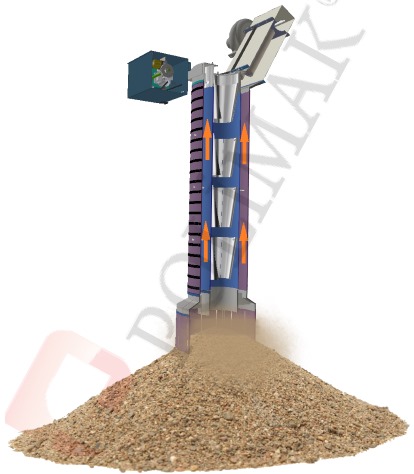
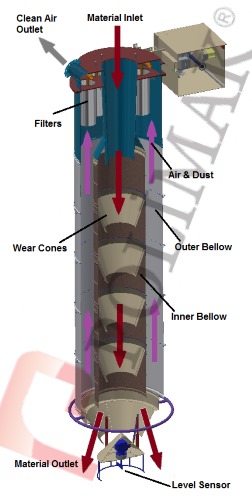
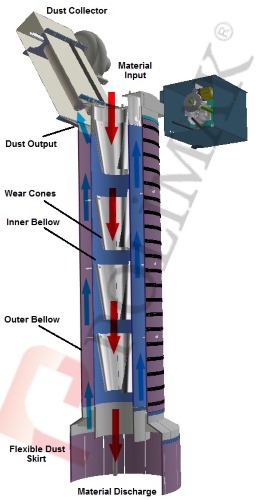
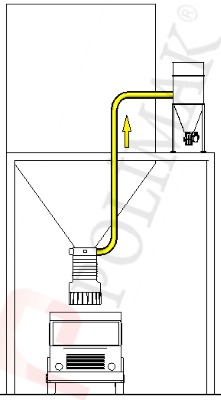
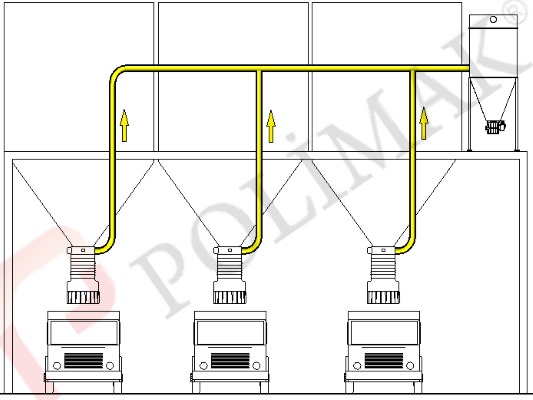
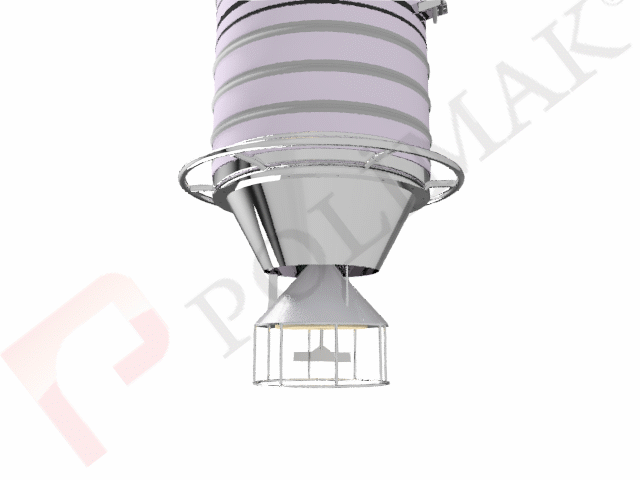
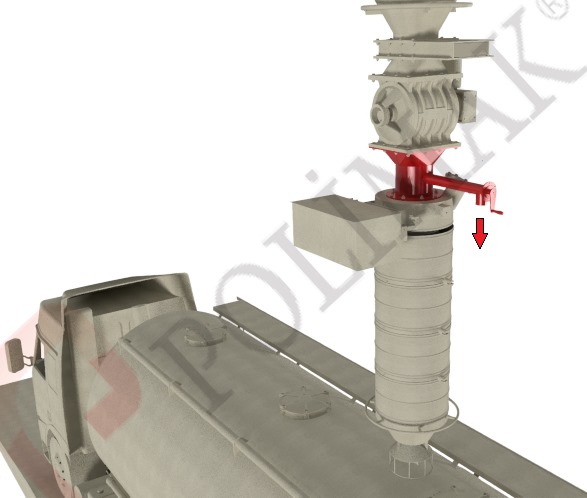
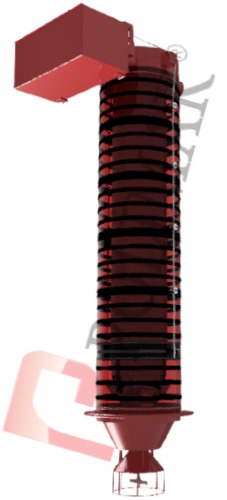
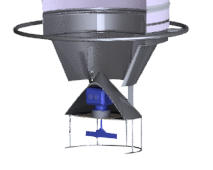

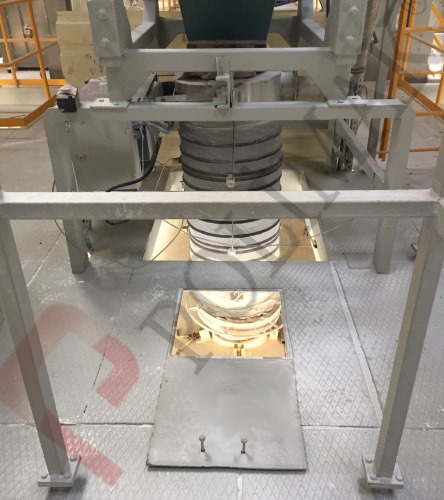
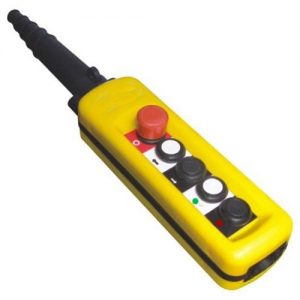
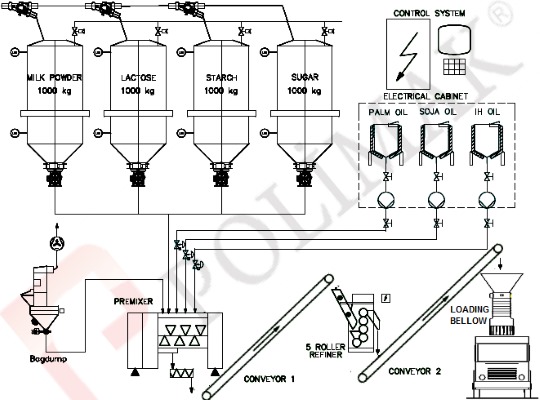
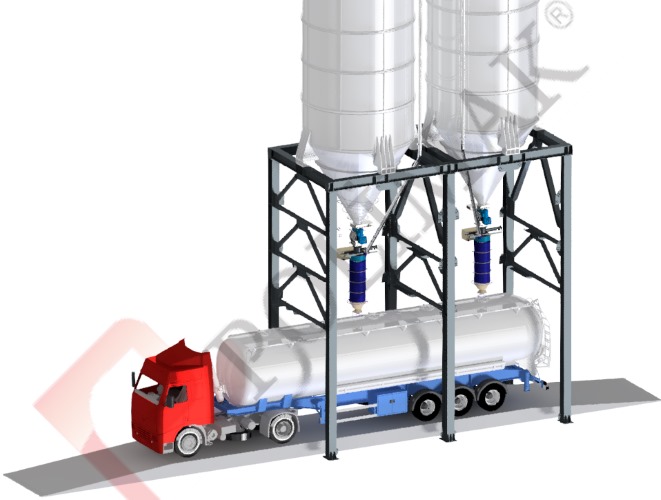
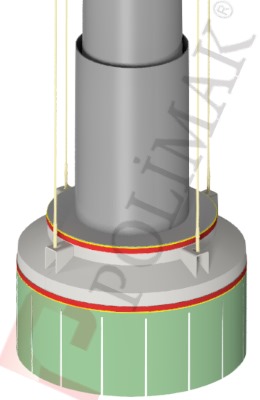
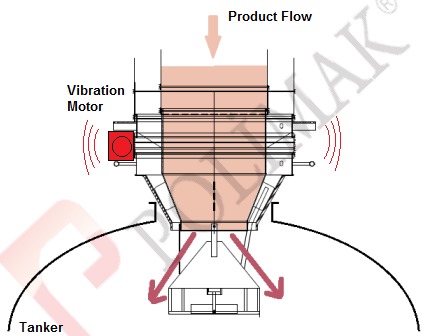
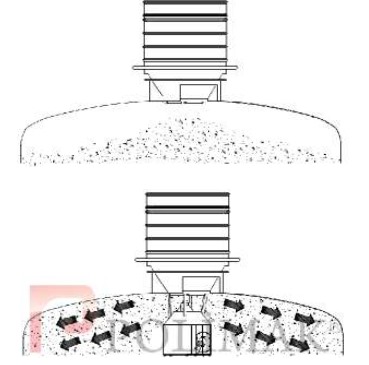
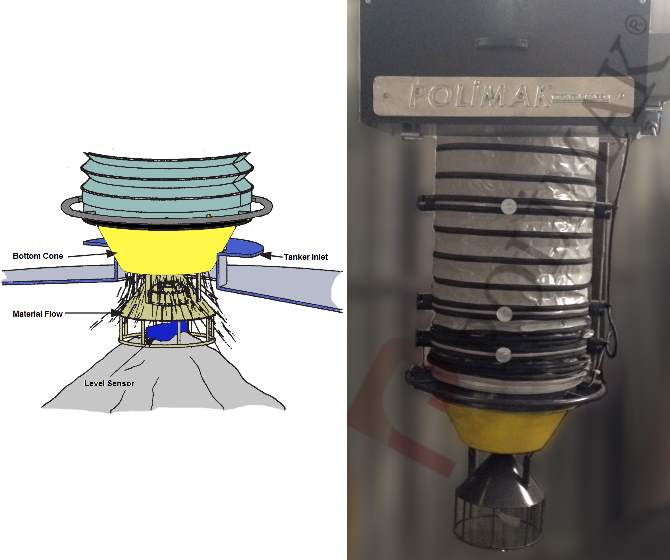
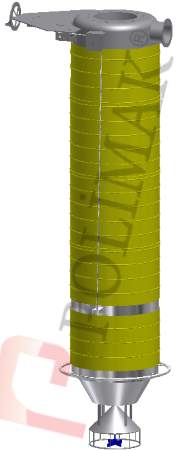
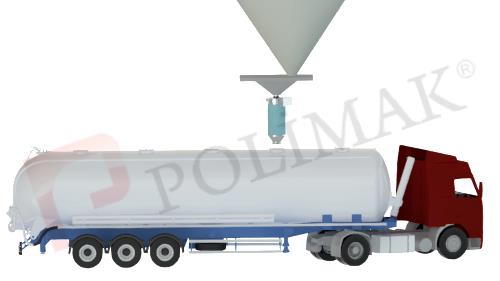
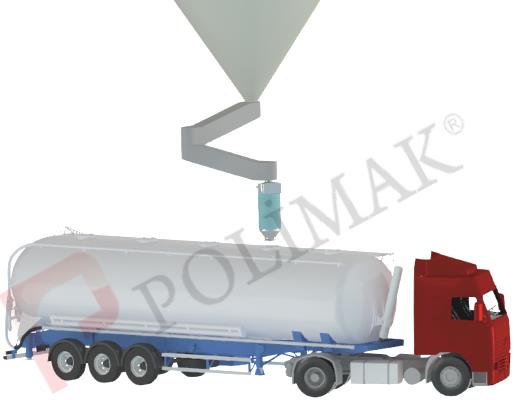
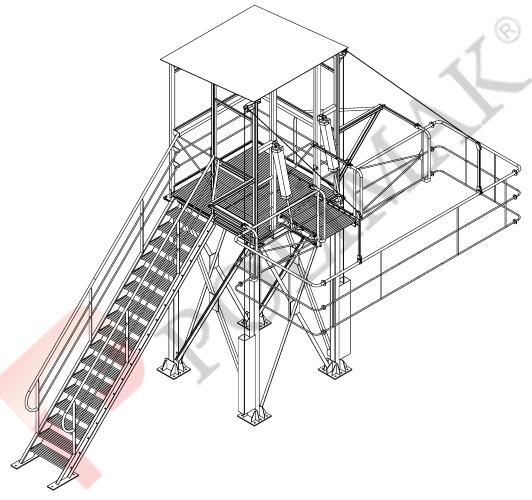
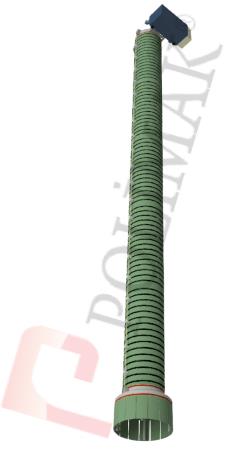
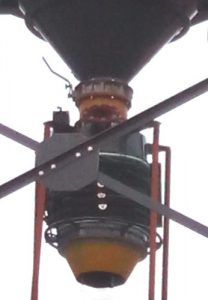
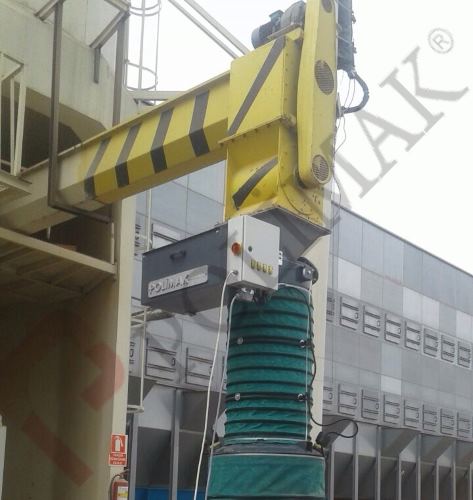
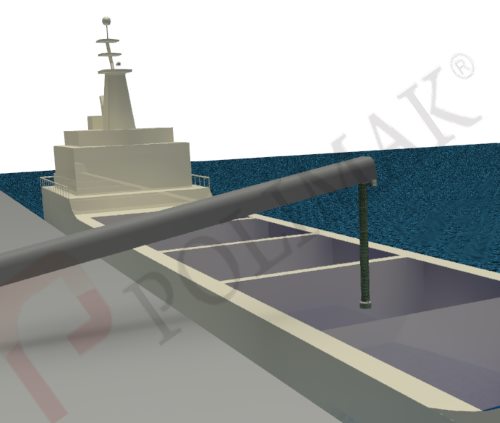
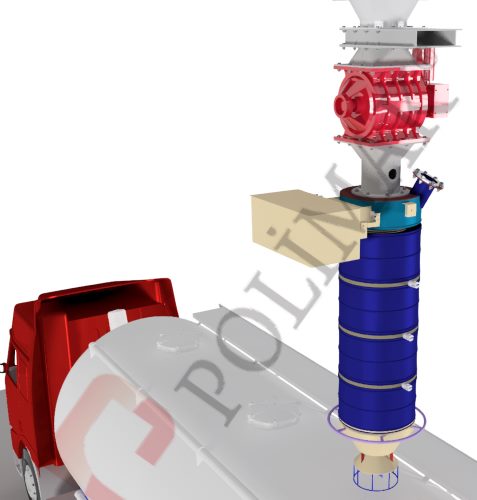
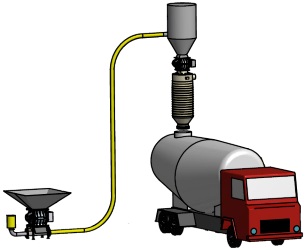
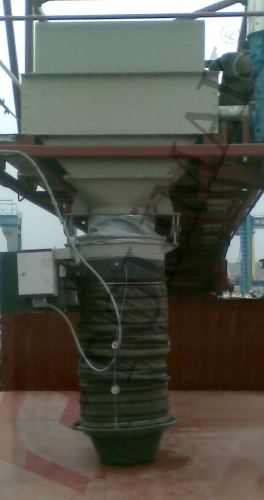
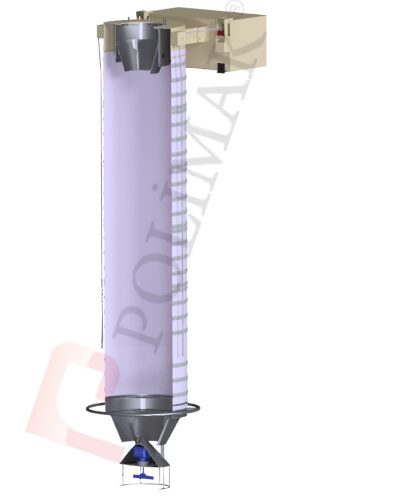
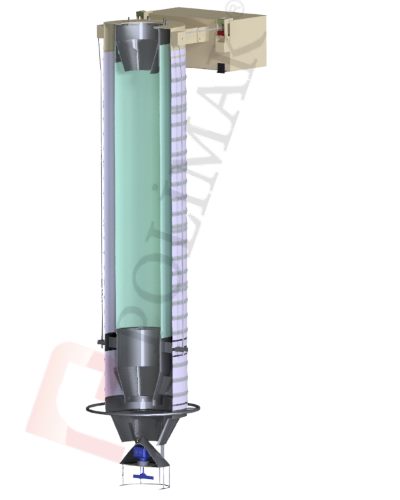
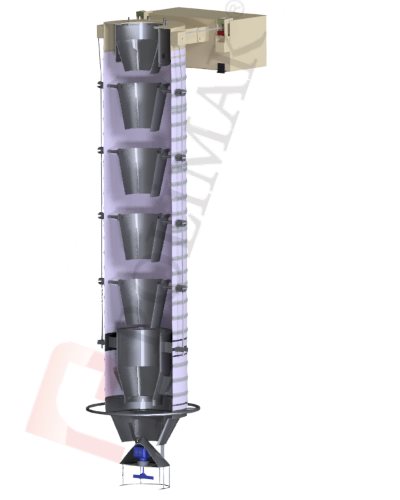
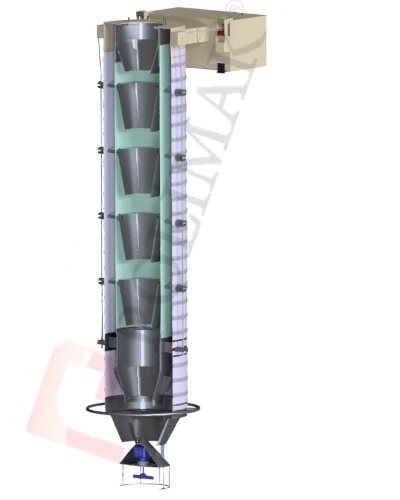
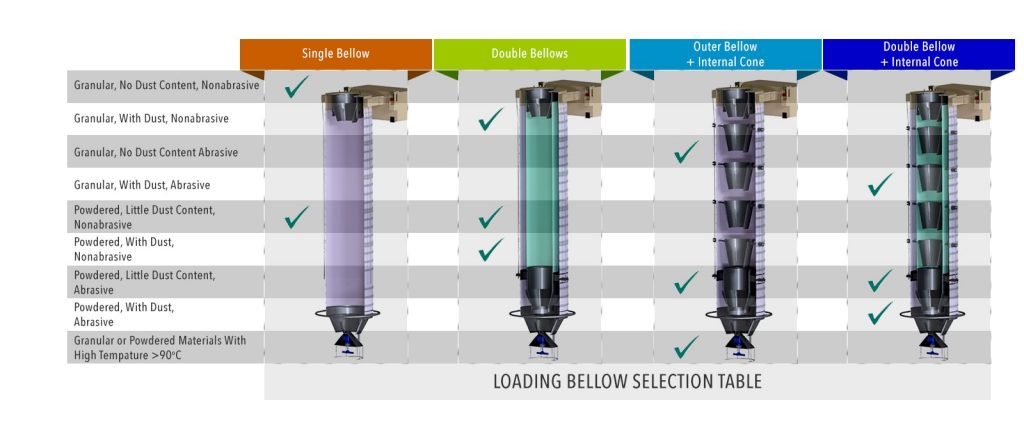
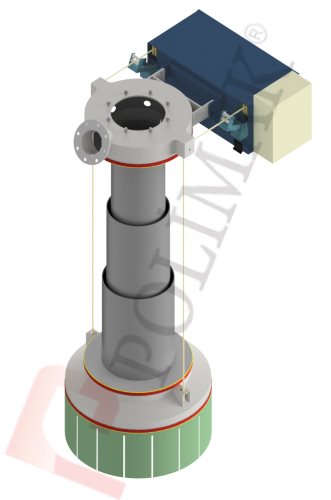
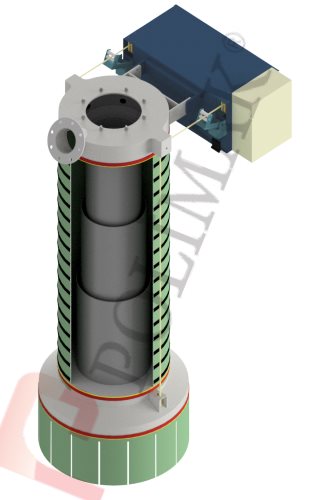
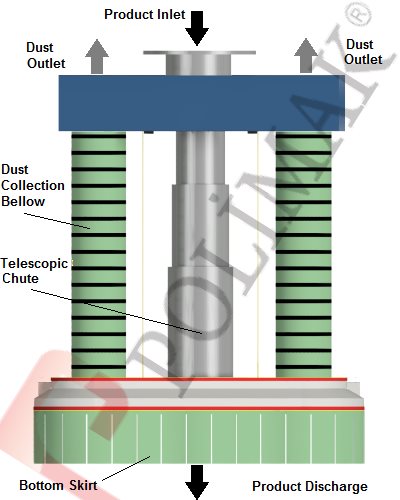
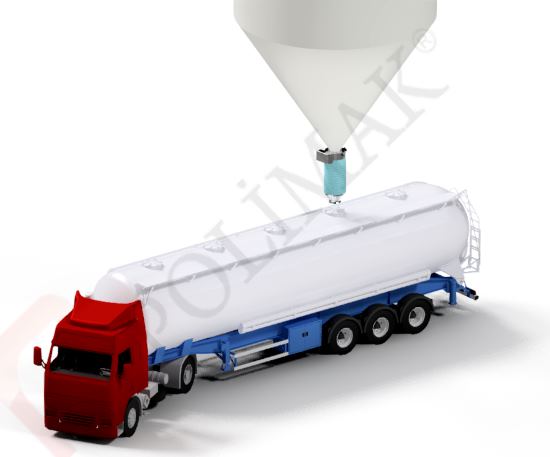
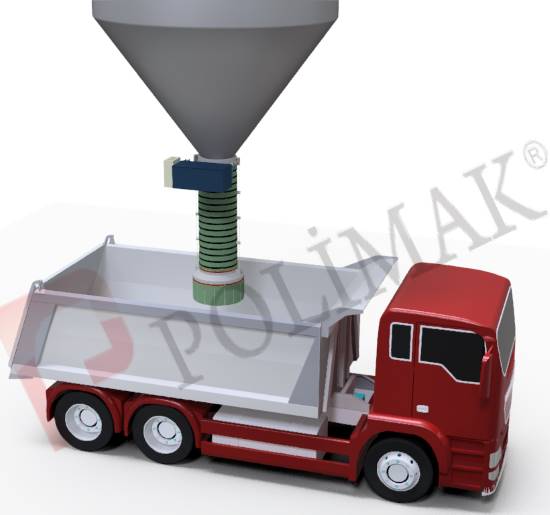
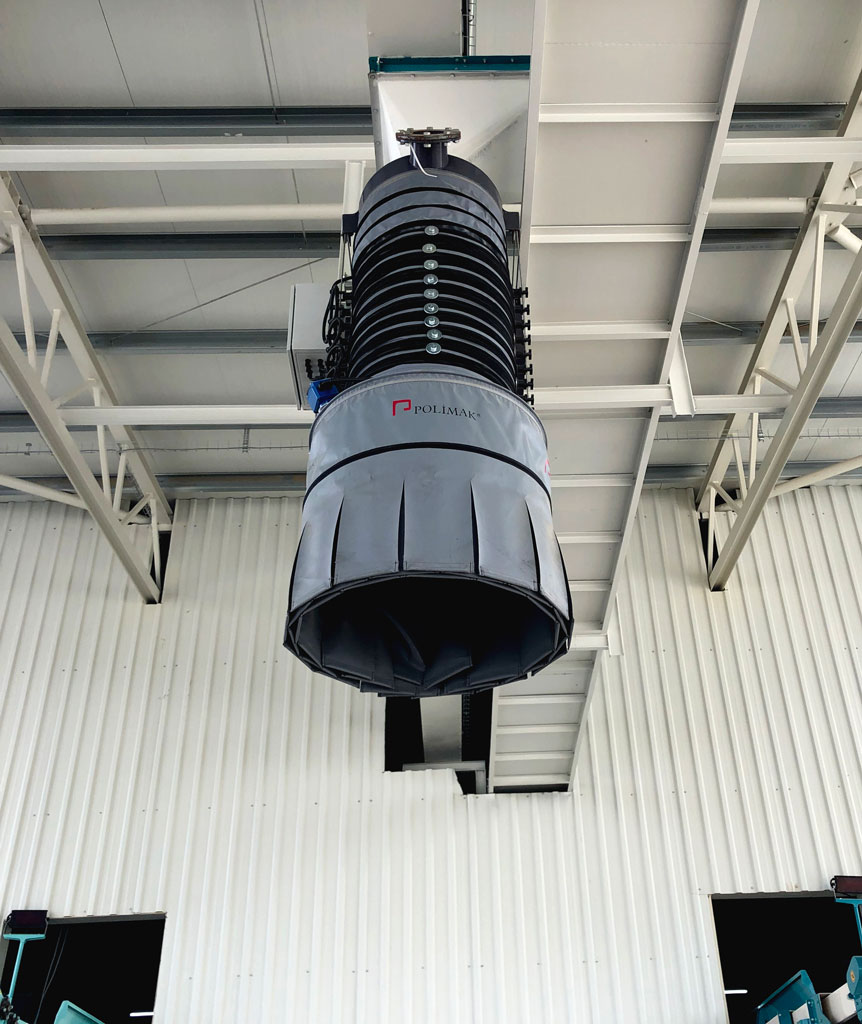
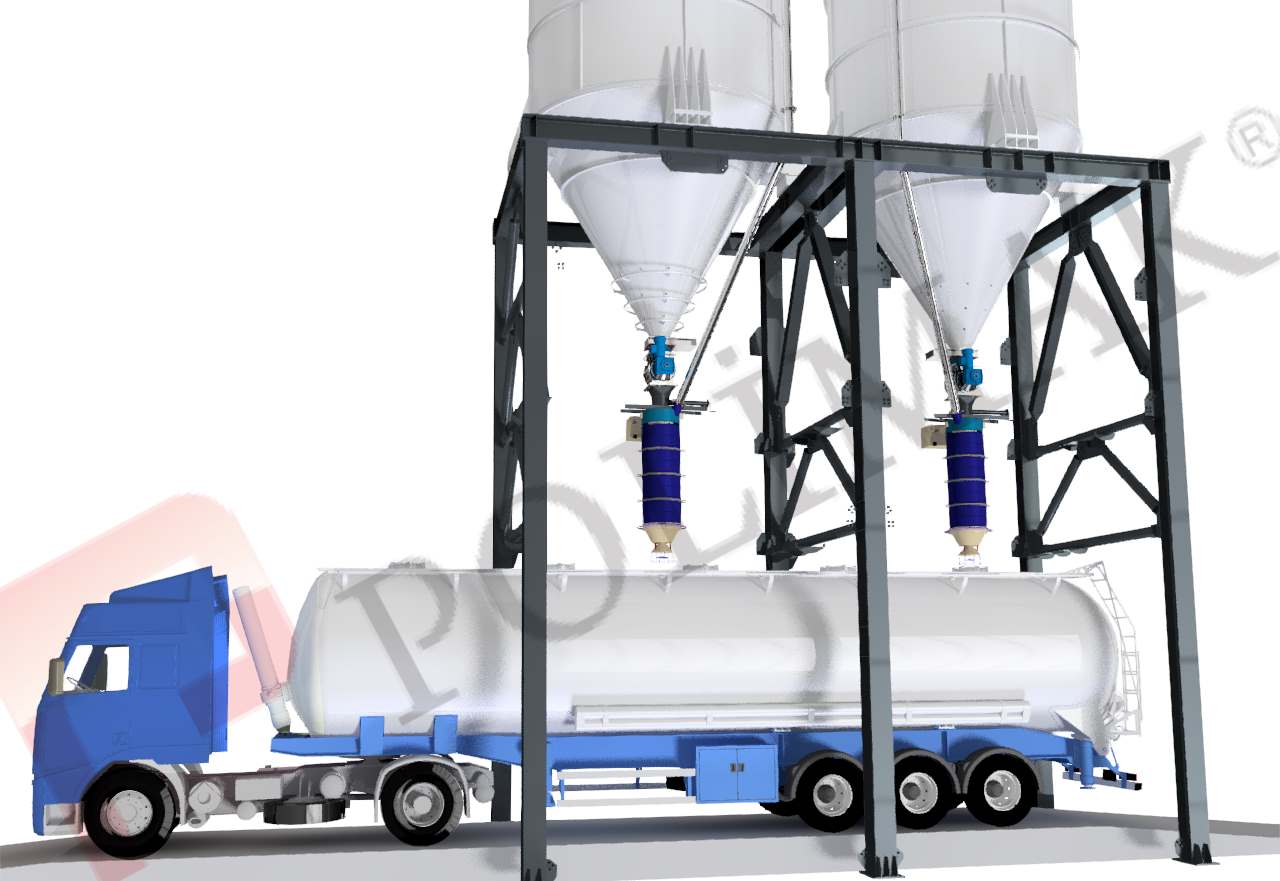
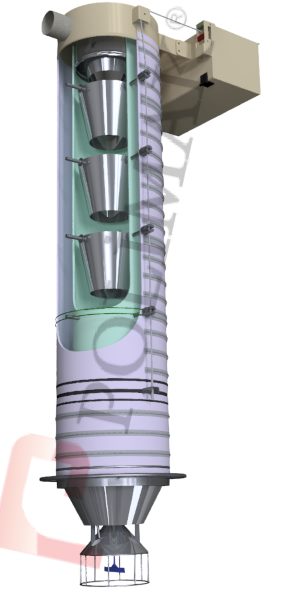
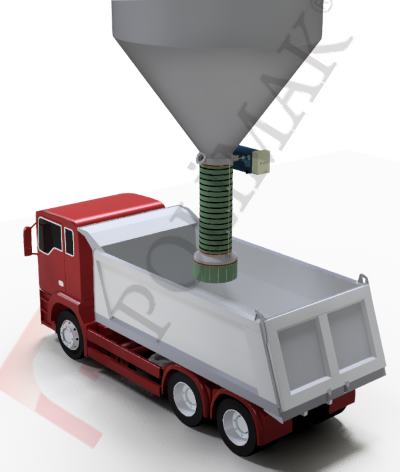
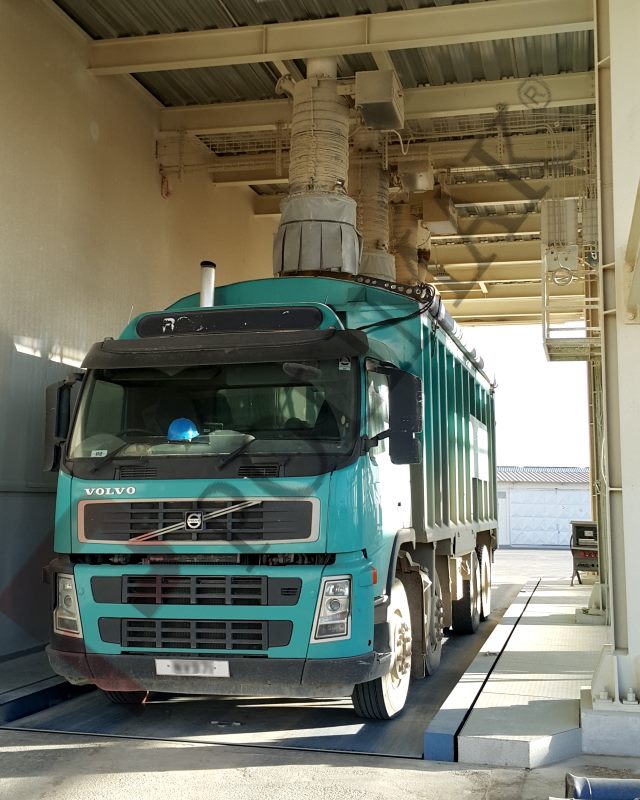
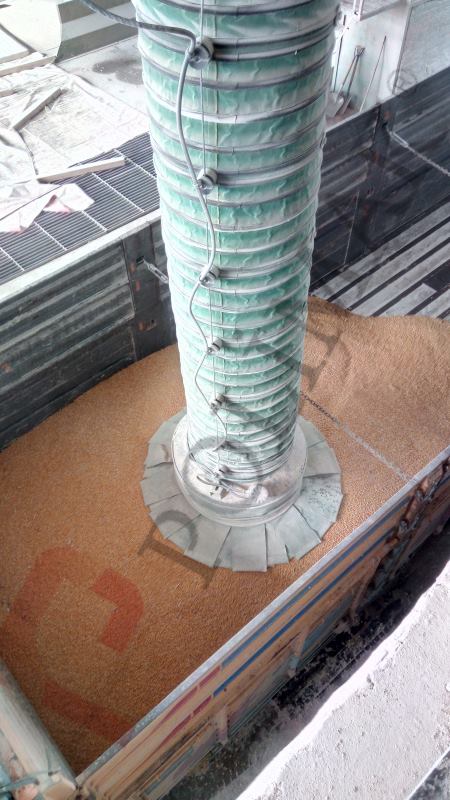
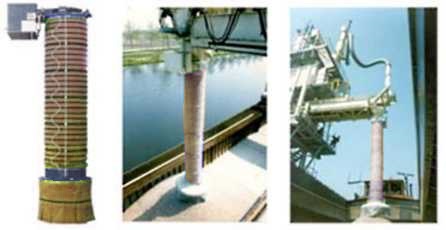
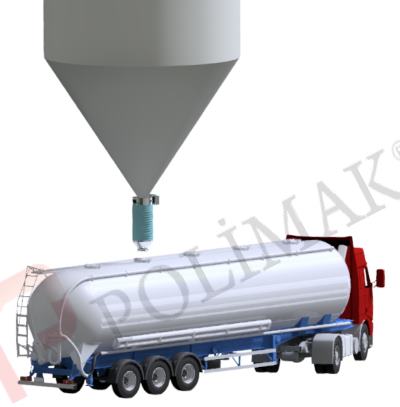


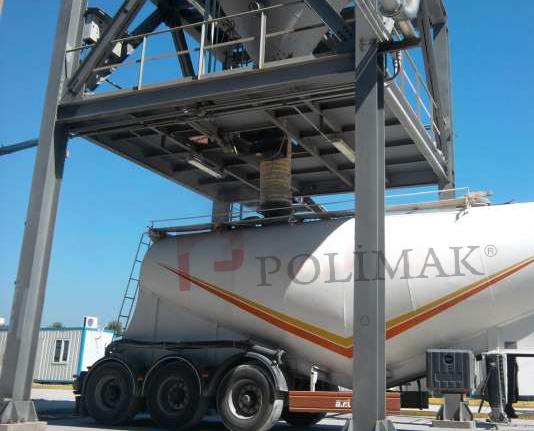
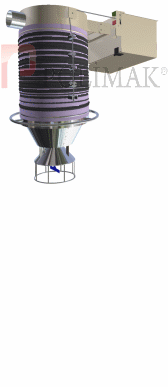
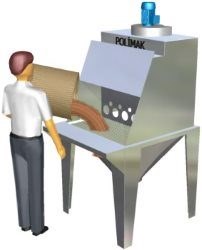
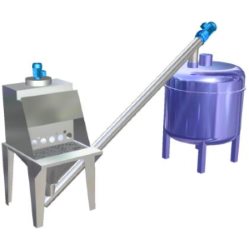
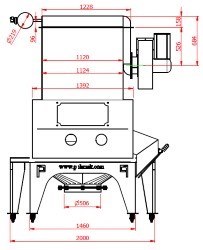
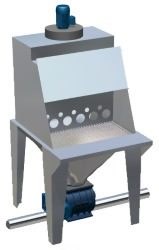
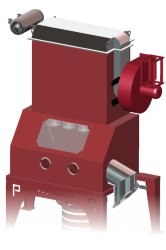
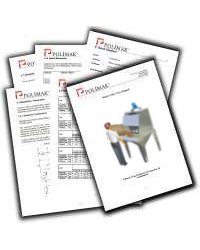
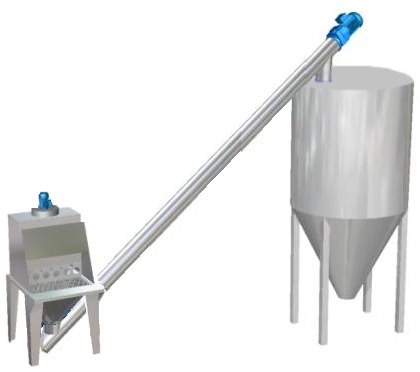
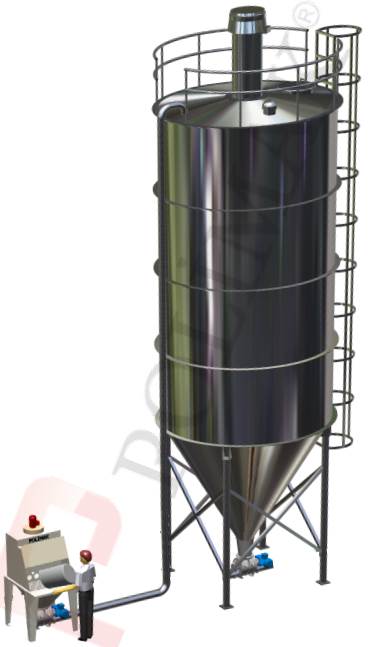
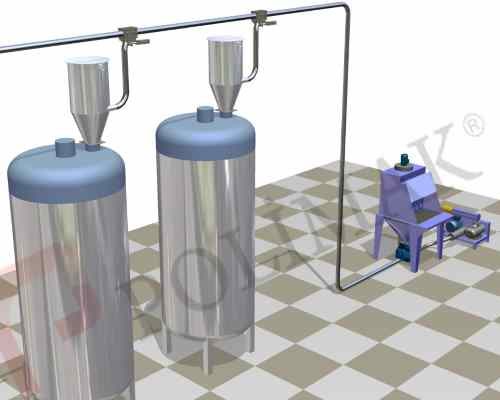
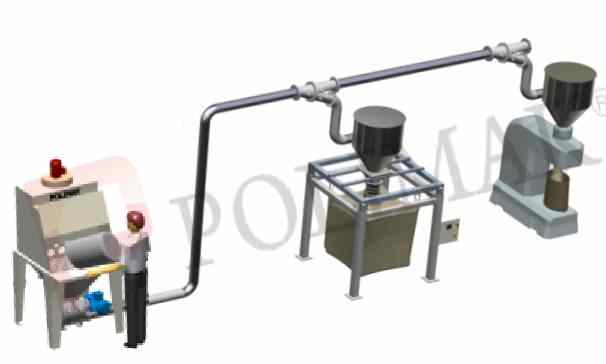
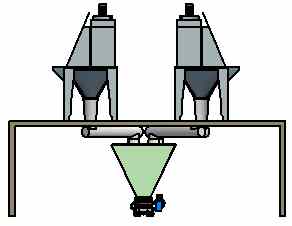
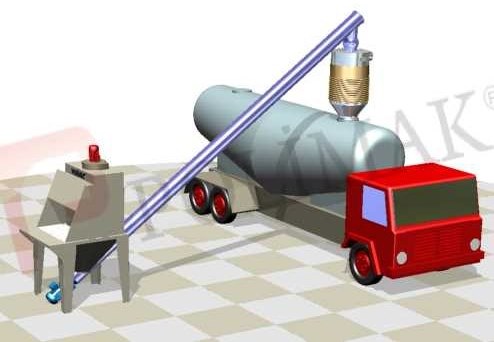
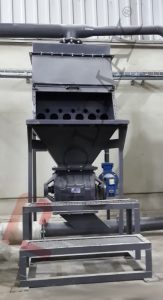
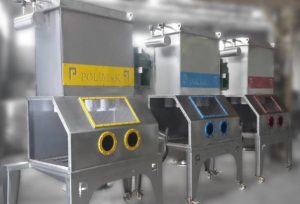
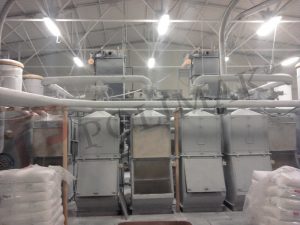
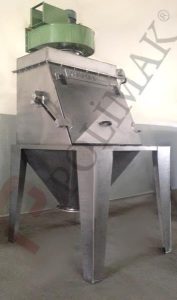
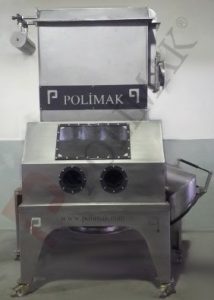
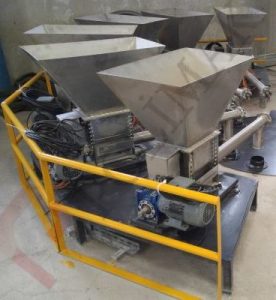
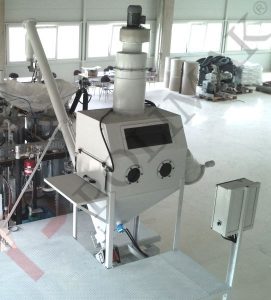
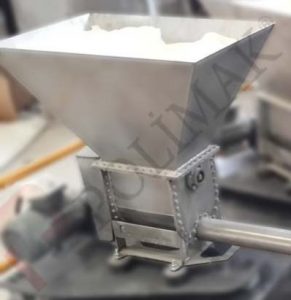
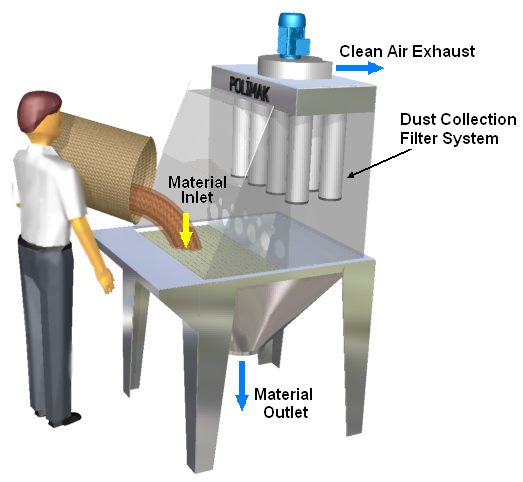
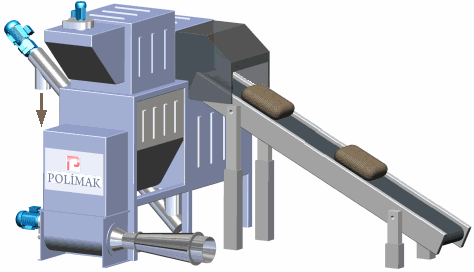
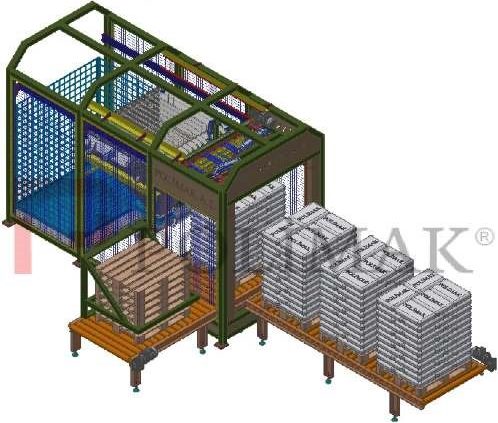
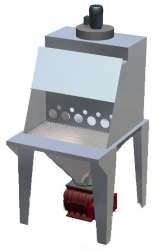
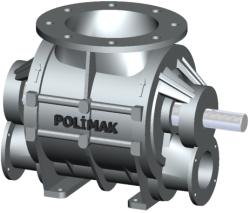
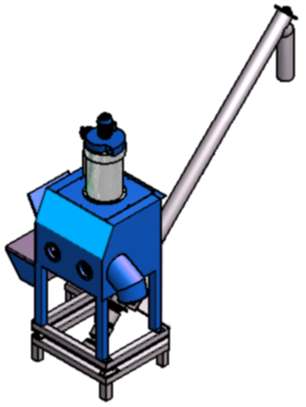
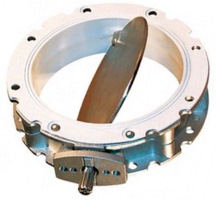
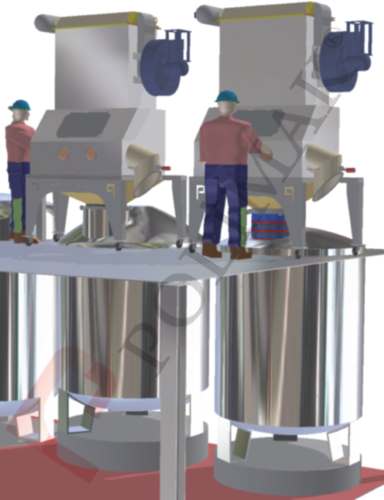
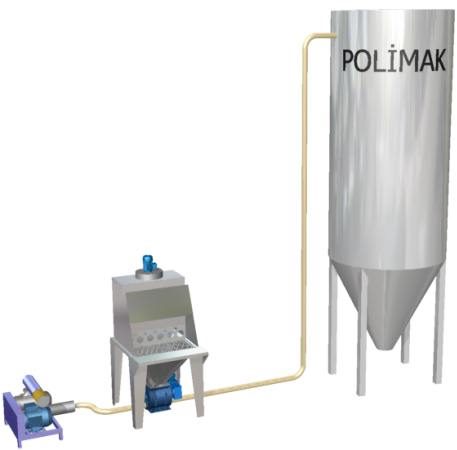
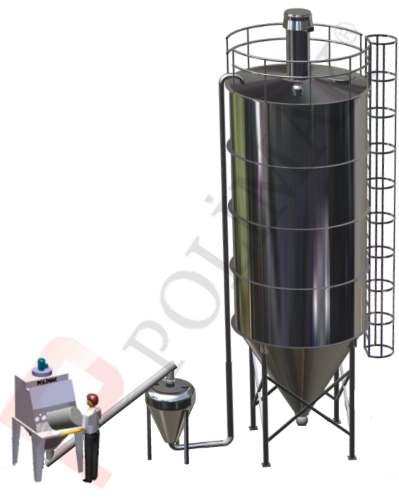
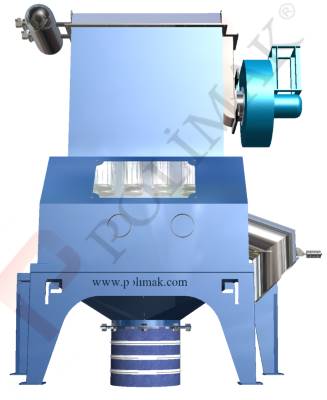
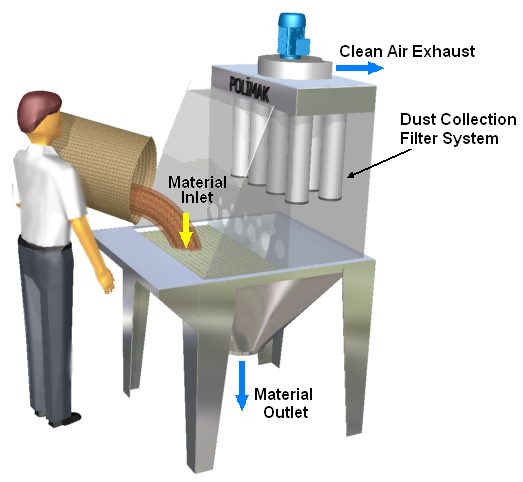
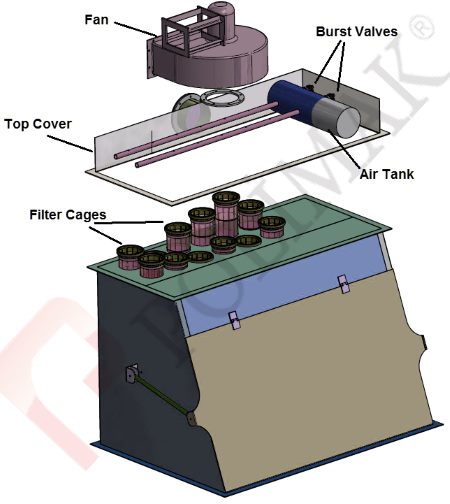
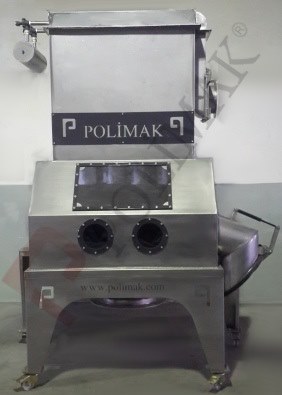
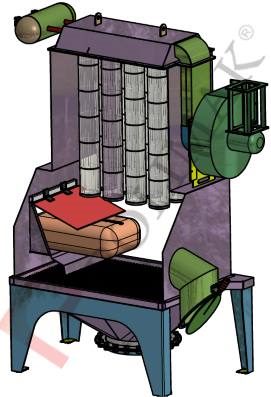
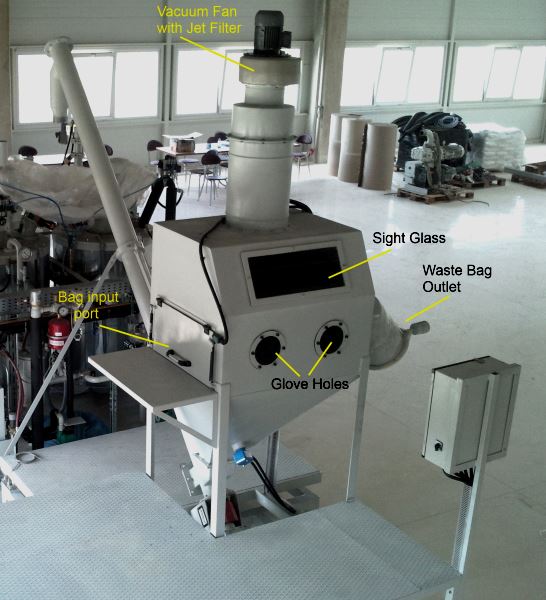
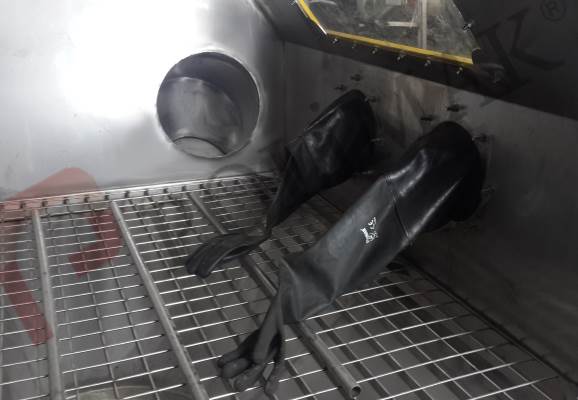
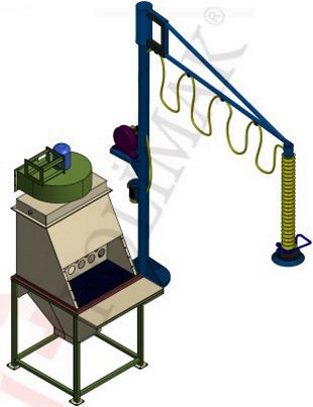
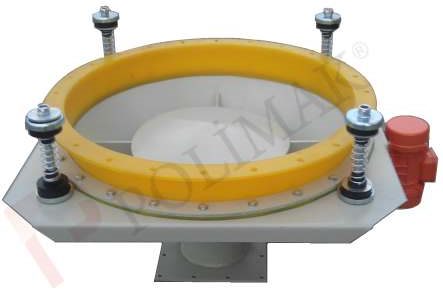
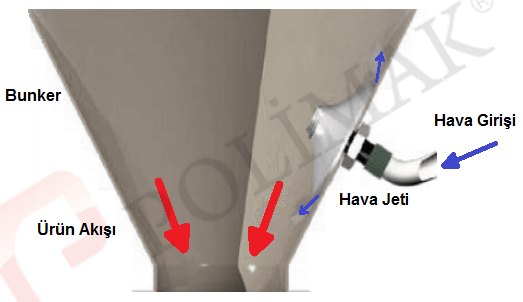
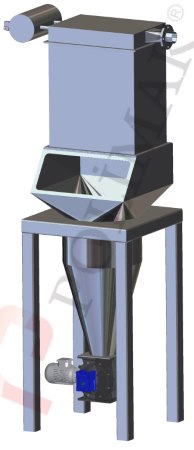
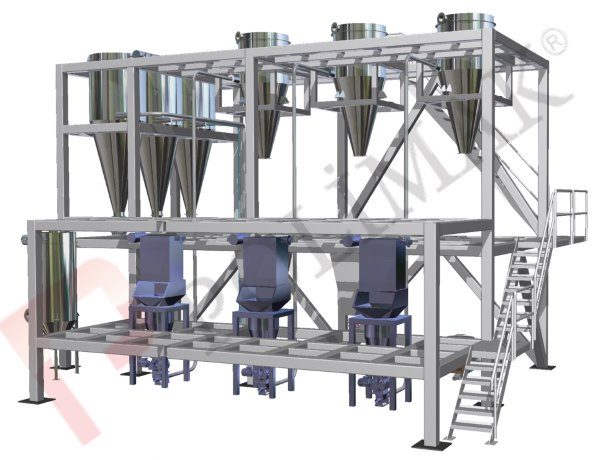
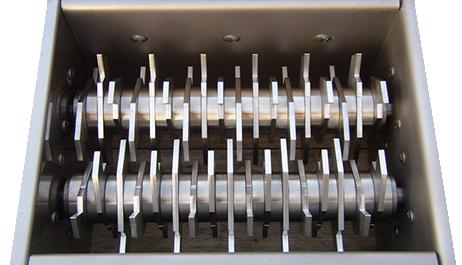
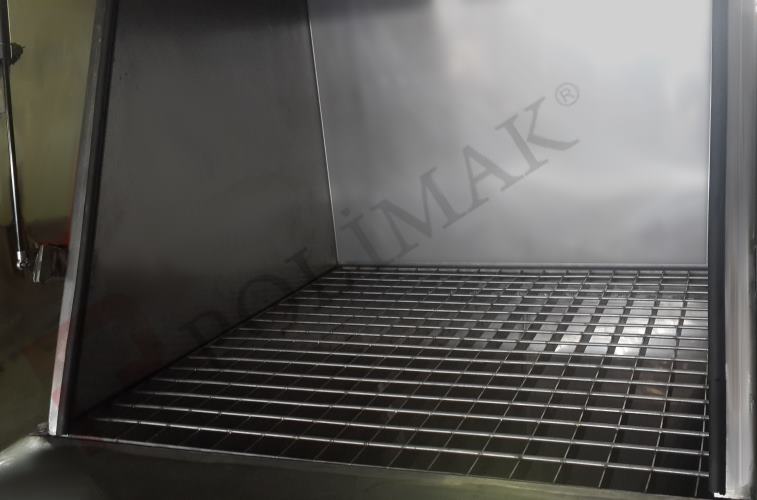
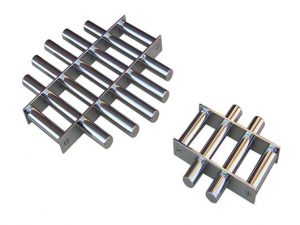
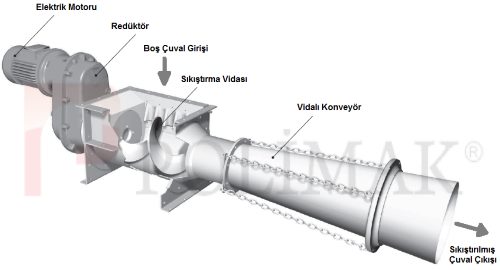
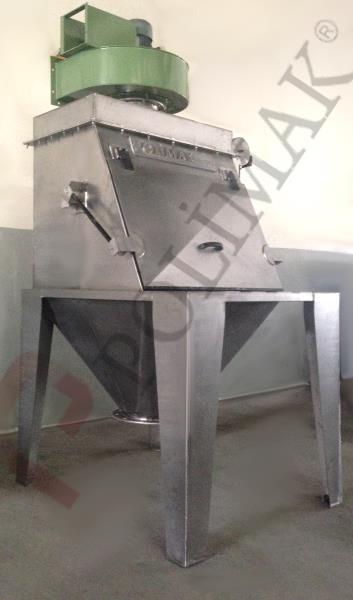
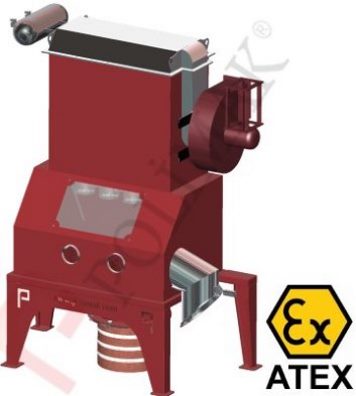
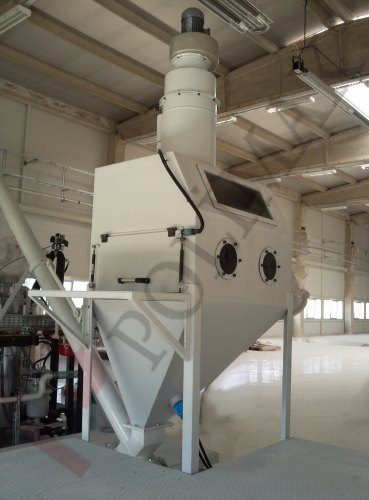

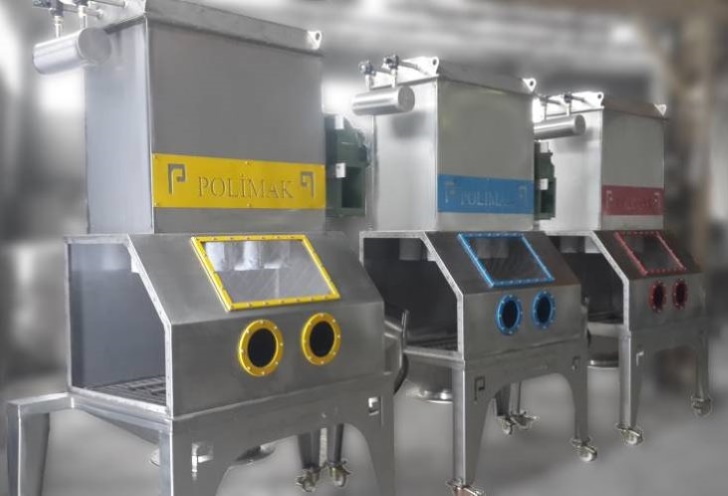
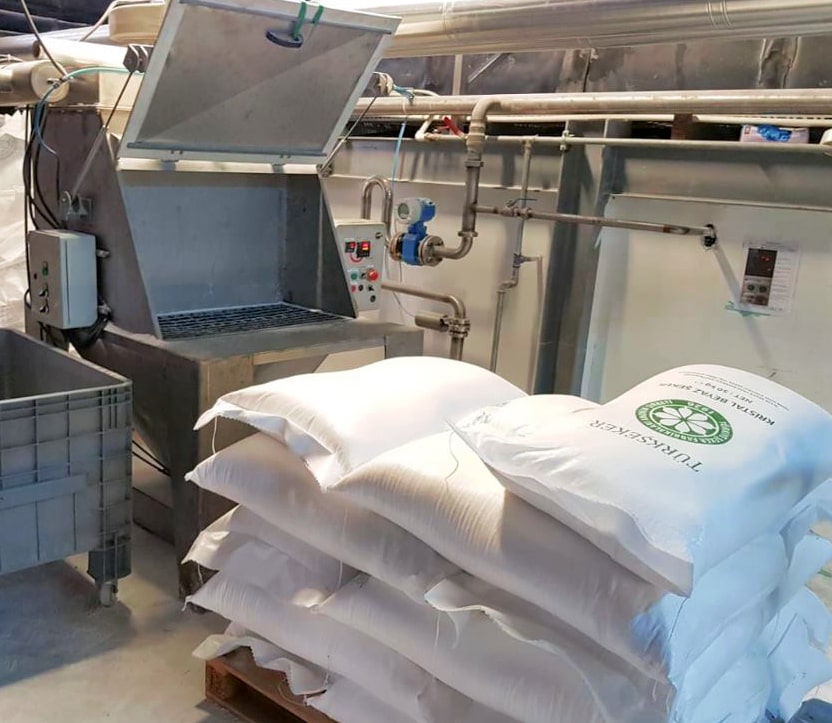
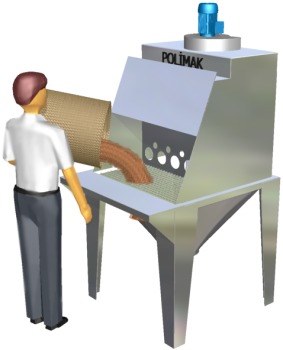
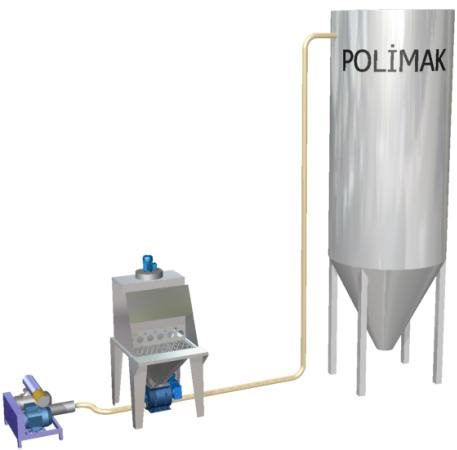
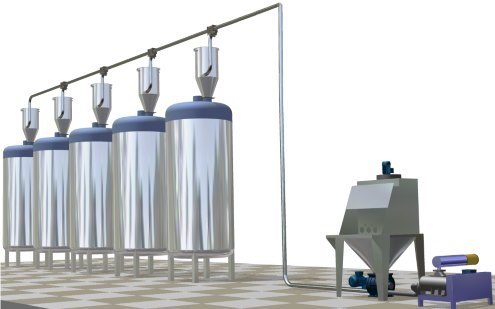
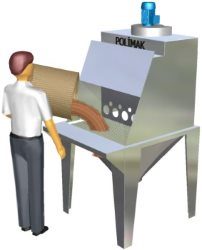
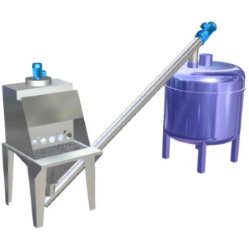
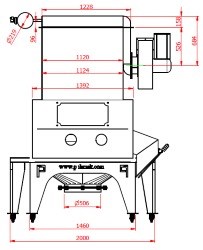
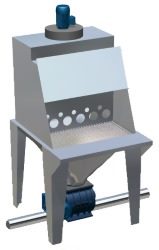
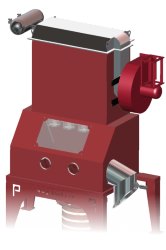
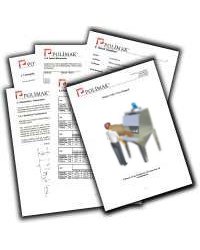
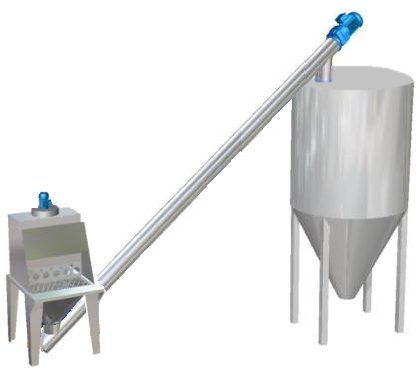
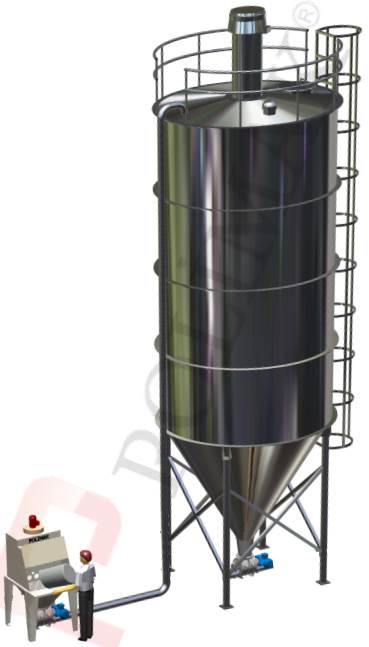
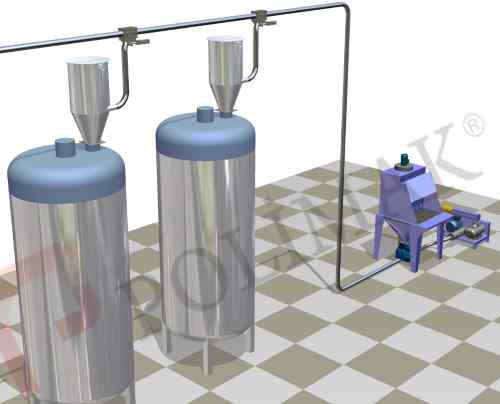
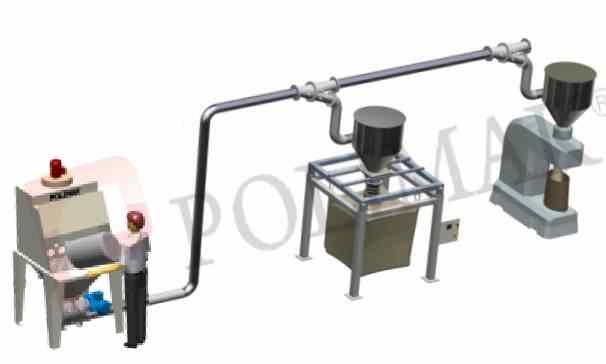
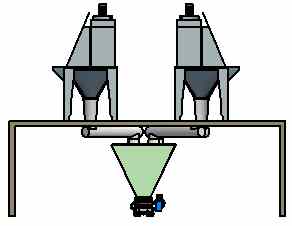
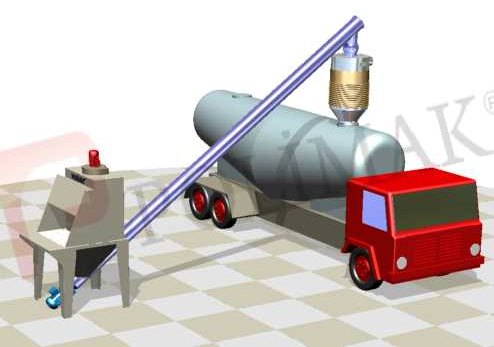
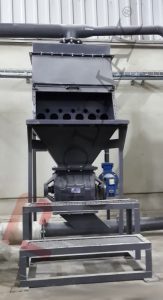
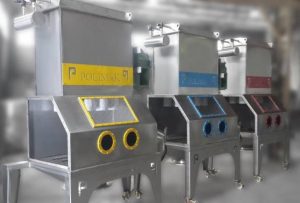
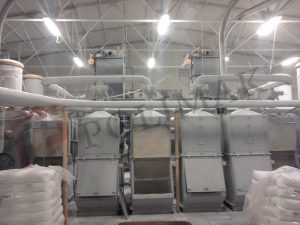
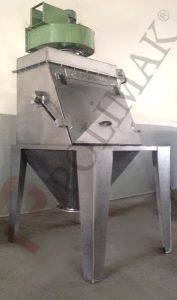
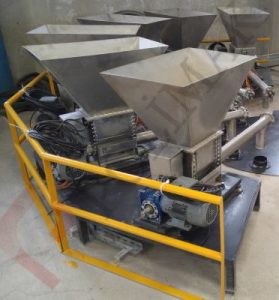
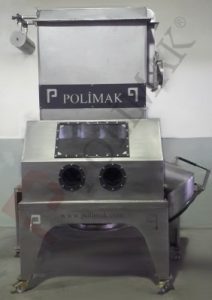
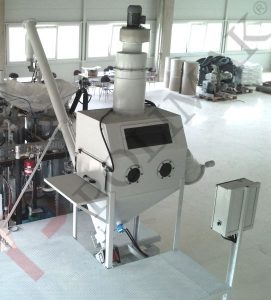






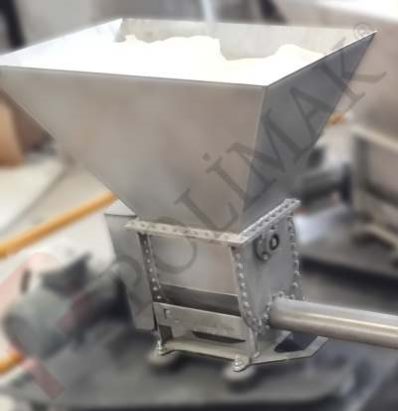
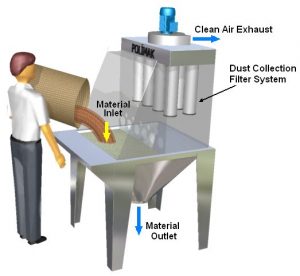
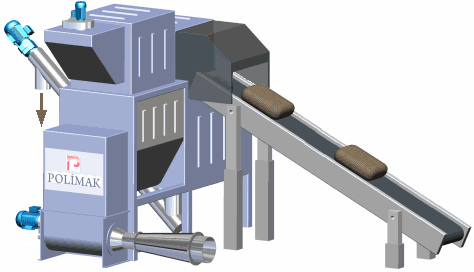
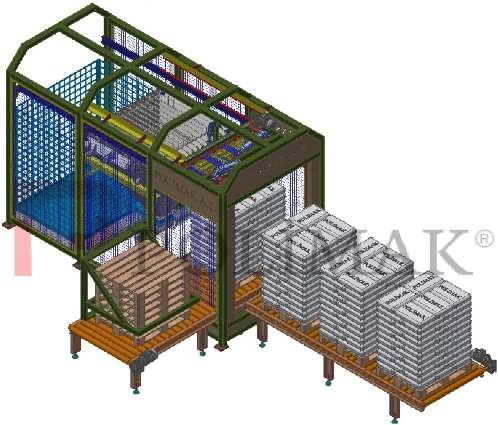
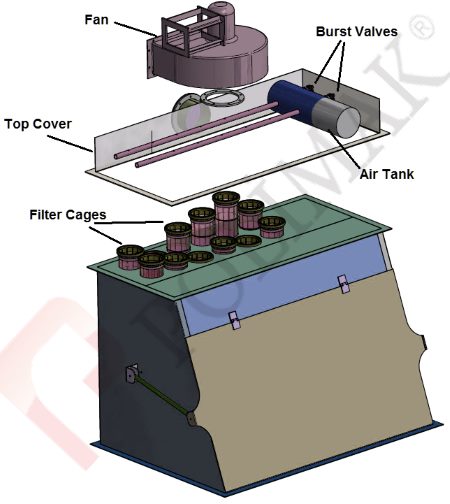
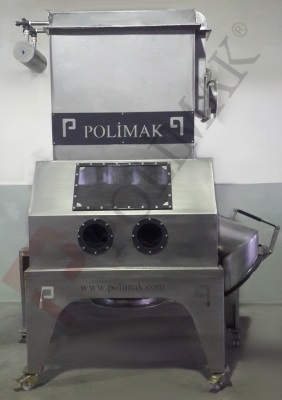
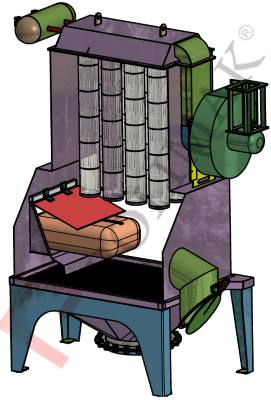
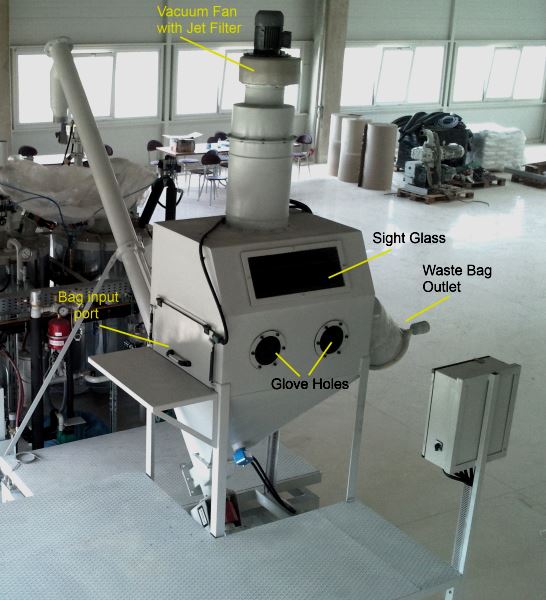
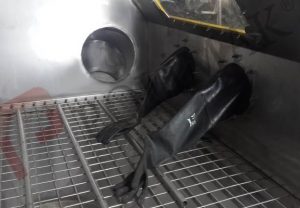
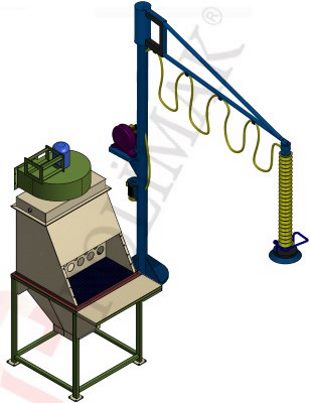
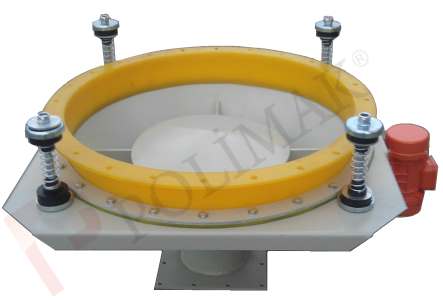
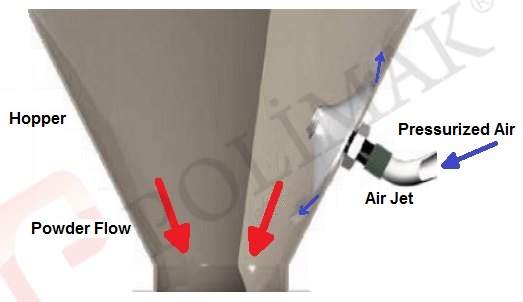
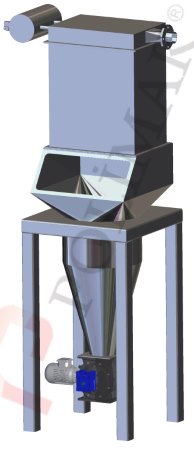
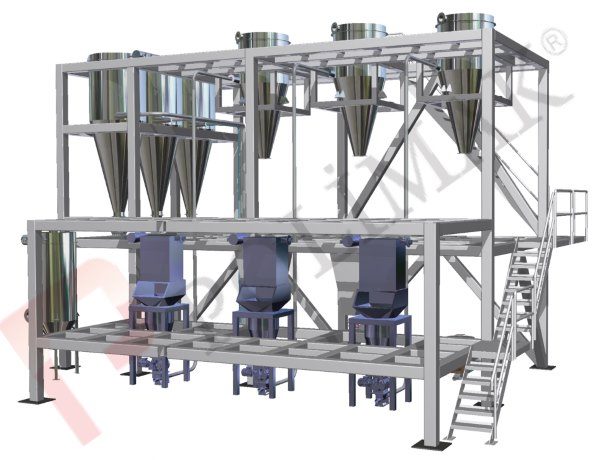
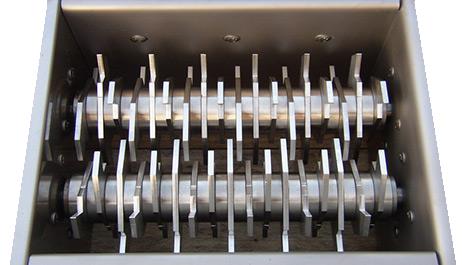
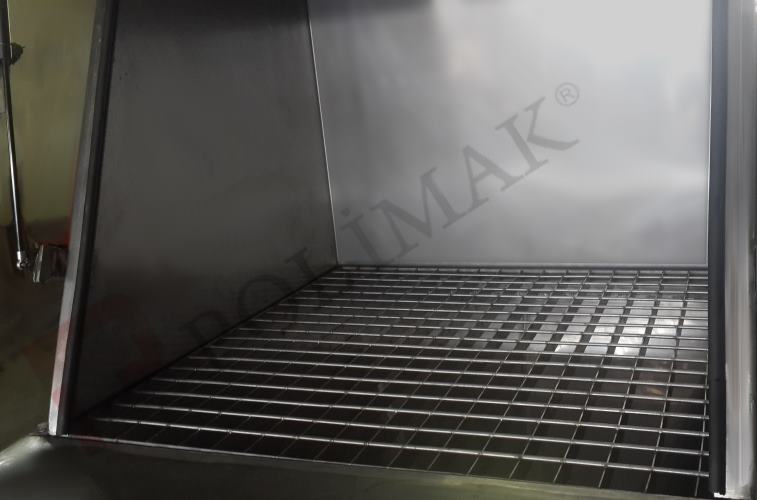
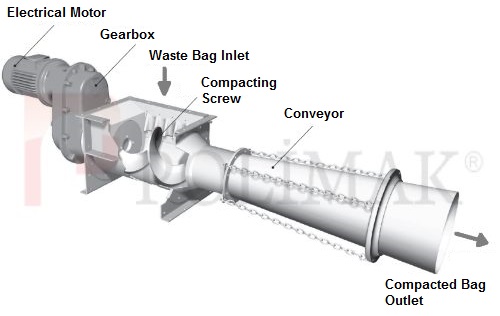
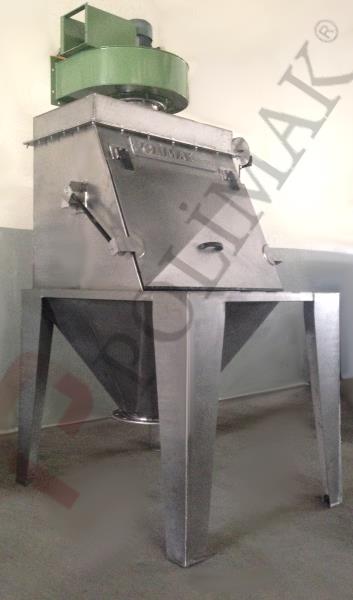
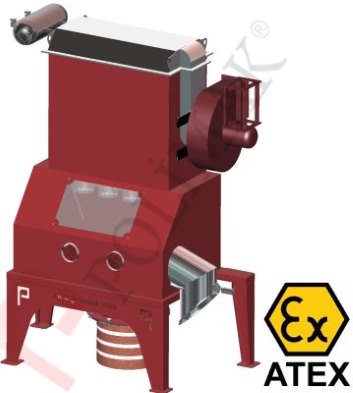
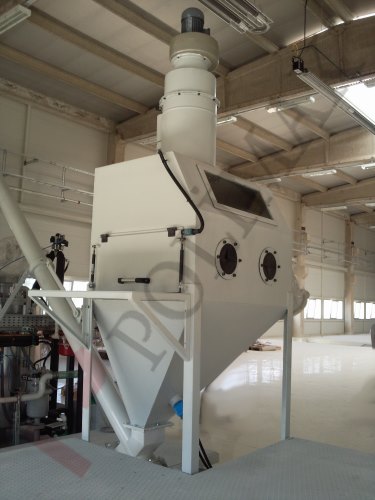
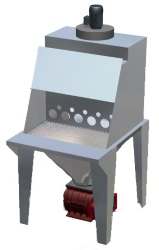
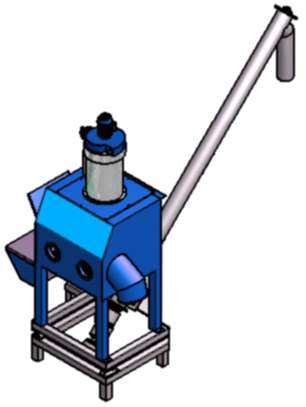
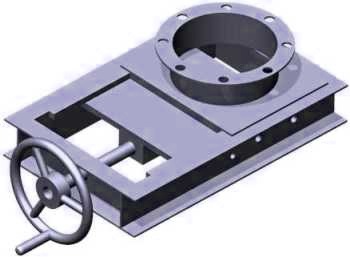
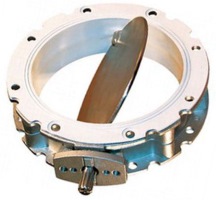
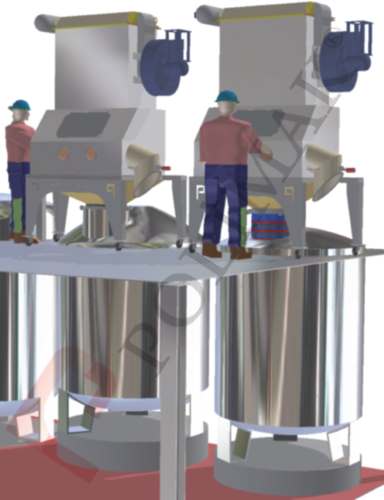
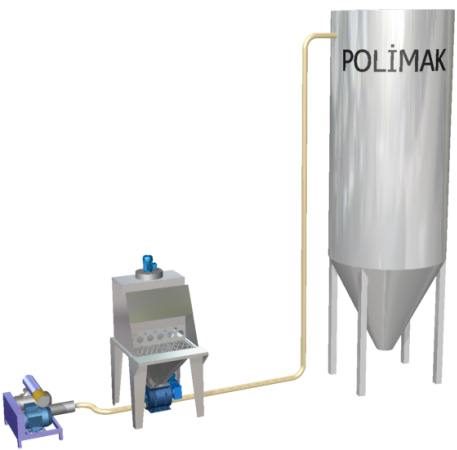
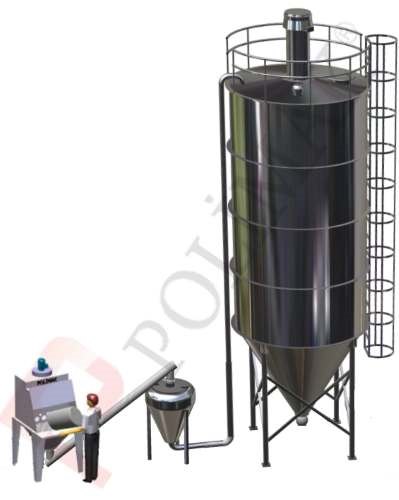
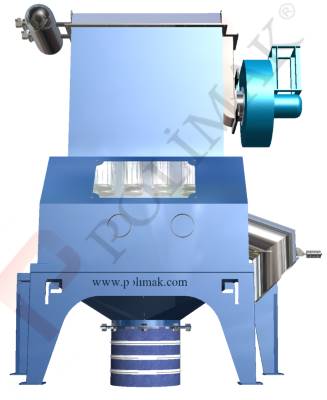
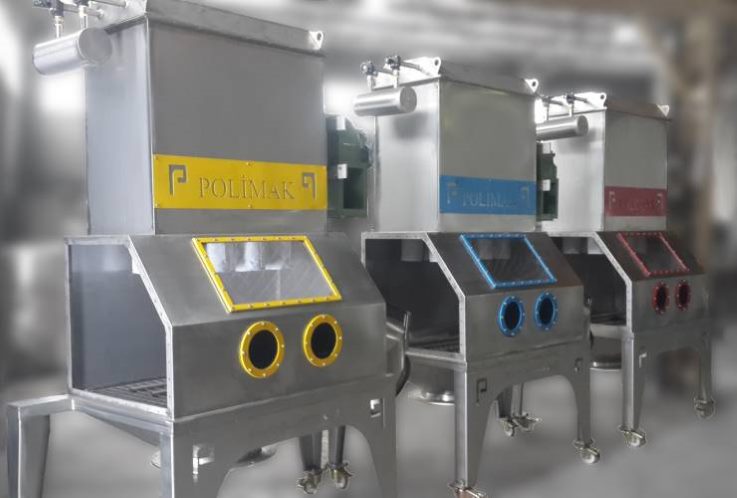
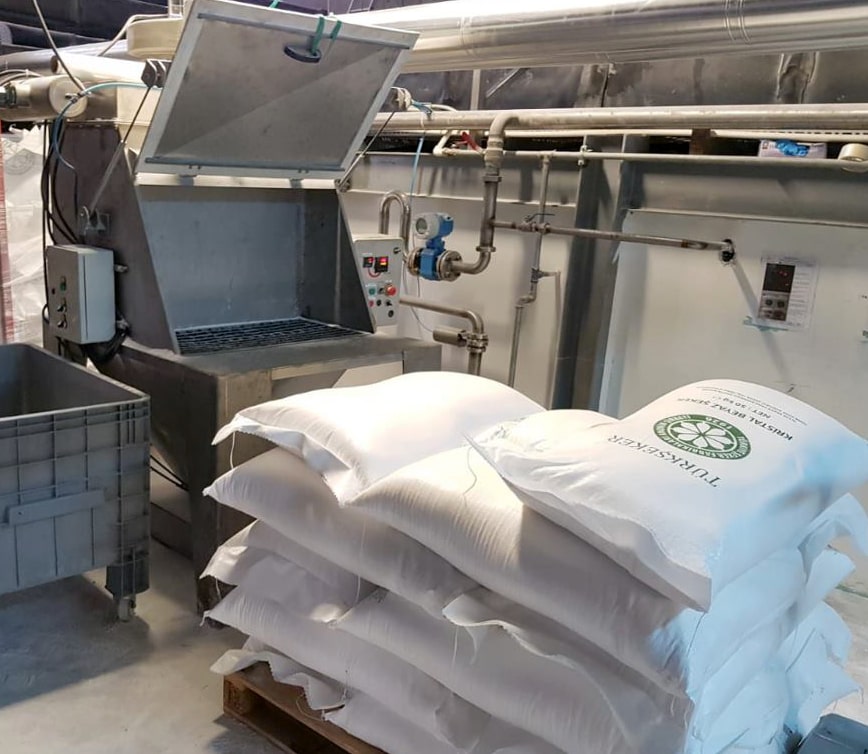
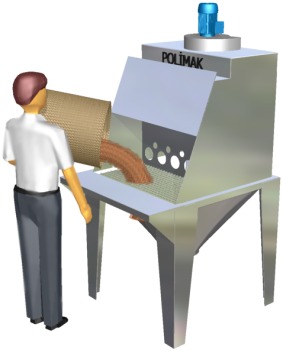
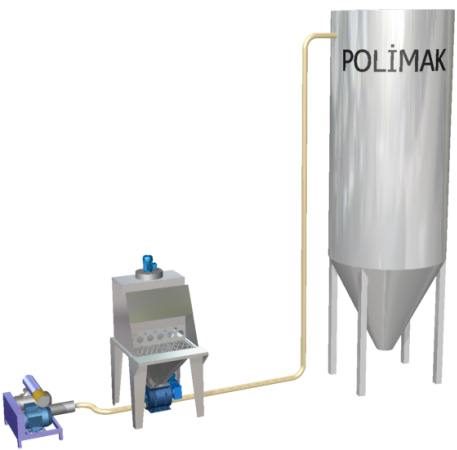
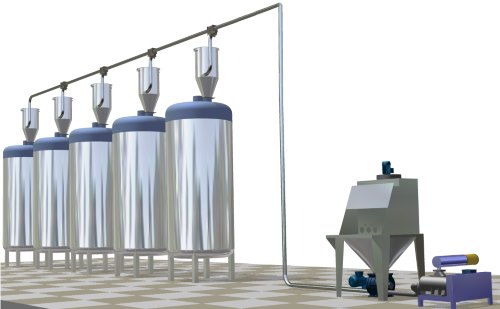
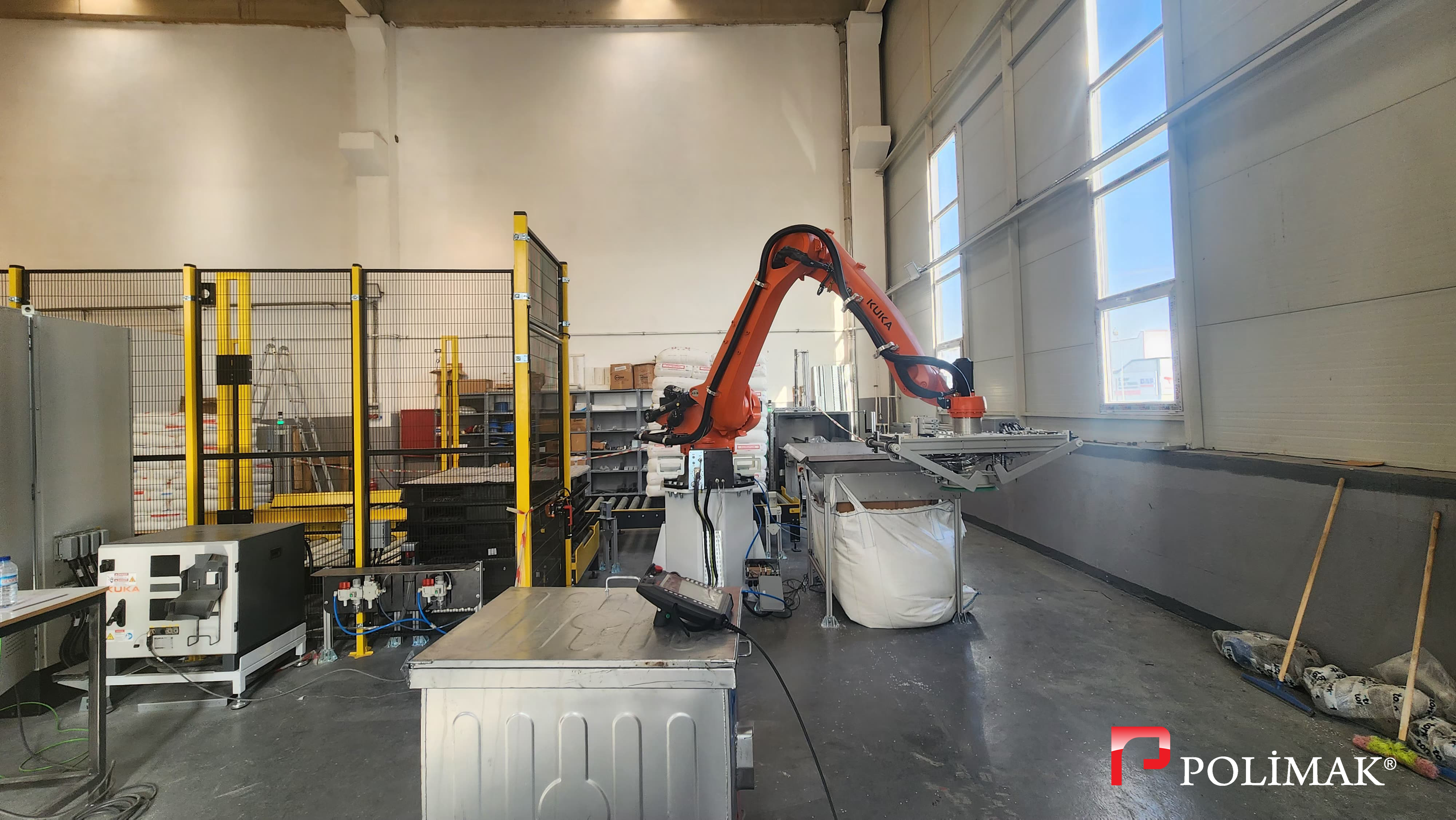
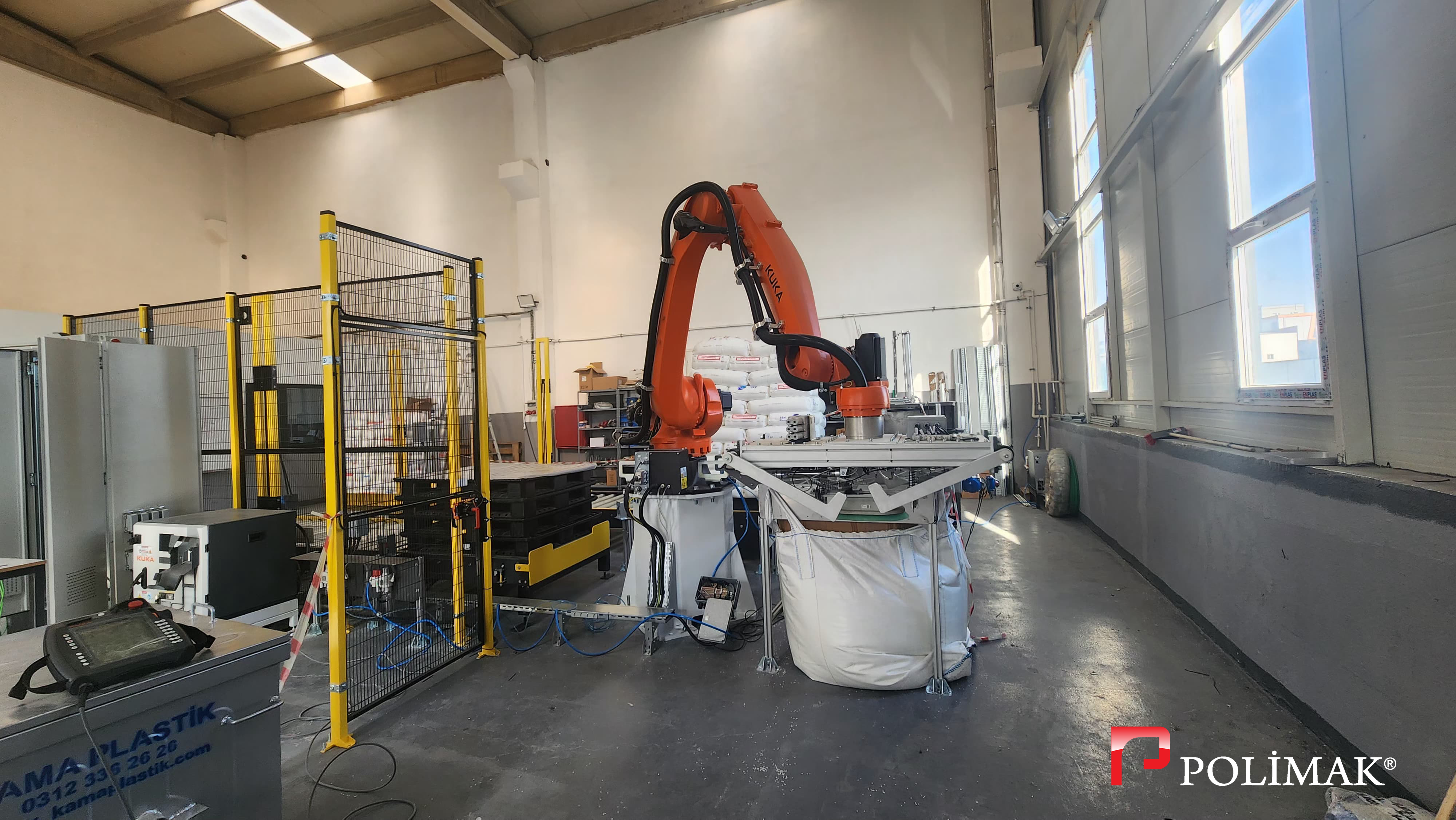
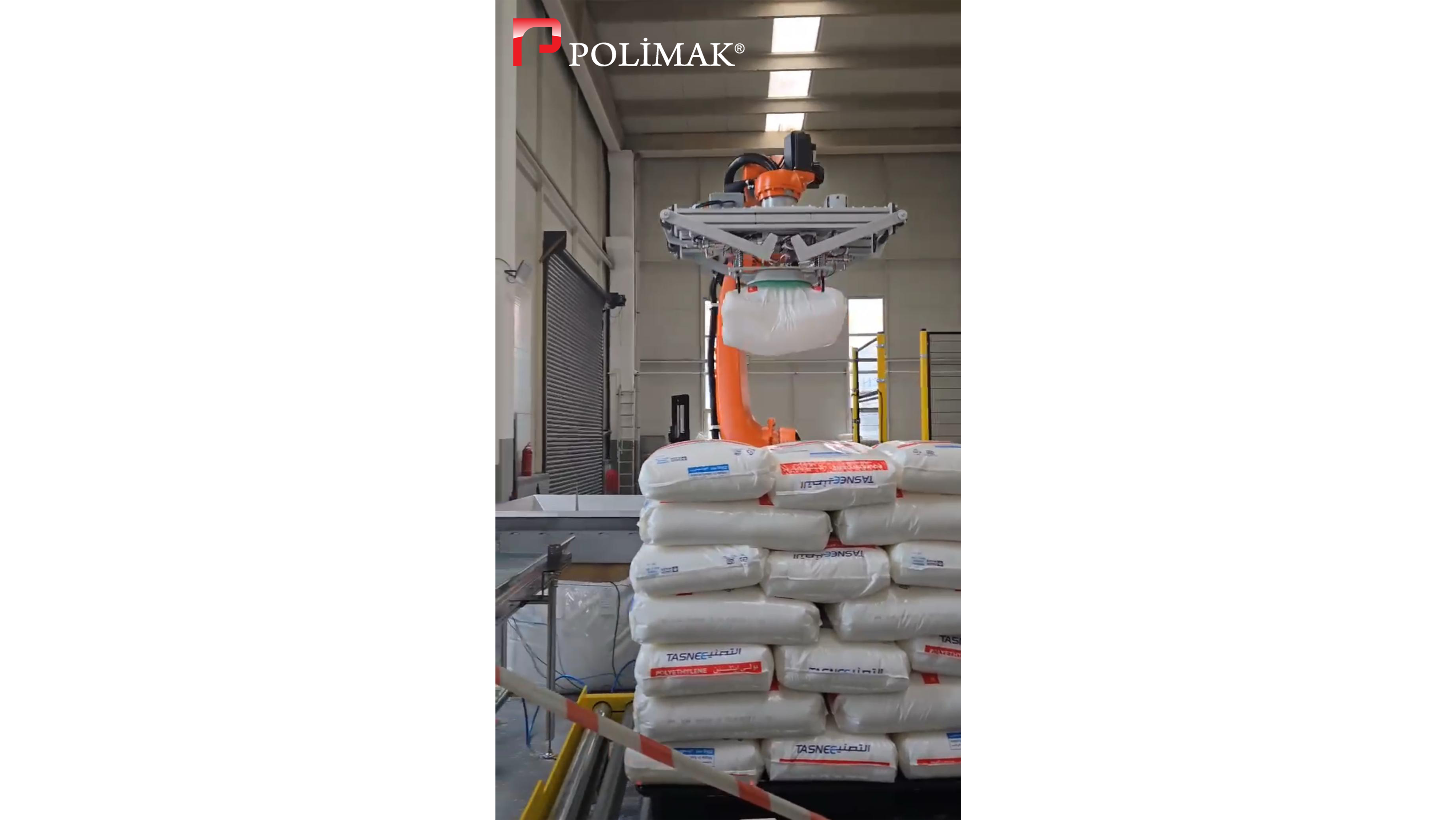
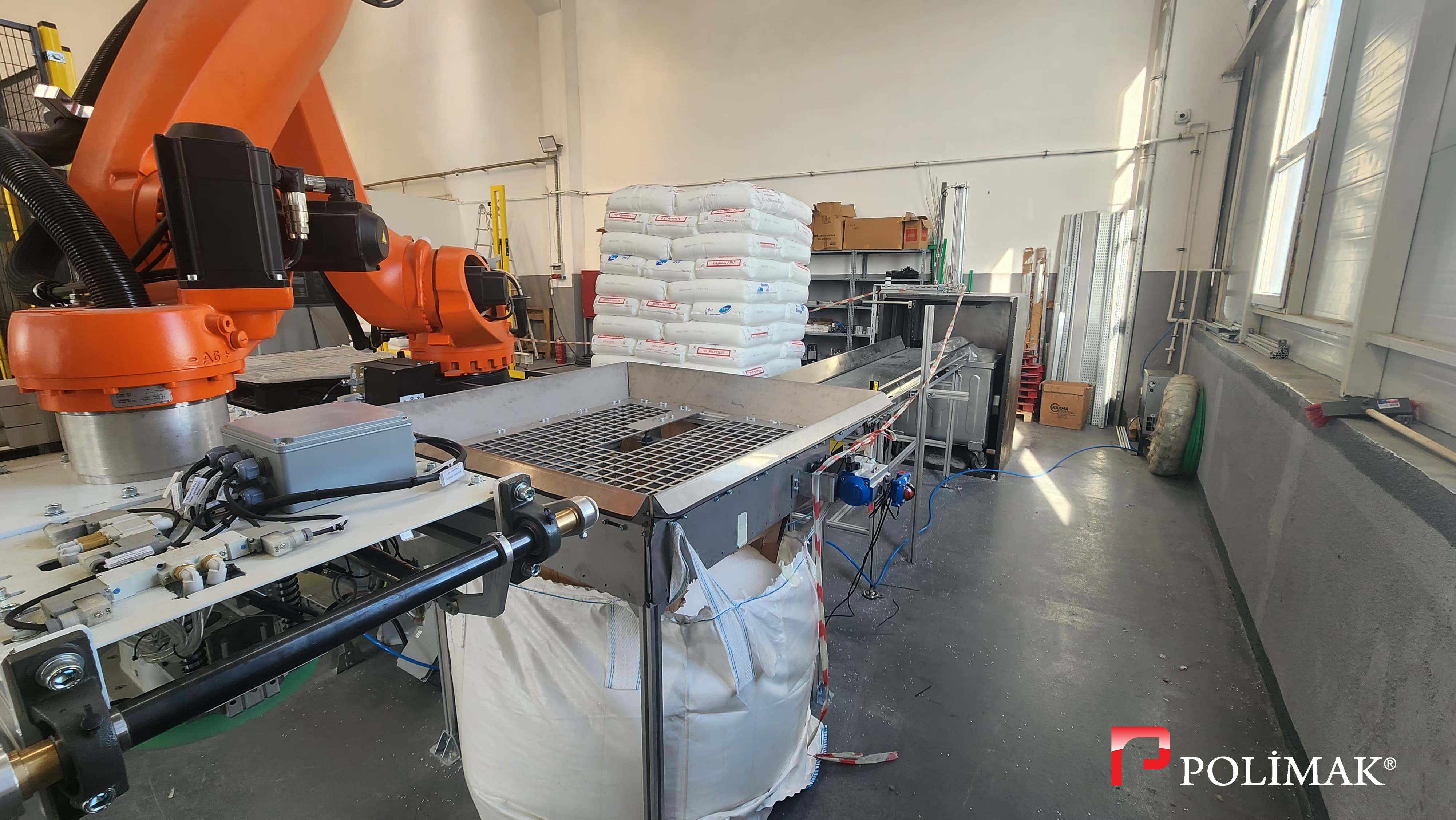
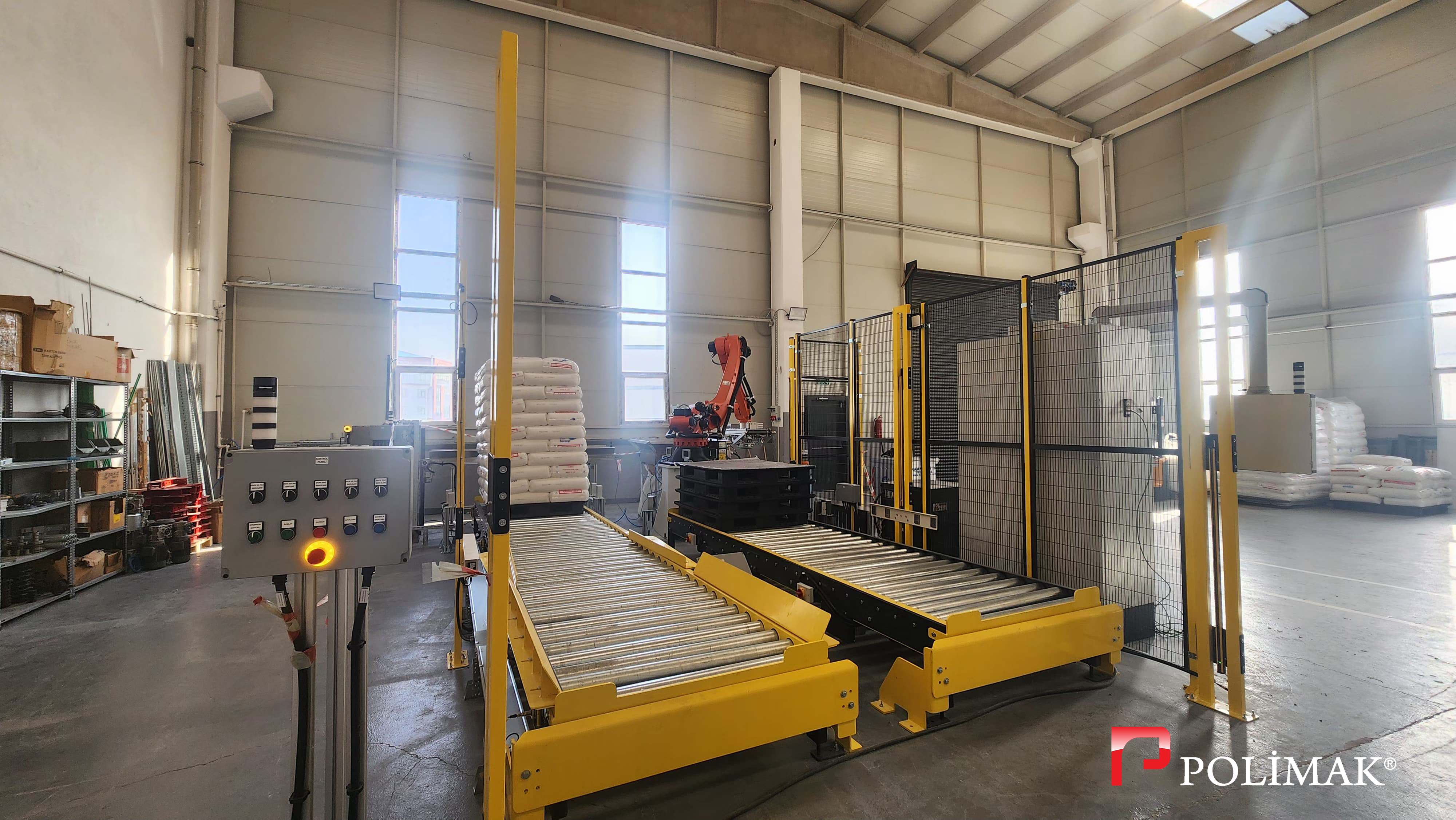
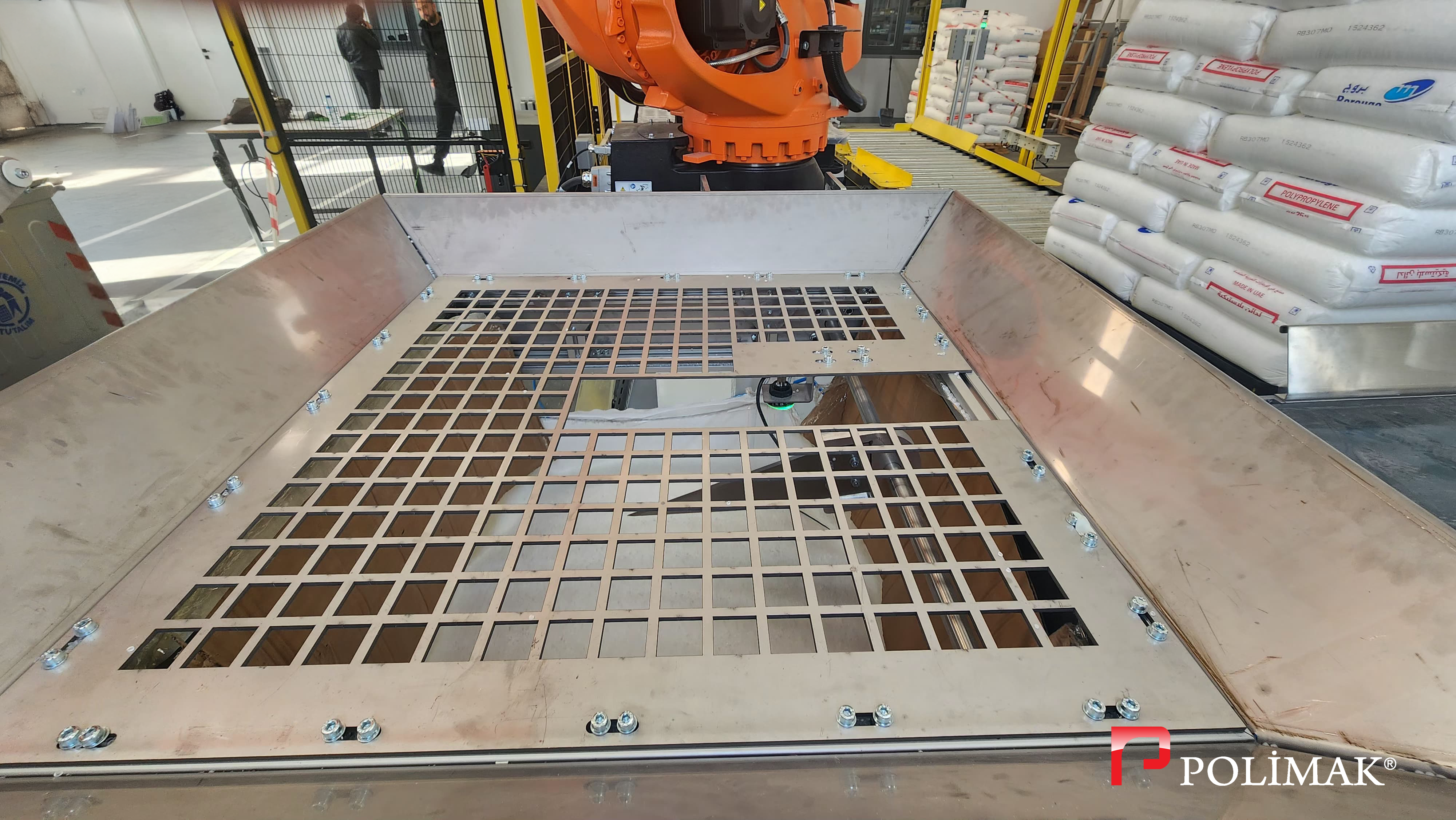
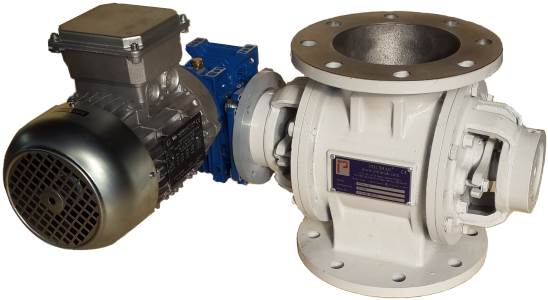
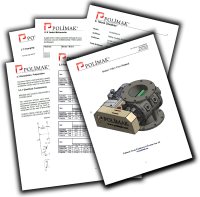
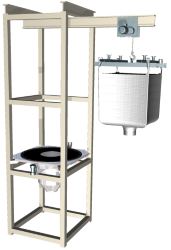
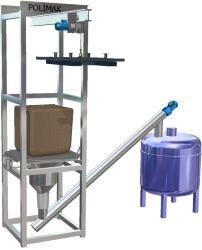
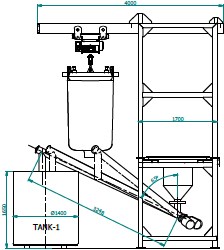
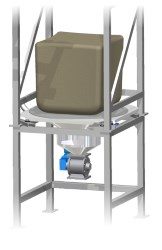
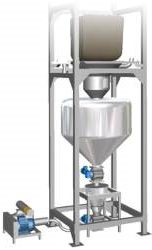
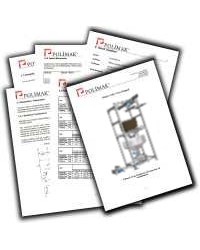
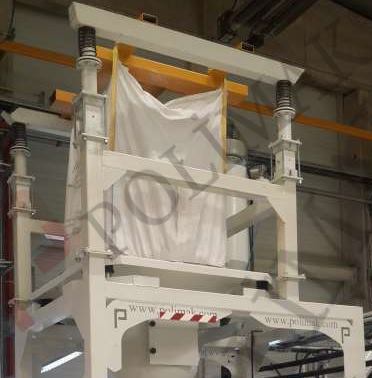
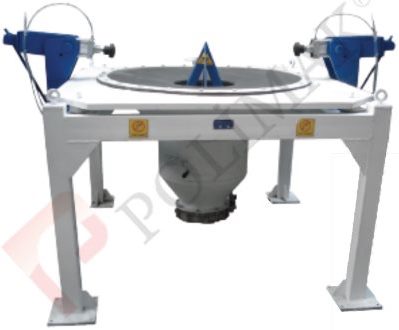
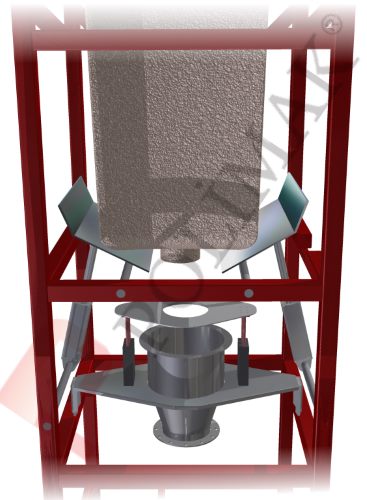
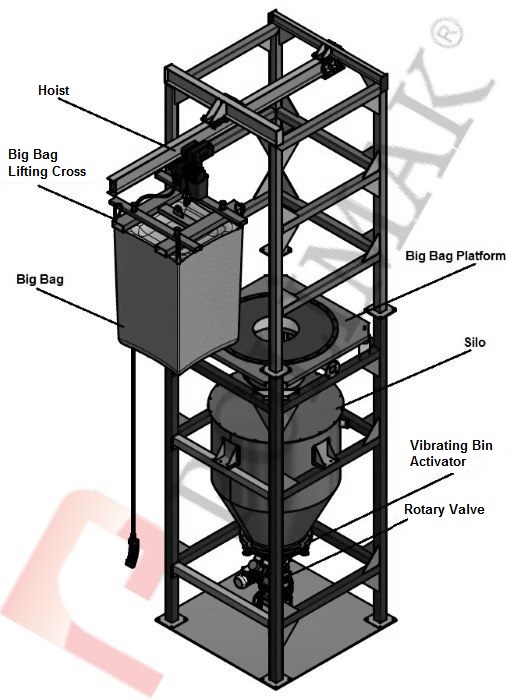
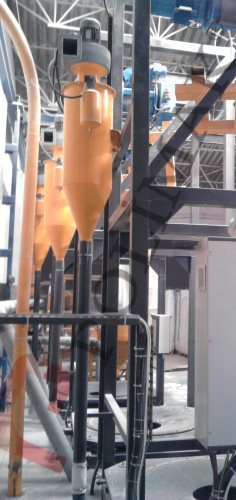
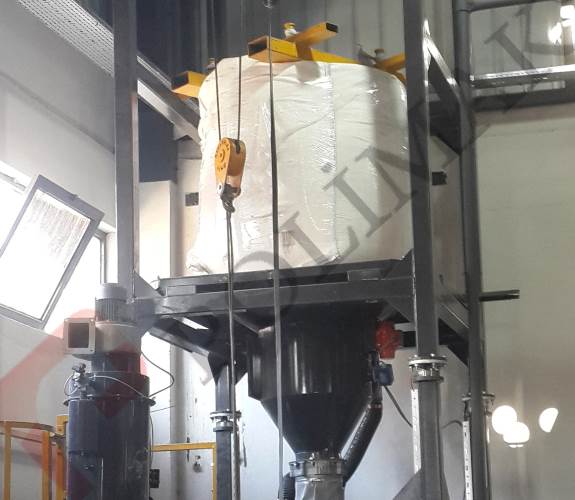
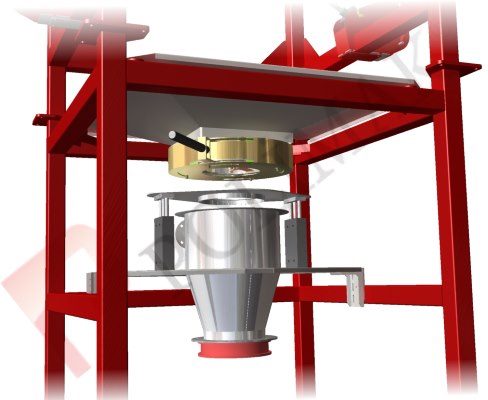
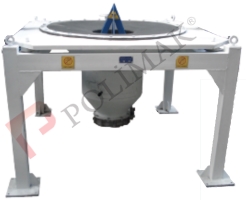
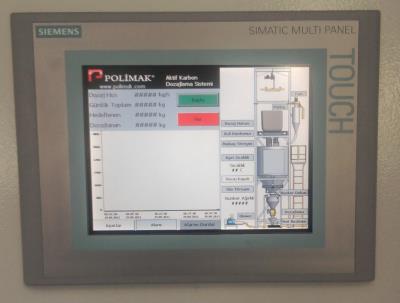
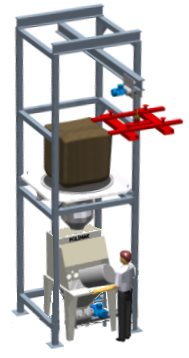
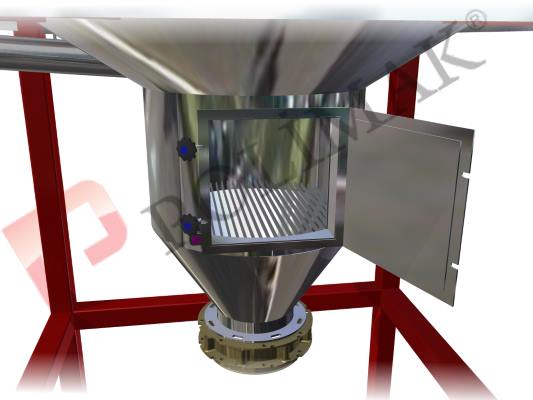
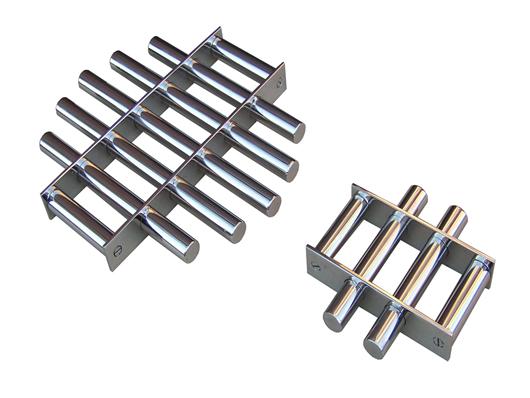
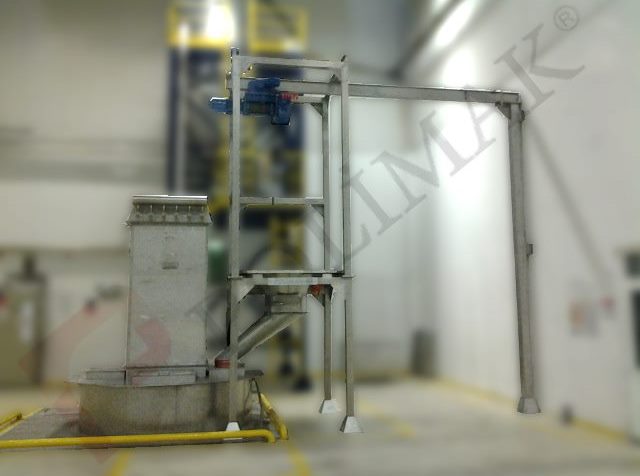
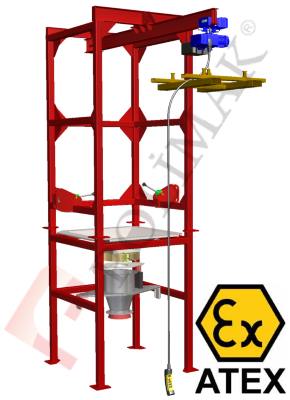
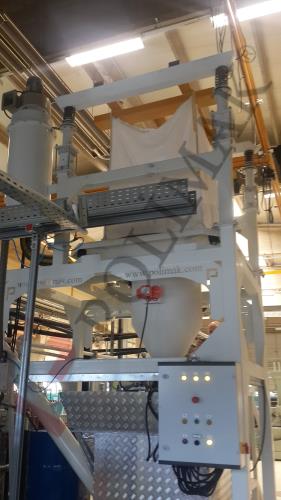
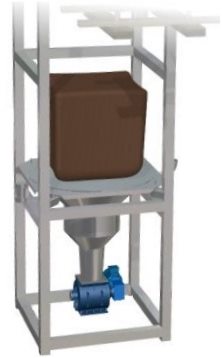
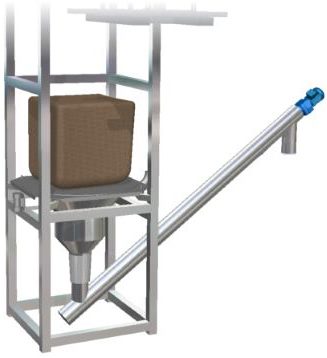
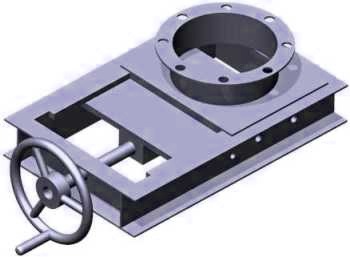
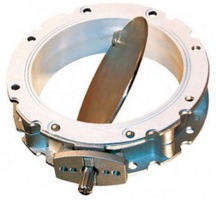
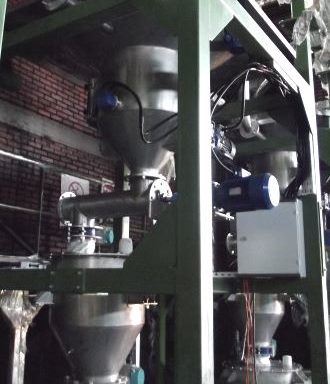
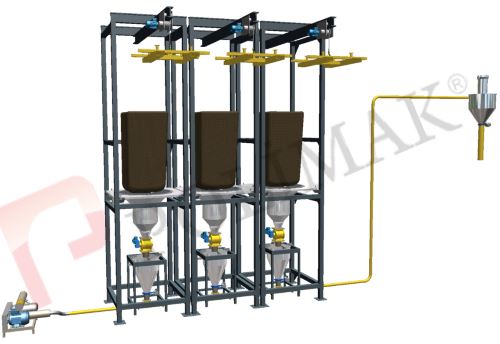
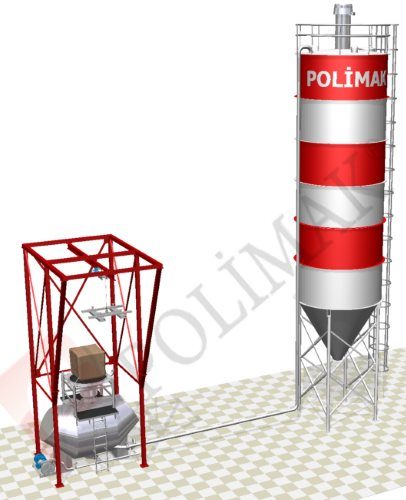
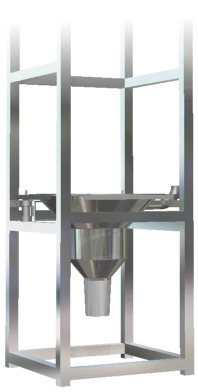
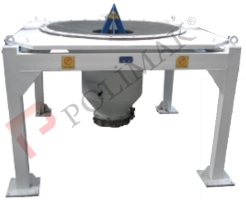
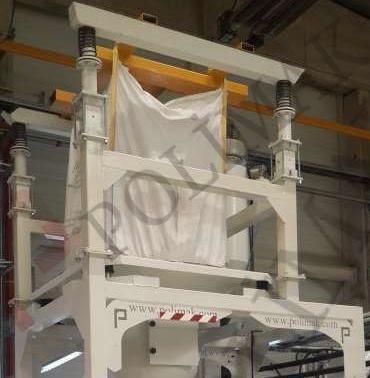
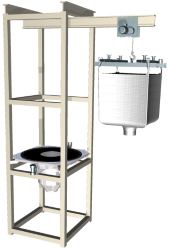
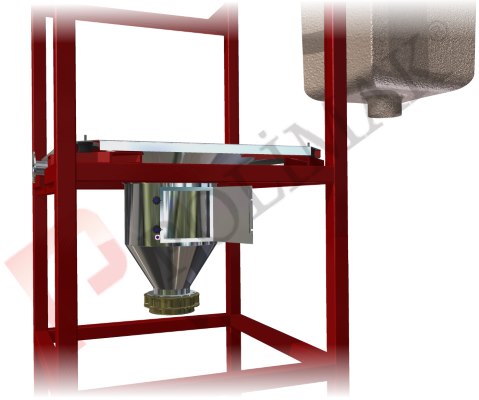
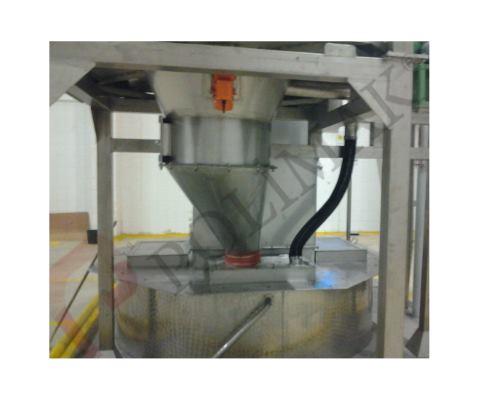
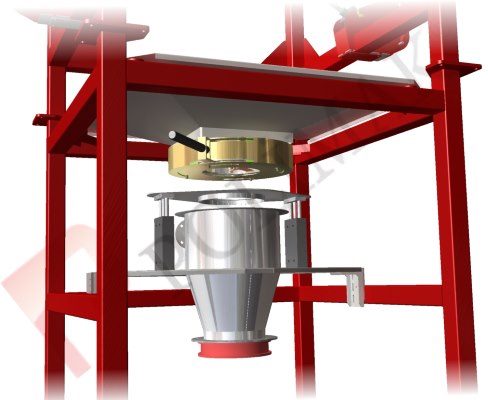
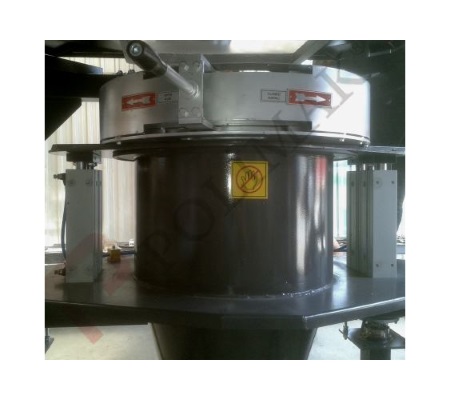
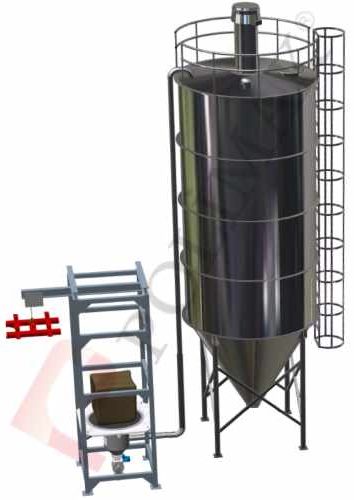

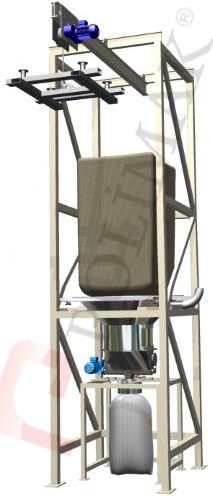
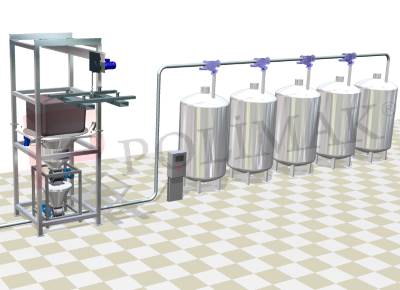
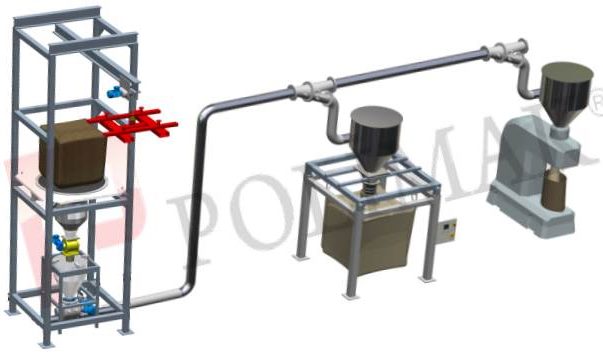
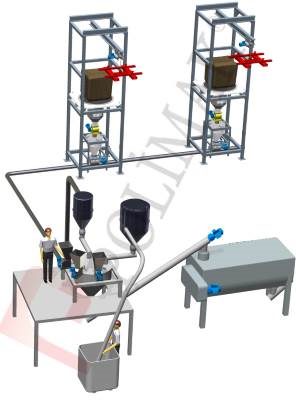
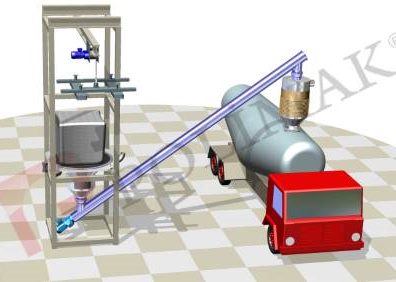
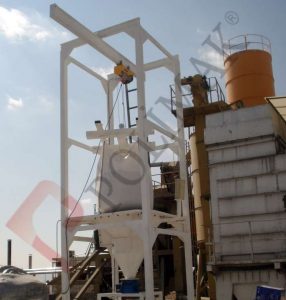
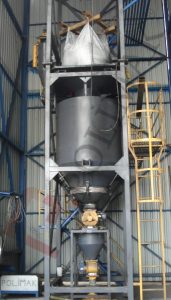
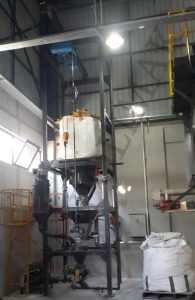
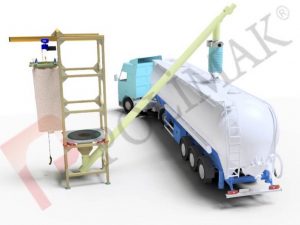
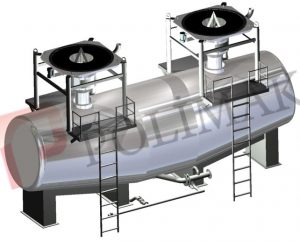
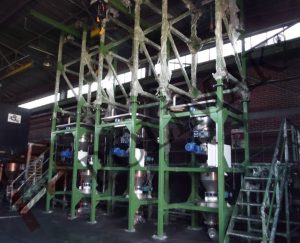
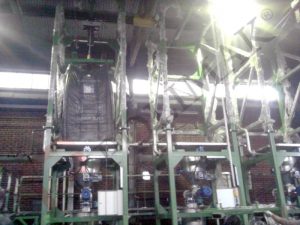
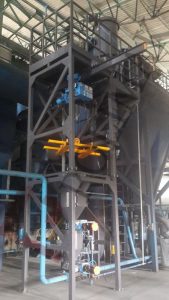
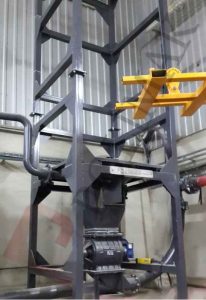
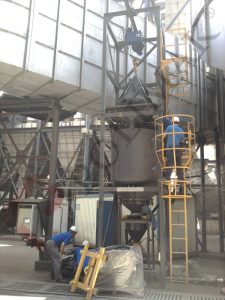
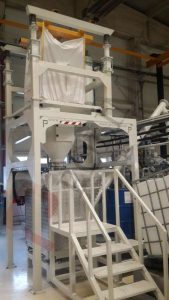
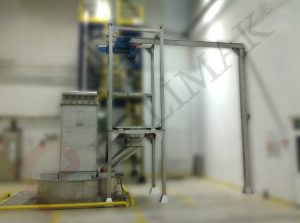
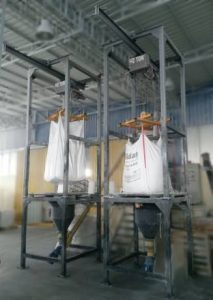
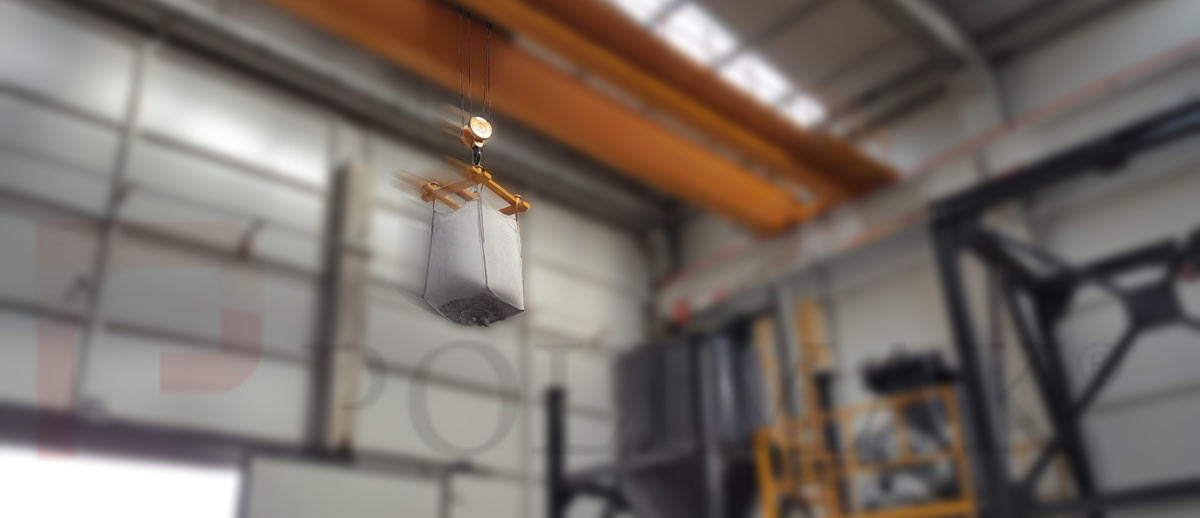
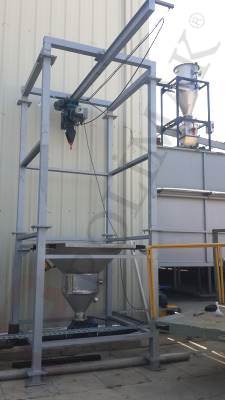
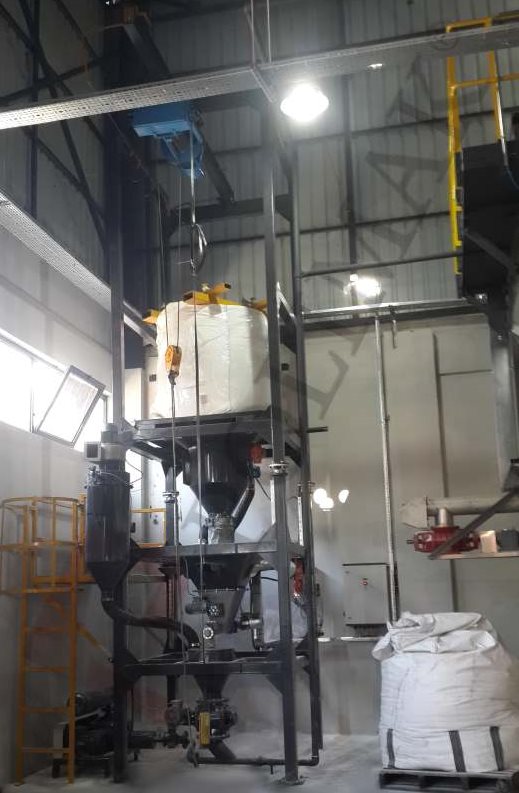
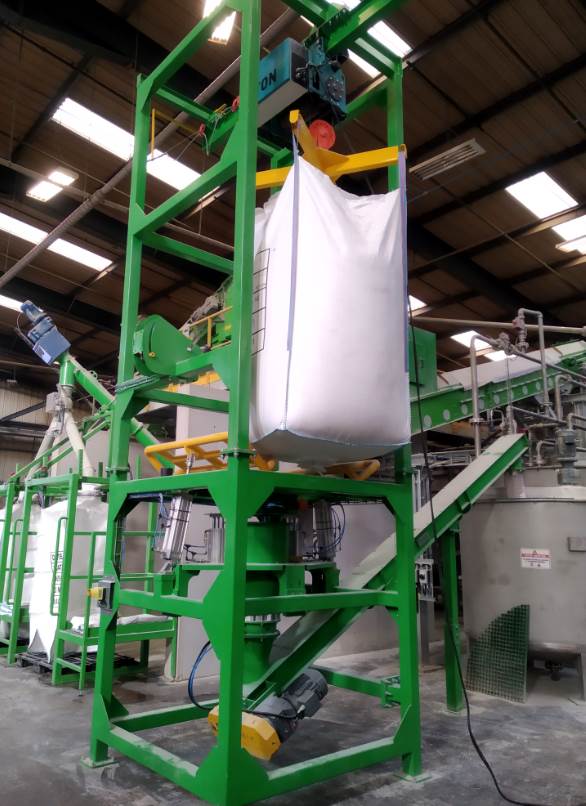
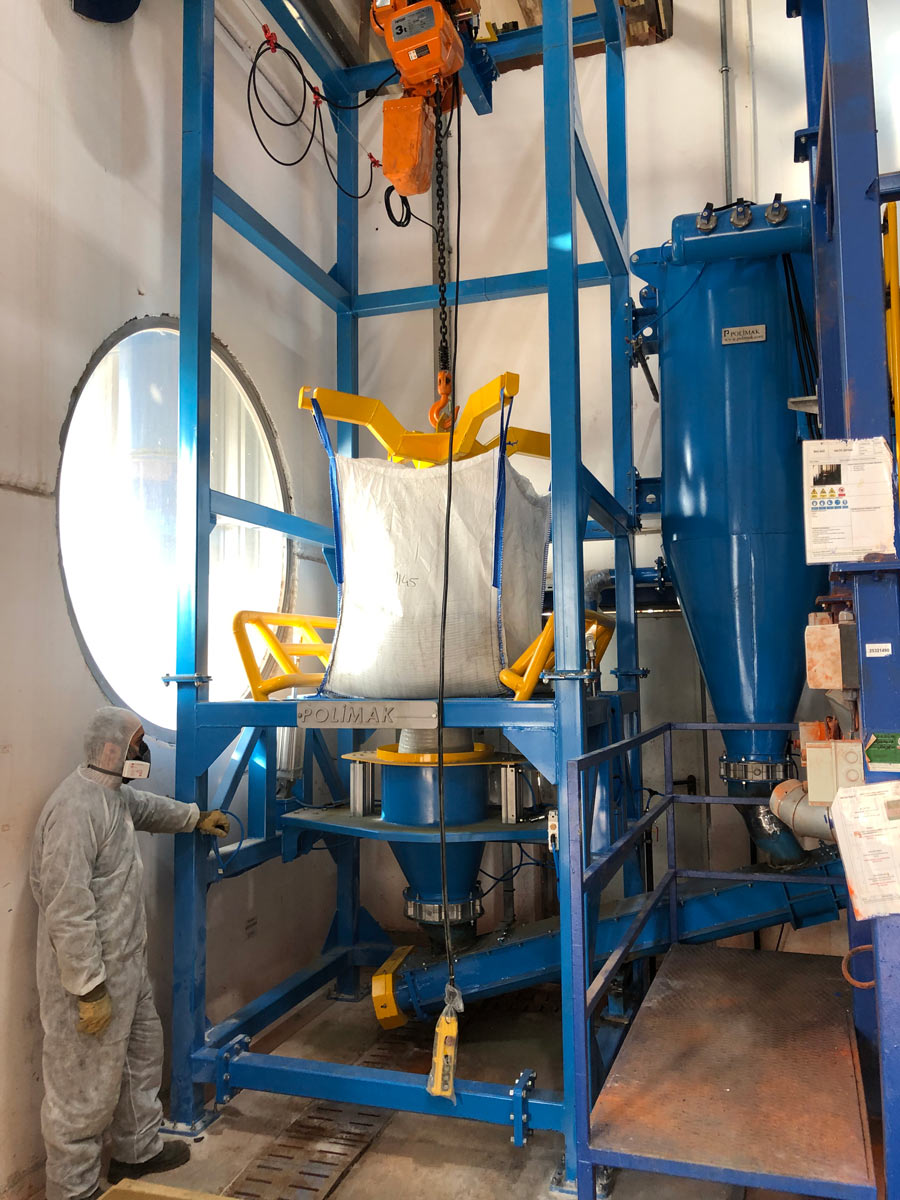
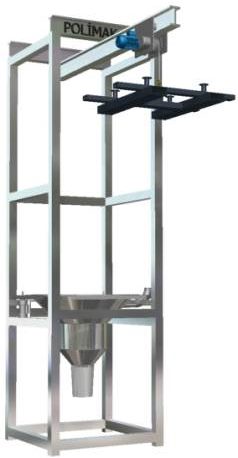
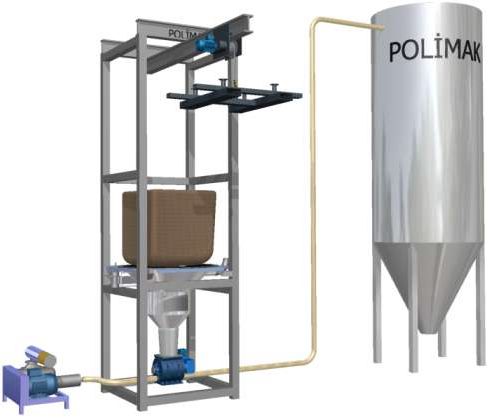
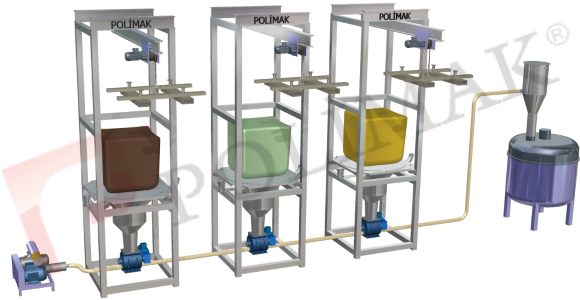
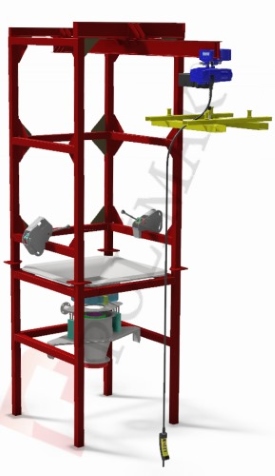
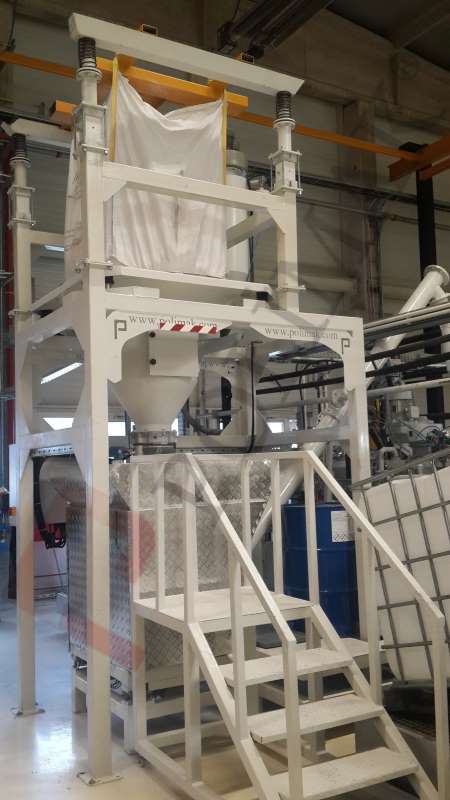
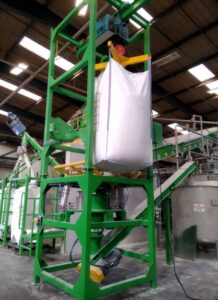
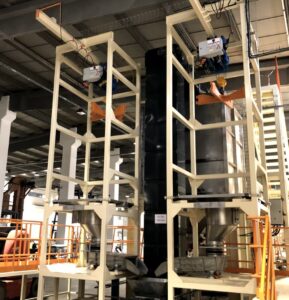
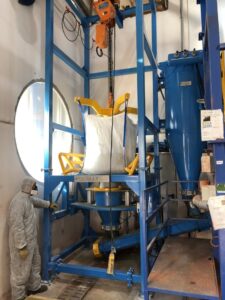
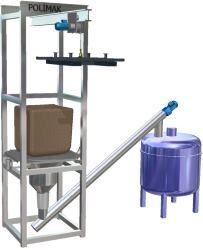
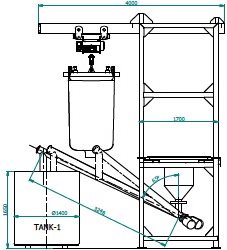
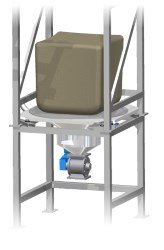
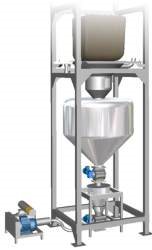
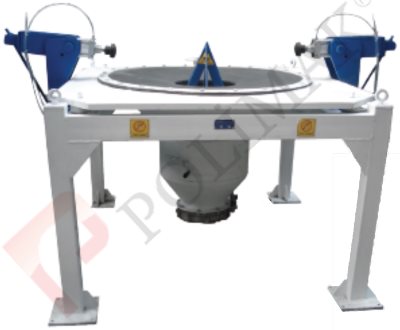
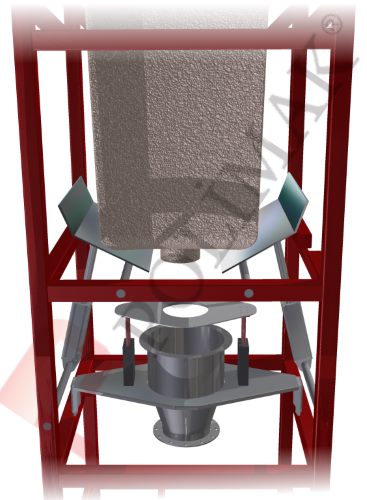
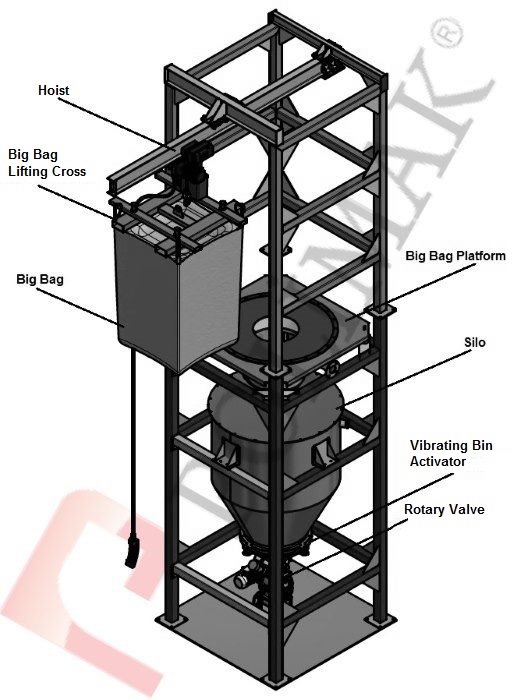
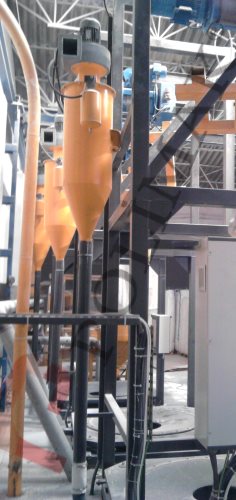
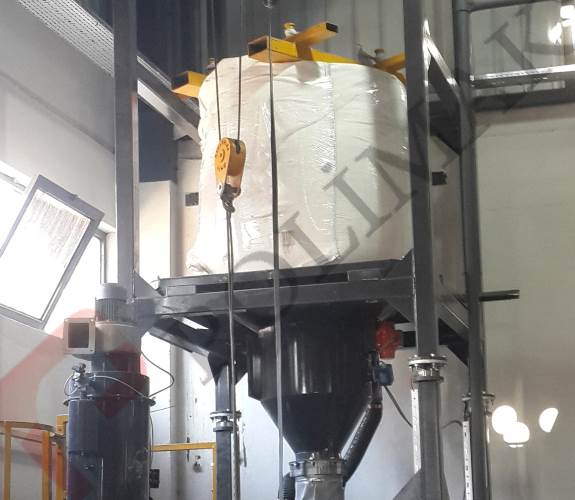
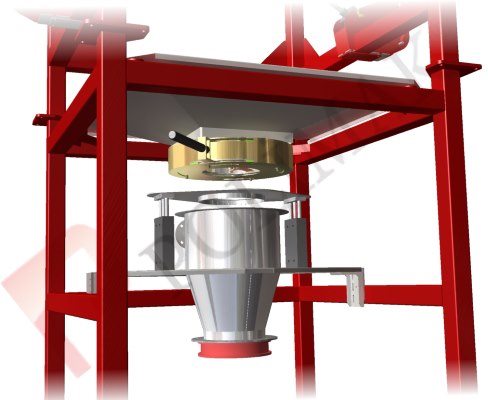
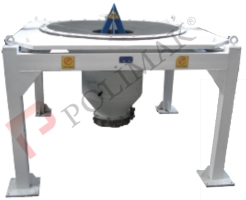
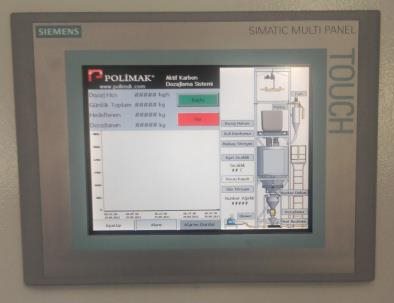
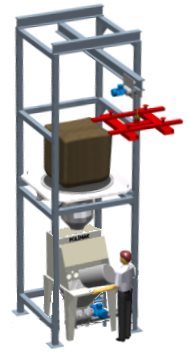
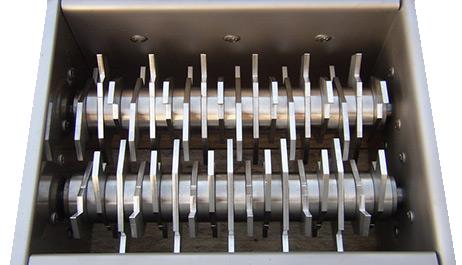
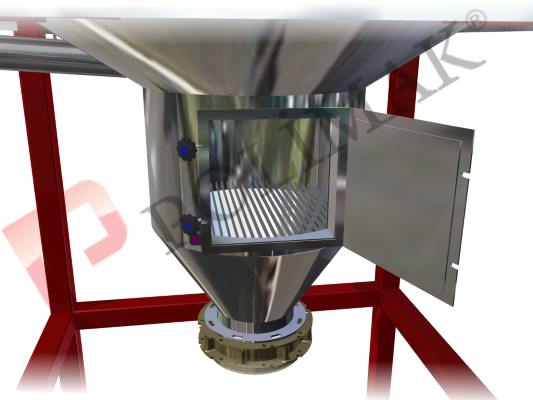
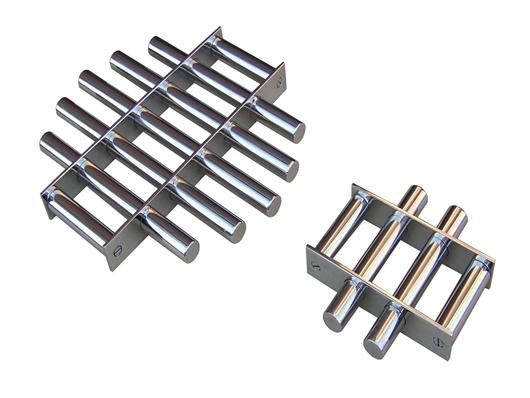
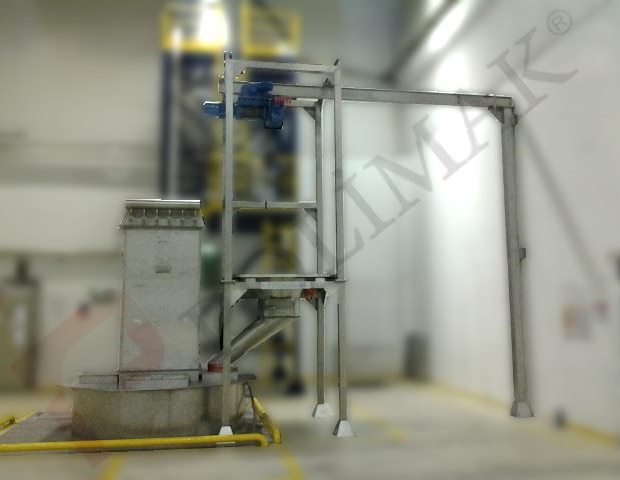
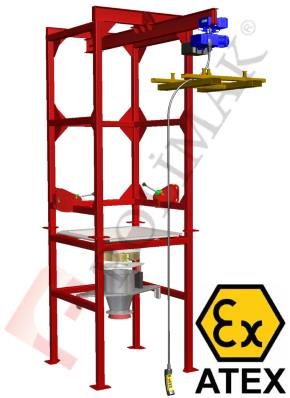
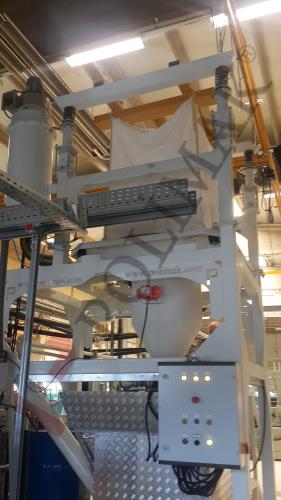

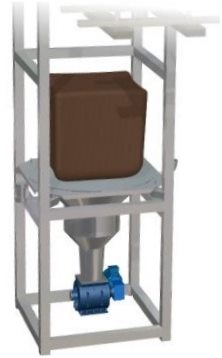
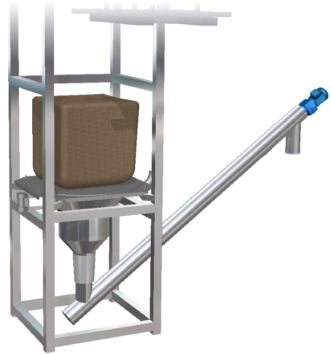
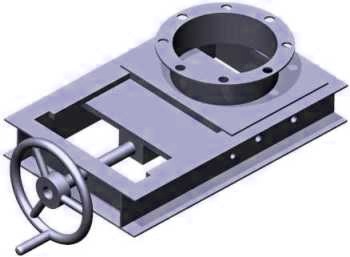
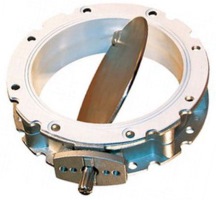
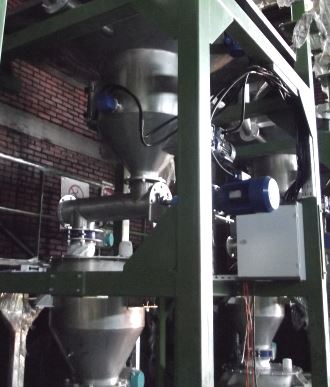
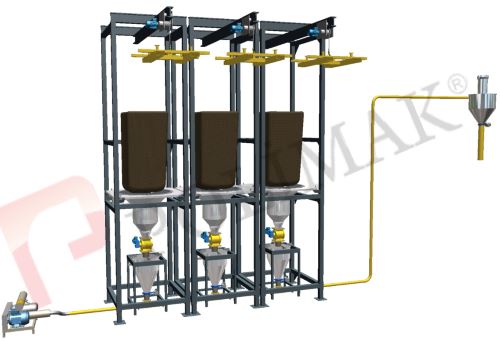
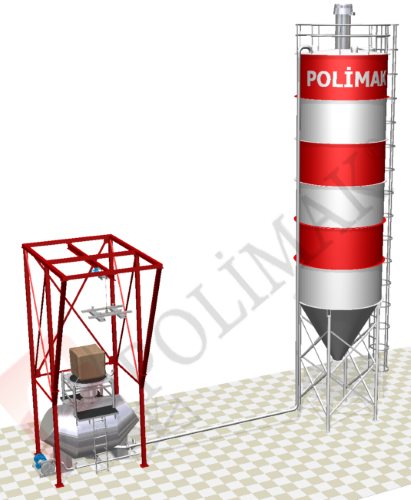
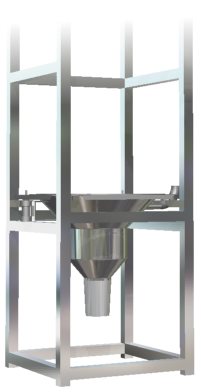
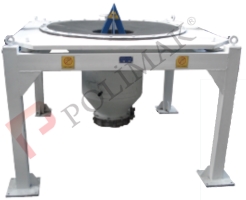
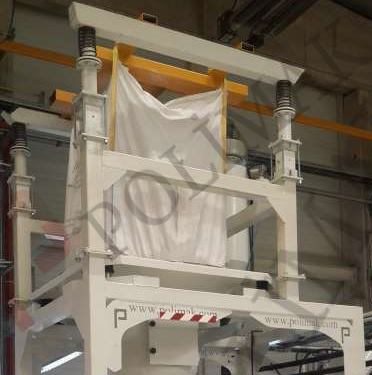

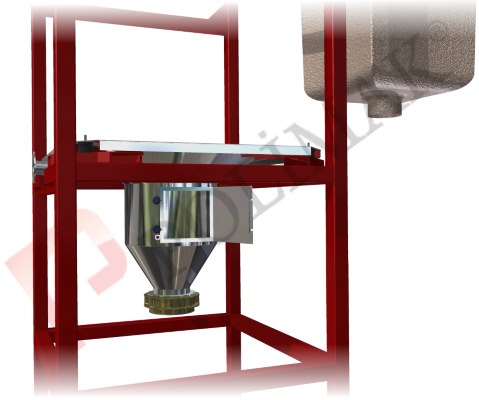
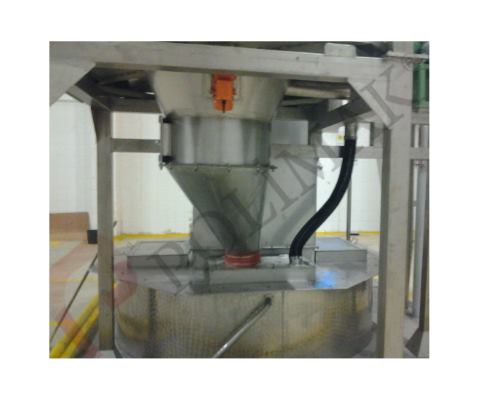
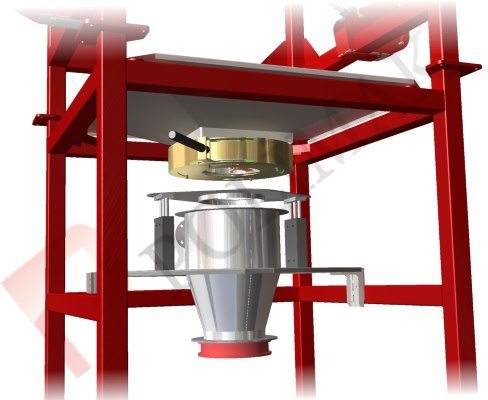
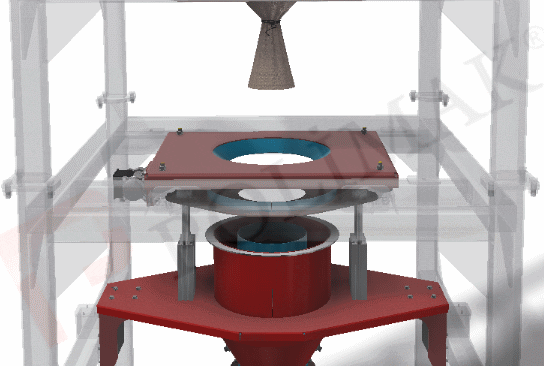
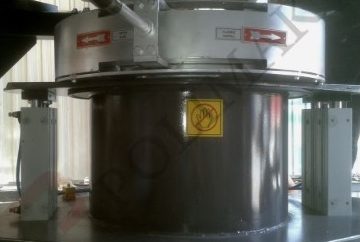






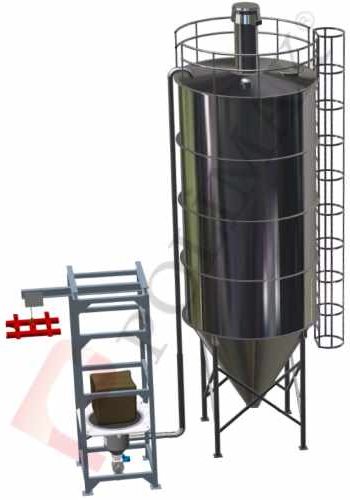
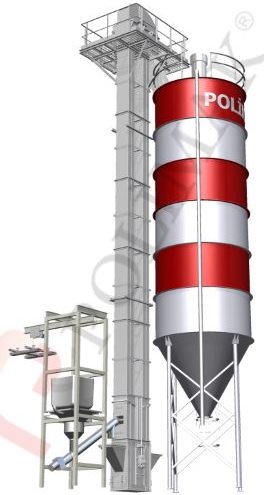
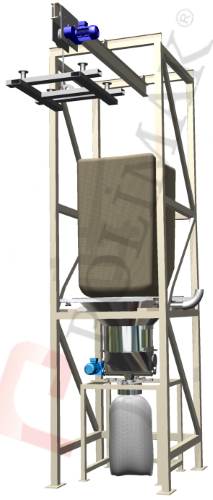
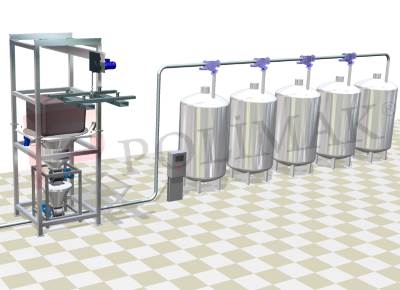
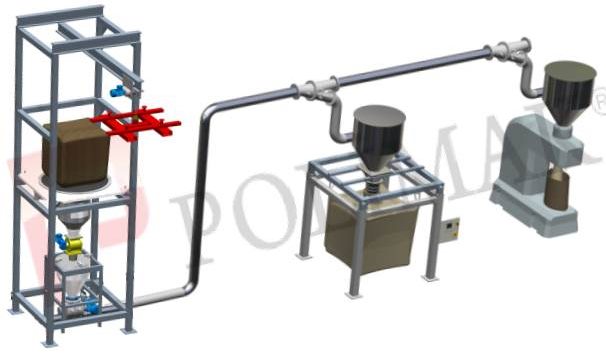
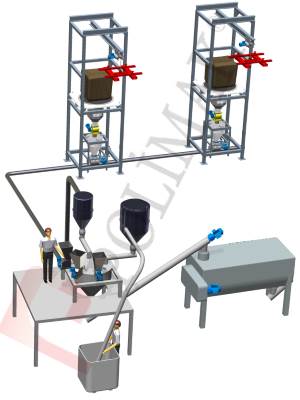
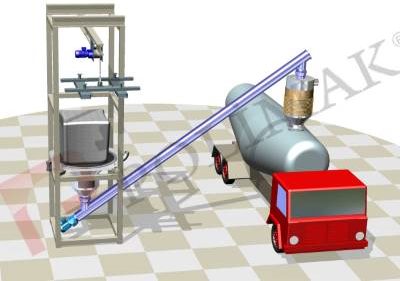
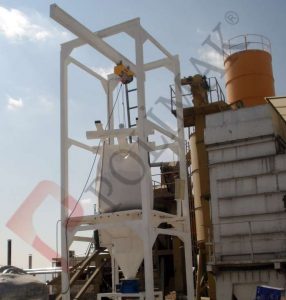
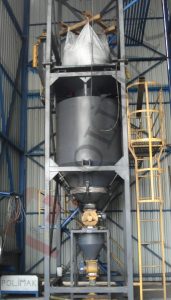
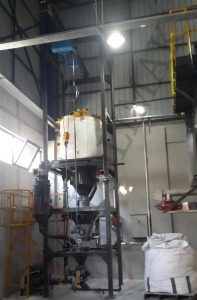
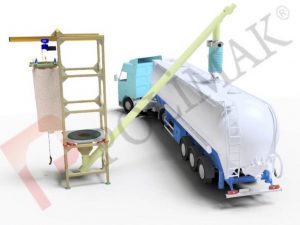
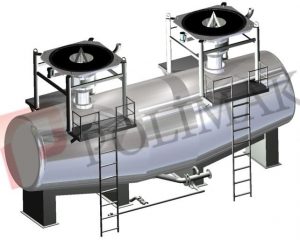
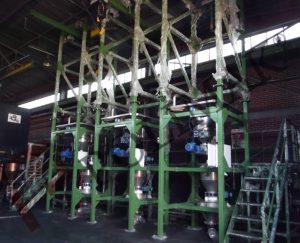
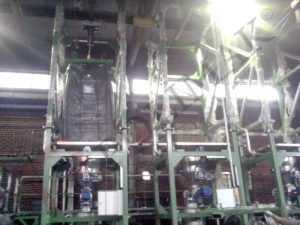
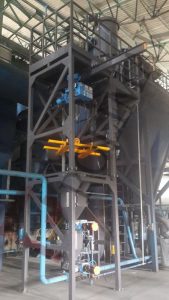
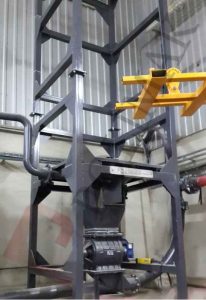
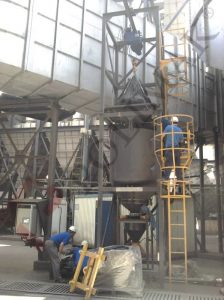
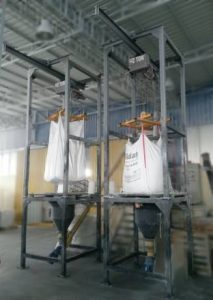
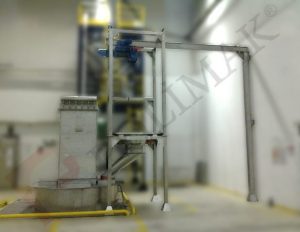
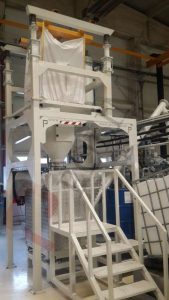
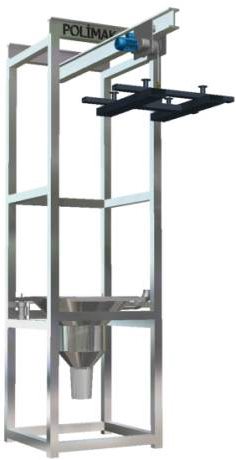
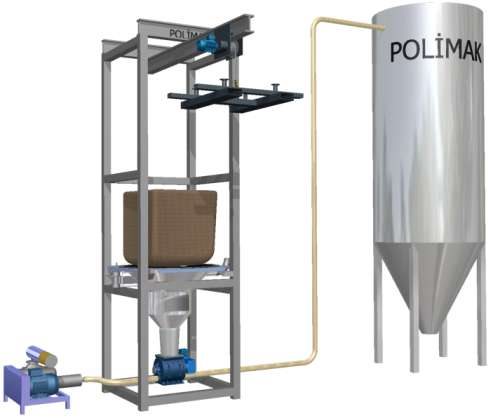
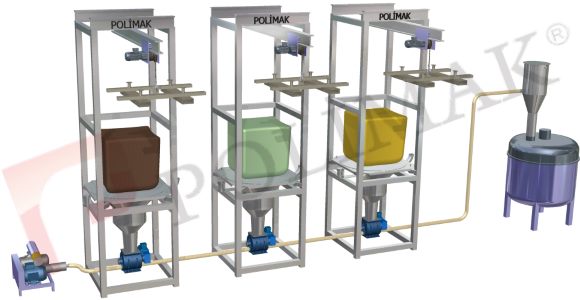
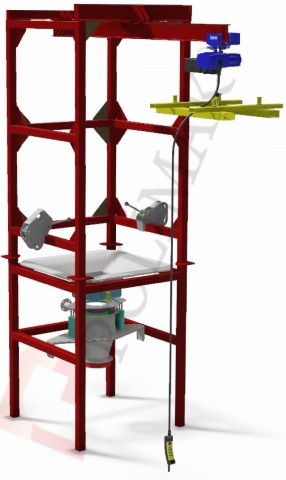
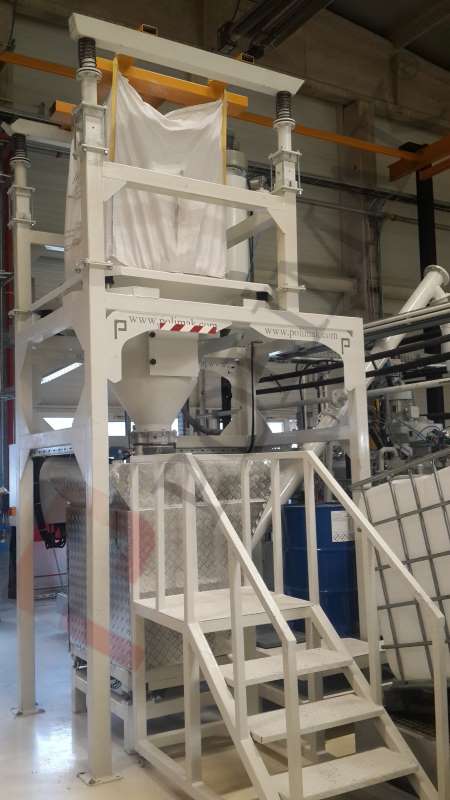
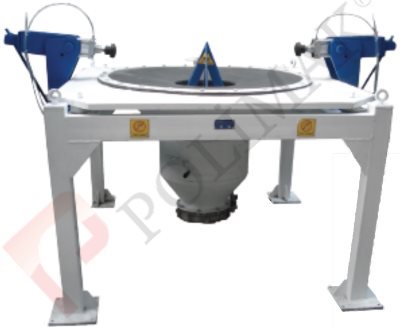
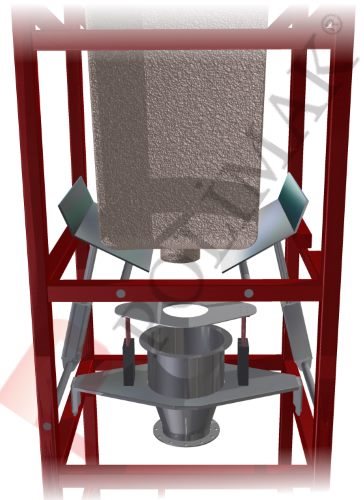
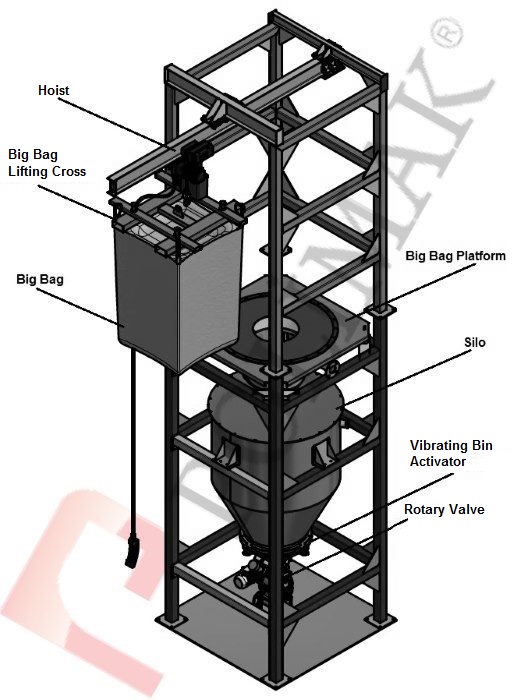
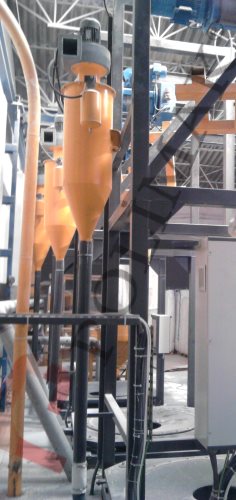
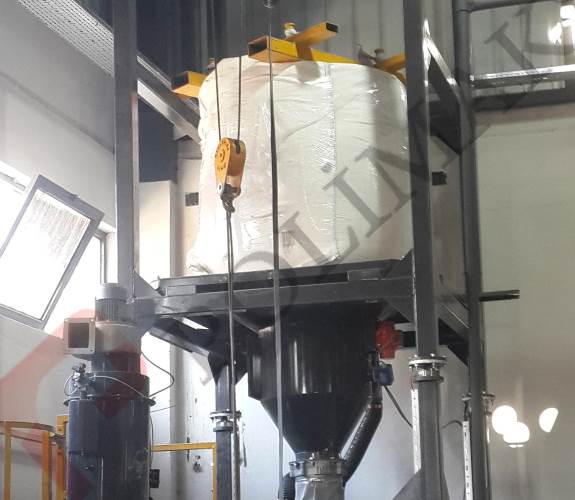
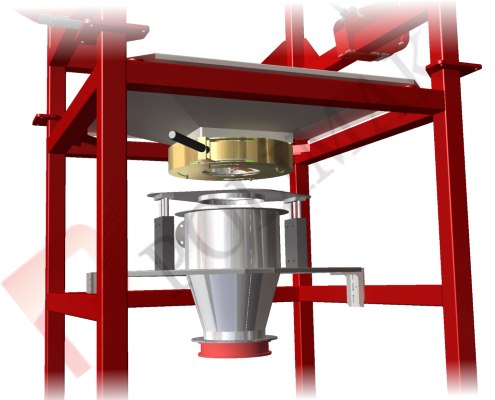
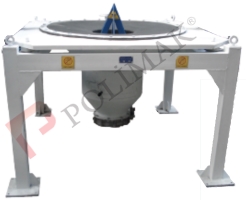
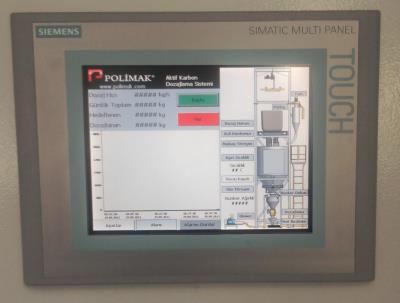
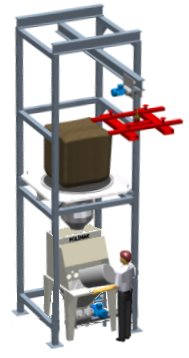
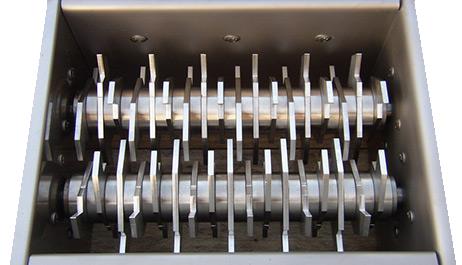
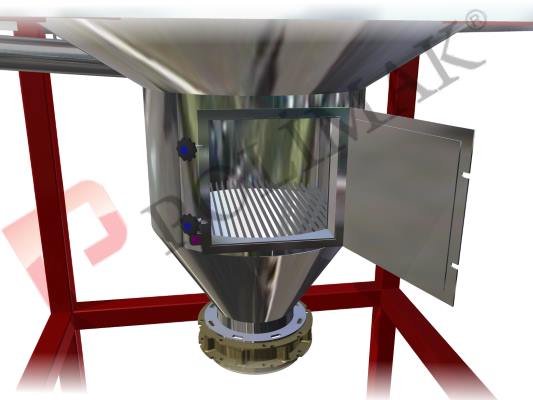
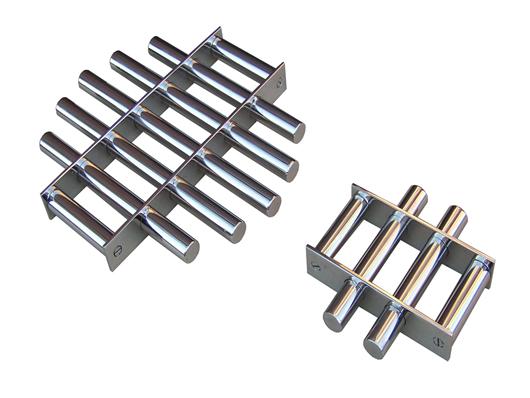
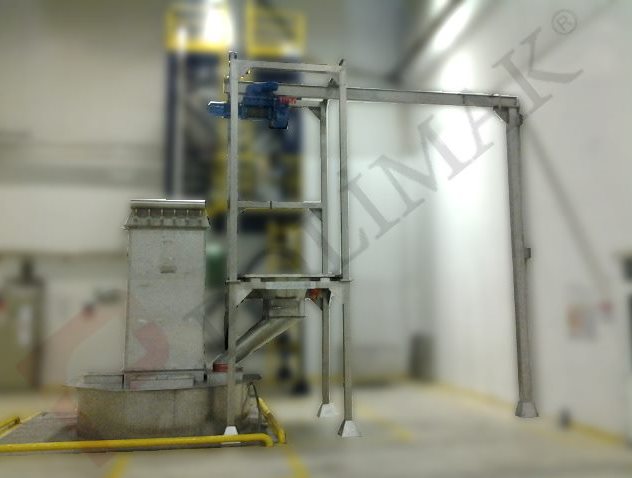
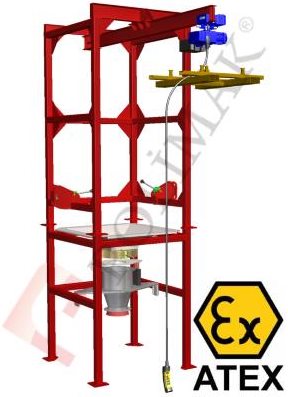
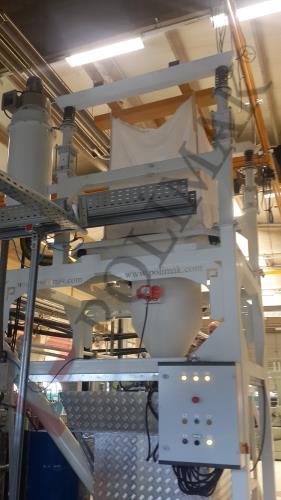

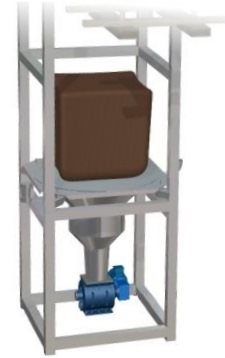
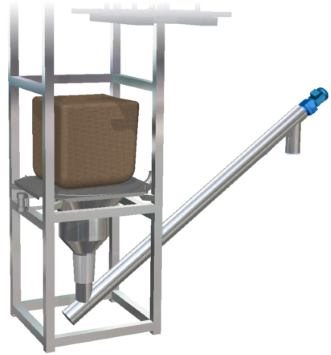
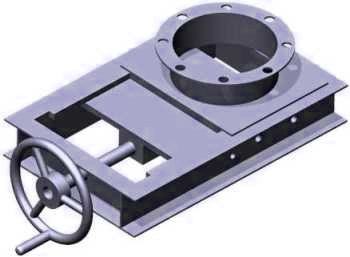
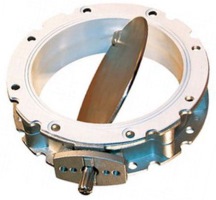
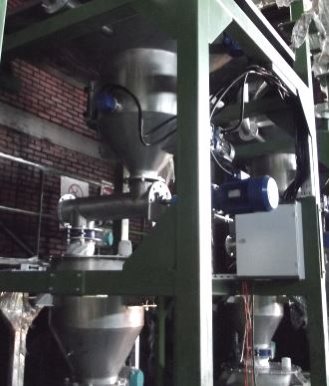
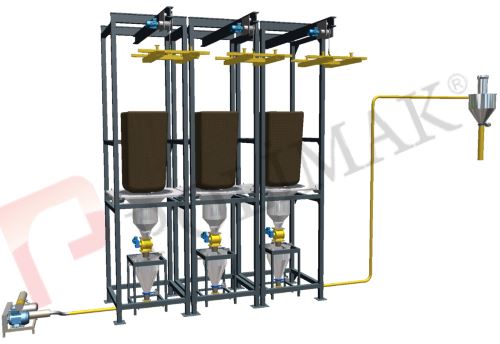
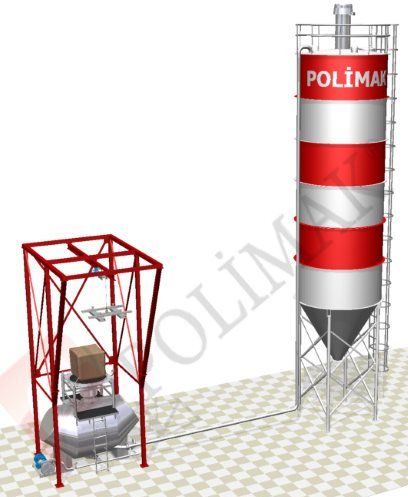
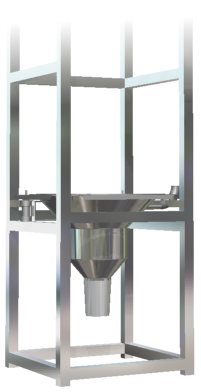
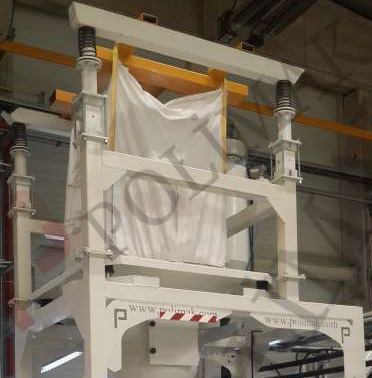
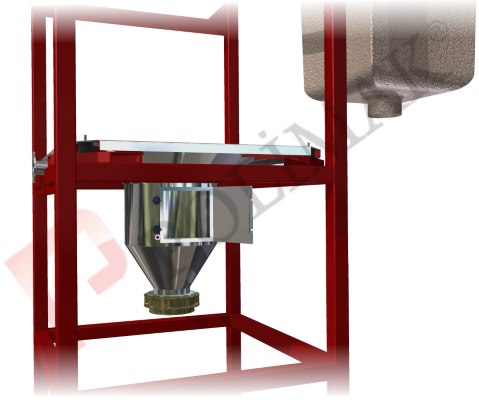
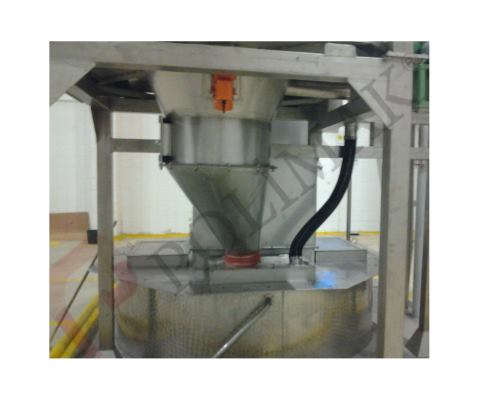
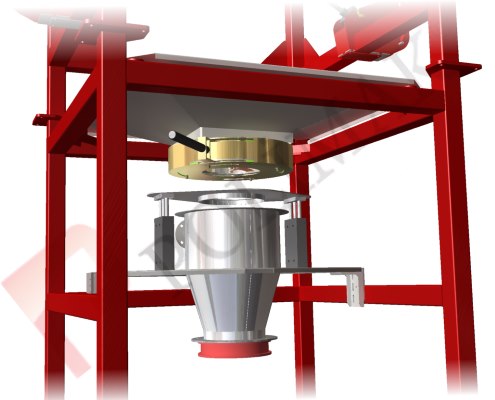
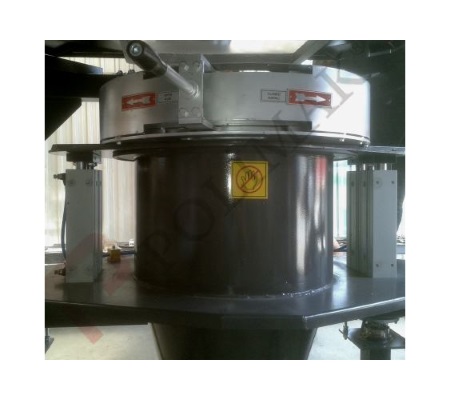
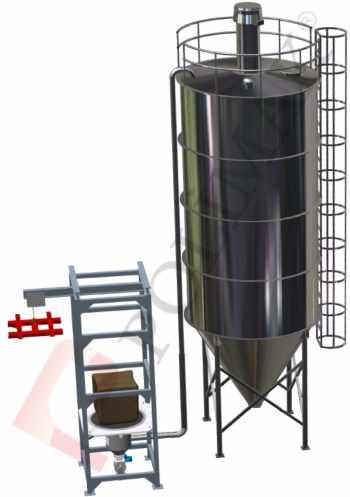
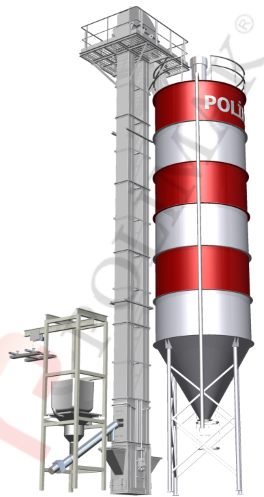
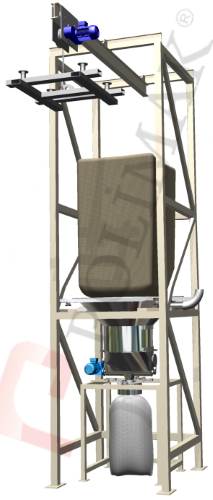
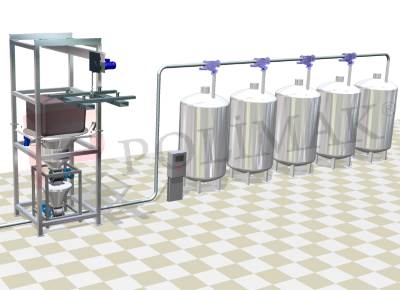
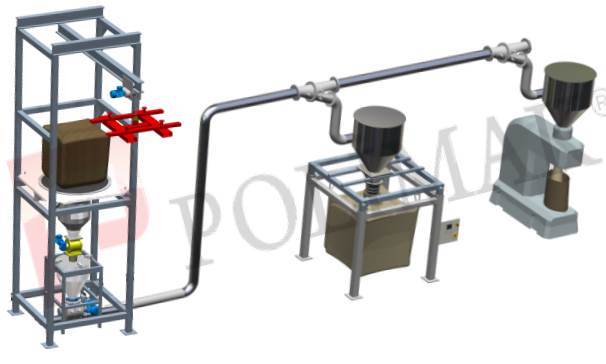
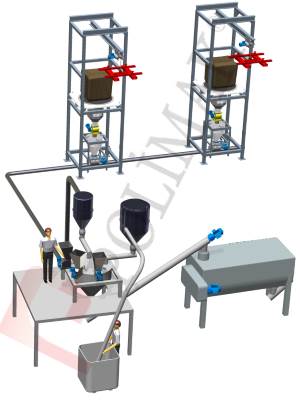
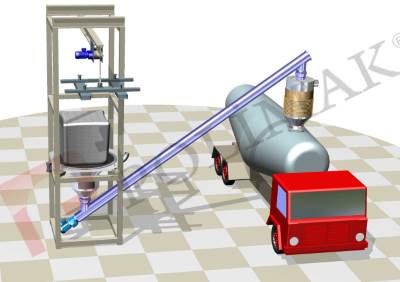
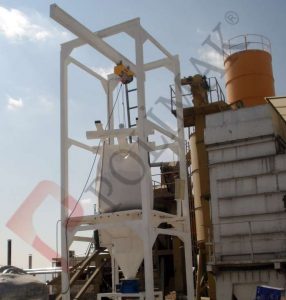
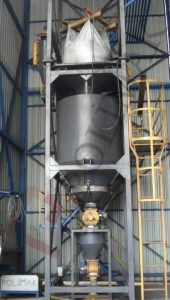
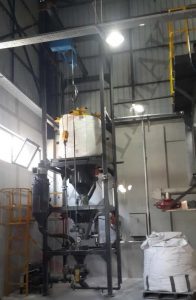
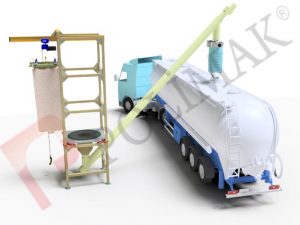
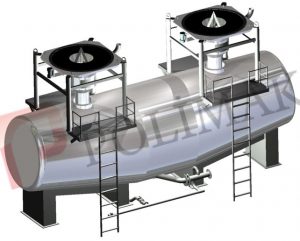
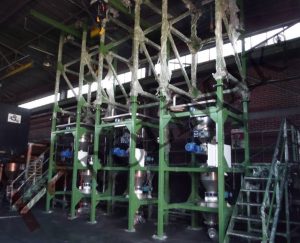
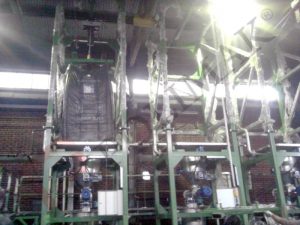
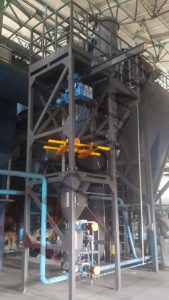
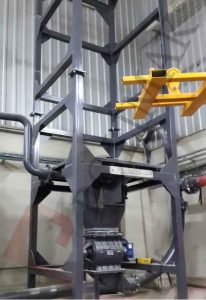
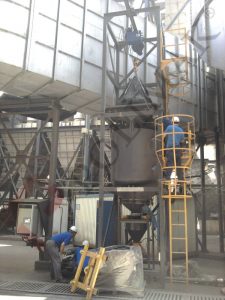
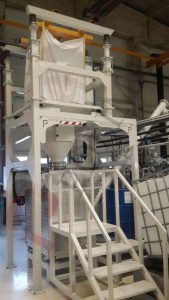
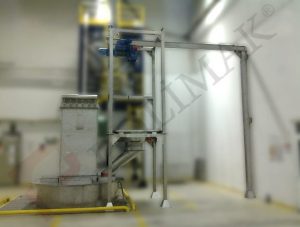
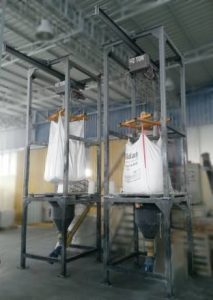

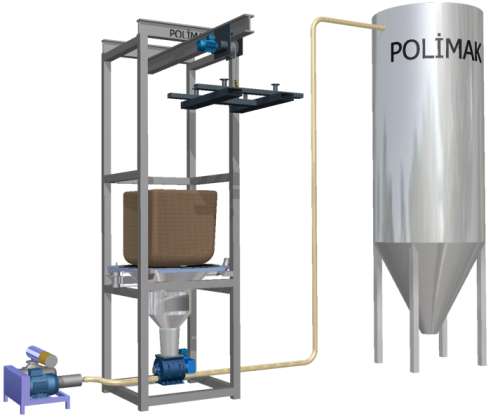
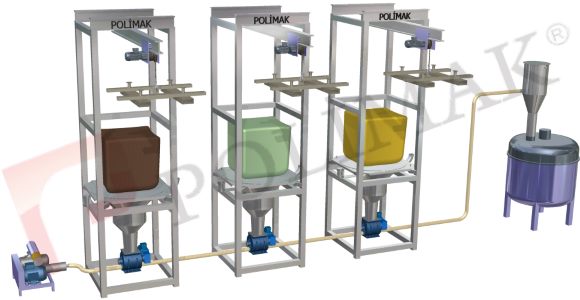
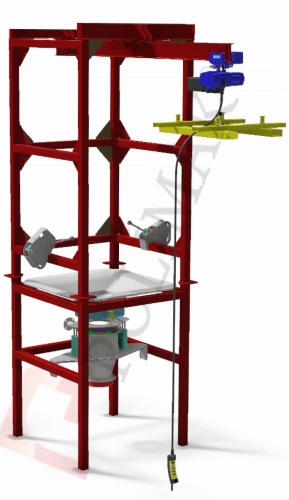
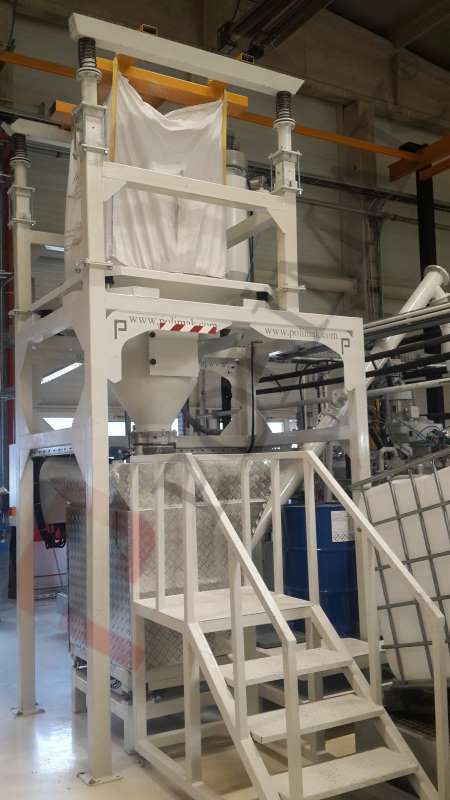
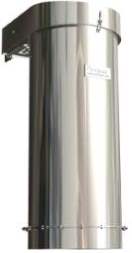
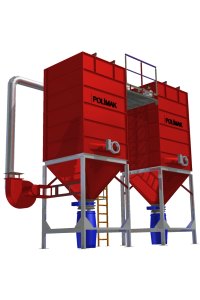
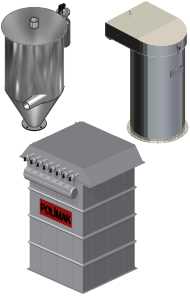
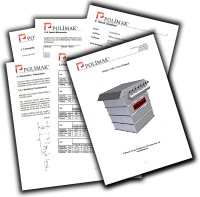
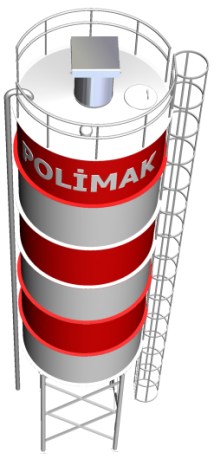
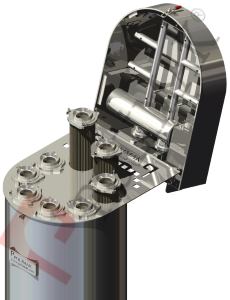
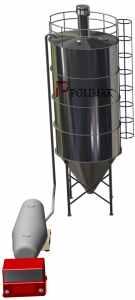
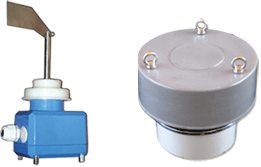




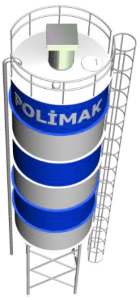
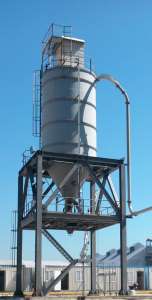
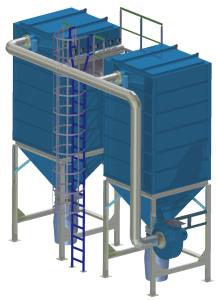
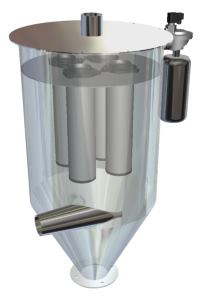
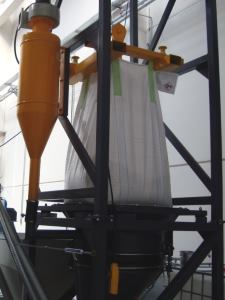
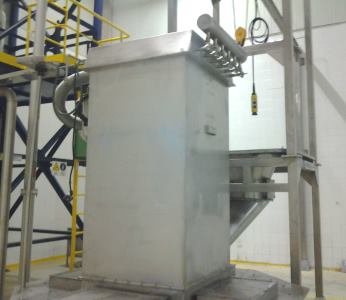
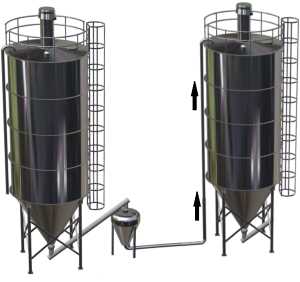
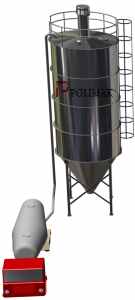
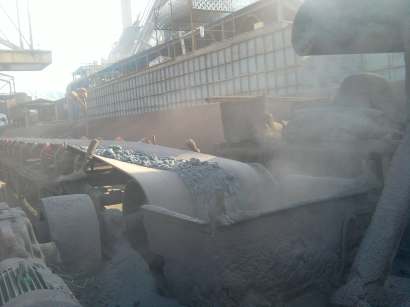
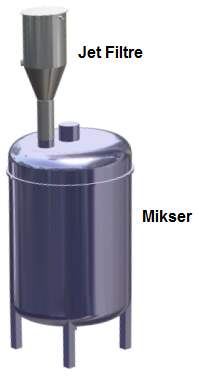
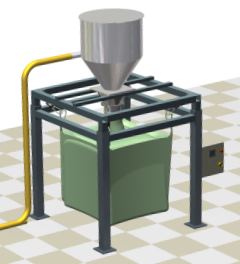
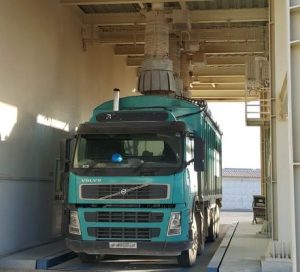
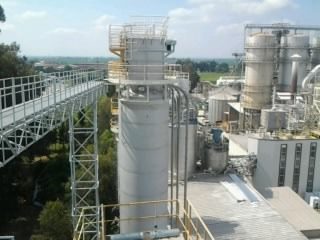
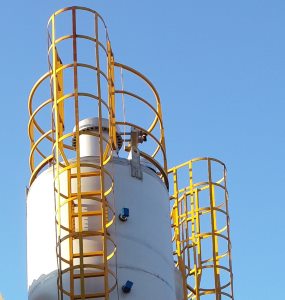
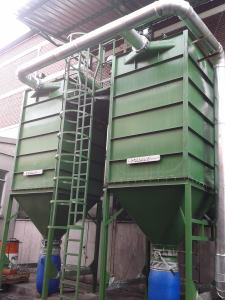
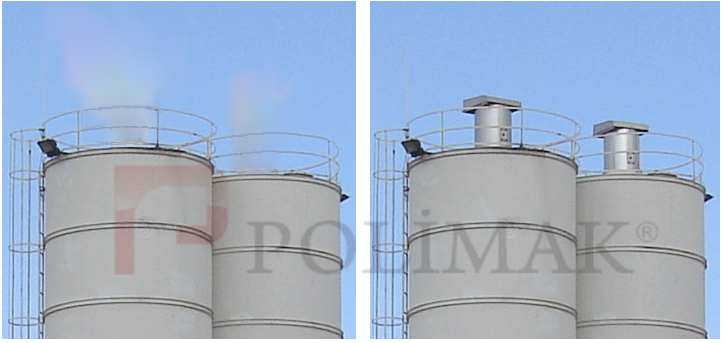
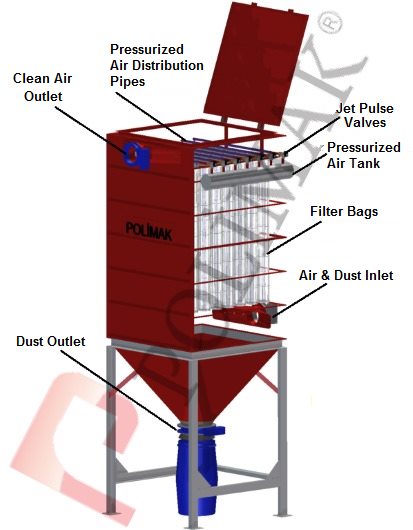
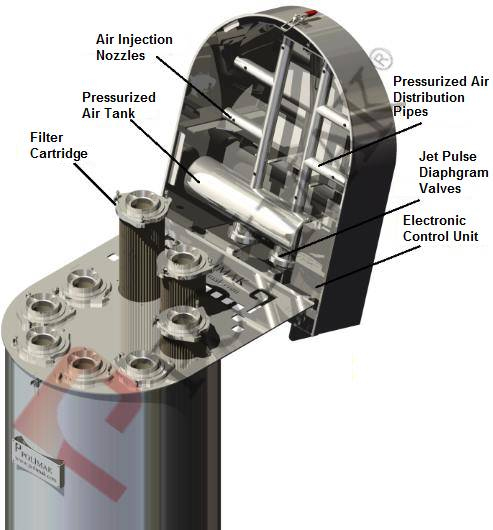




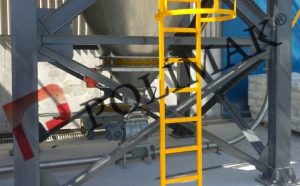
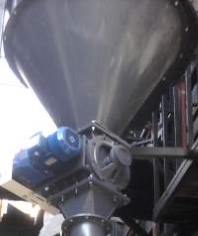
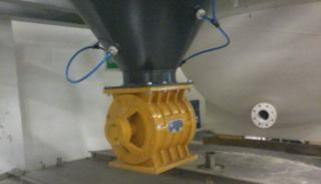
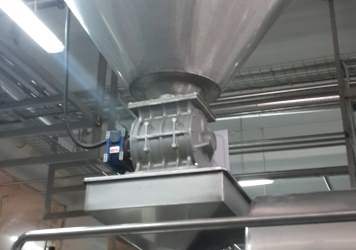
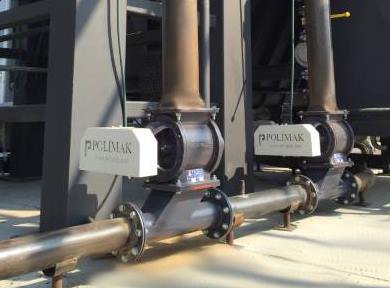
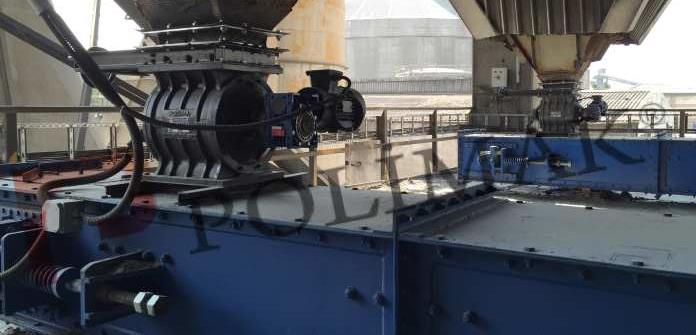
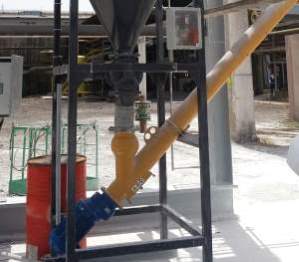
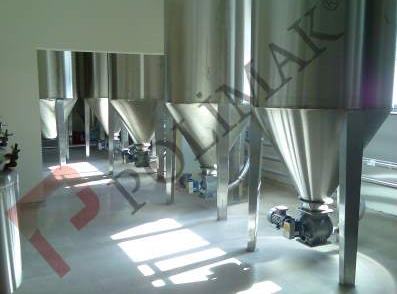
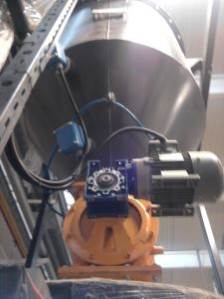
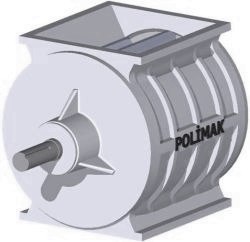
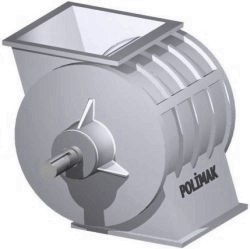
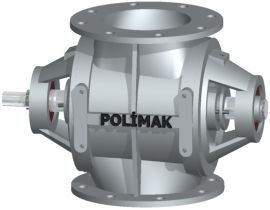
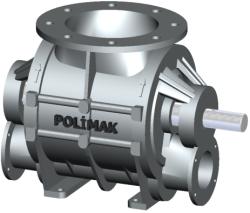
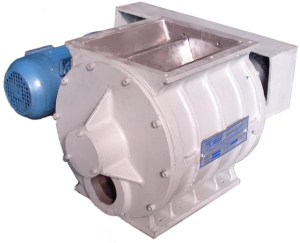
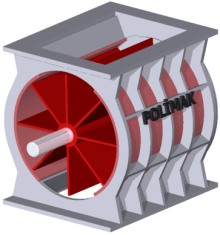
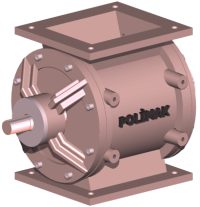
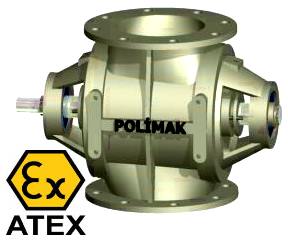
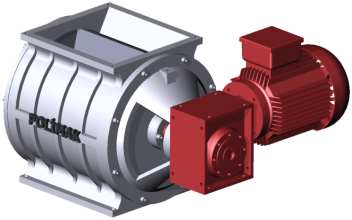
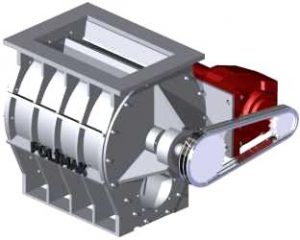
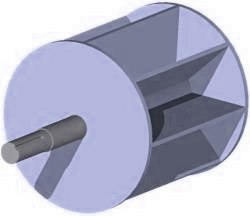
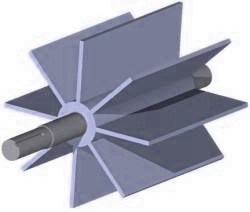
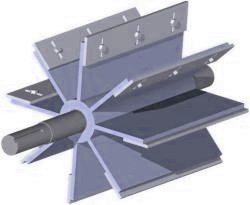
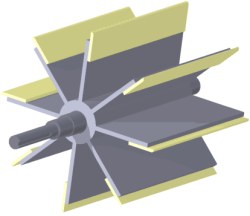
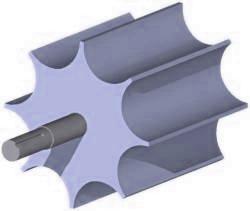
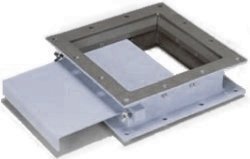
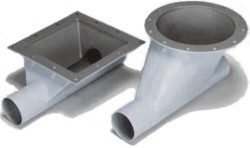
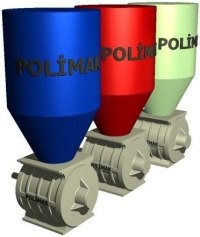
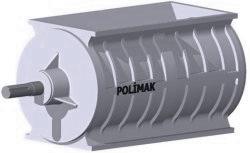
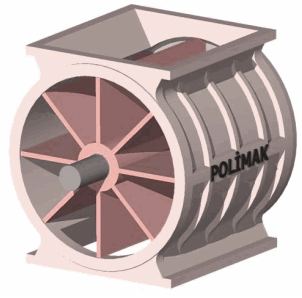
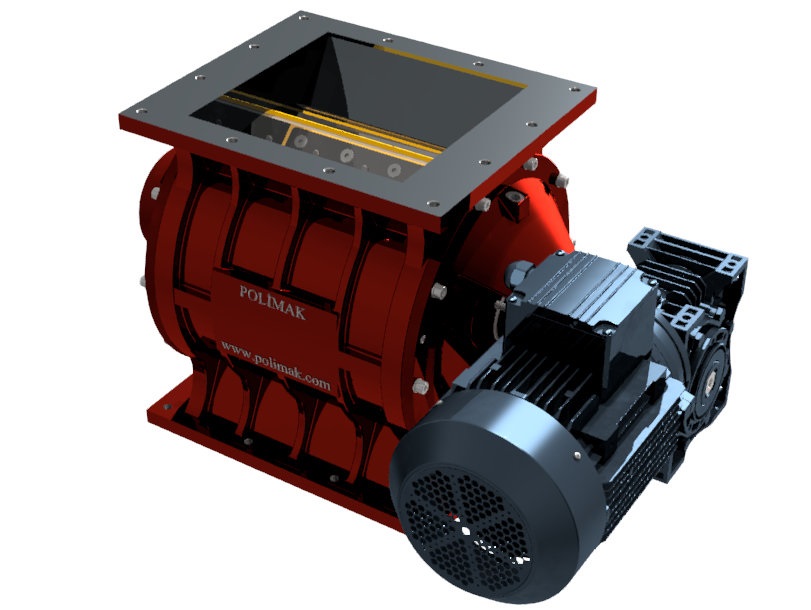
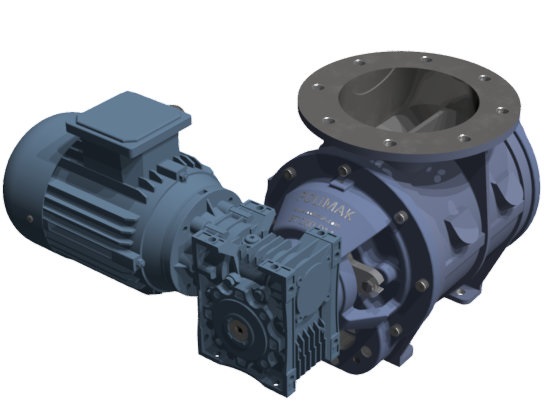
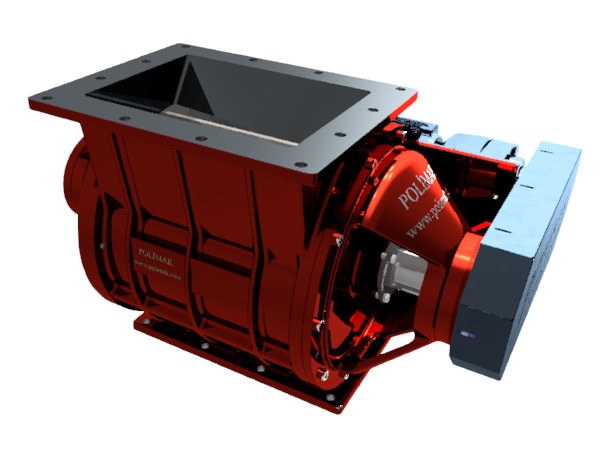
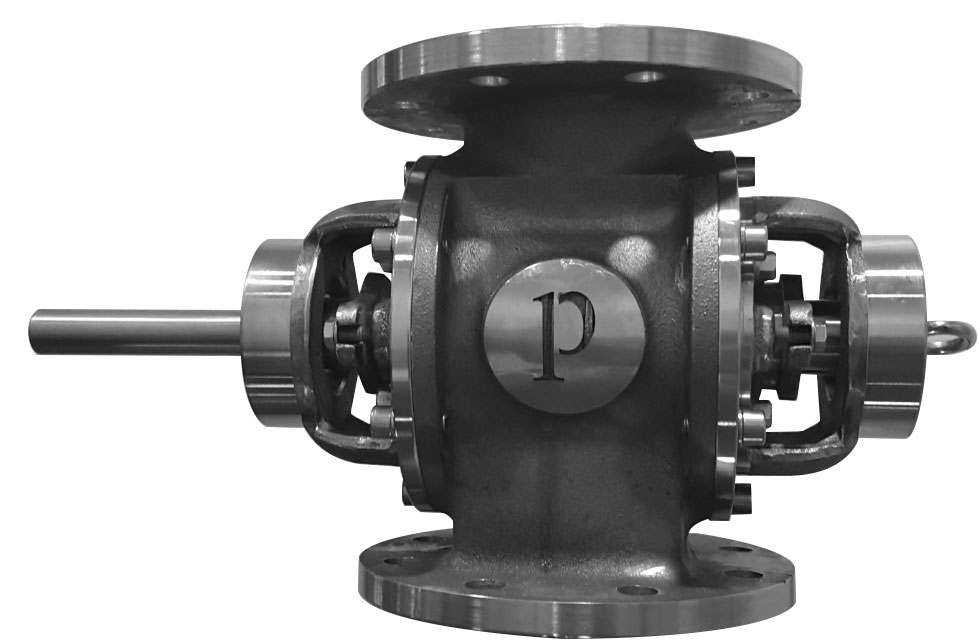
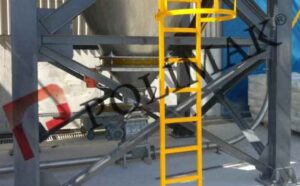 Rotary valves are widely used to discharge dry bulk solids from storage silos. The valve is mounted to the bottom of a storage silo cone (at the outlet port). It is used for controlled release of dry bulk materials to a piece of downstream equipment such as screw conveyors/feeders, conveyor belts, bins, pneumatic conveying systems etc. It can also be mounted to hoppers or other bulk containment systems.
Rotary valves are widely used to discharge dry bulk solids from storage silos. The valve is mounted to the bottom of a storage silo cone (at the outlet port). It is used for controlled release of dry bulk materials to a piece of downstream equipment such as screw conveyors/feeders, conveyor belts, bins, pneumatic conveying systems etc. It can also be mounted to hoppers or other bulk containment systems.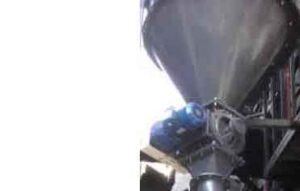 Sometimes referred to as a centrifugal collector, a cyclone is a dust collection equipment that separates particulates from the air by centrifugal force. It causes an incoming airstream to spin in a vortex. As the airstream is caused to alter direction, the particulates’ inertia drives them in the original direction and causes them to separate from the airstream. The main vortex curls downwards carrying coarse particles while the inner vortex generated at the bottom of a cyclone curls upwards carrying with it fine dust. The rotary valve discharges the coarse dust particles that settle at the bottom of the cyclone.
Sometimes referred to as a centrifugal collector, a cyclone is a dust collection equipment that separates particulates from the air by centrifugal force. It causes an incoming airstream to spin in a vortex. As the airstream is caused to alter direction, the particulates’ inertia drives them in the original direction and causes them to separate from the airstream. The main vortex curls downwards carrying coarse particles while the inner vortex generated at the bottom of a cyclone curls upwards carrying with it fine dust. The rotary valve discharges the coarse dust particles that settle at the bottom of the cyclone.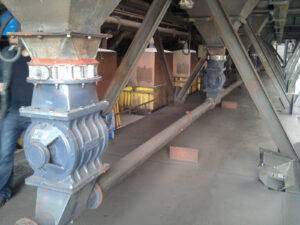 A reverse jet collector is commonly referred to as a pulse jet collector. A pulse jet collector makes use of bags held from a metal cage that is fastened to a tube sheet at the top of a collector. Dust enters the collector and its particles deposit on the outside of the bags. The deposits are cleaned by short periodic bursts of compressed air injected into the bags. These bursts cause flexing of the bags which result in dust particles breaking and falling of the bags. The particles settle at the bottom where they are discharged by an airlock valve. The airlock minimises the need for downtime in a process line and reduces operator intervention.
A reverse jet collector is commonly referred to as a pulse jet collector. A pulse jet collector makes use of bags held from a metal cage that is fastened to a tube sheet at the top of a collector. Dust enters the collector and its particles deposit on the outside of the bags. The deposits are cleaned by short periodic bursts of compressed air injected into the bags. These bursts cause flexing of the bags which result in dust particles breaking and falling of the bags. The particles settle at the bottom where they are discharged by an airlock valve. The airlock minimises the need for downtime in a process line and reduces operator intervention.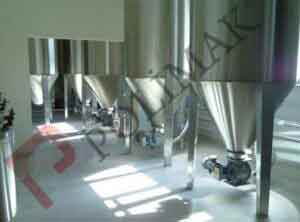 Most bulk industries necessitate additional equipment for controlled feeding and discharging of the handled dry bulk materials. Machines such as ball mills, pin mills, cone mills, hoppers, convey systems and many others require a steady rate of material flow to operate effectively. Rotary valves can be used with such equipment to feed or discharge bulk materials in an effective and controlled manner.
Most bulk industries necessitate additional equipment for controlled feeding and discharging of the handled dry bulk materials. Machines such as ball mills, pin mills, cone mills, hoppers, convey systems and many others require a steady rate of material flow to operate effectively. Rotary valves can be used with such equipment to feed or discharge bulk materials in an effective and controlled manner.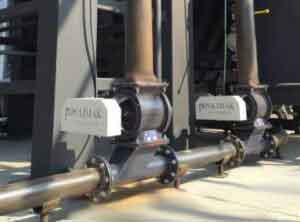 Rotary airlock feeders are used to feed dry bulk materials to conveying lines from upstream devices such as storage silos or hoppers. They prevent air leakage while maintaining constant feeding of dry bulk materials.
Rotary airlock feeders are used to feed dry bulk materials to conveying lines from upstream devices such as storage silos or hoppers. They prevent air leakage while maintaining constant feeding of dry bulk materials.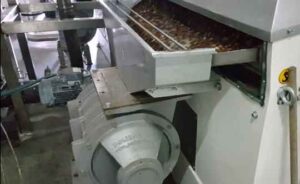 Polimak produces quality rotary valves for smoothly handling large-sized dry bulk solids such as chickpeas, broad beans, hazelnuts. Our valves offer safe and efficient bulk handling with 0.1% harm guaranteed.
Polimak produces quality rotary valves for smoothly handling large-sized dry bulk solids such as chickpeas, broad beans, hazelnuts. Our valves offer safe and efficient bulk handling with 0.1% harm guaranteed.